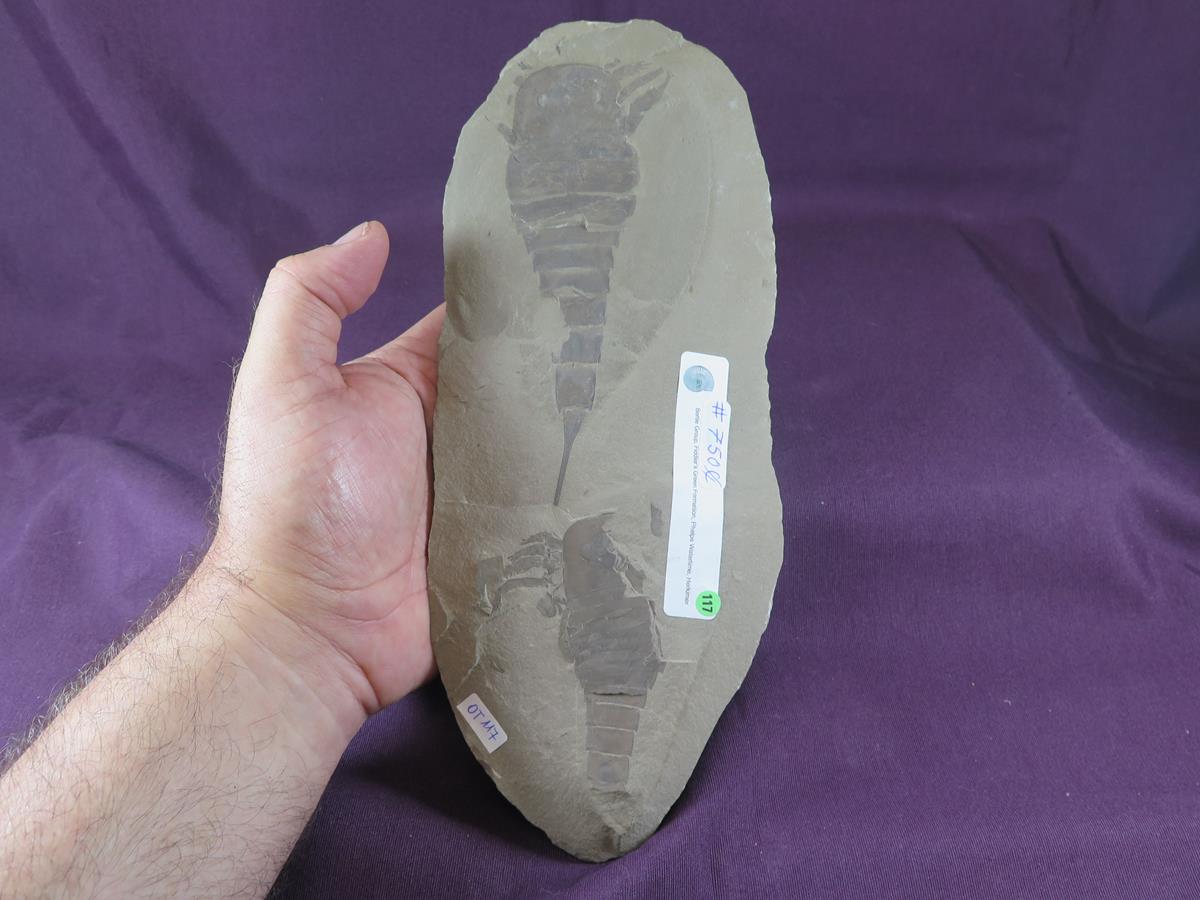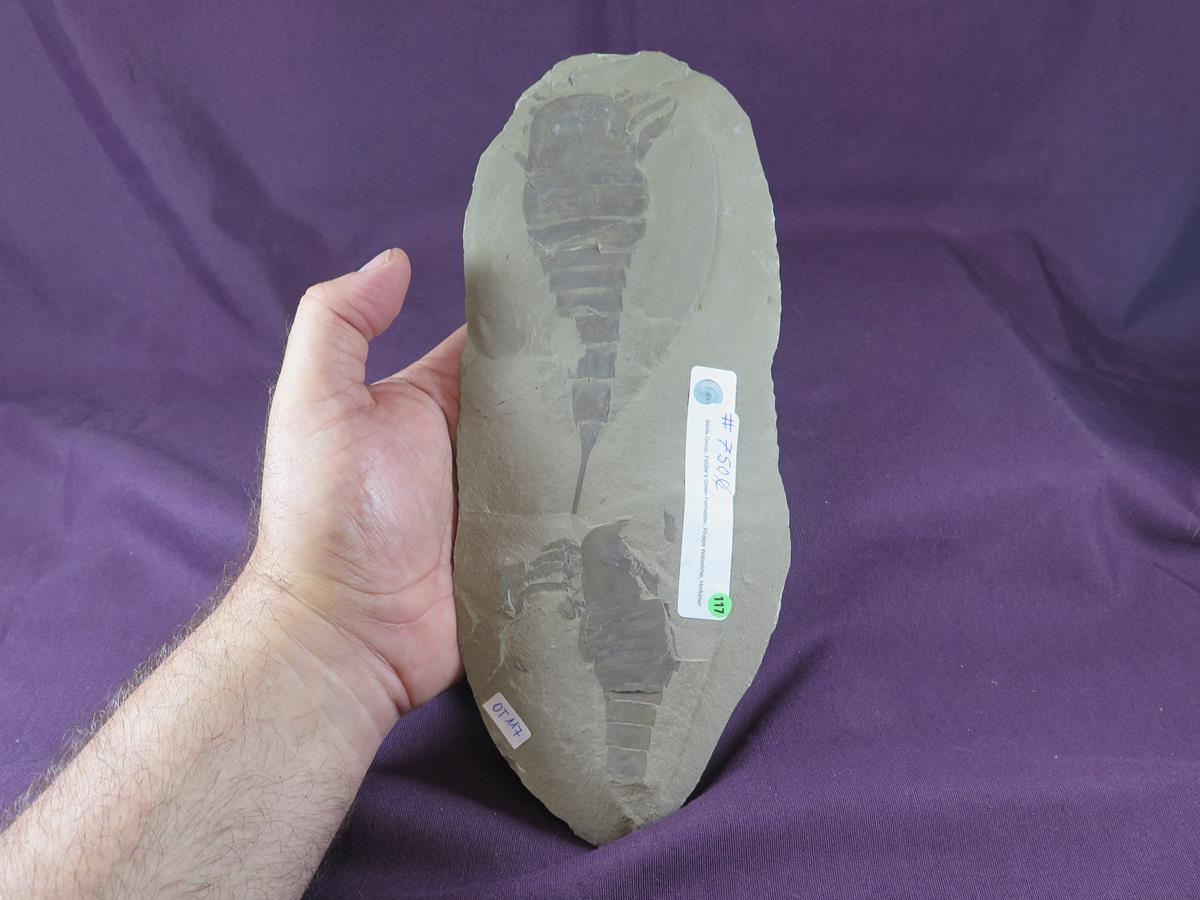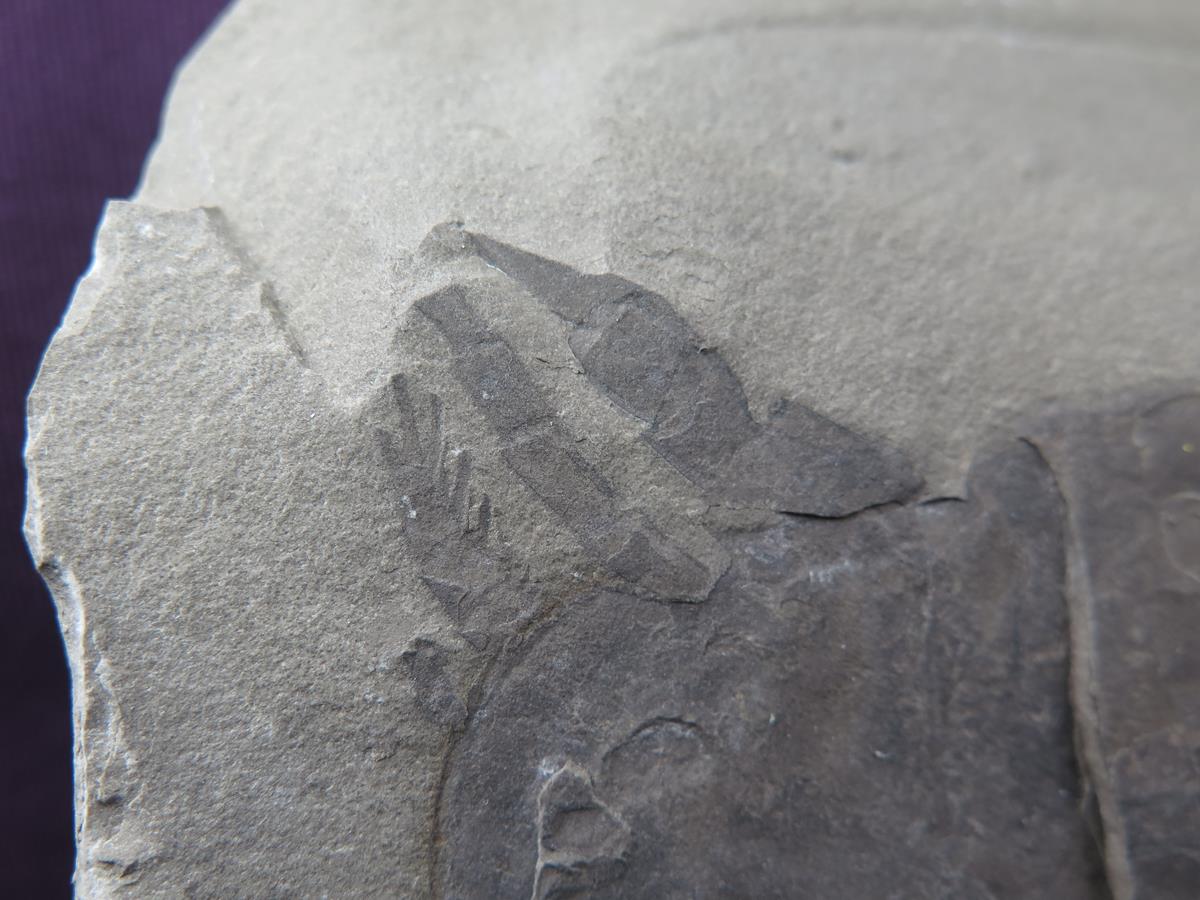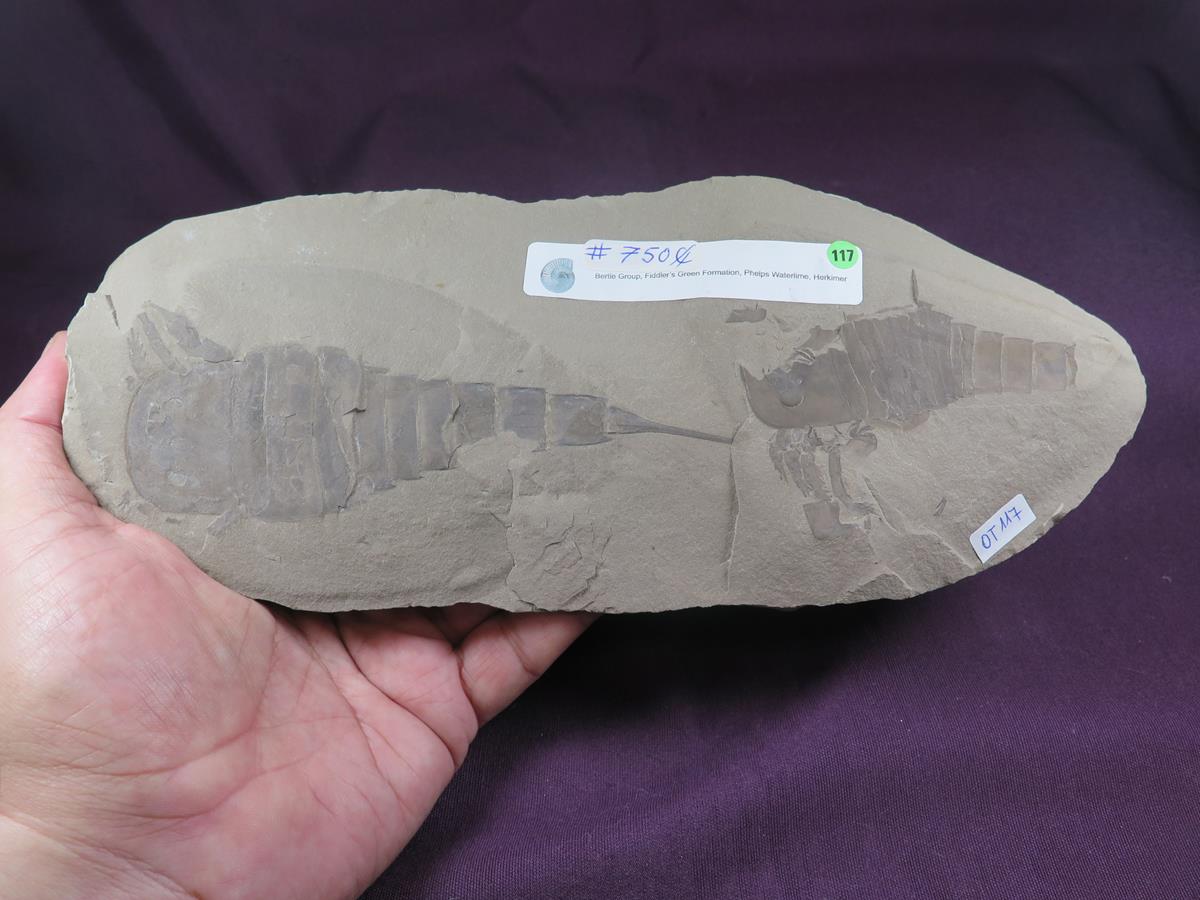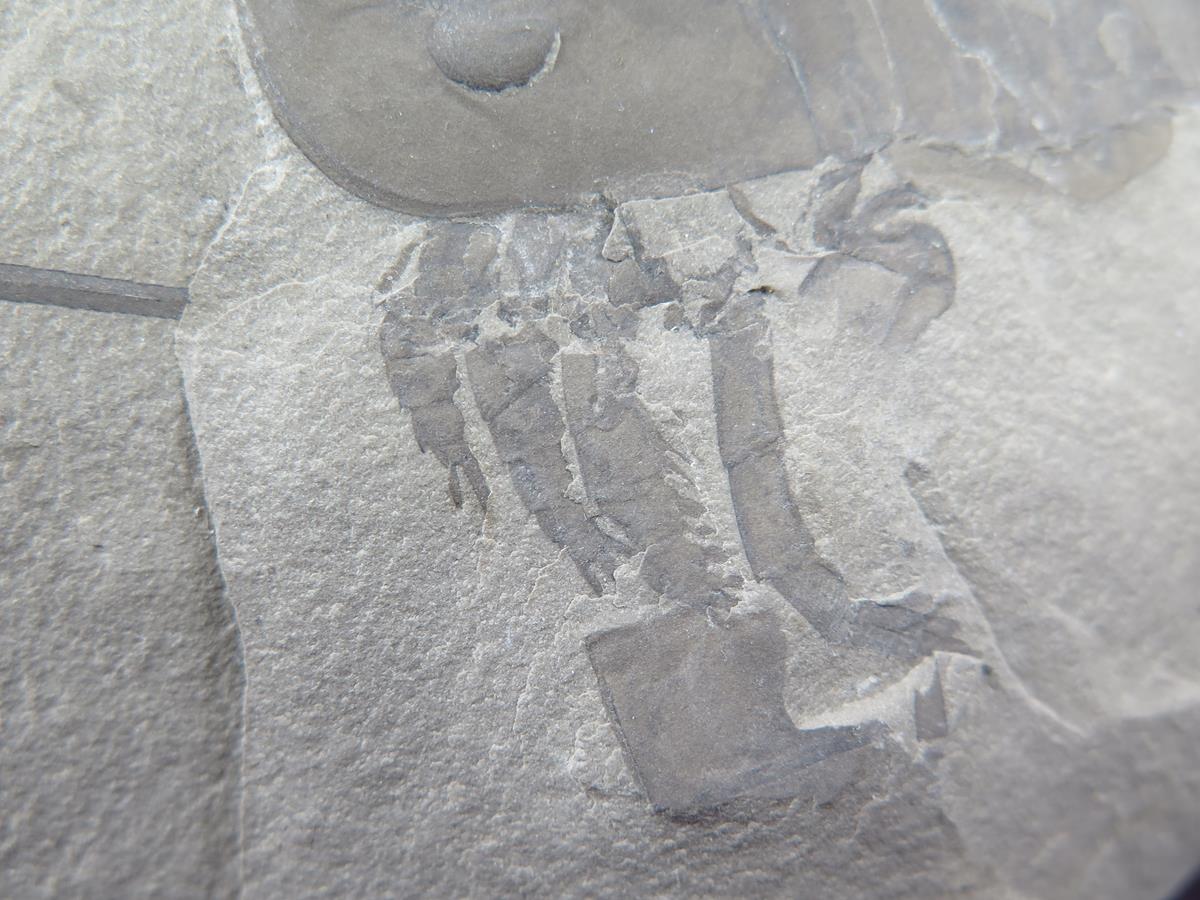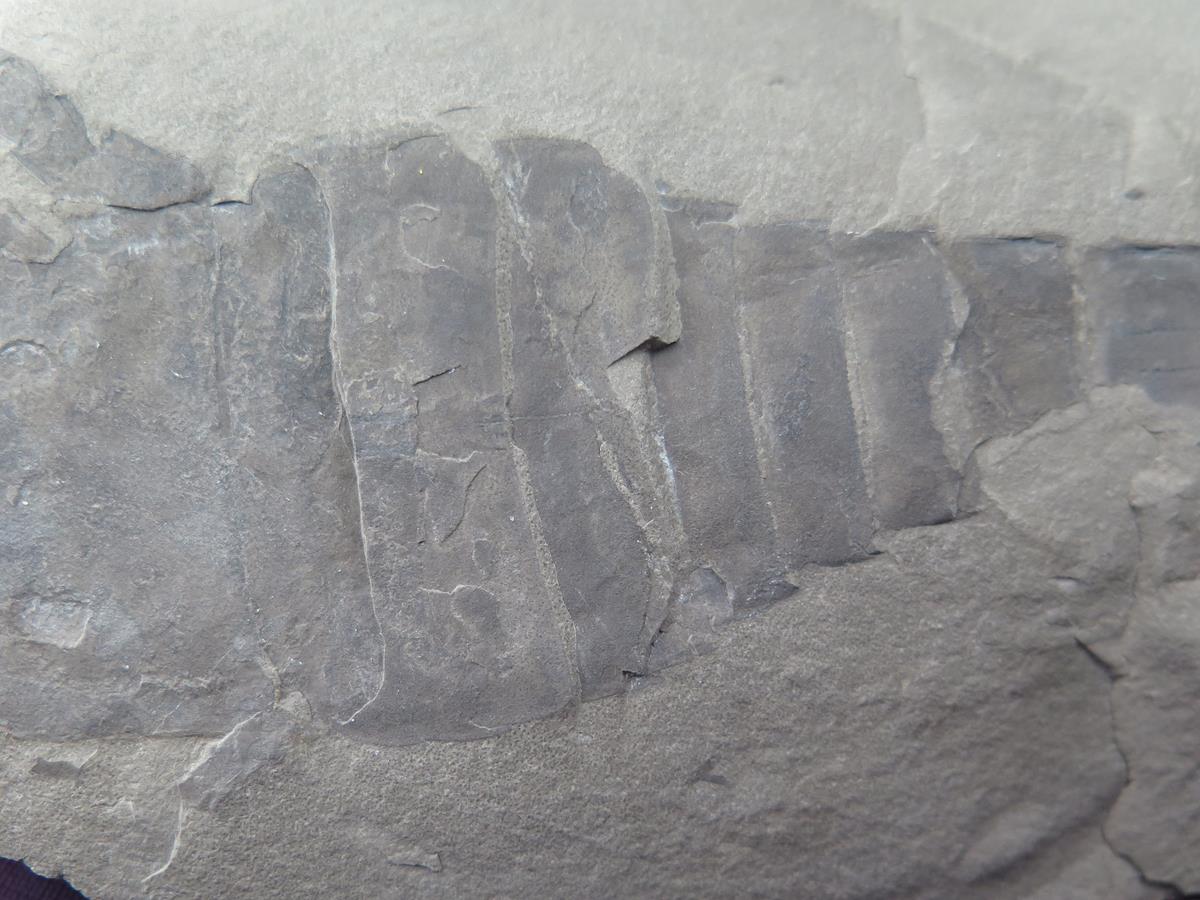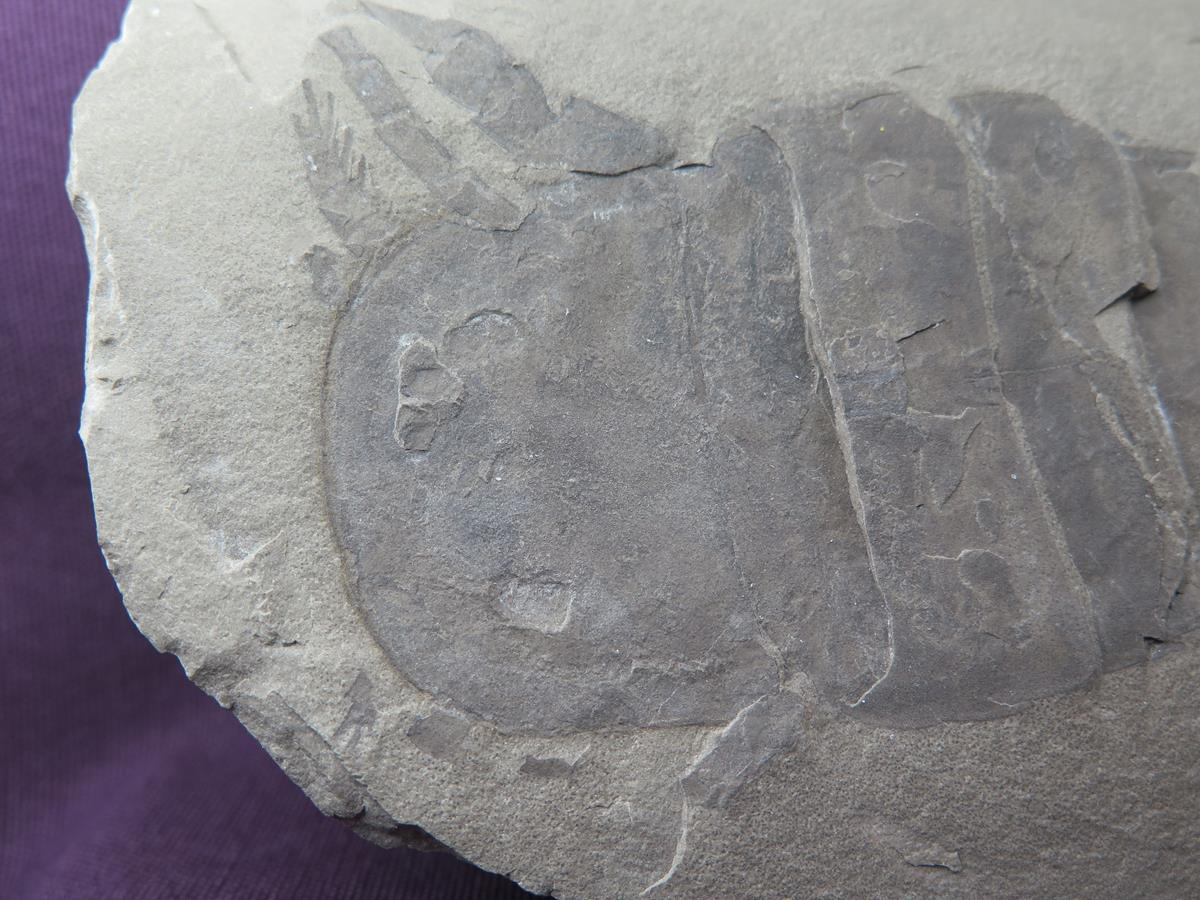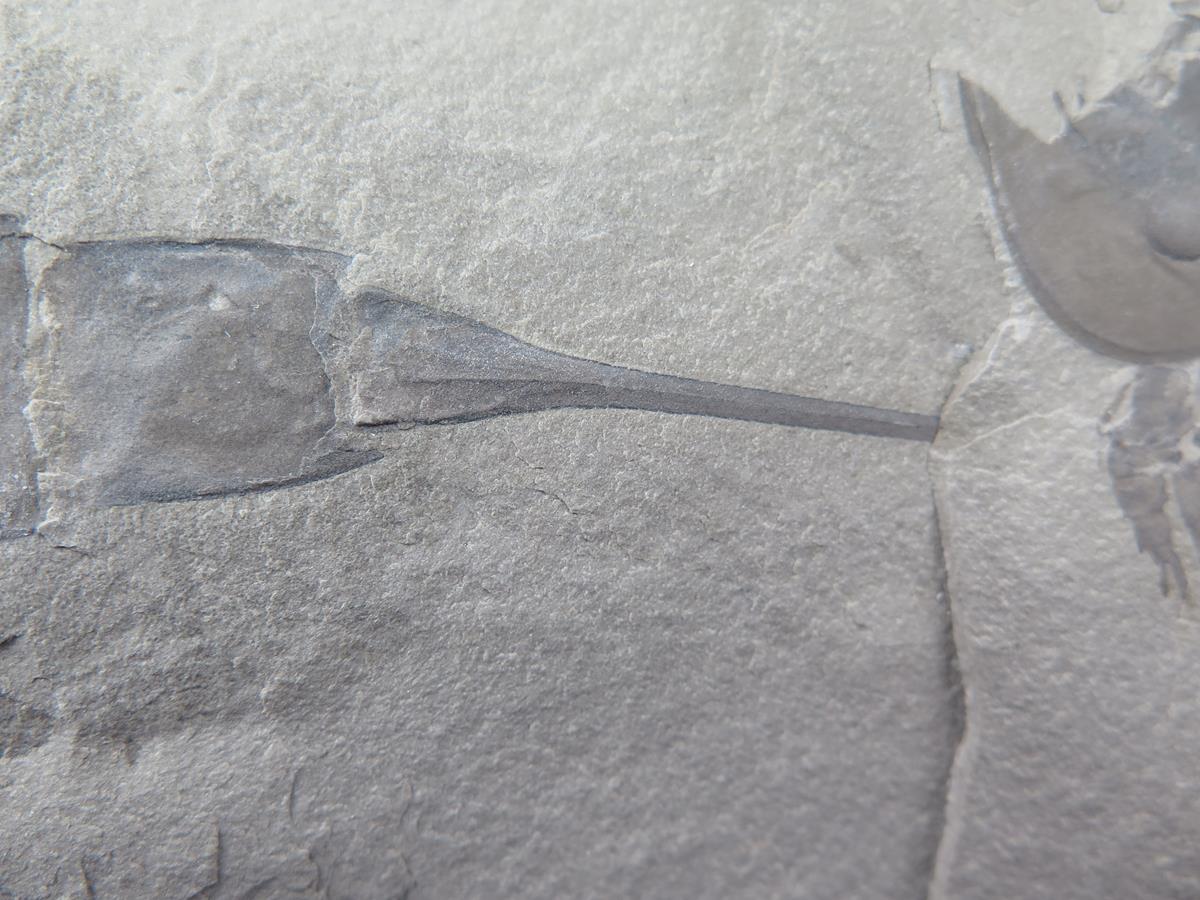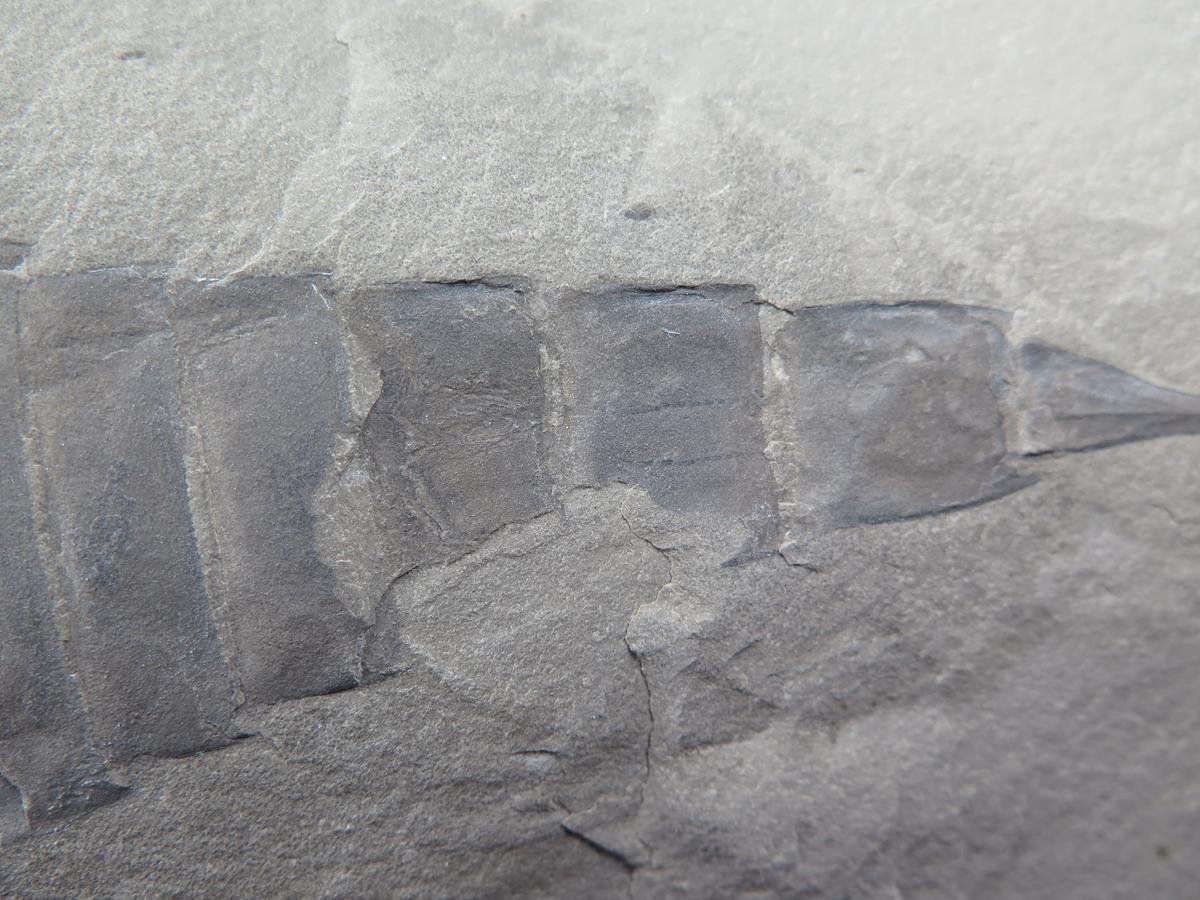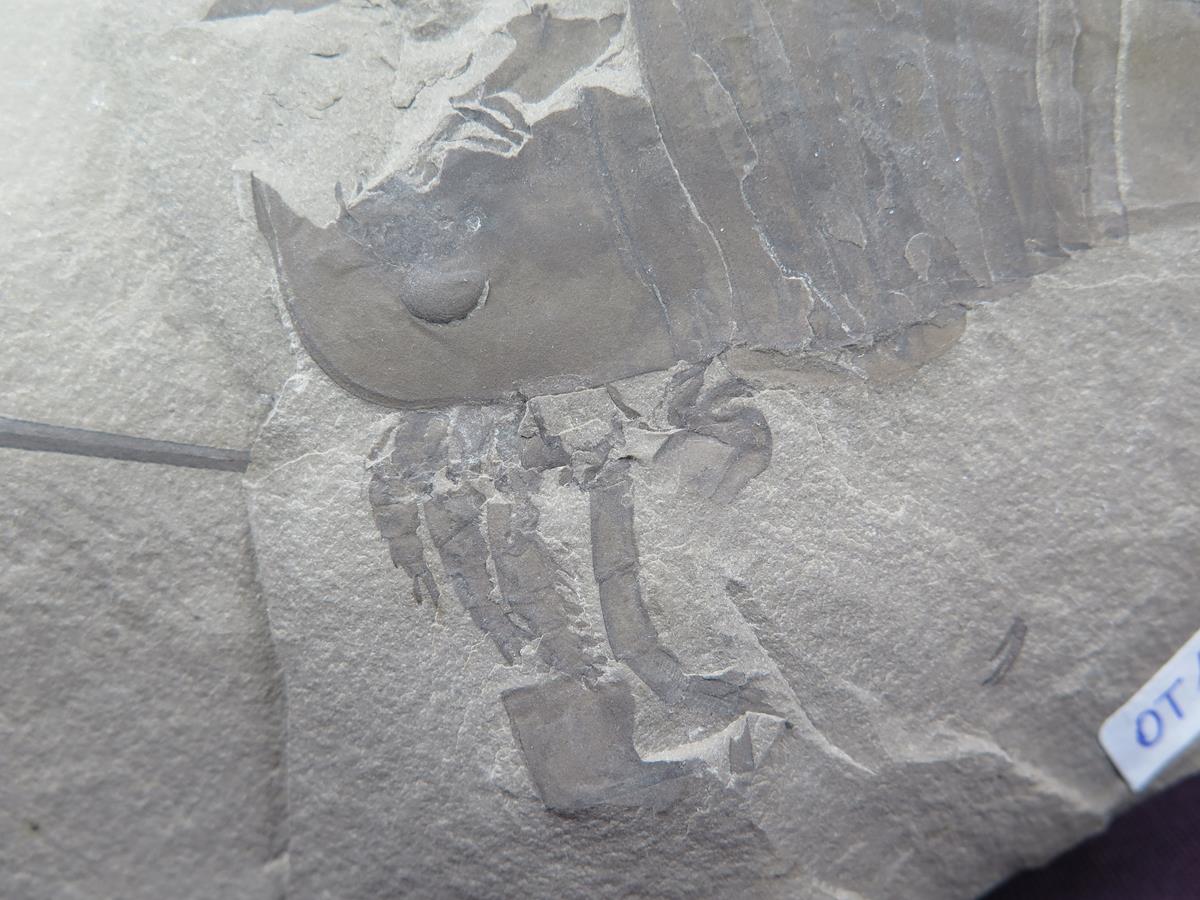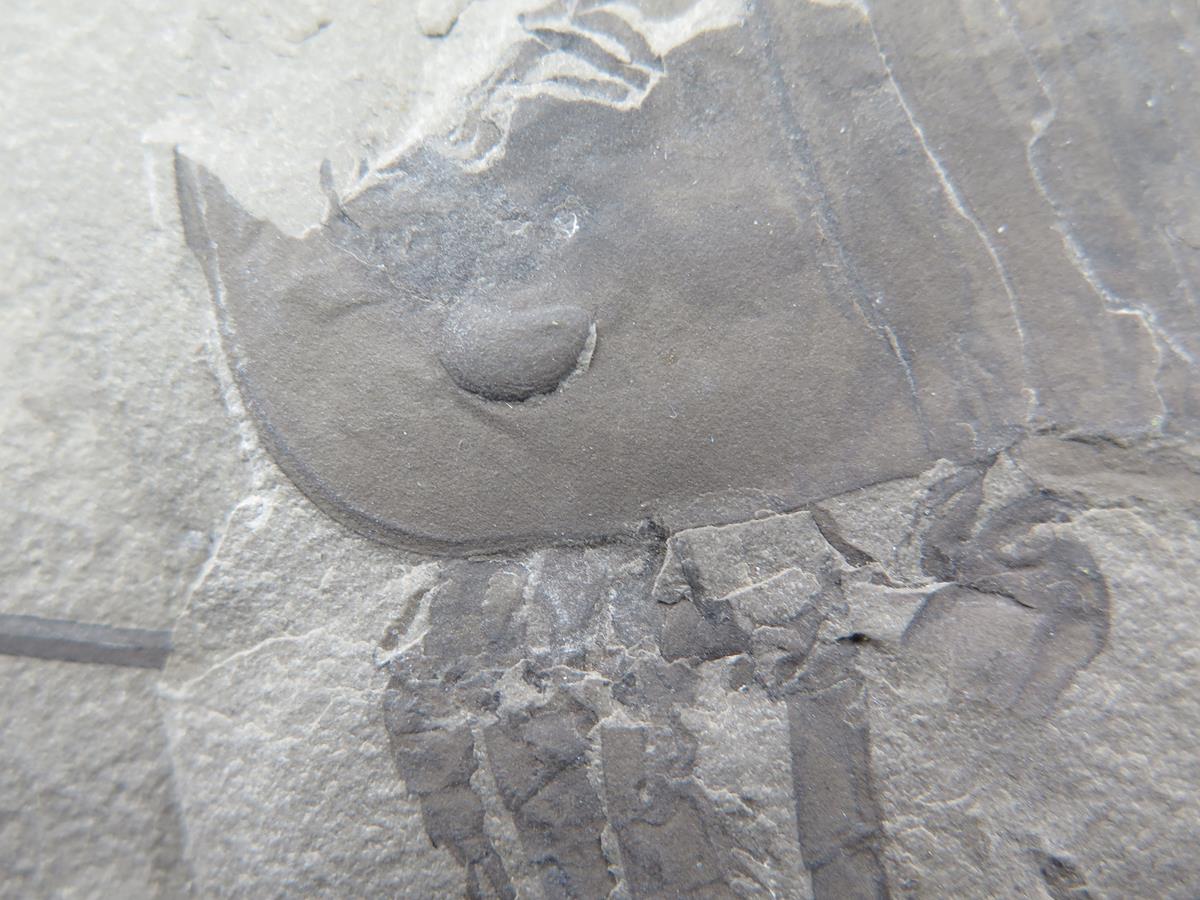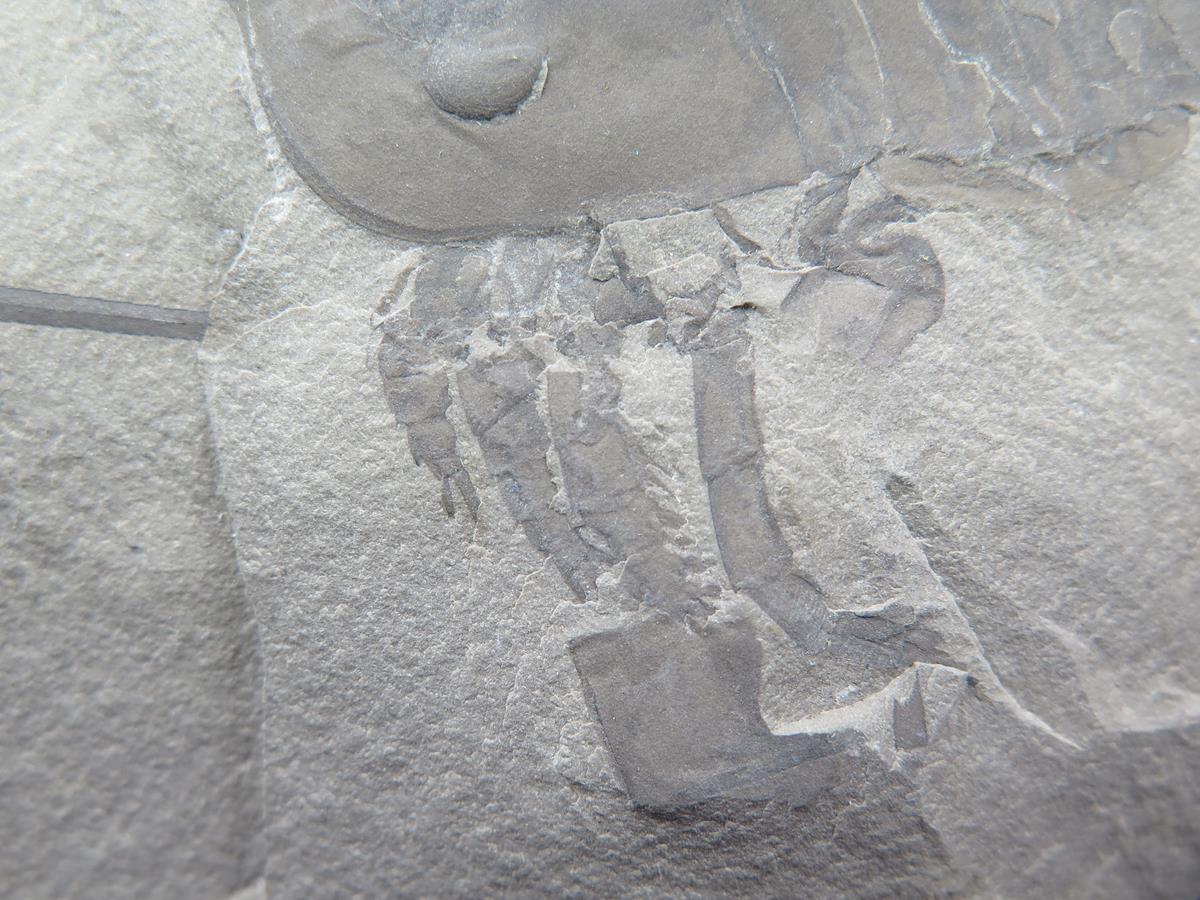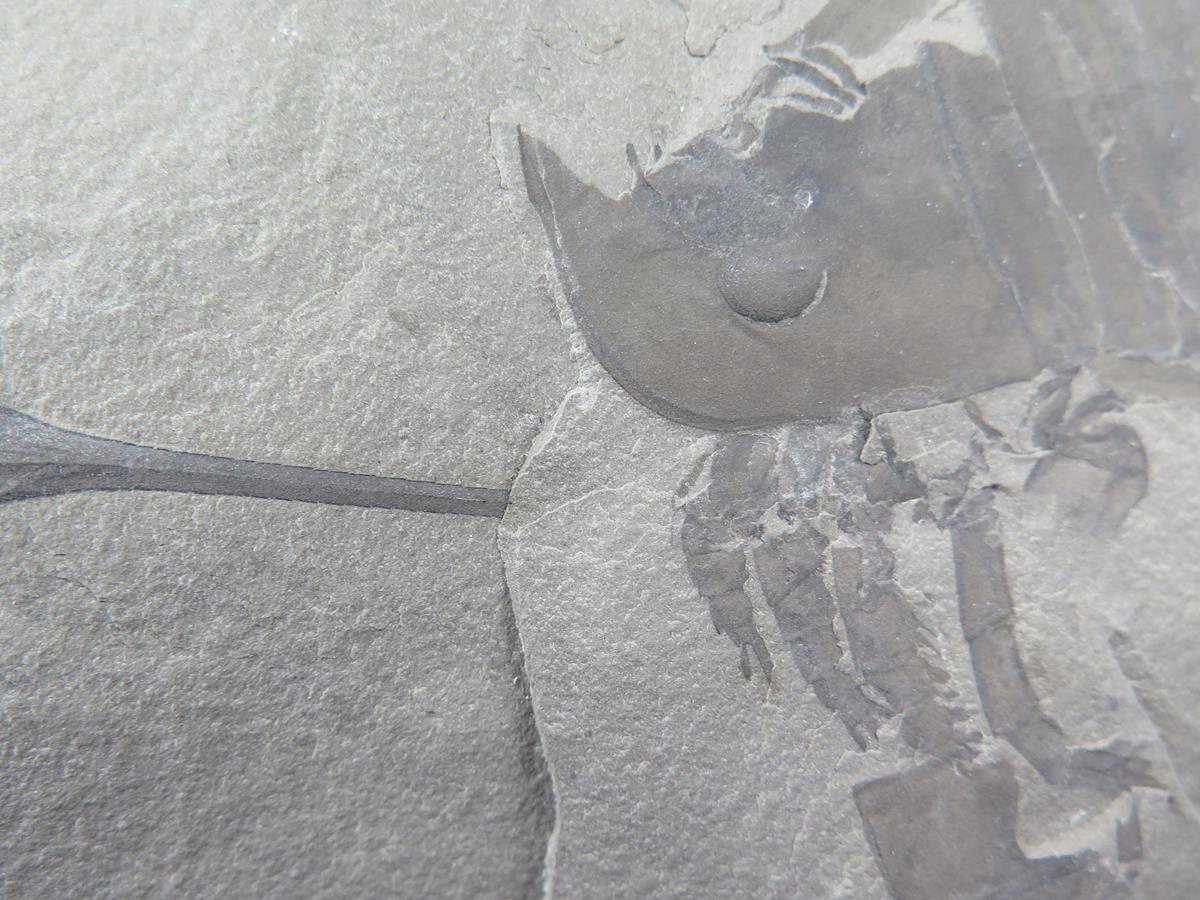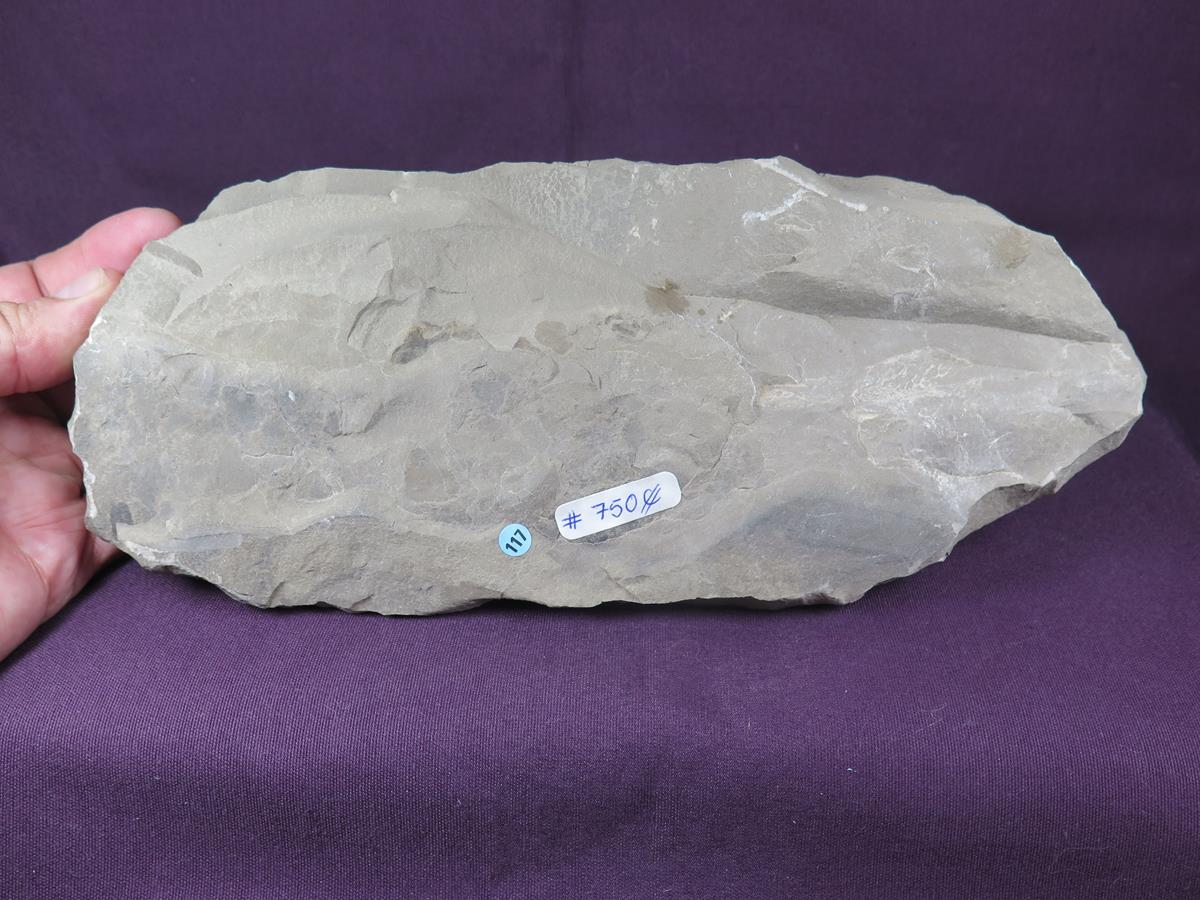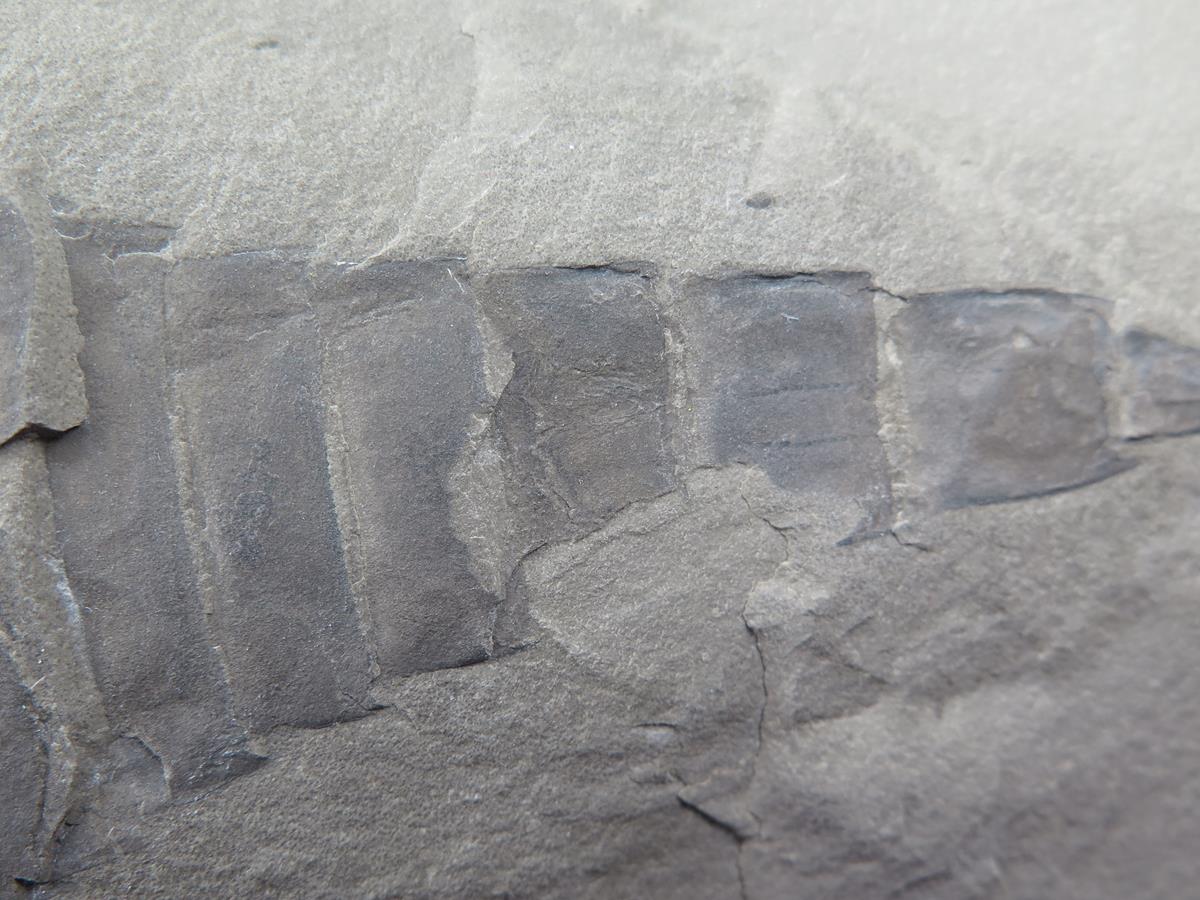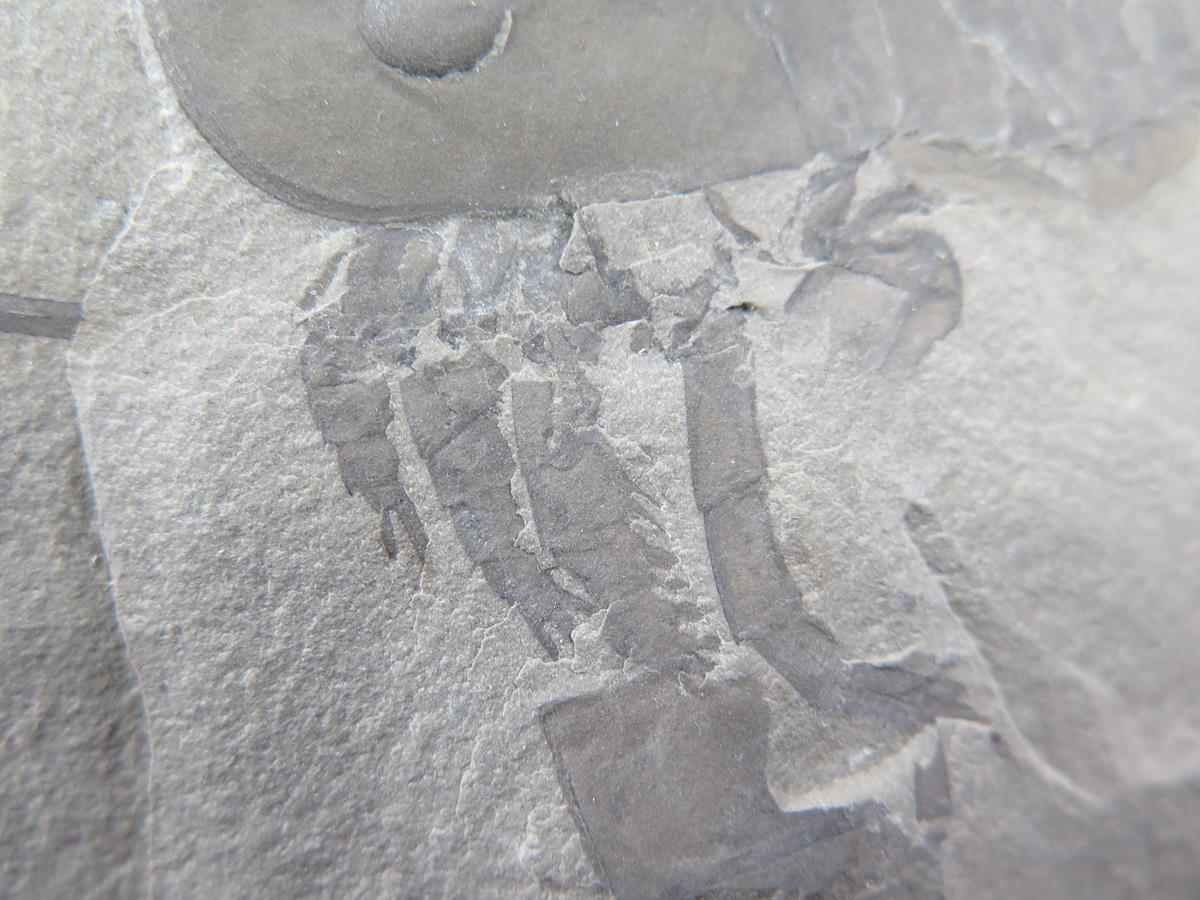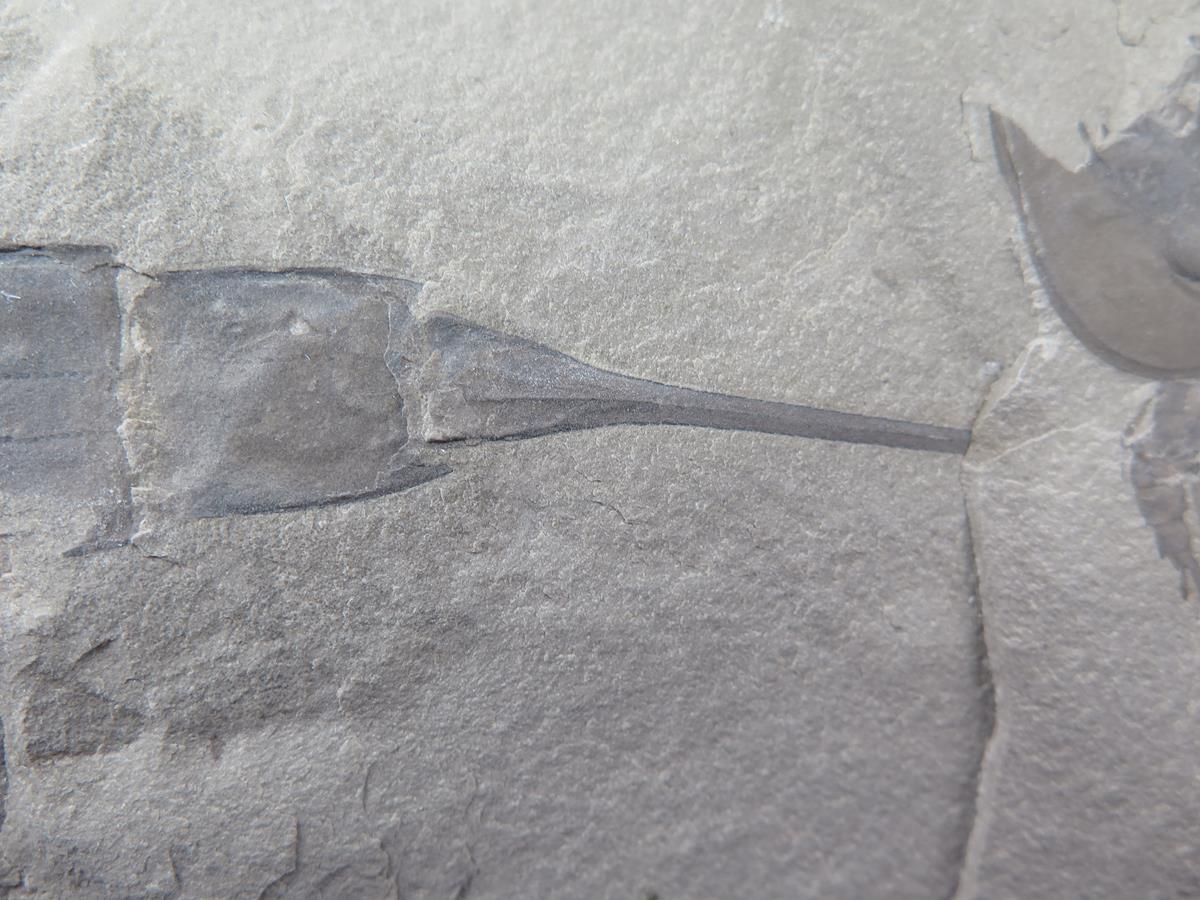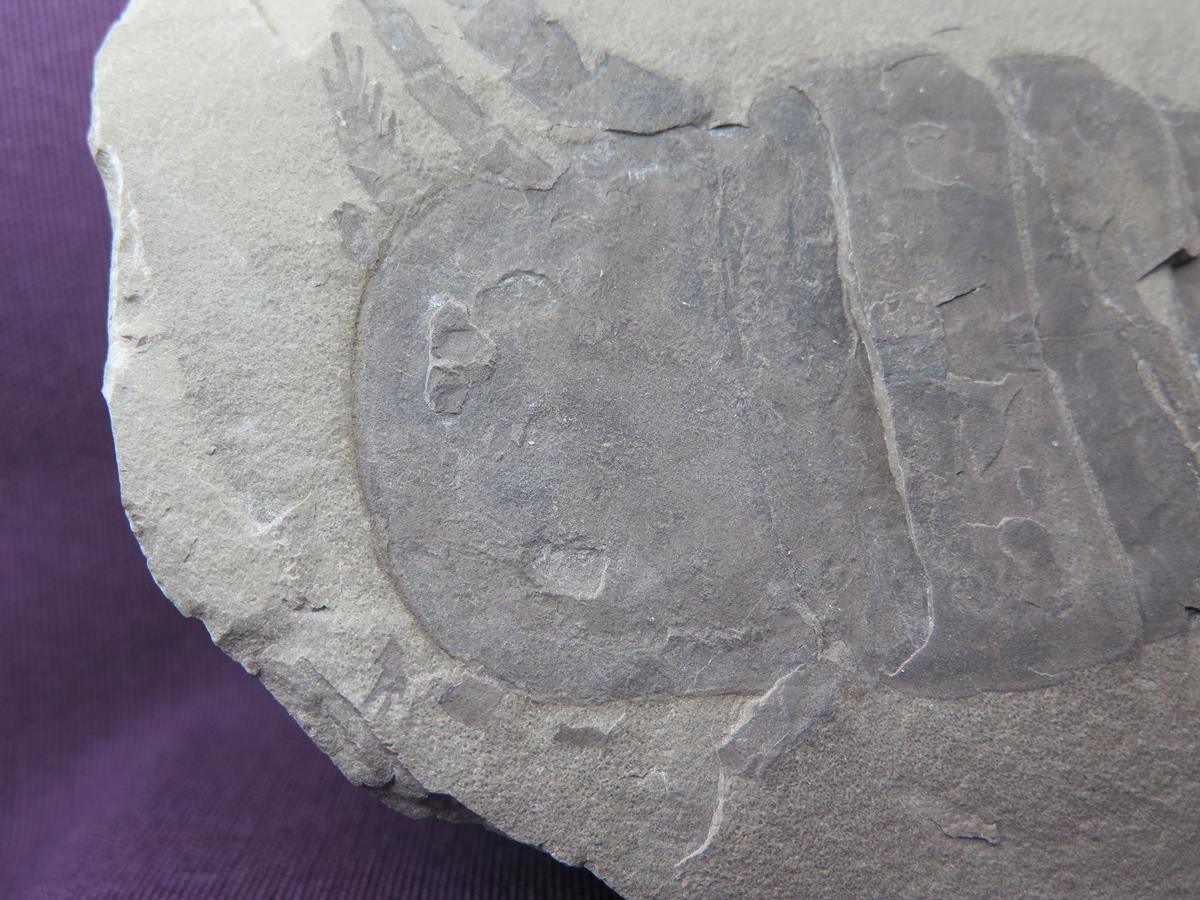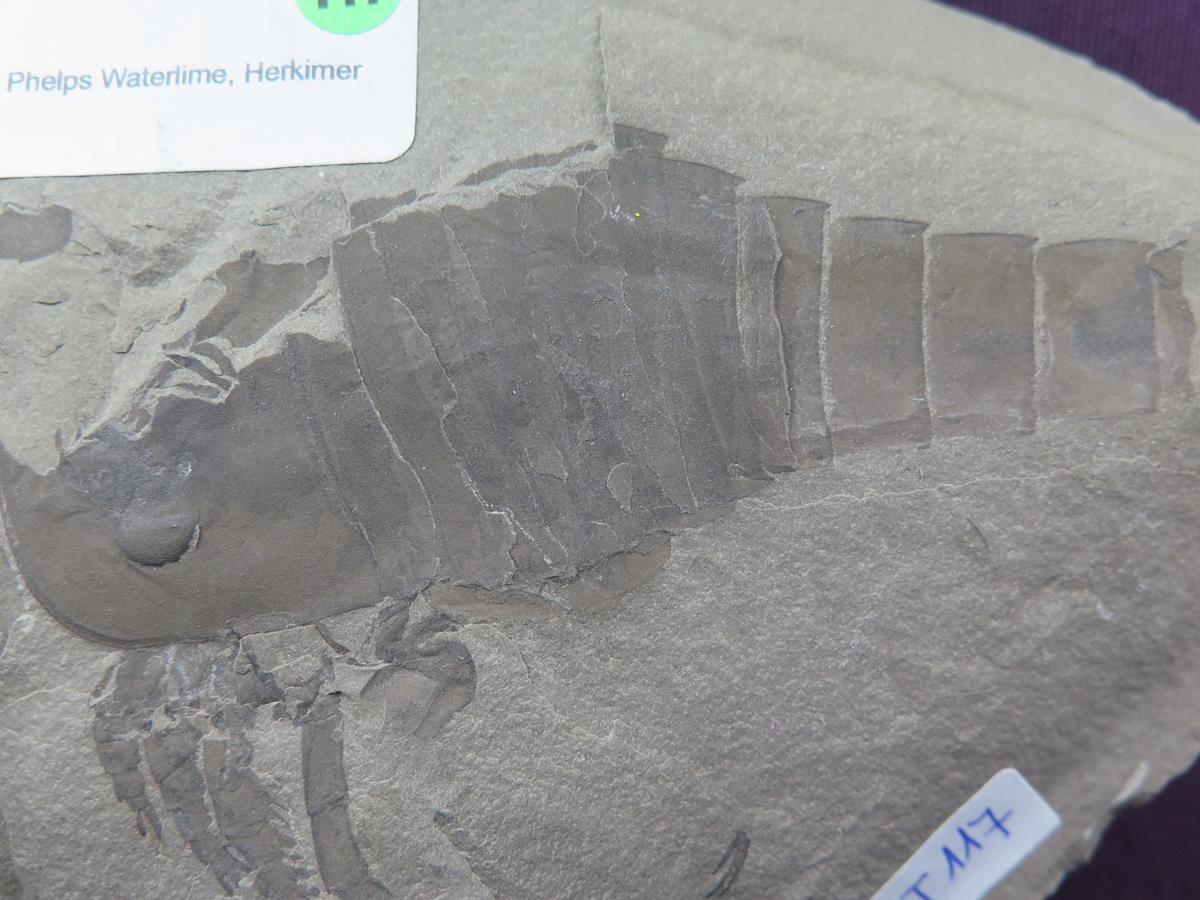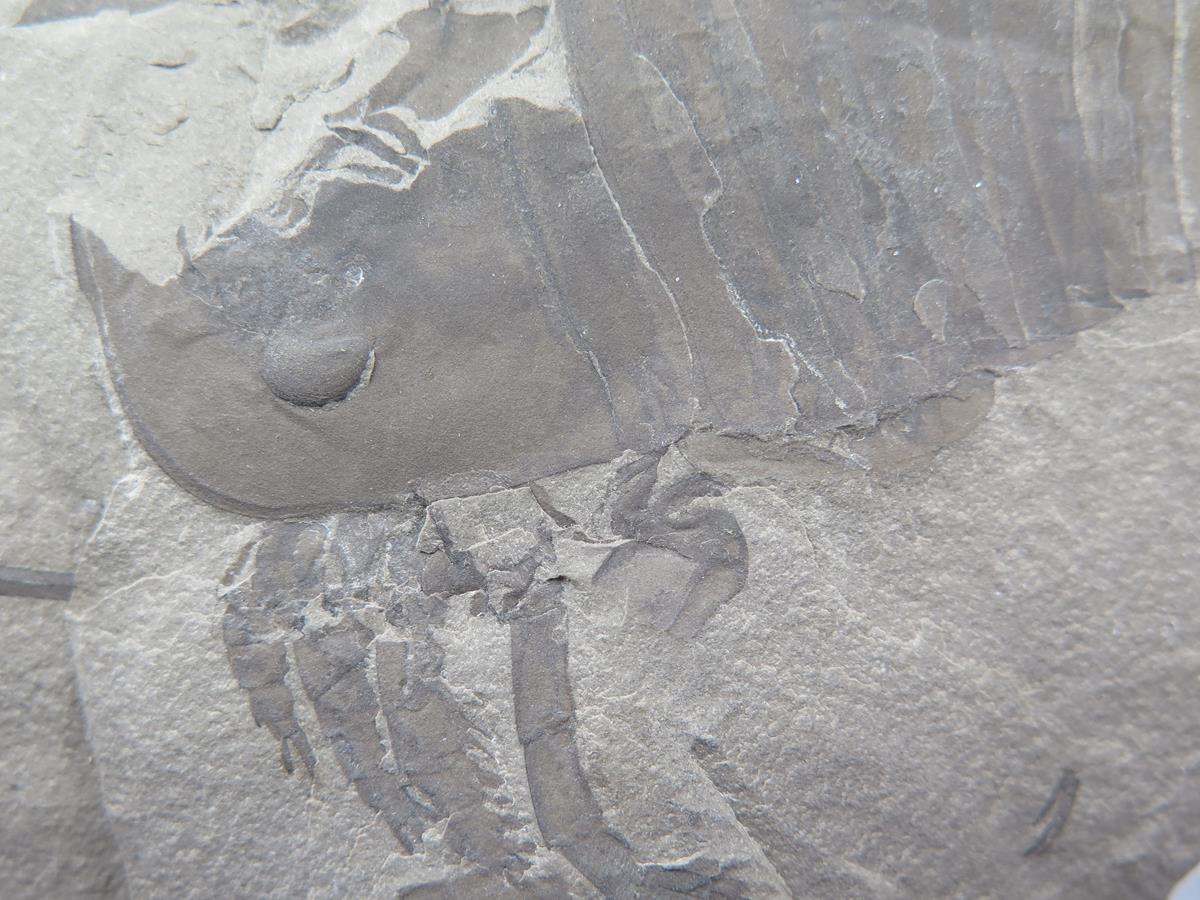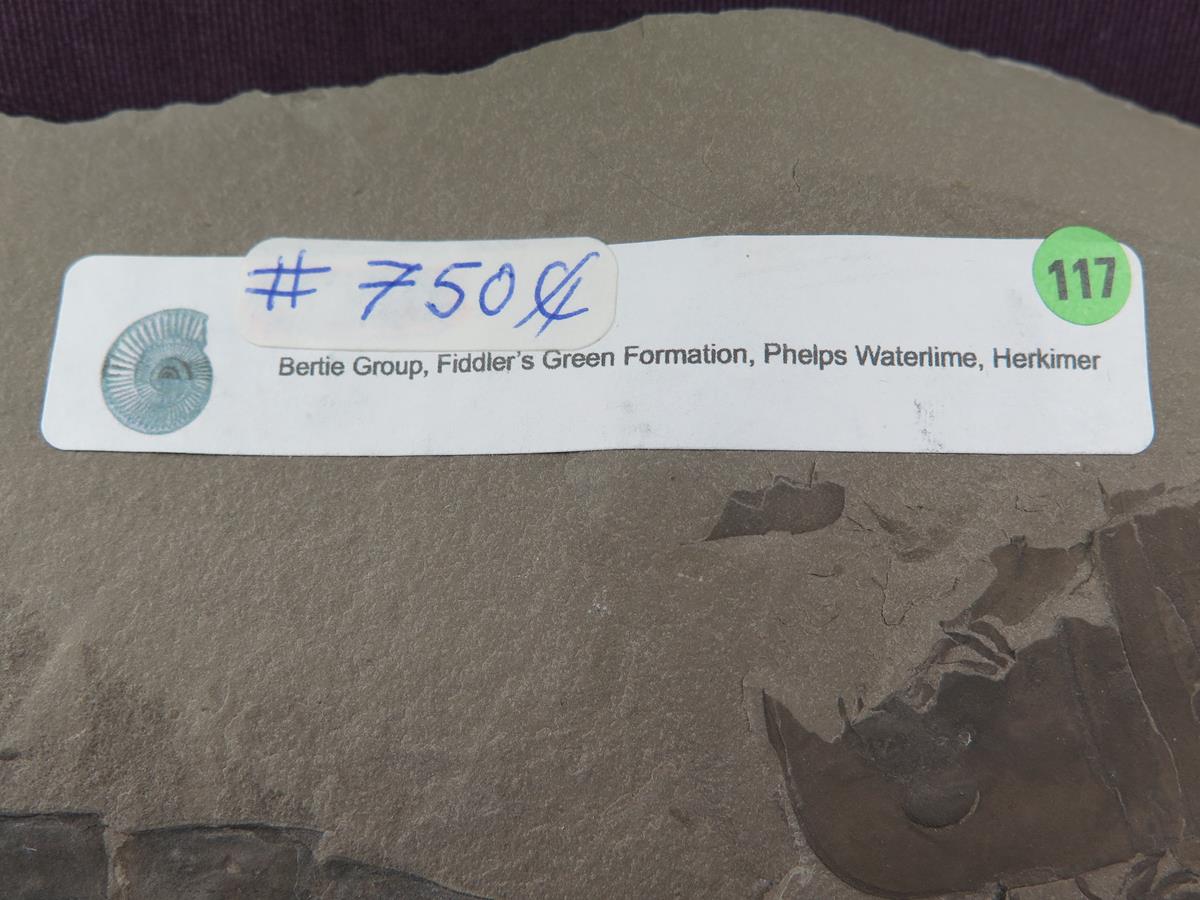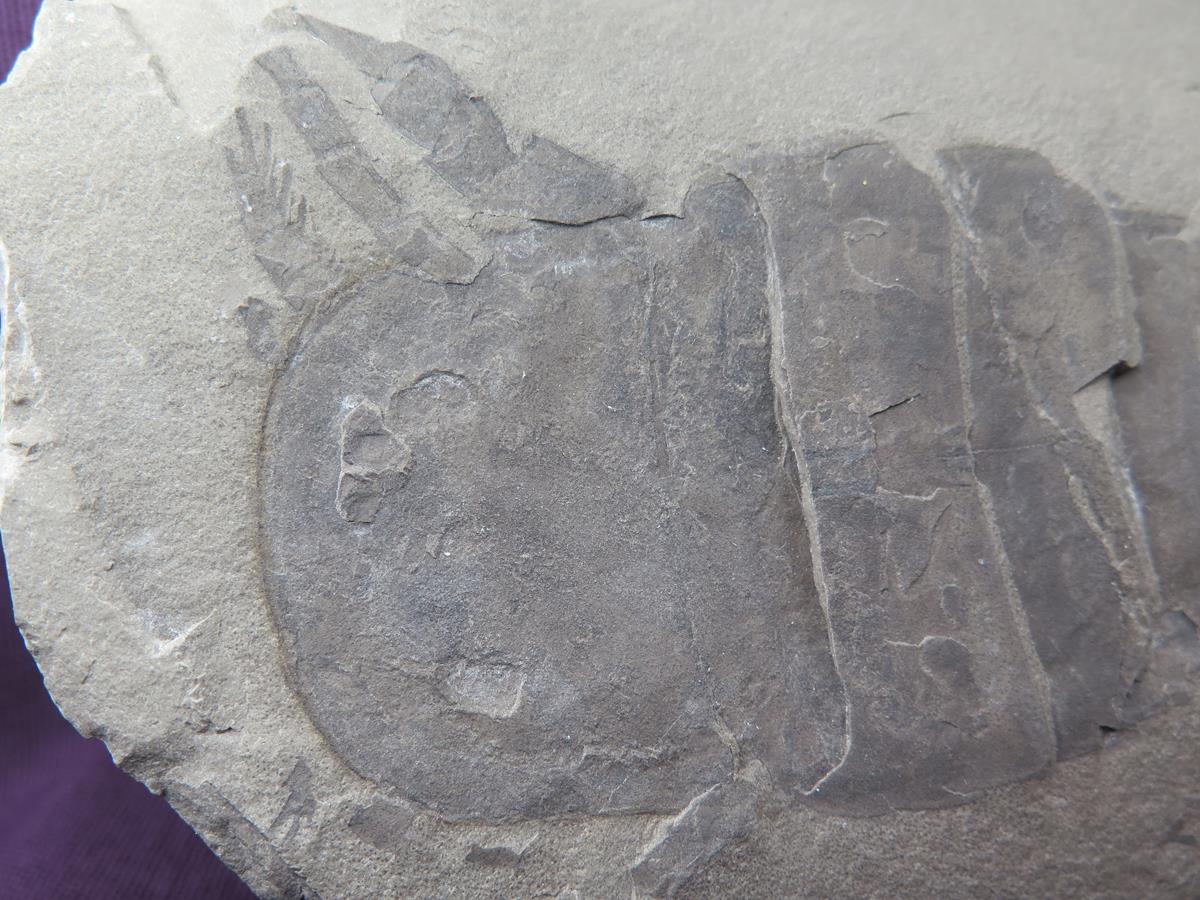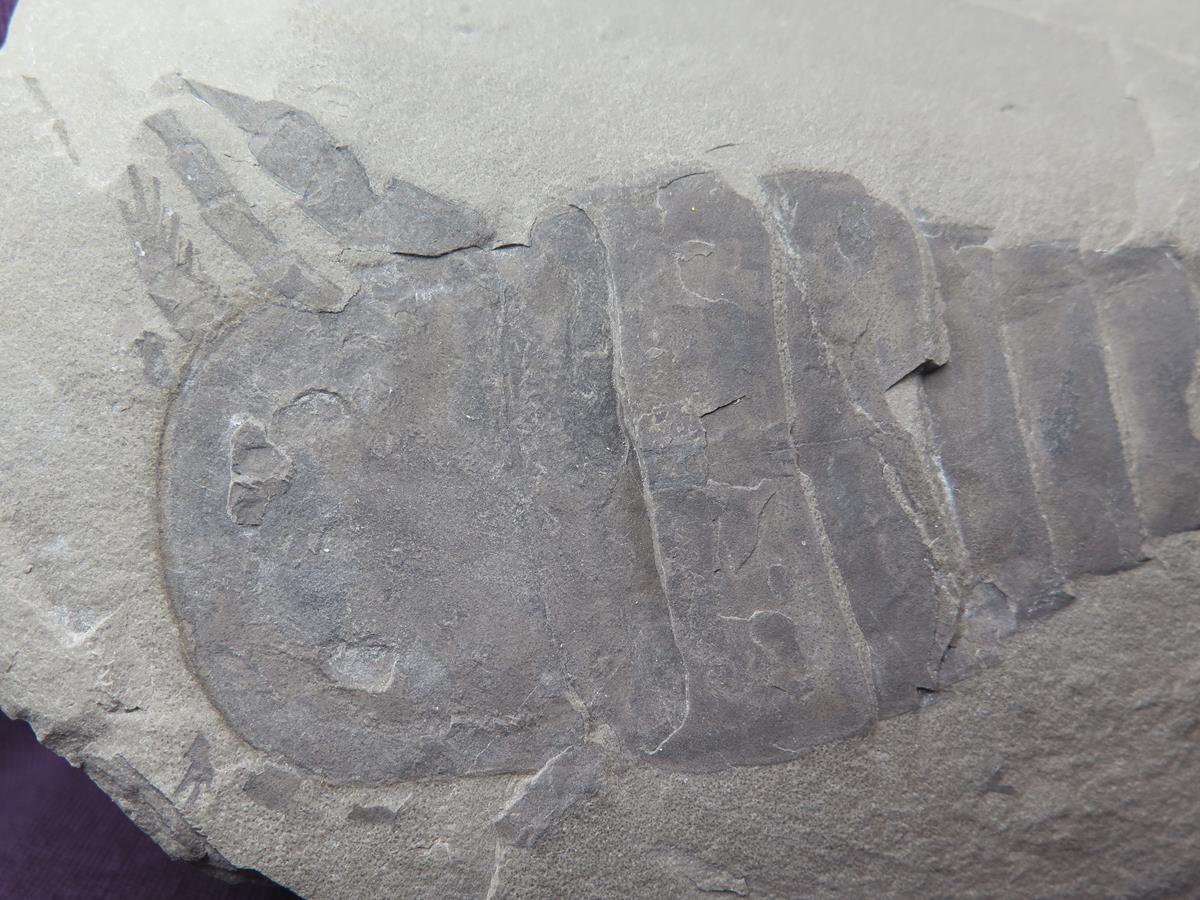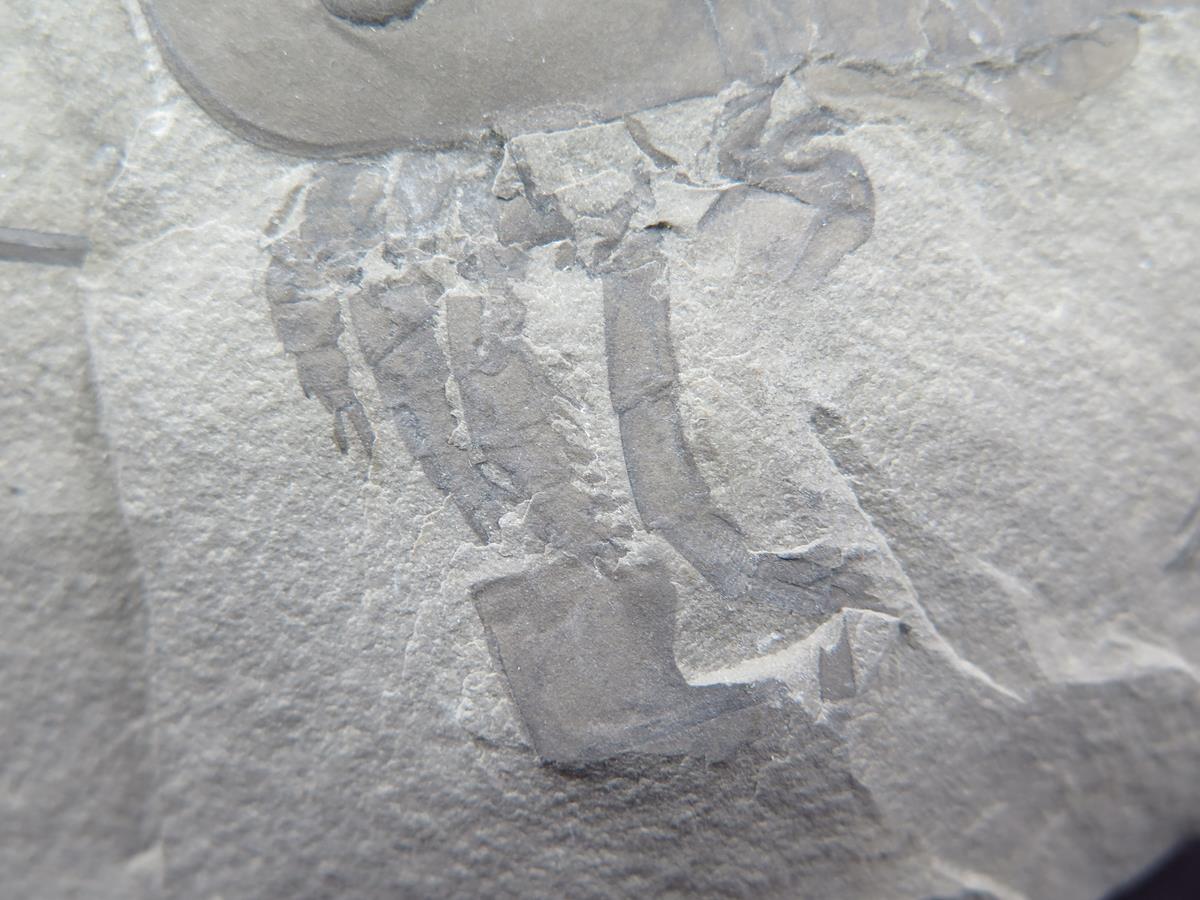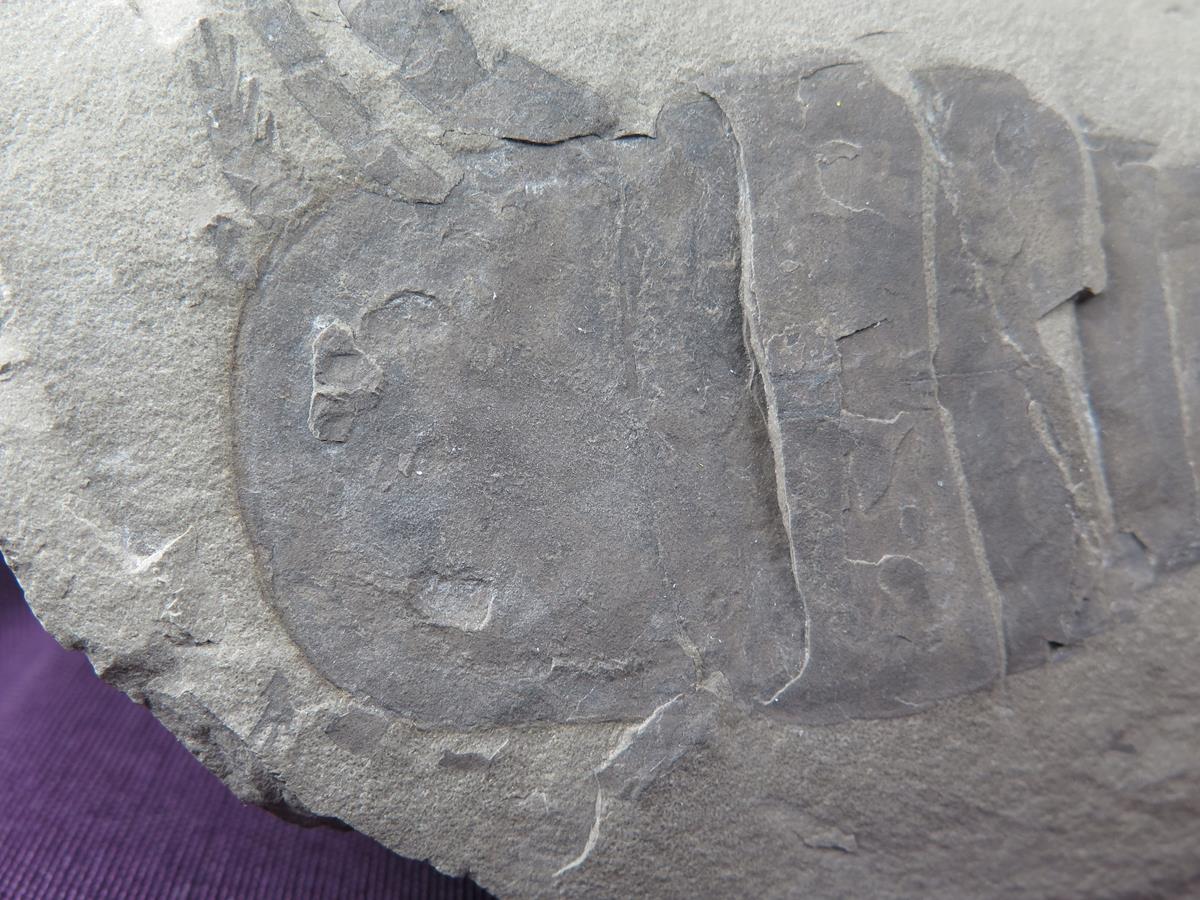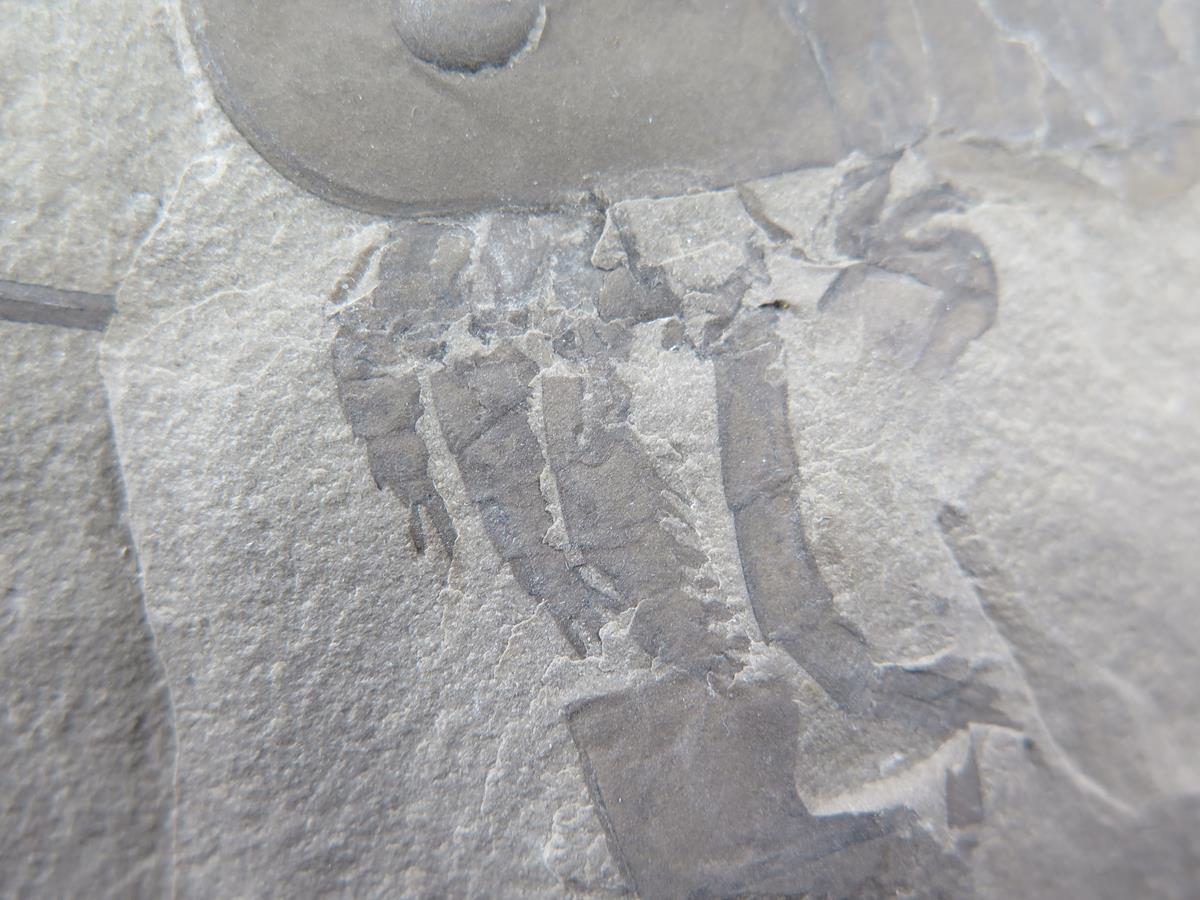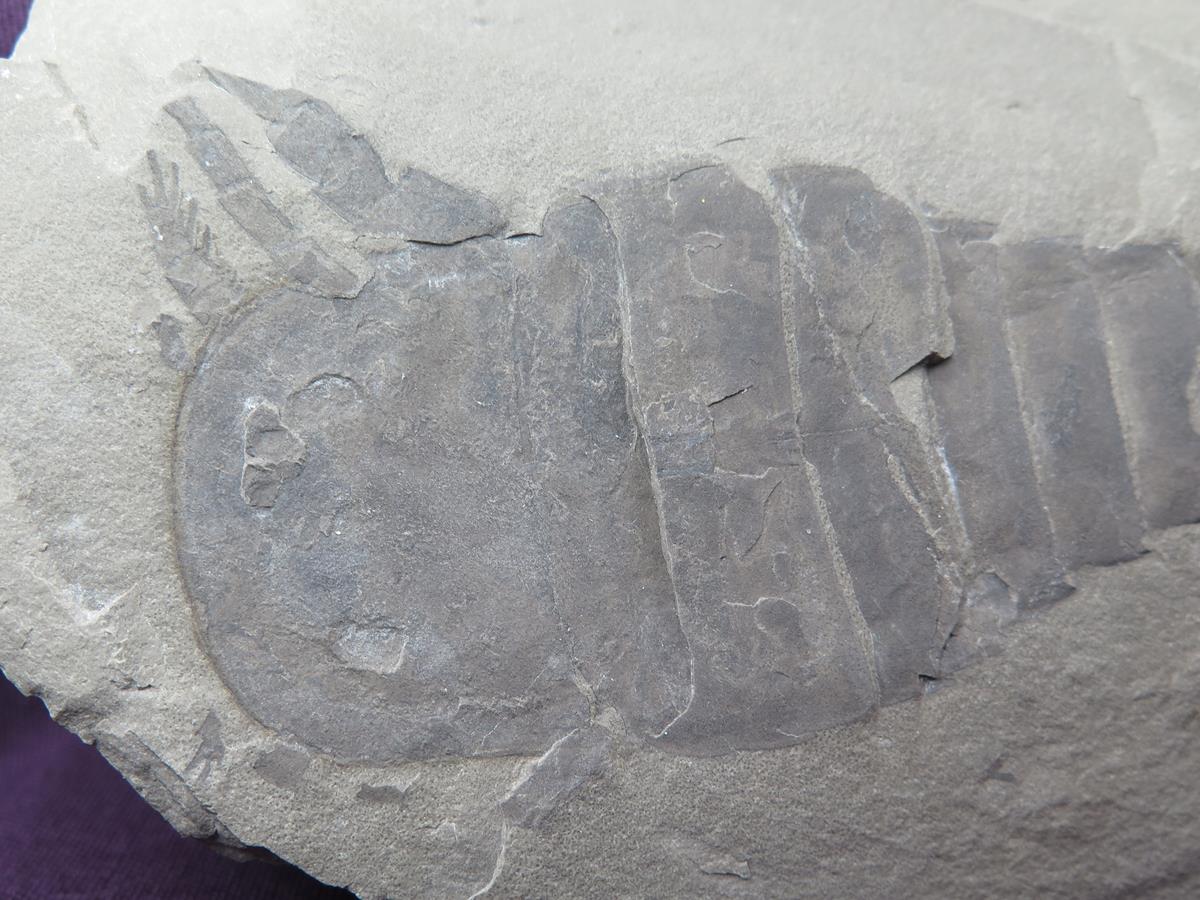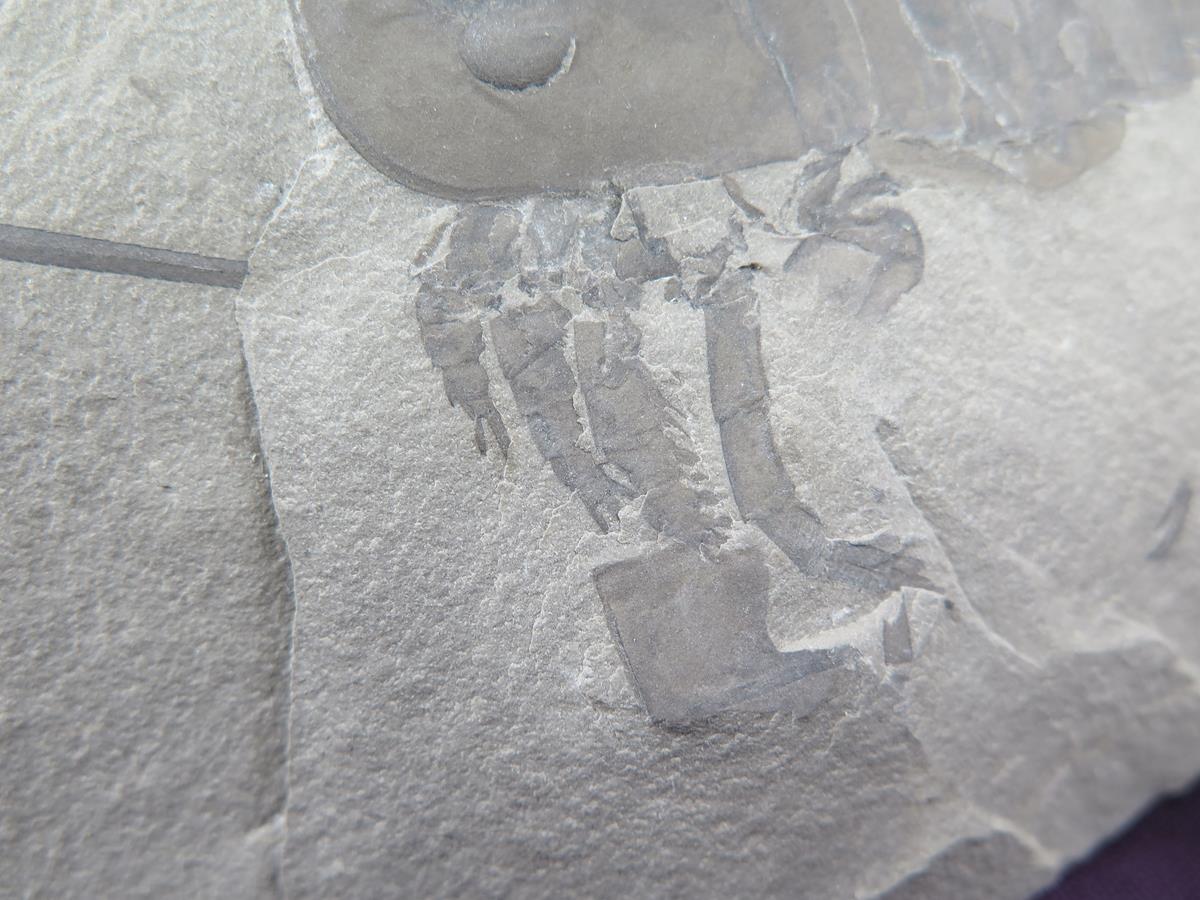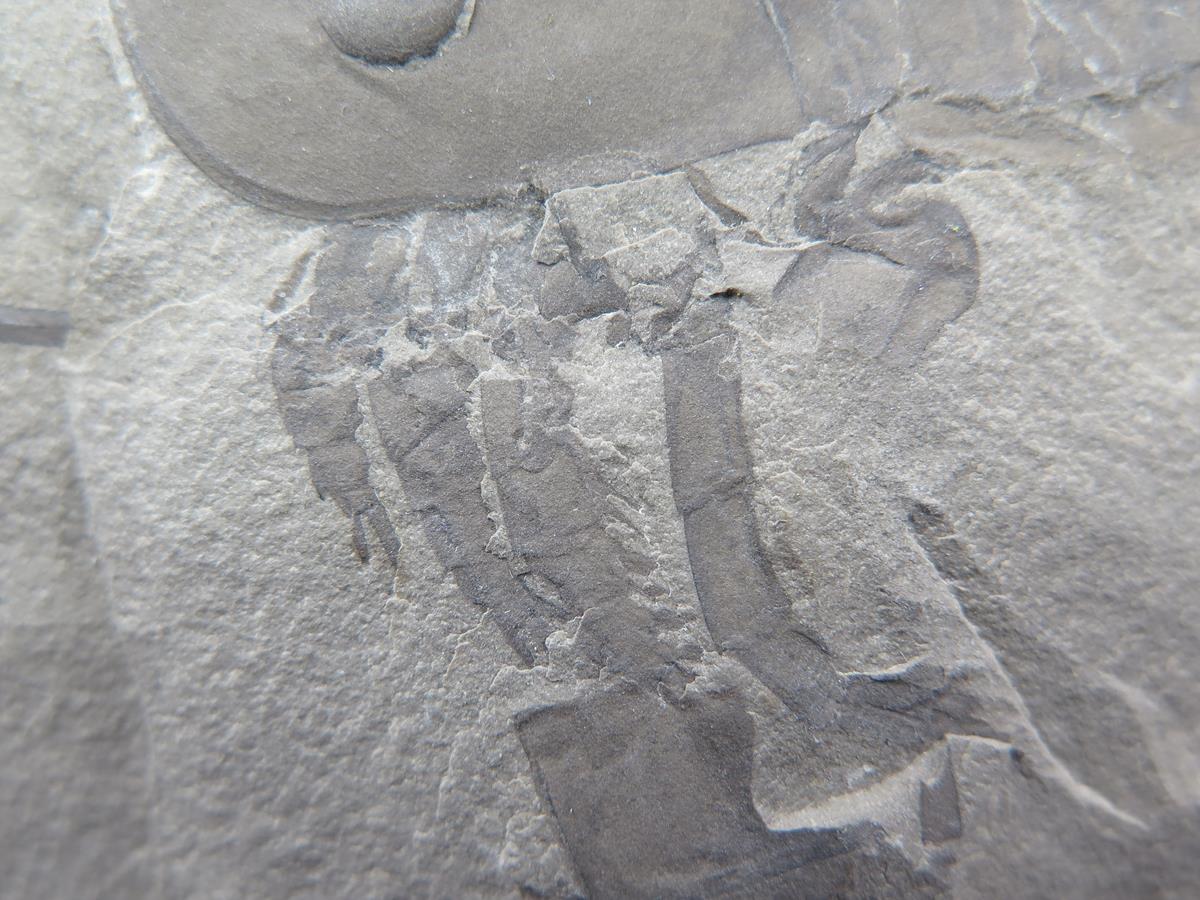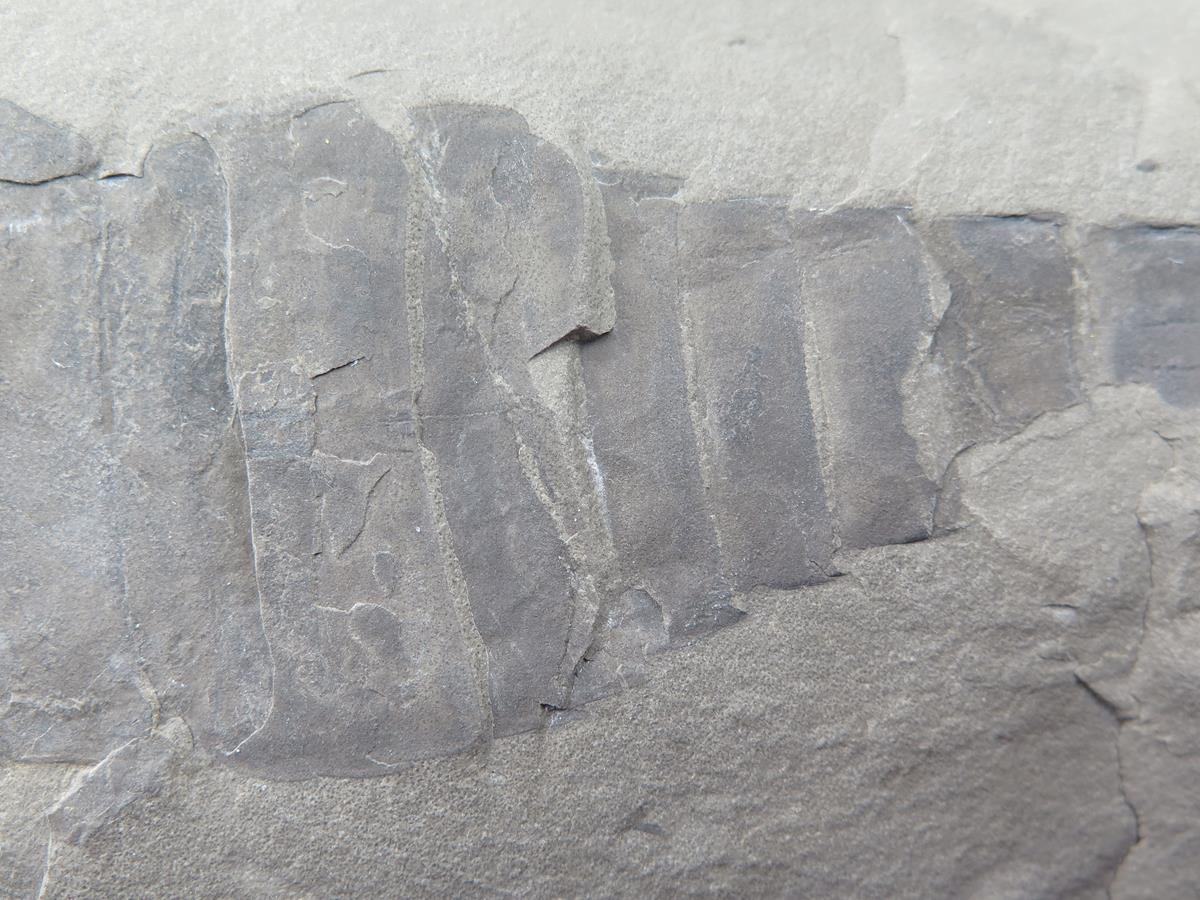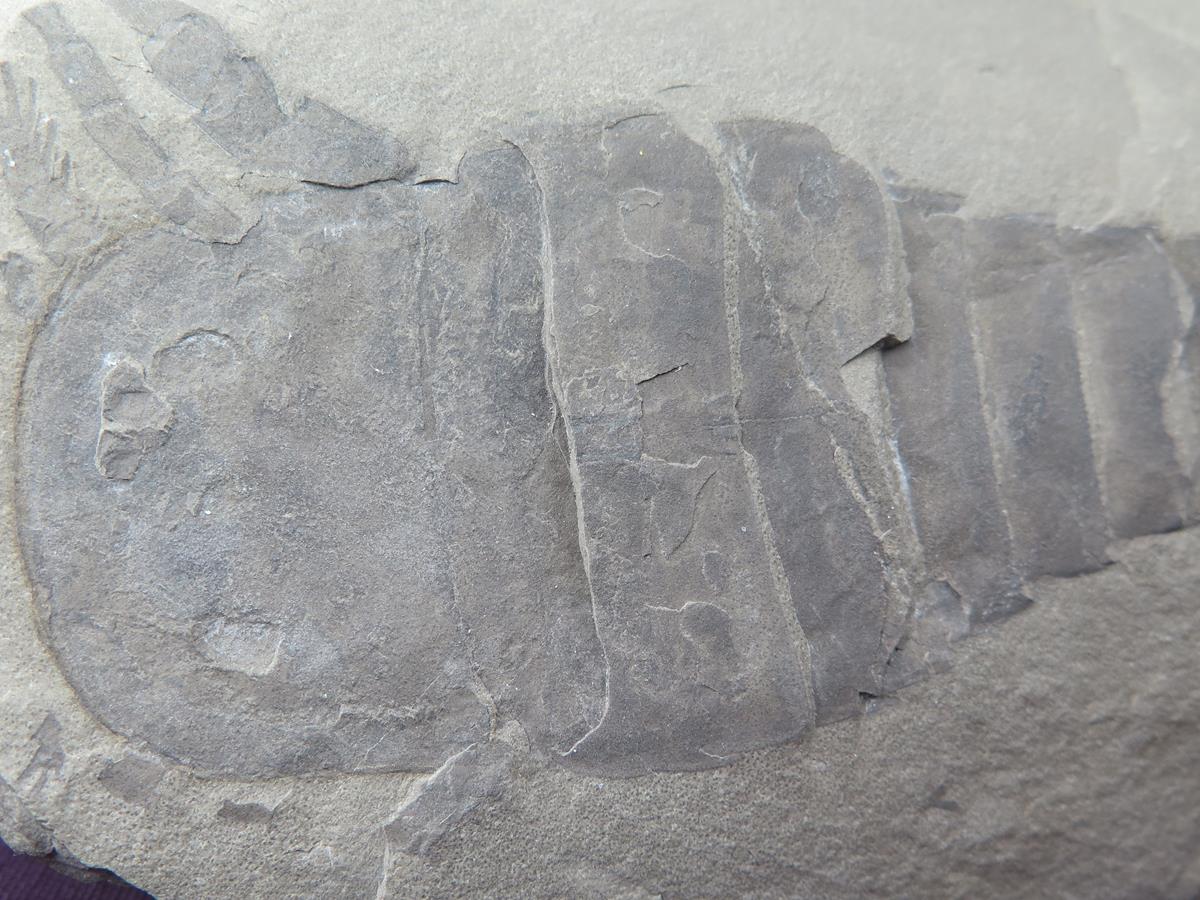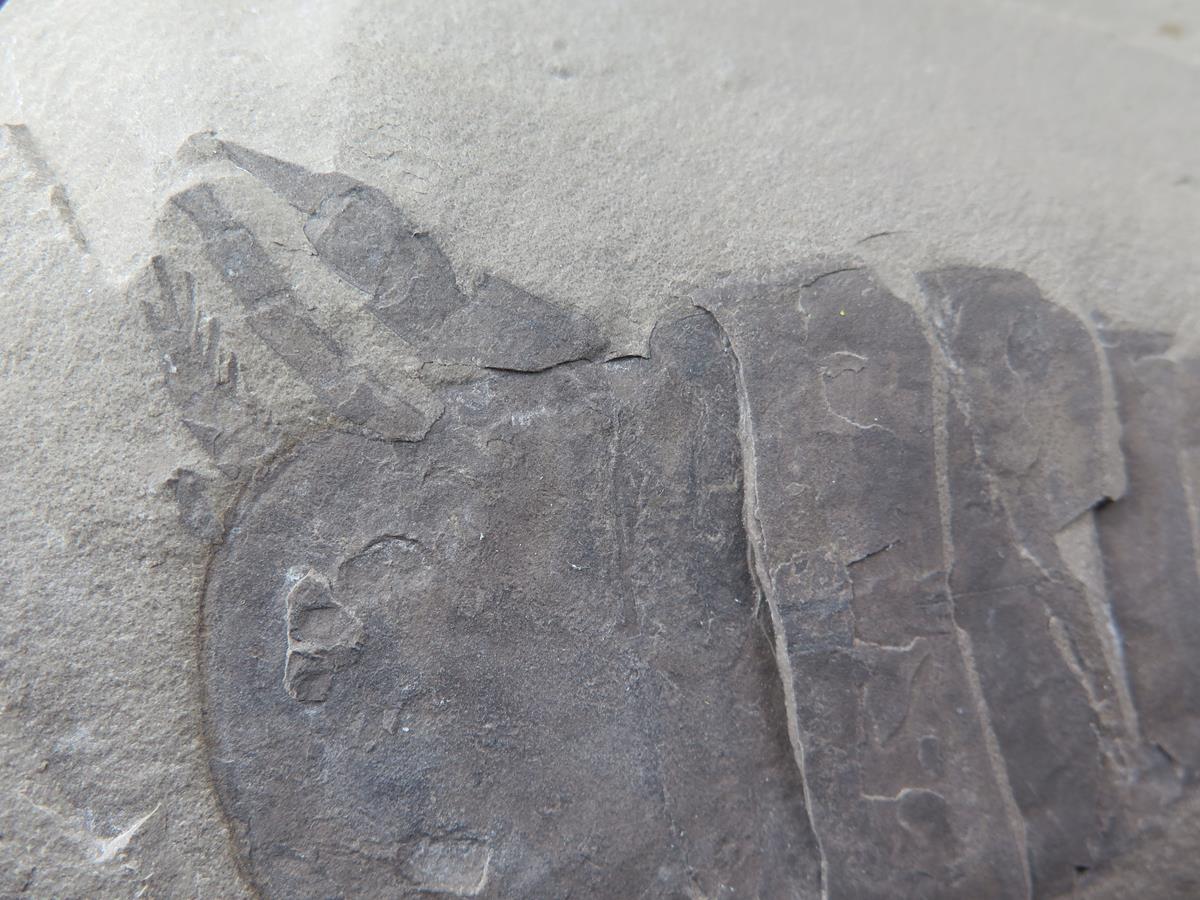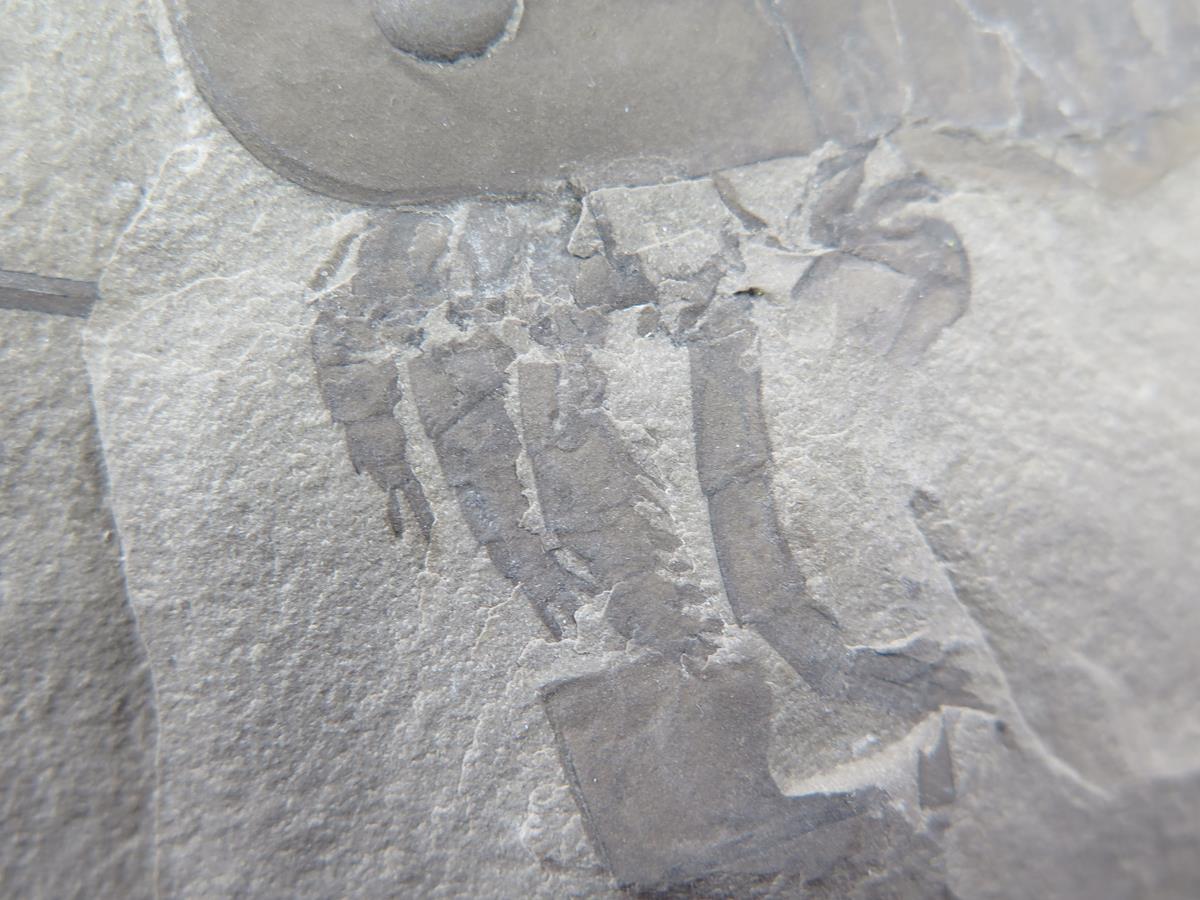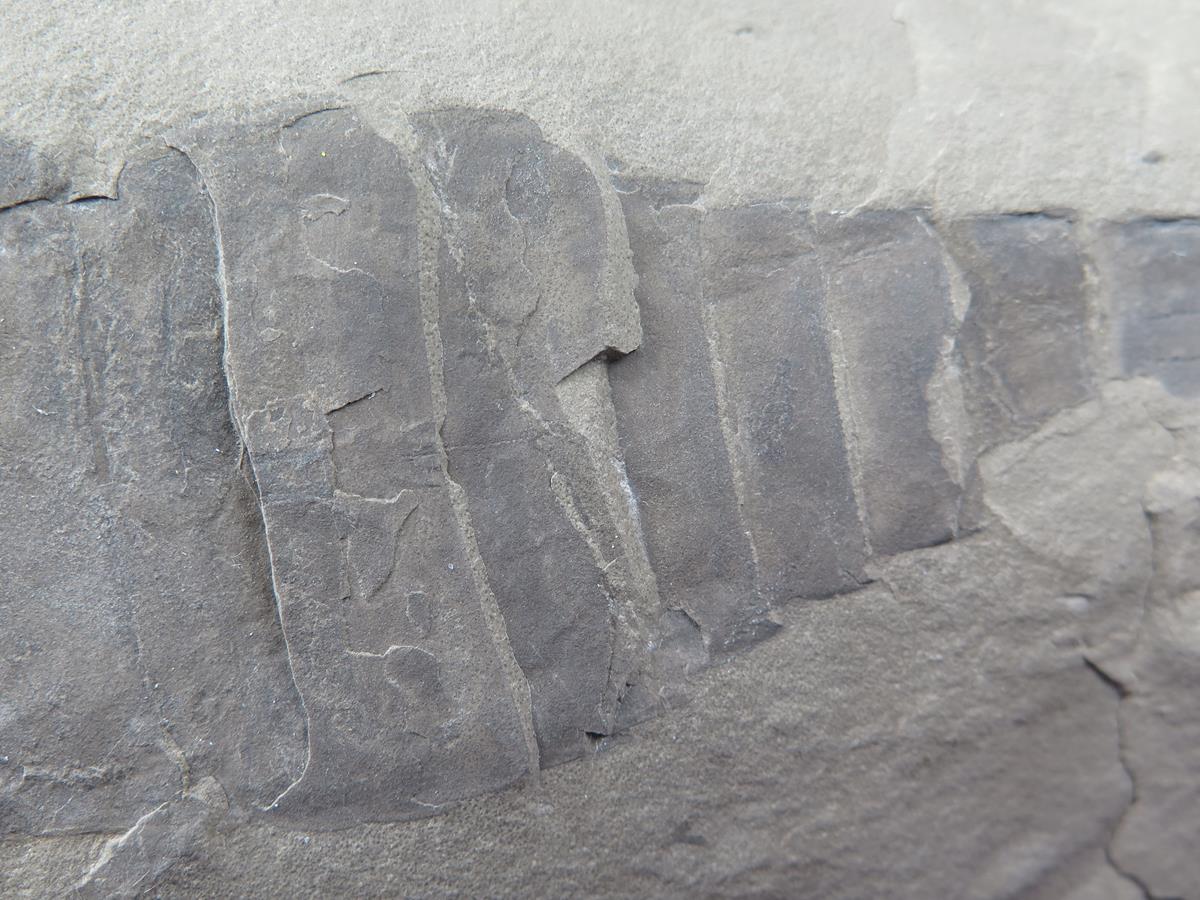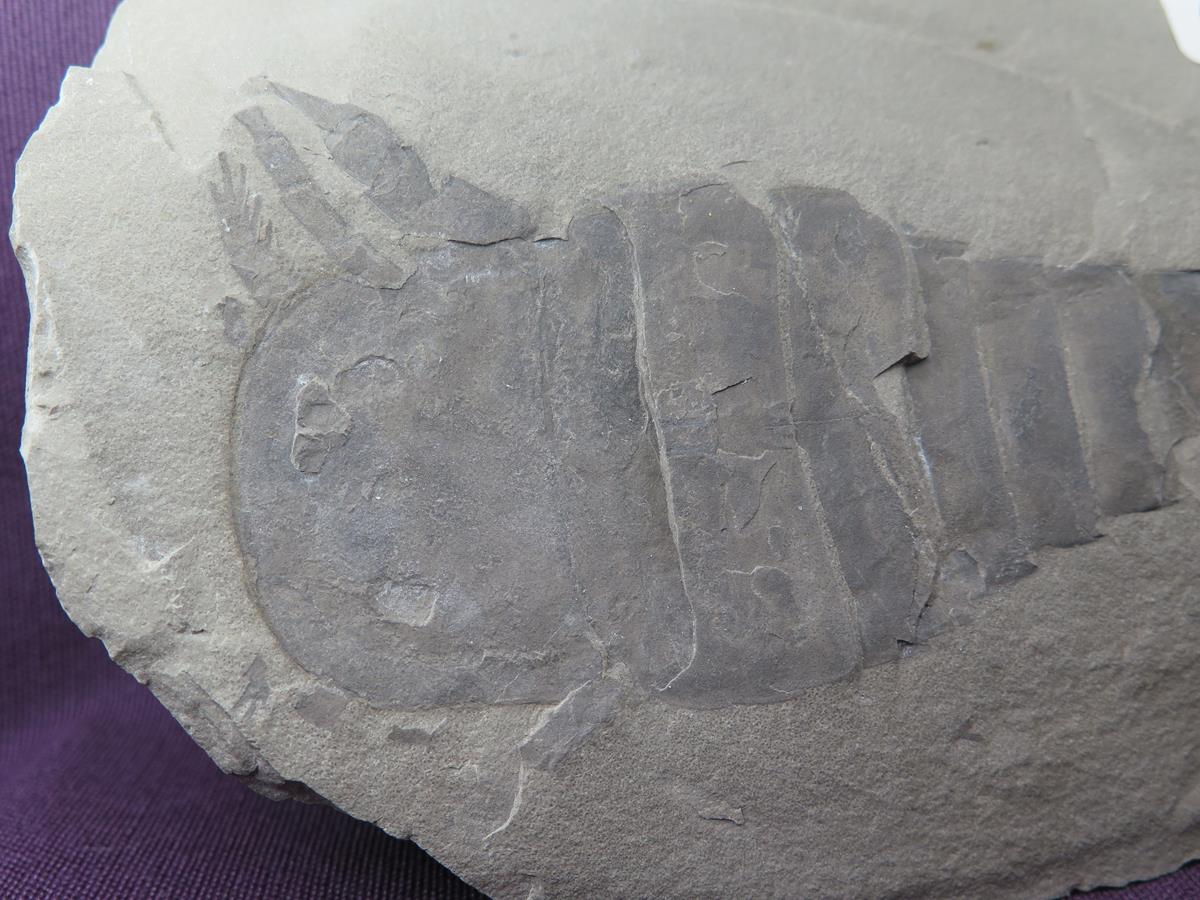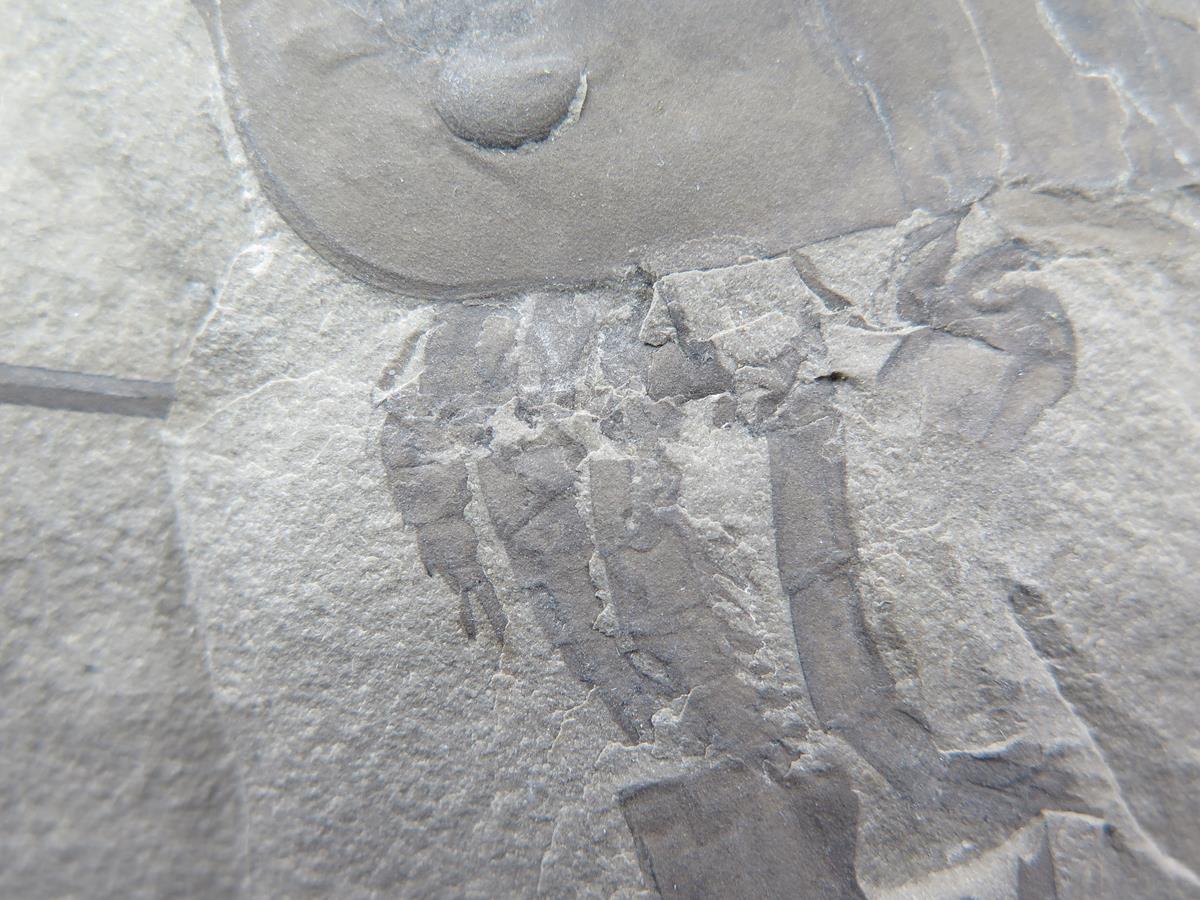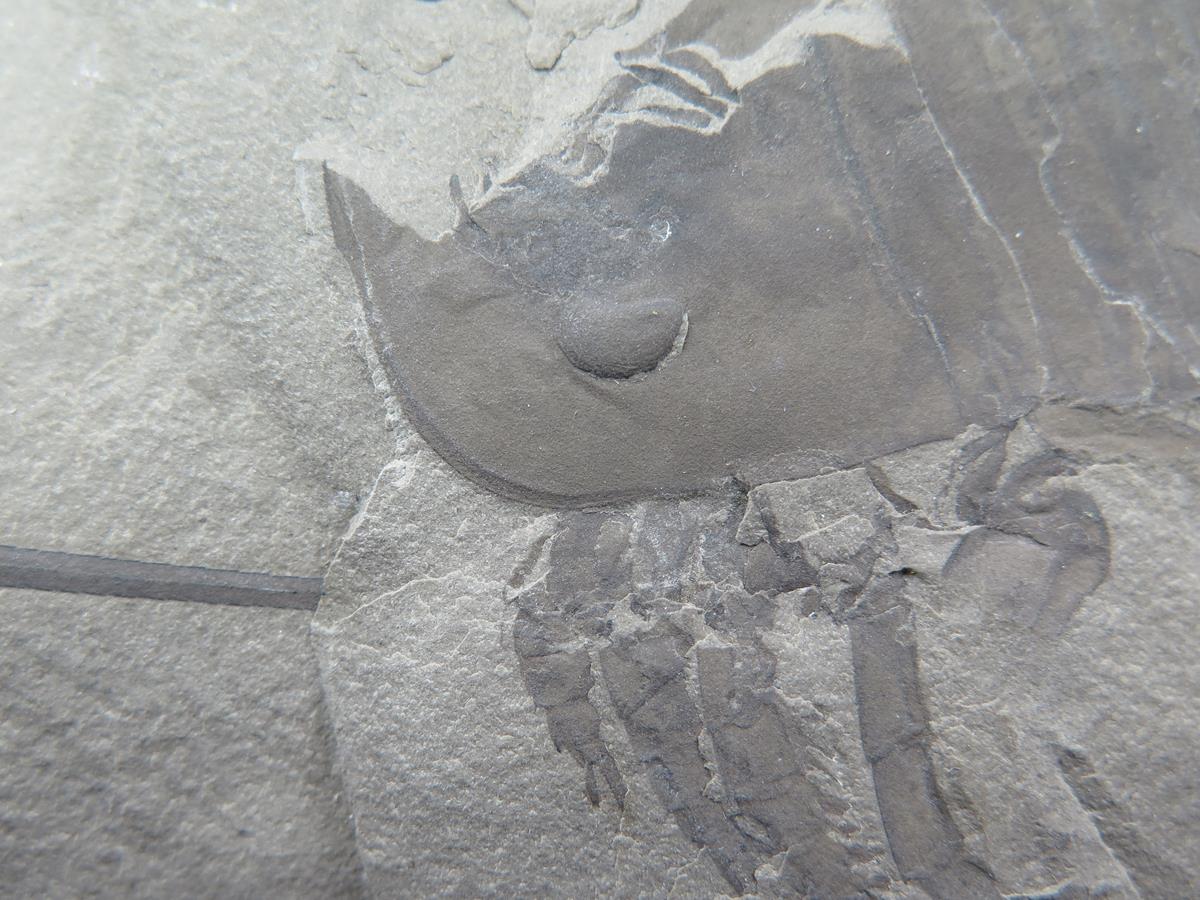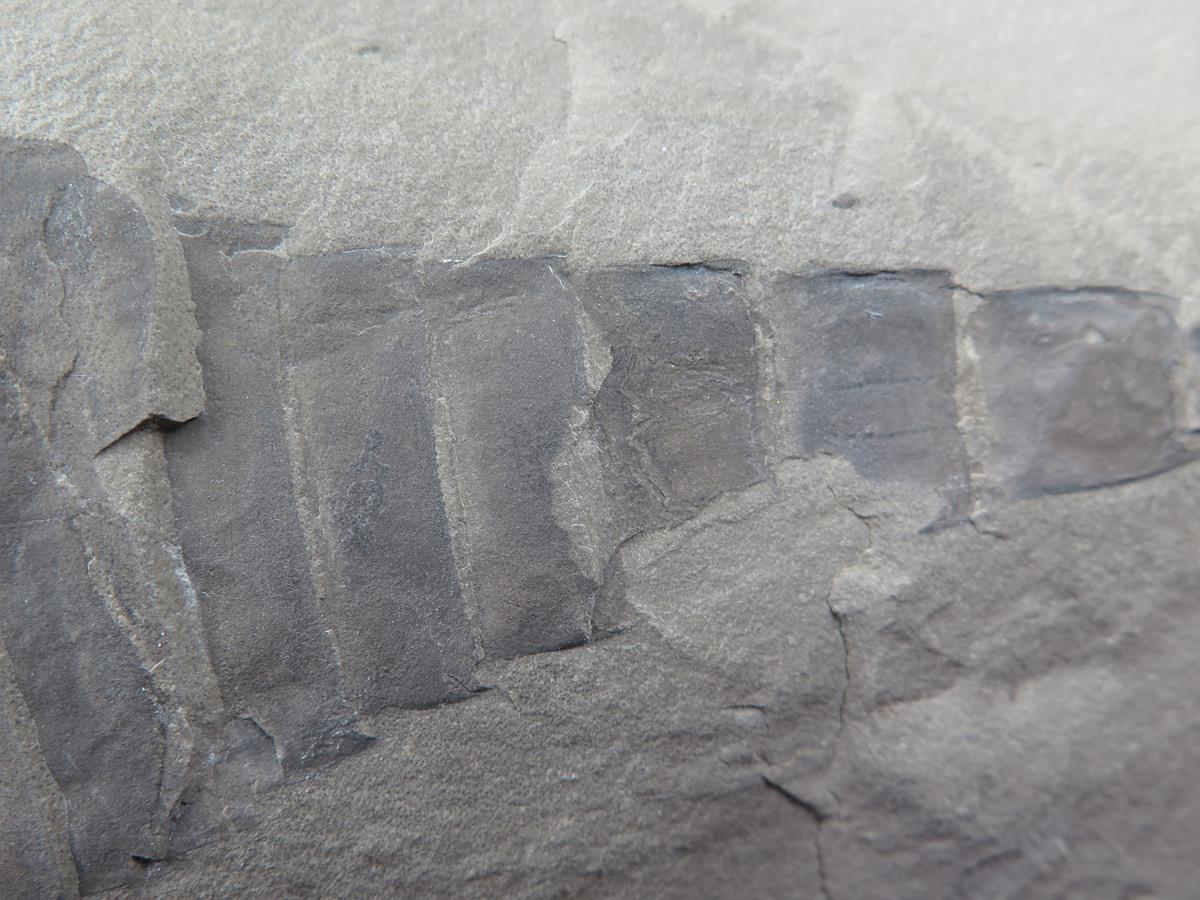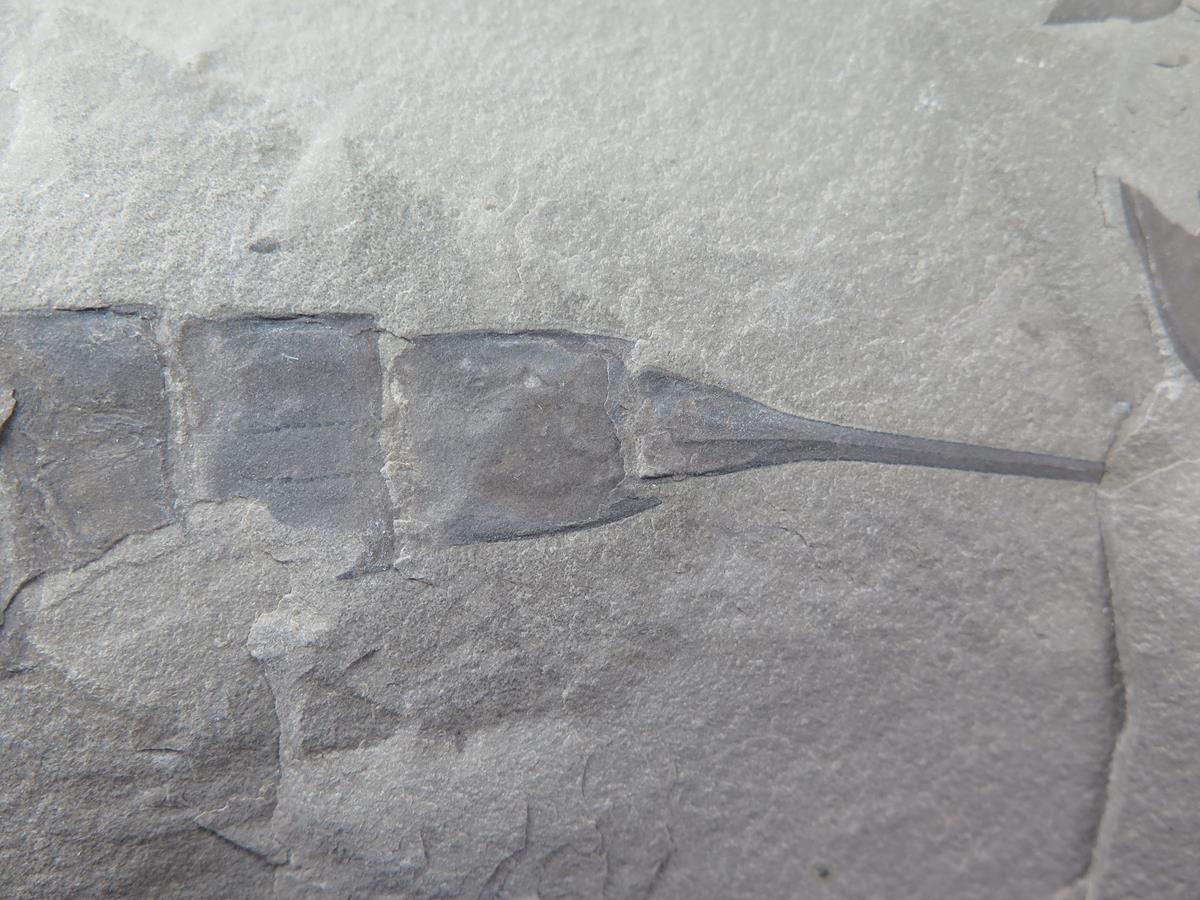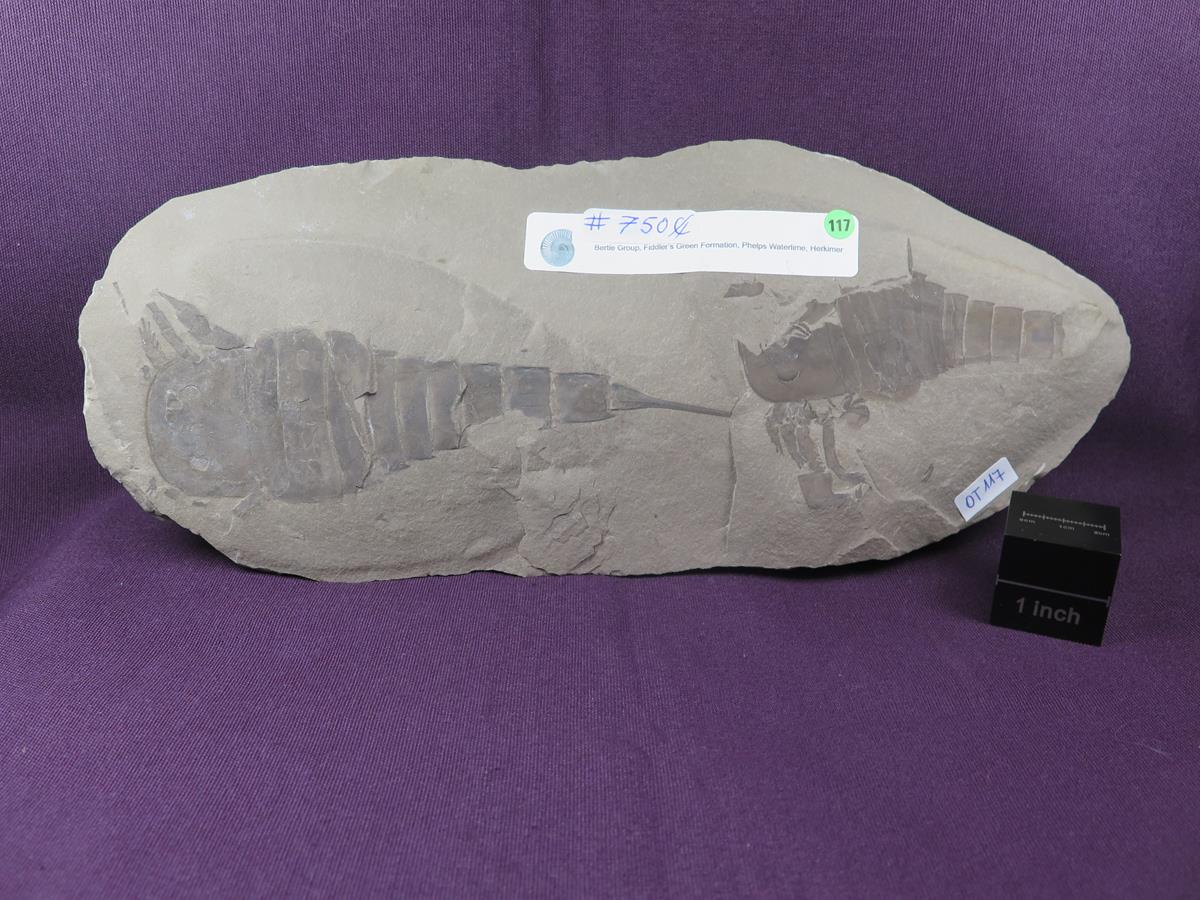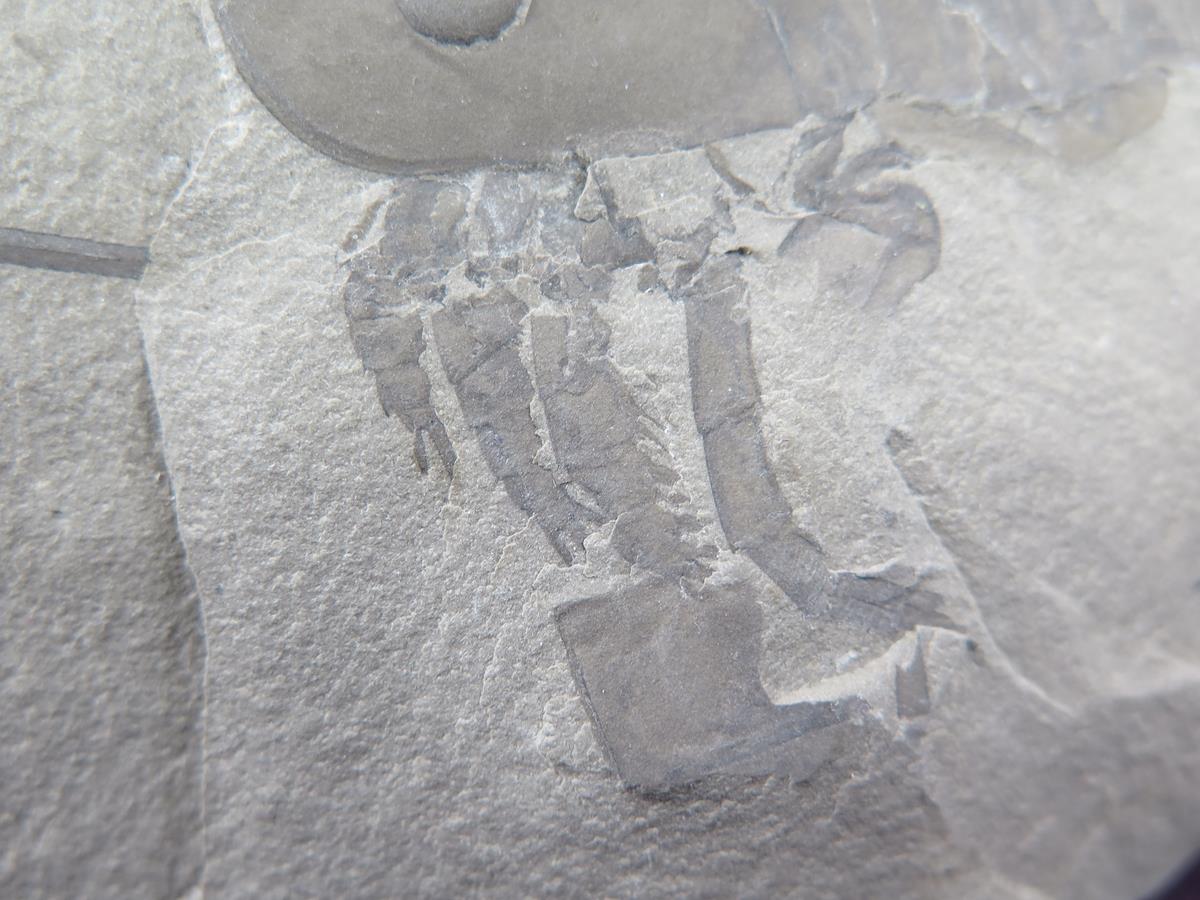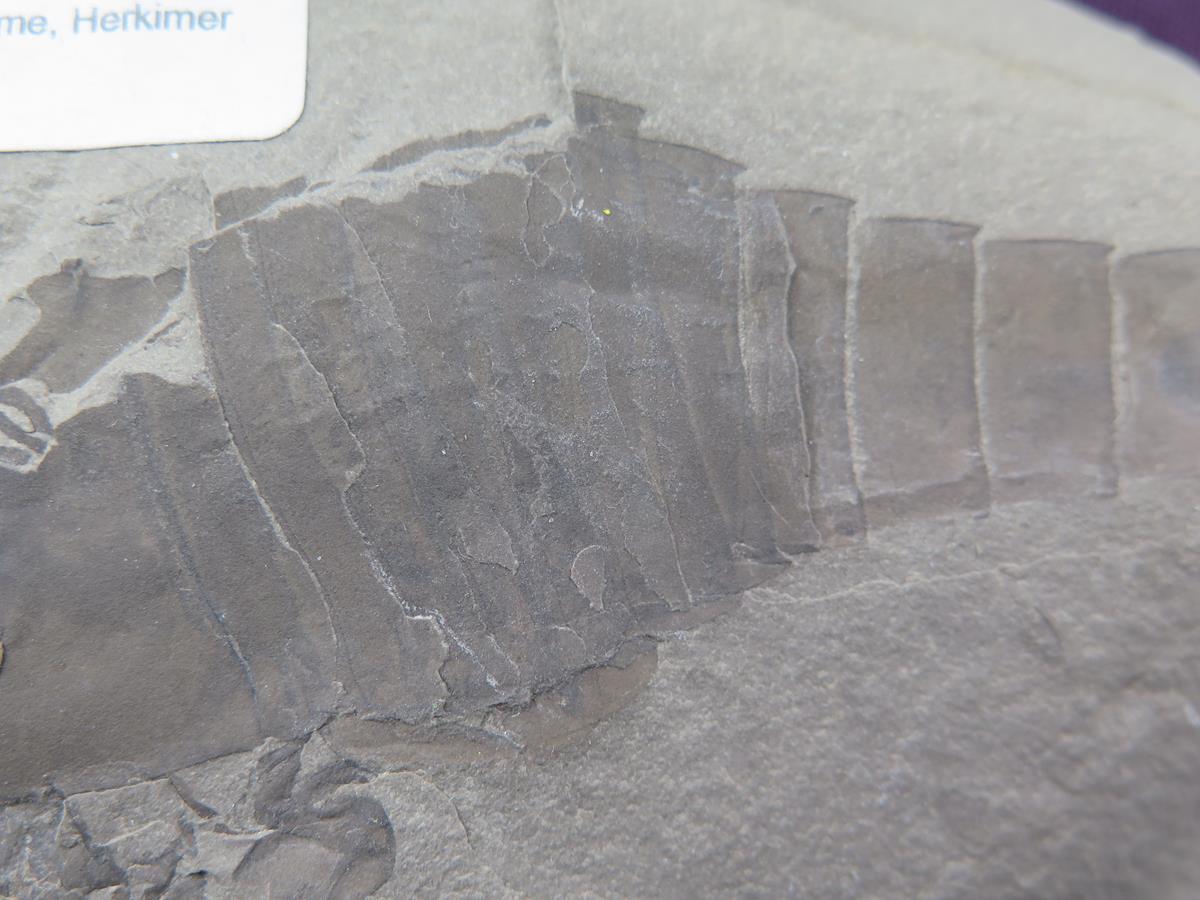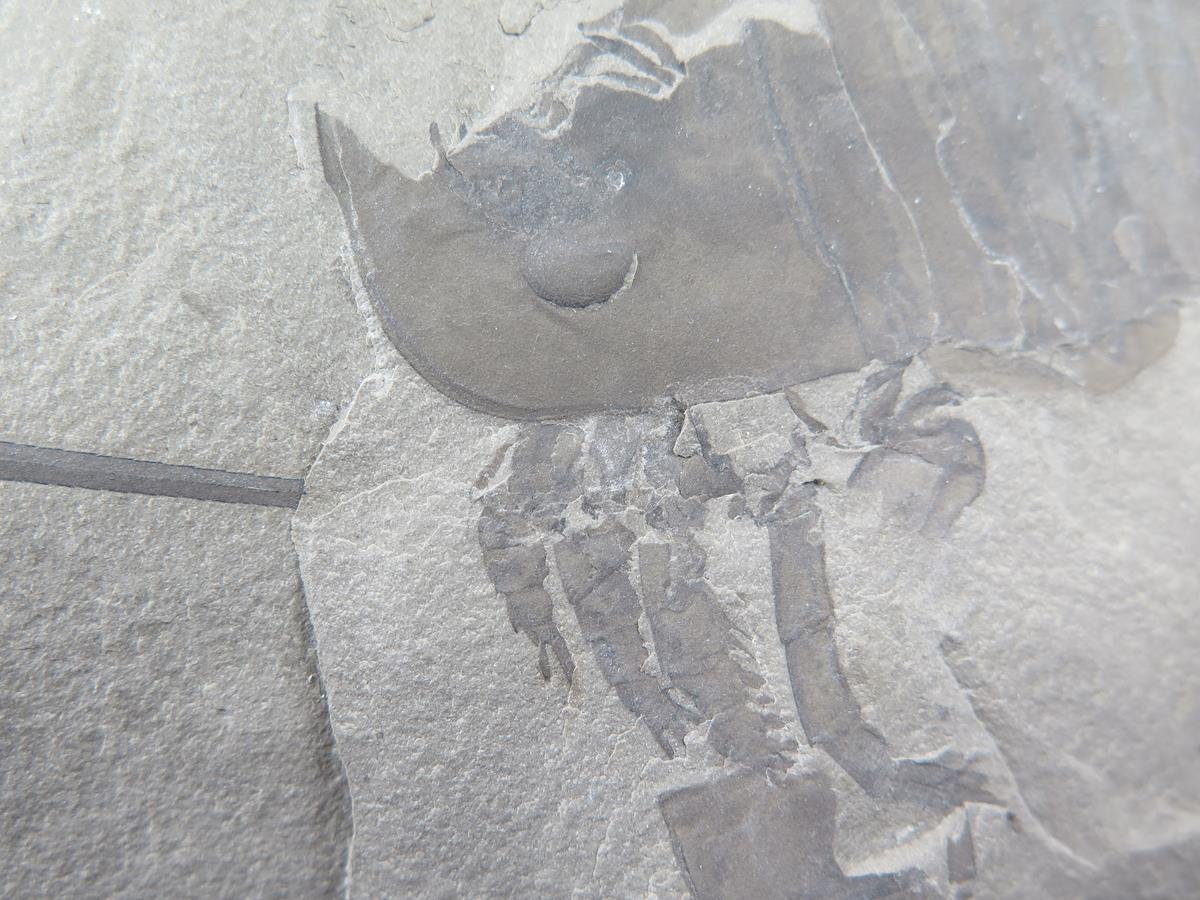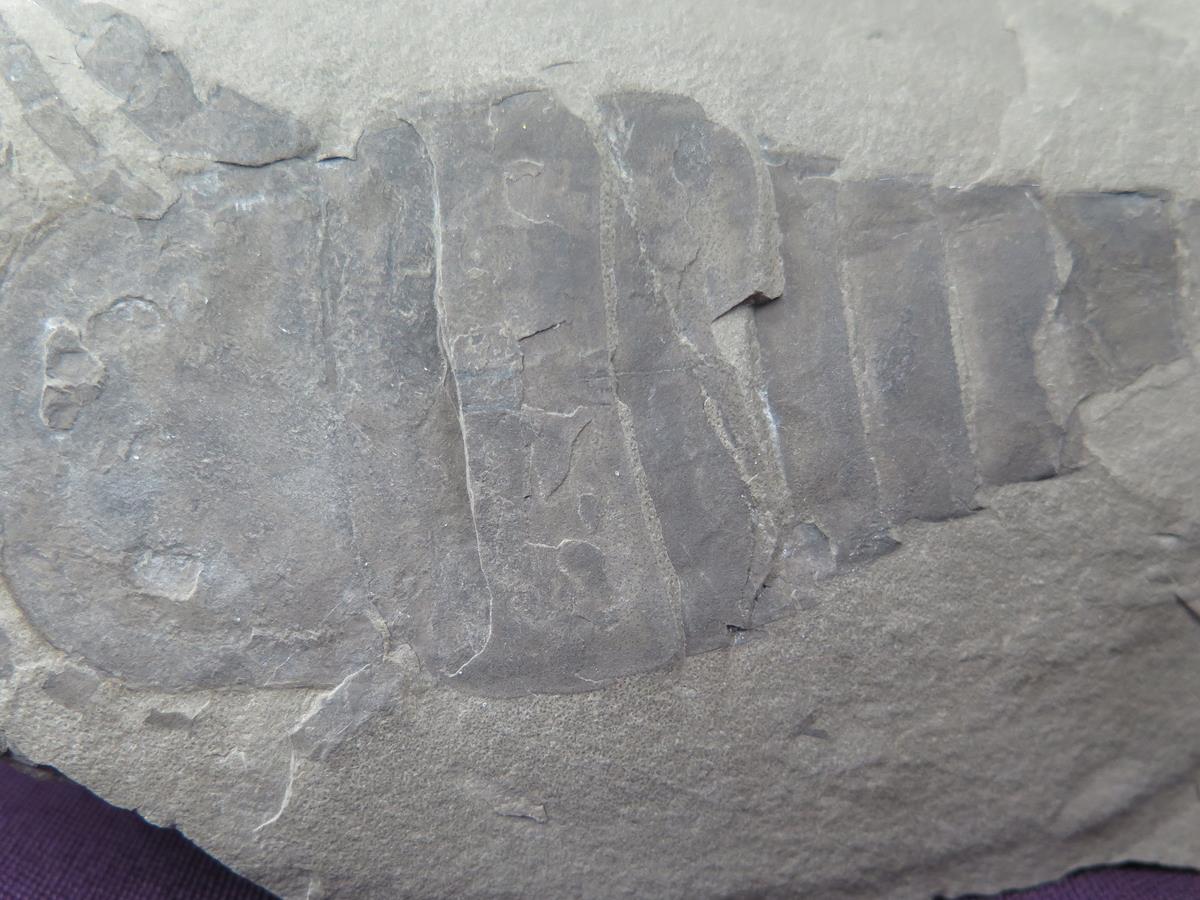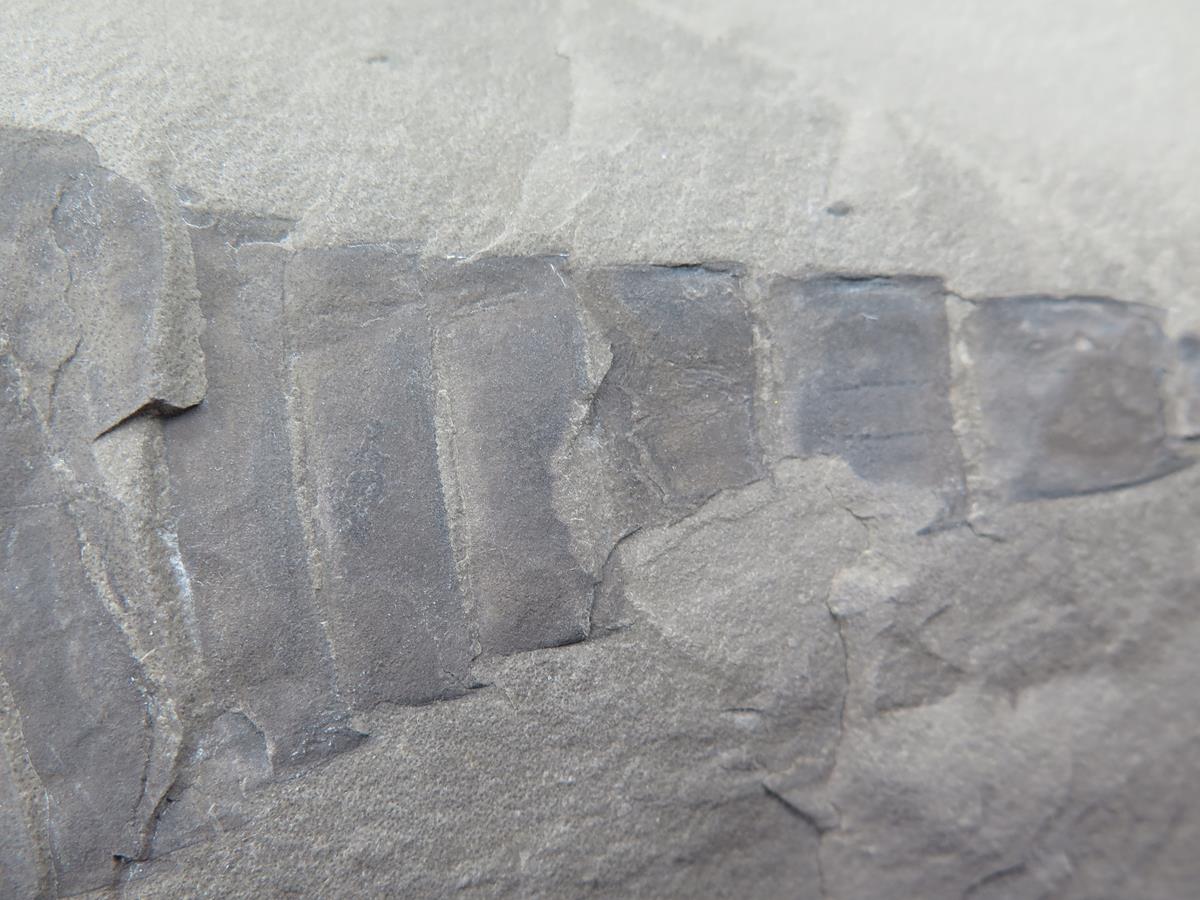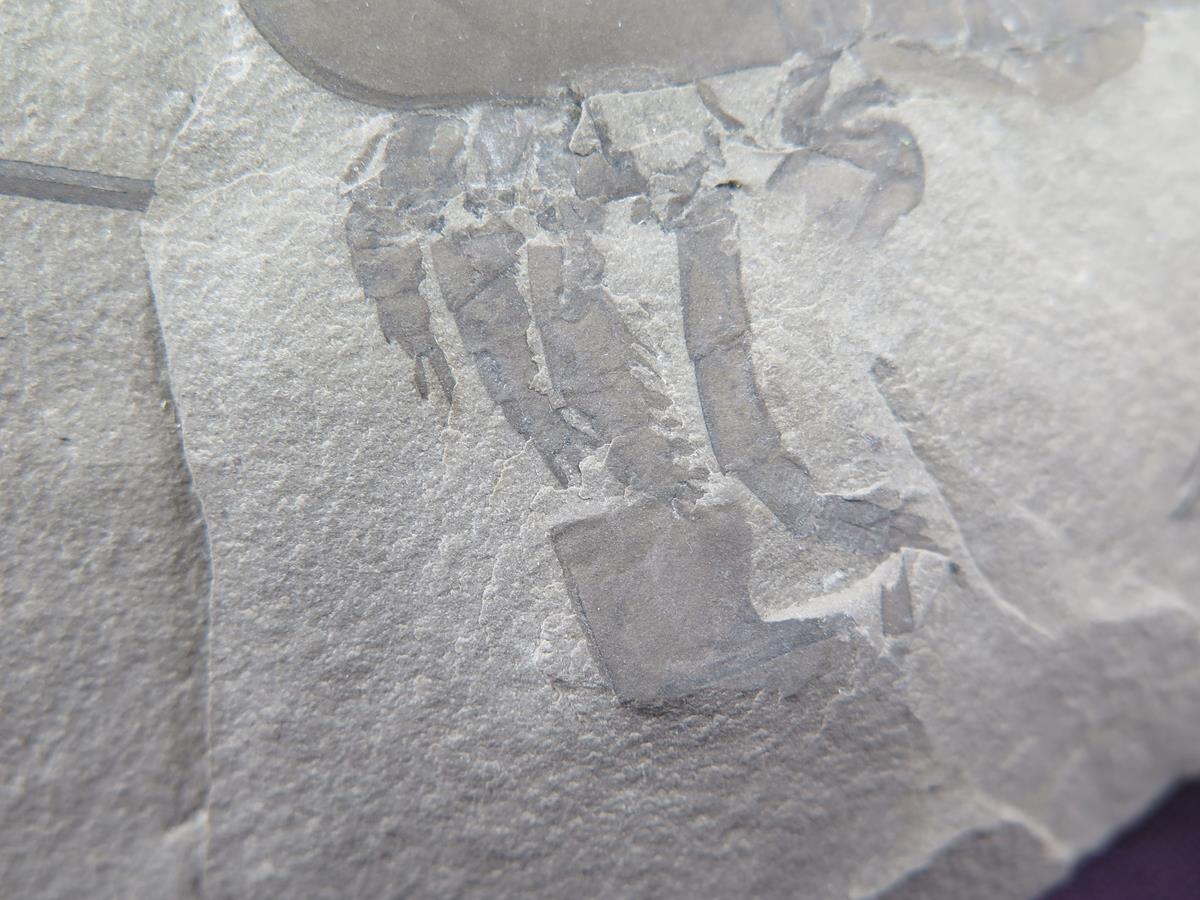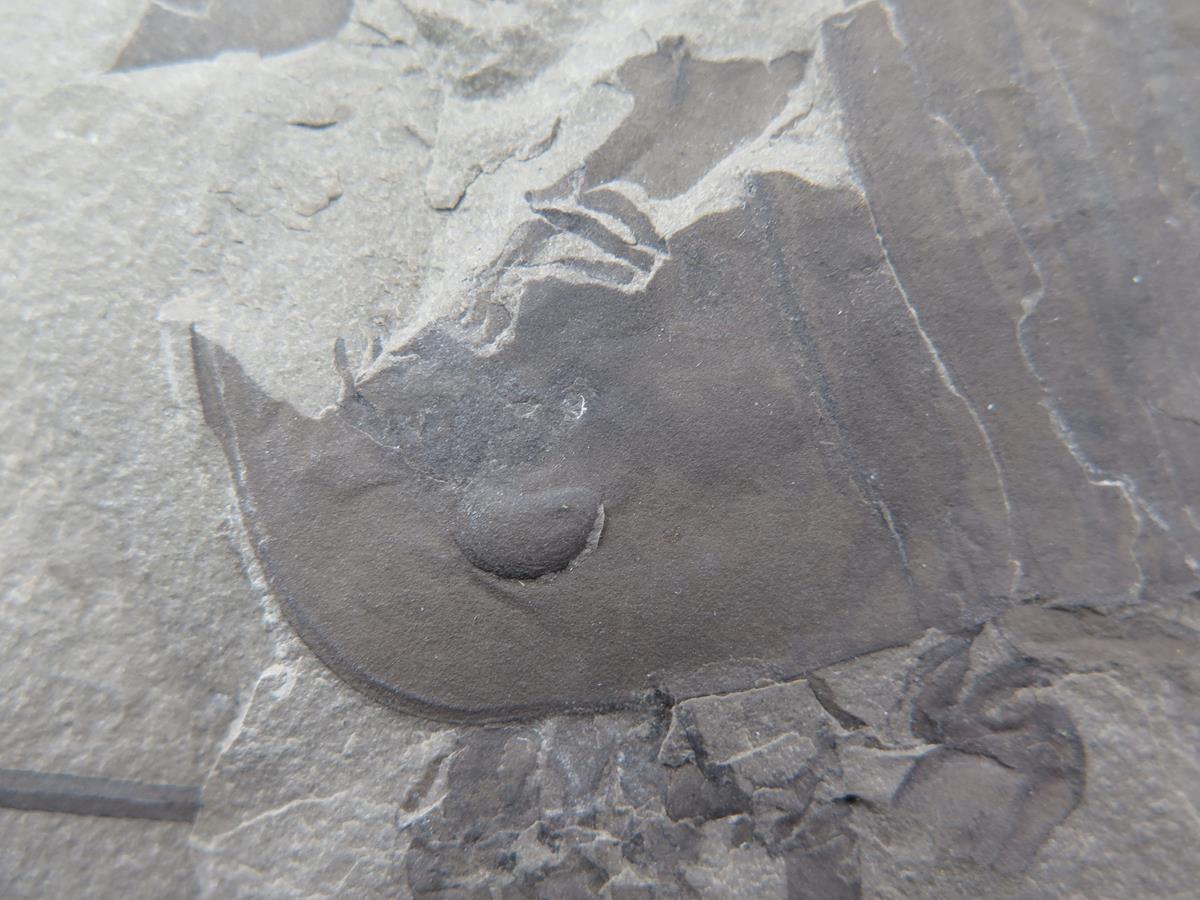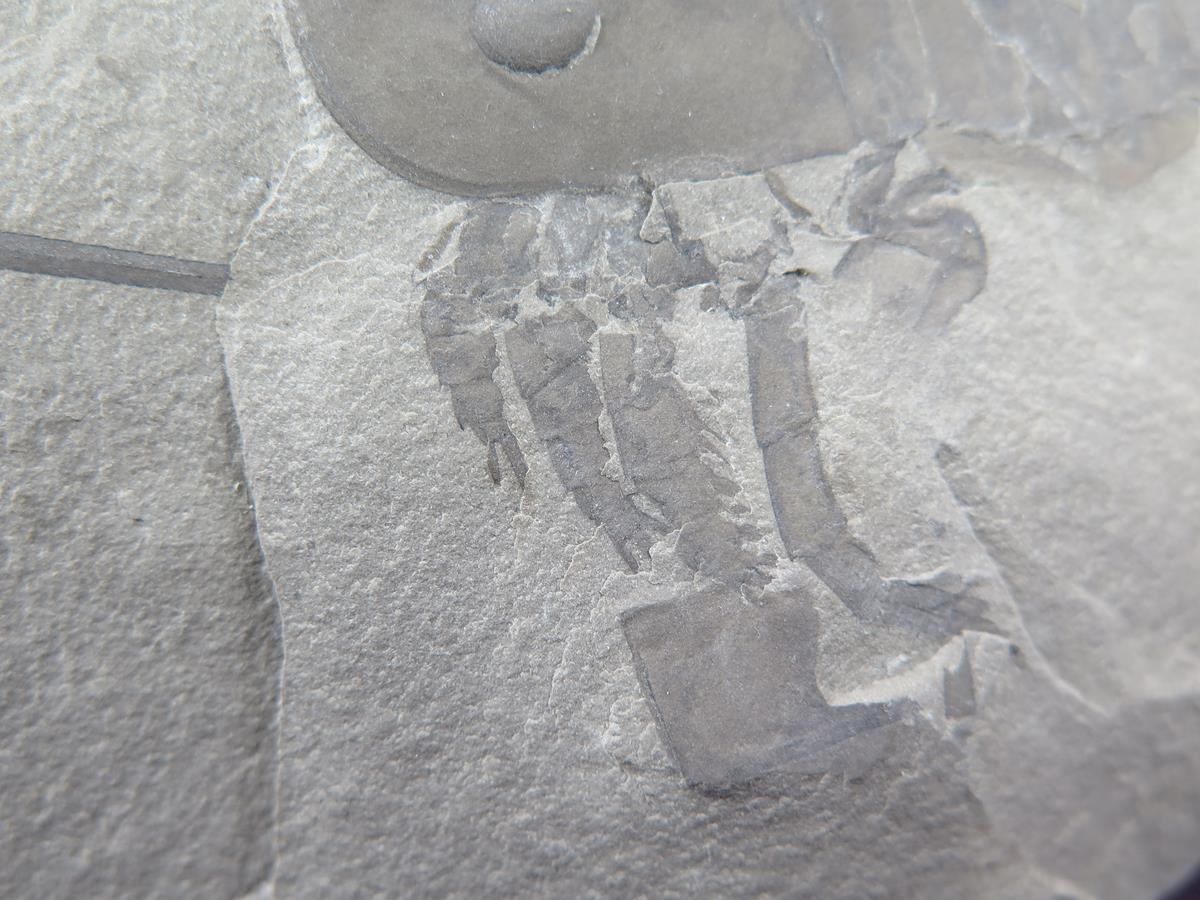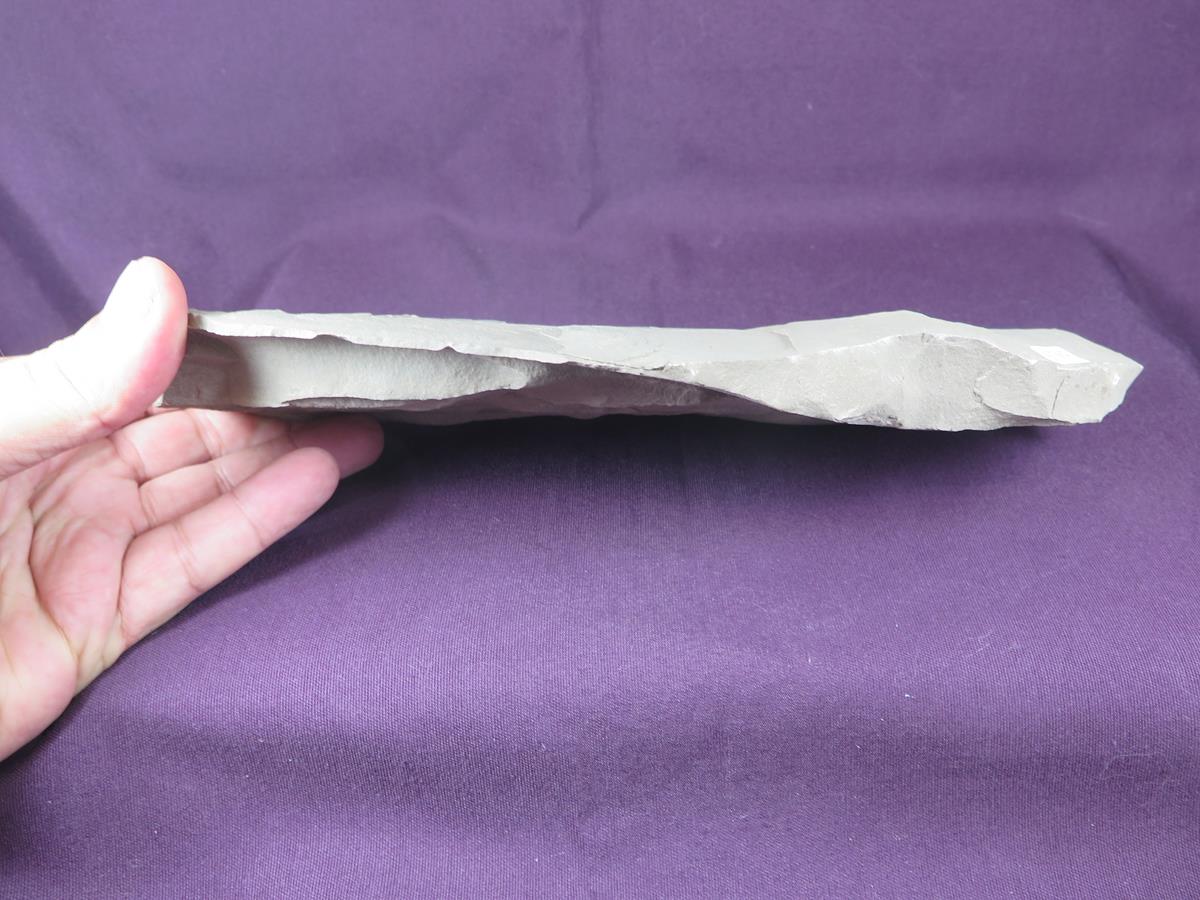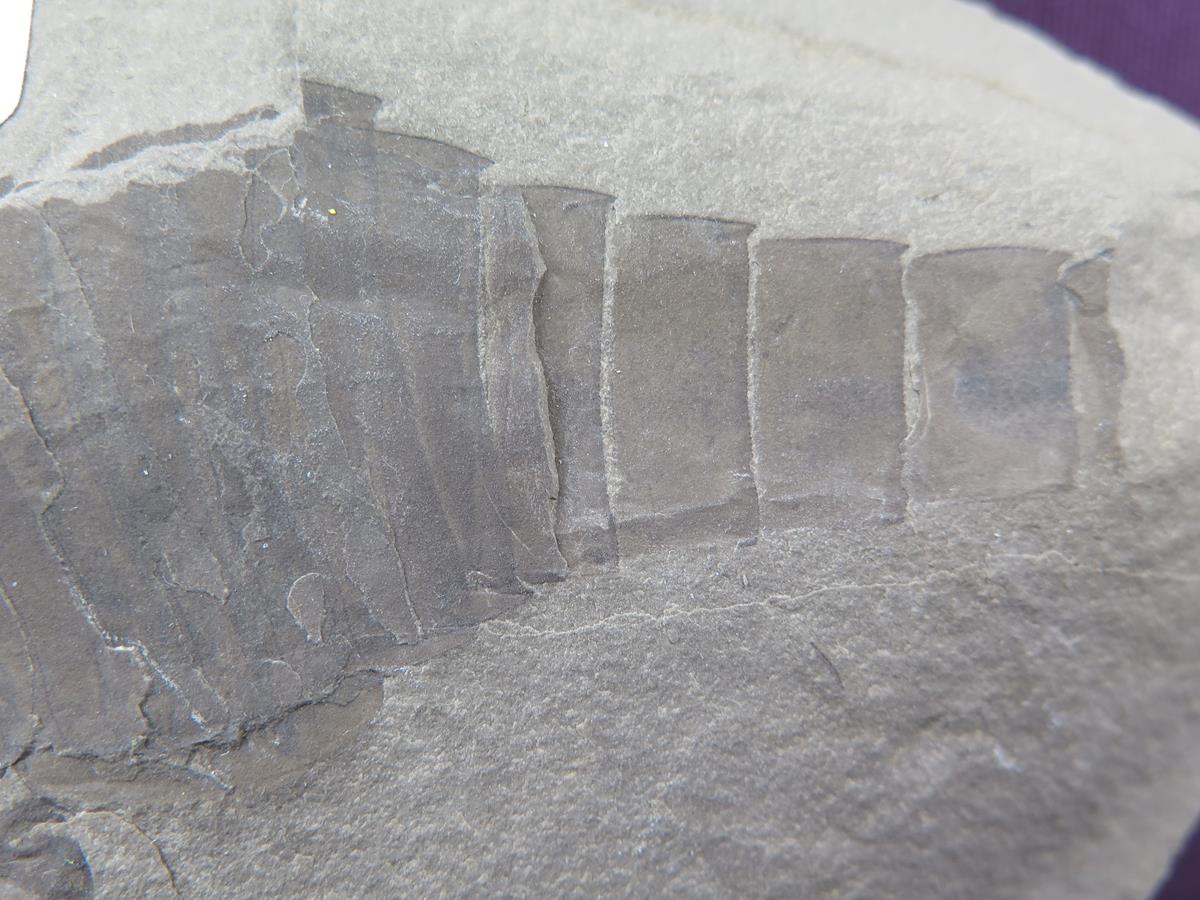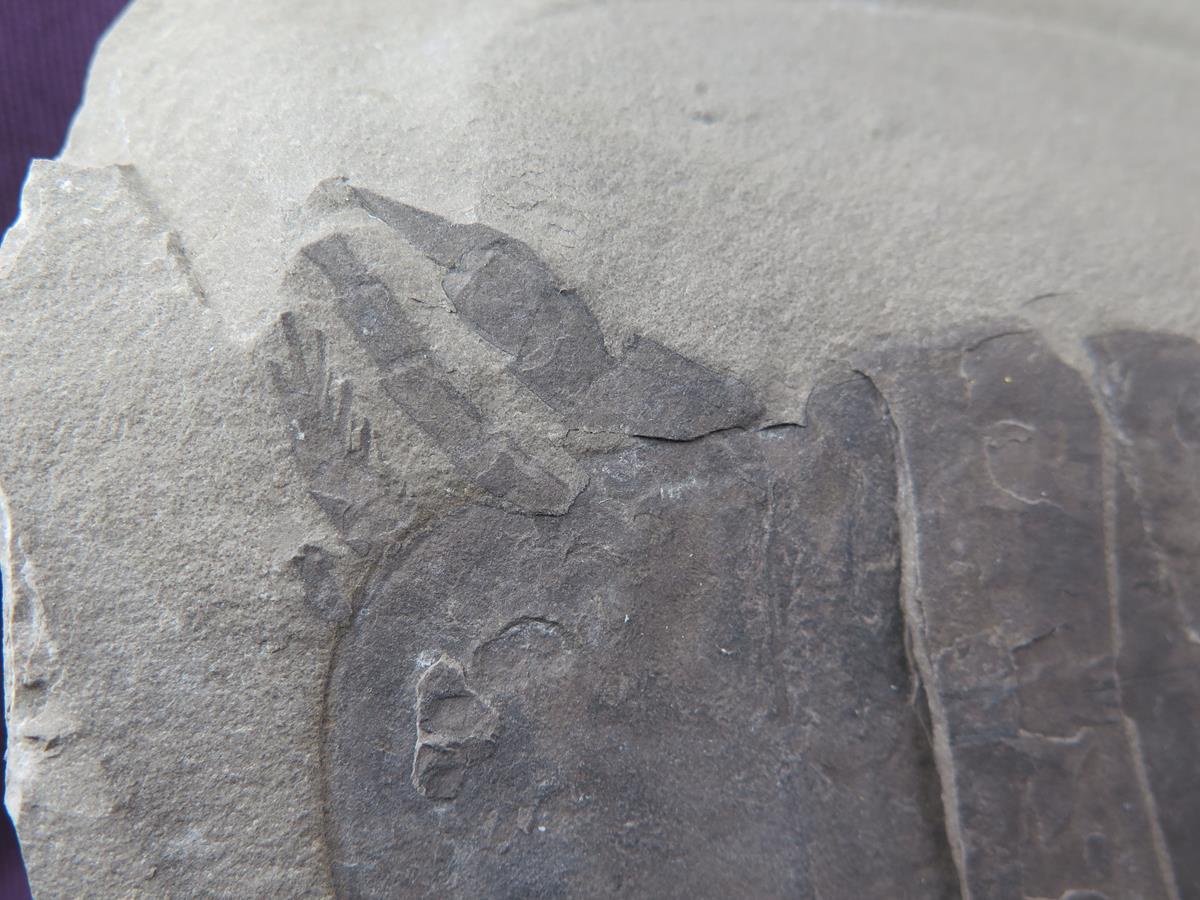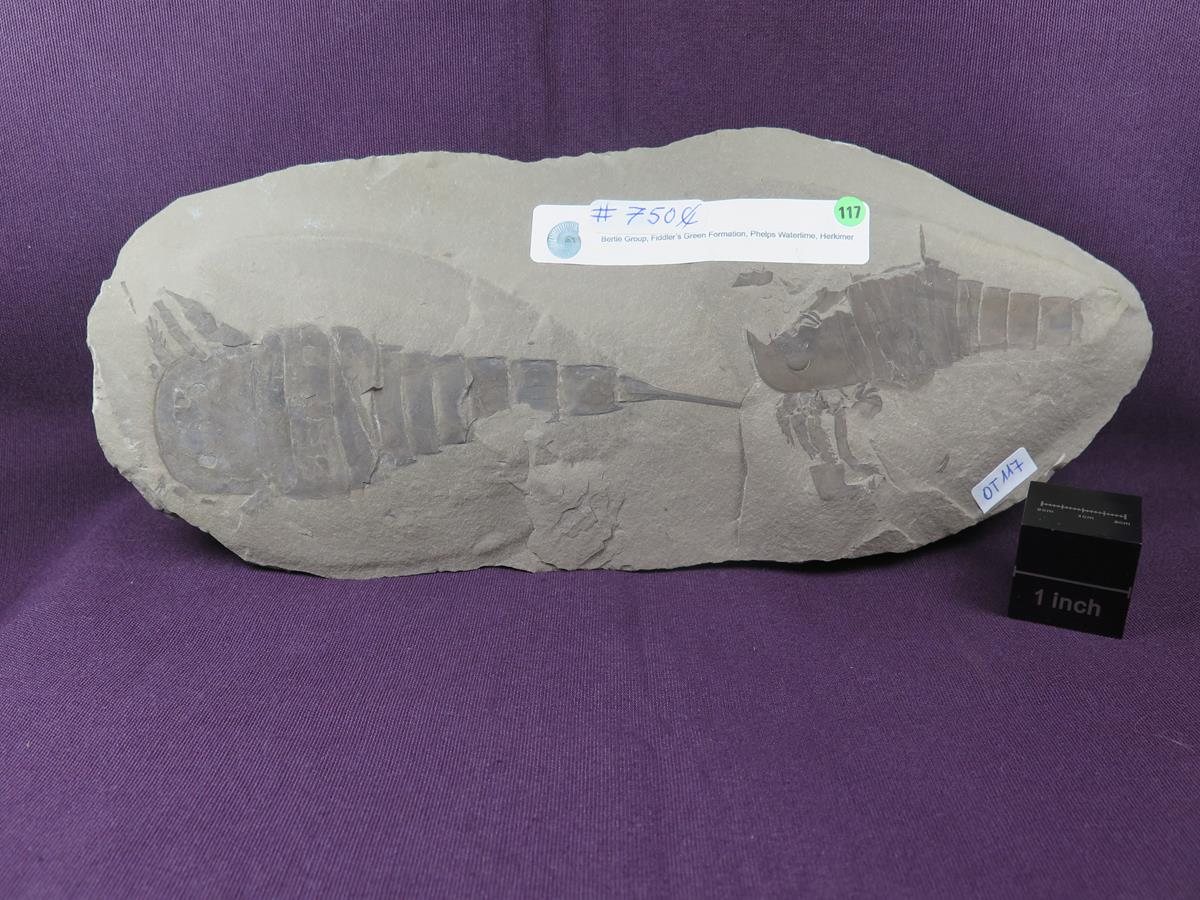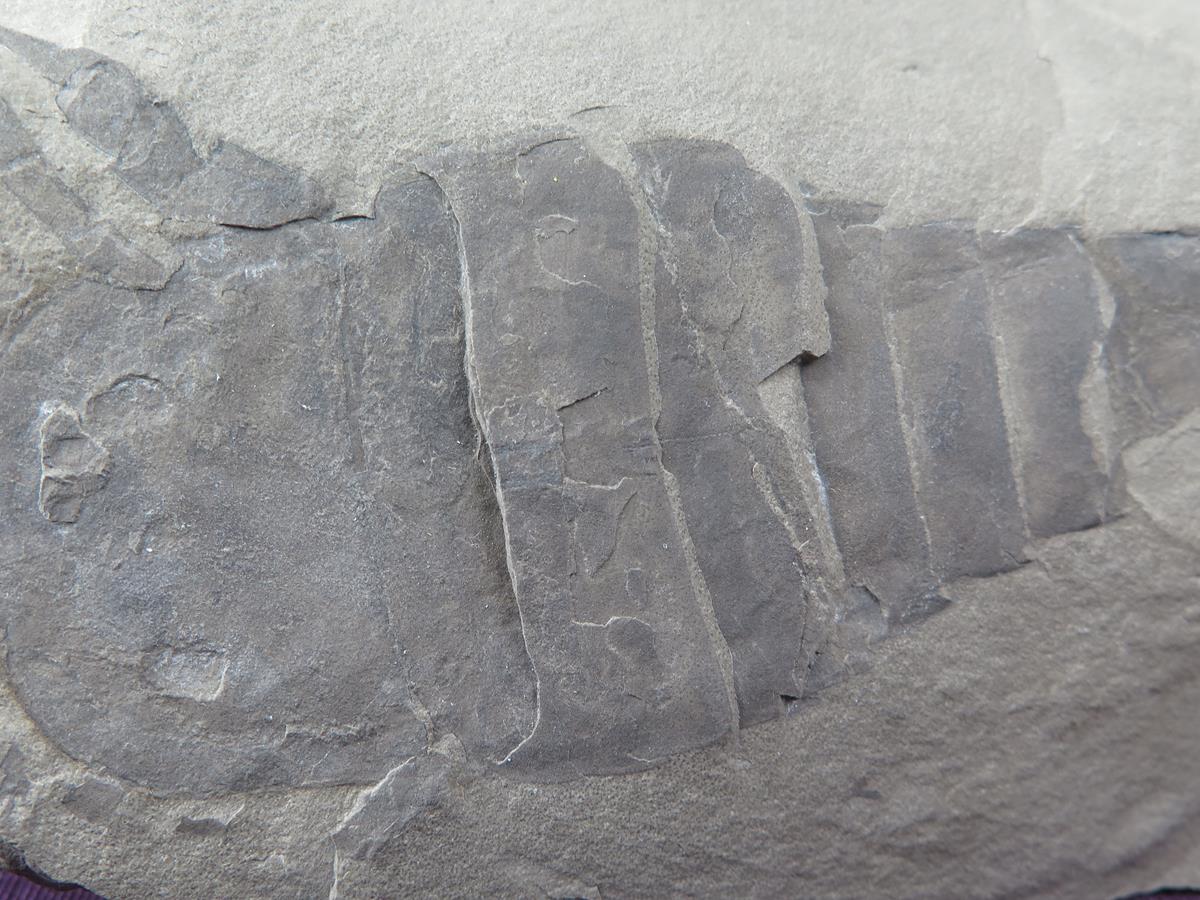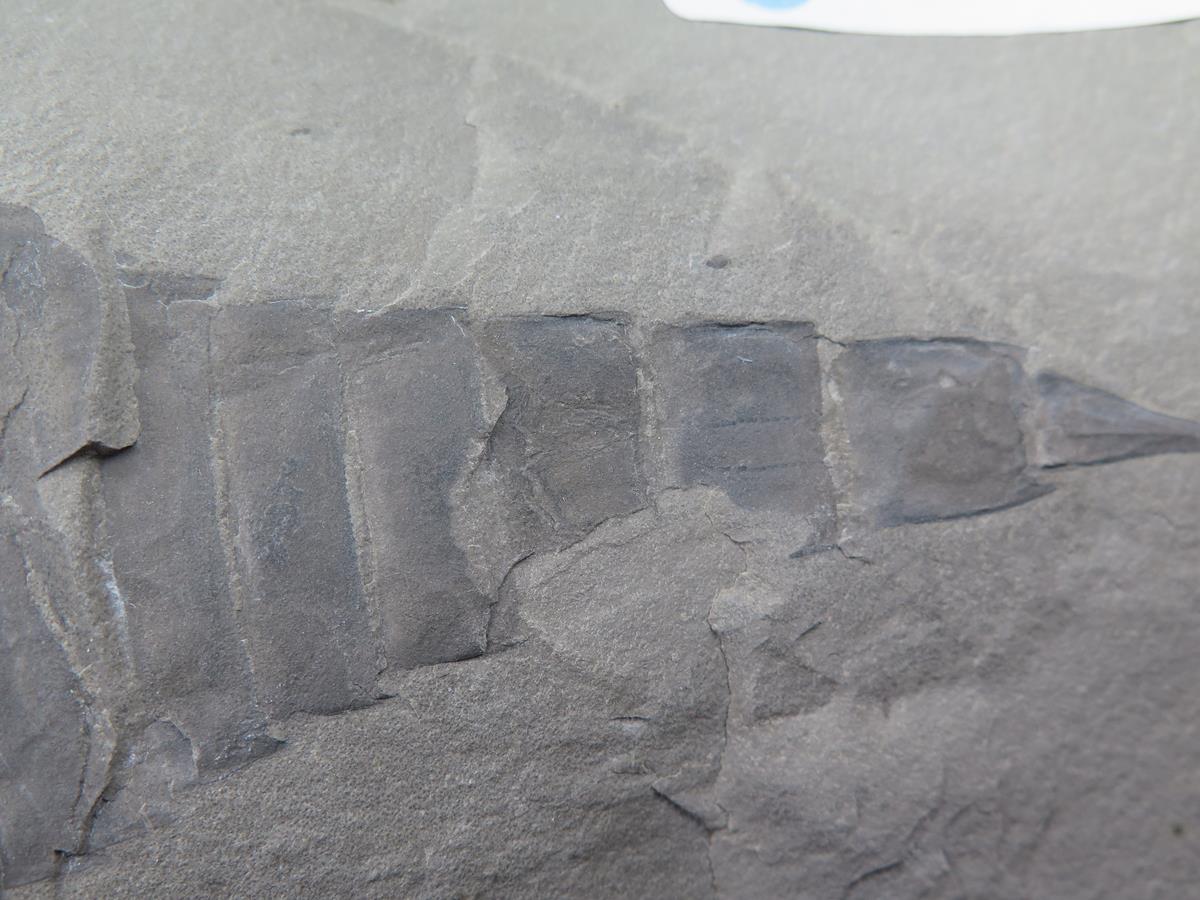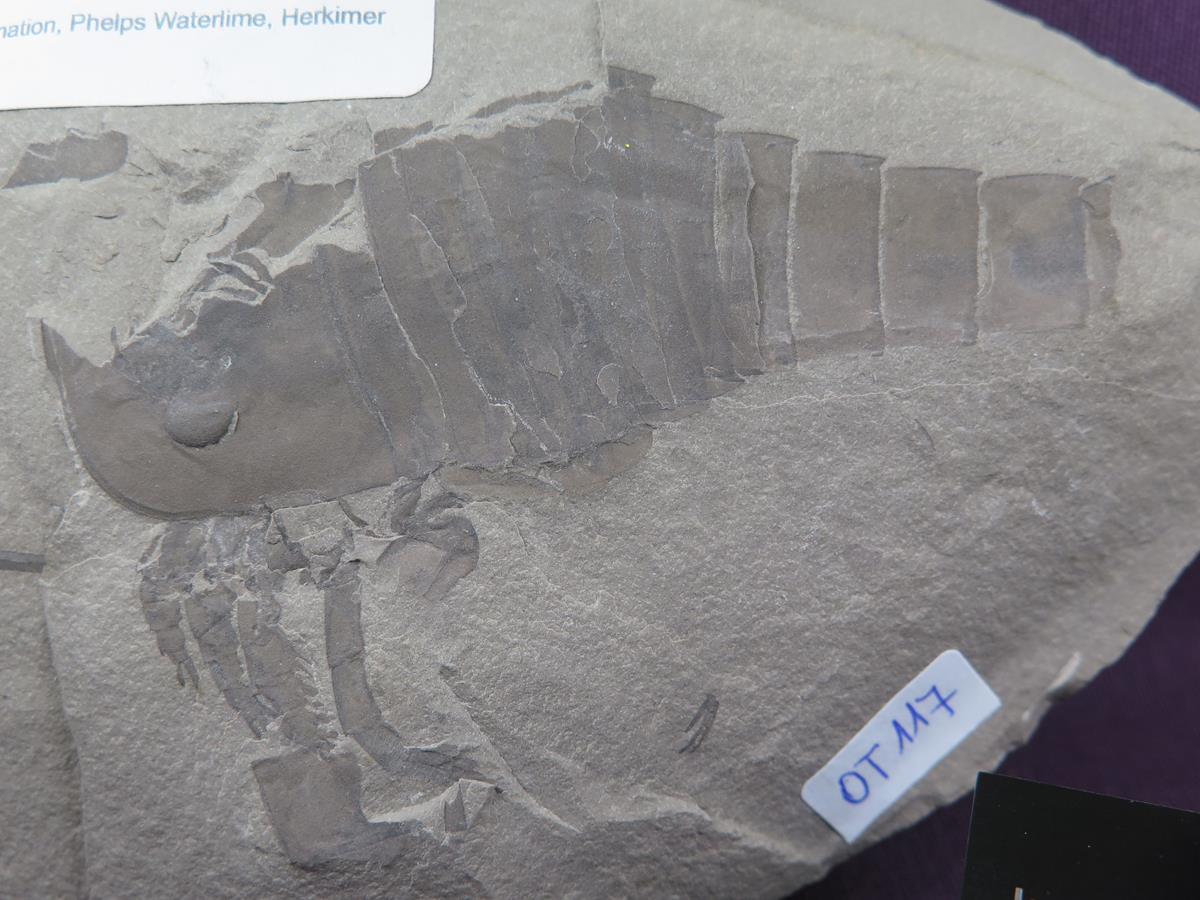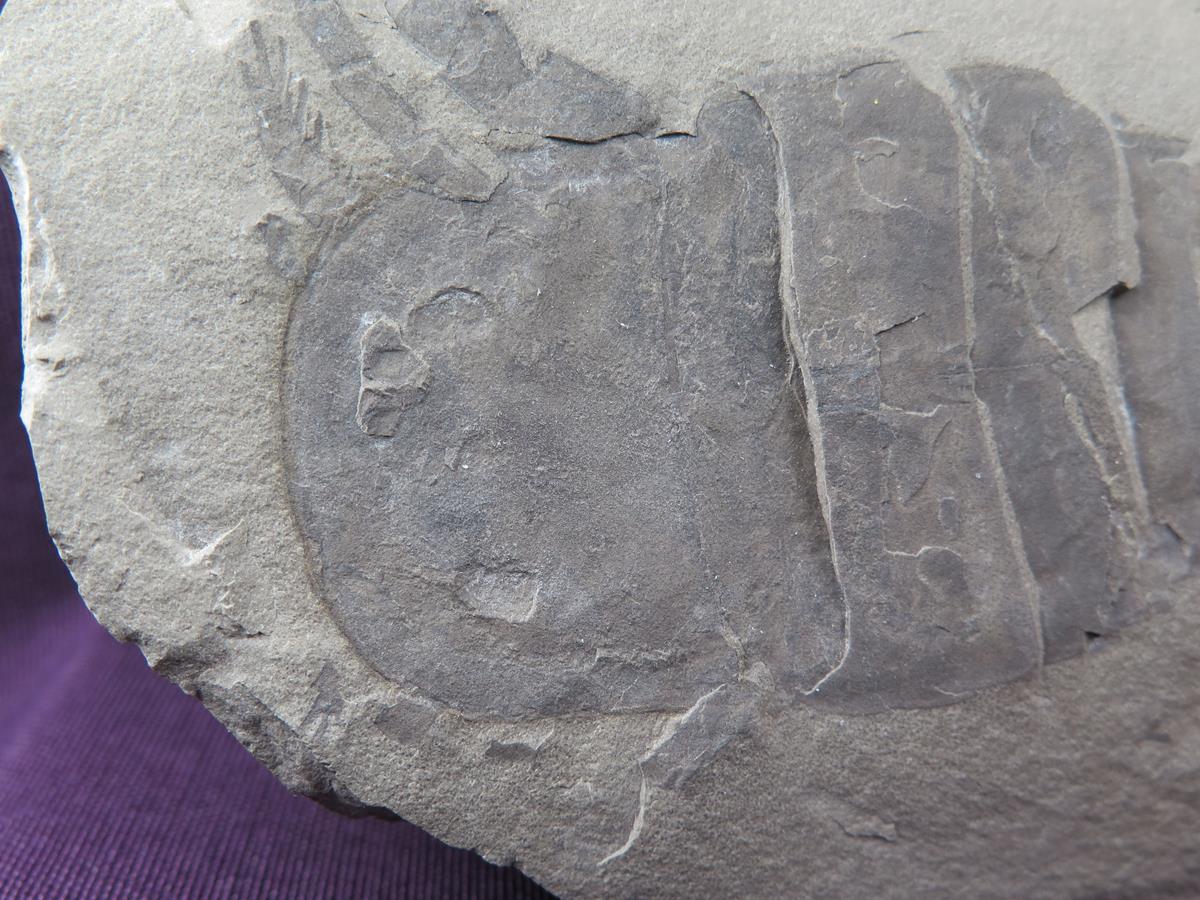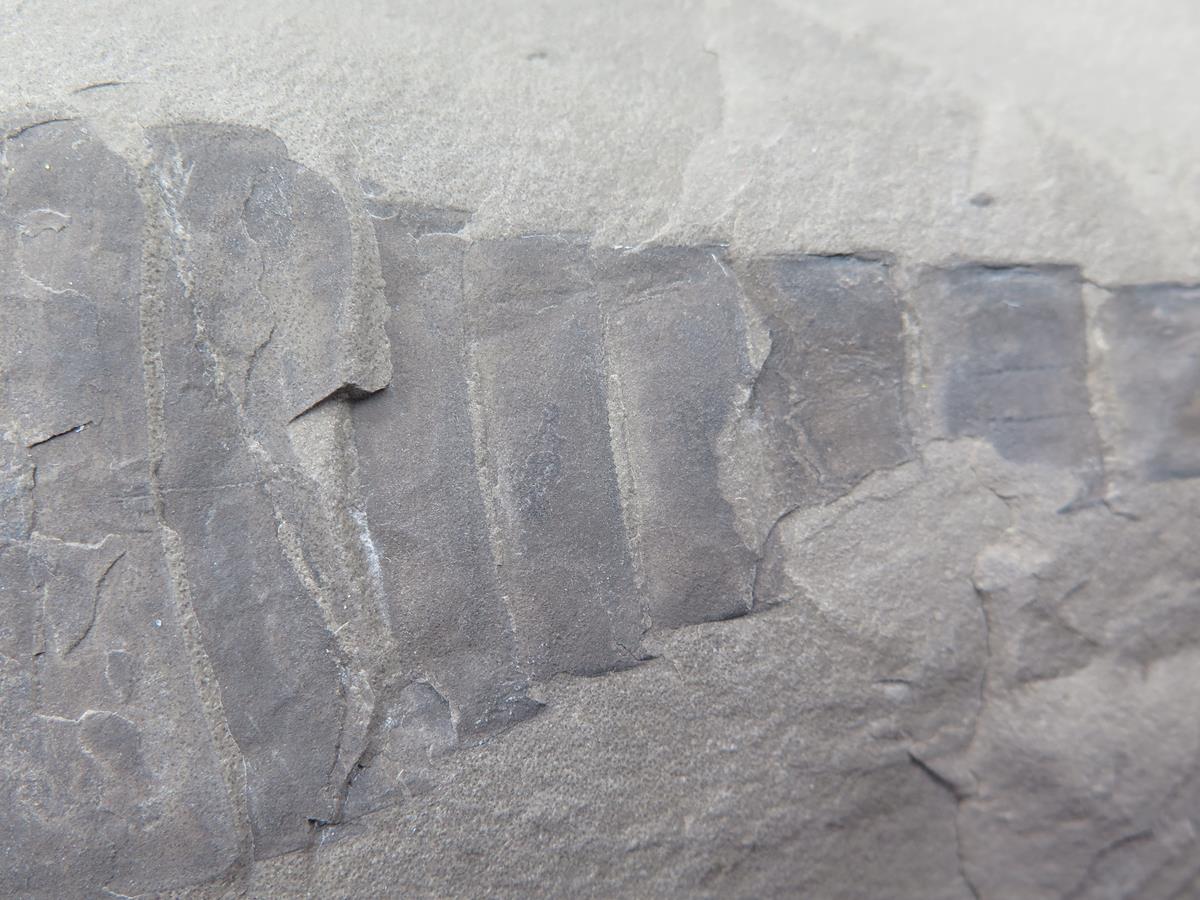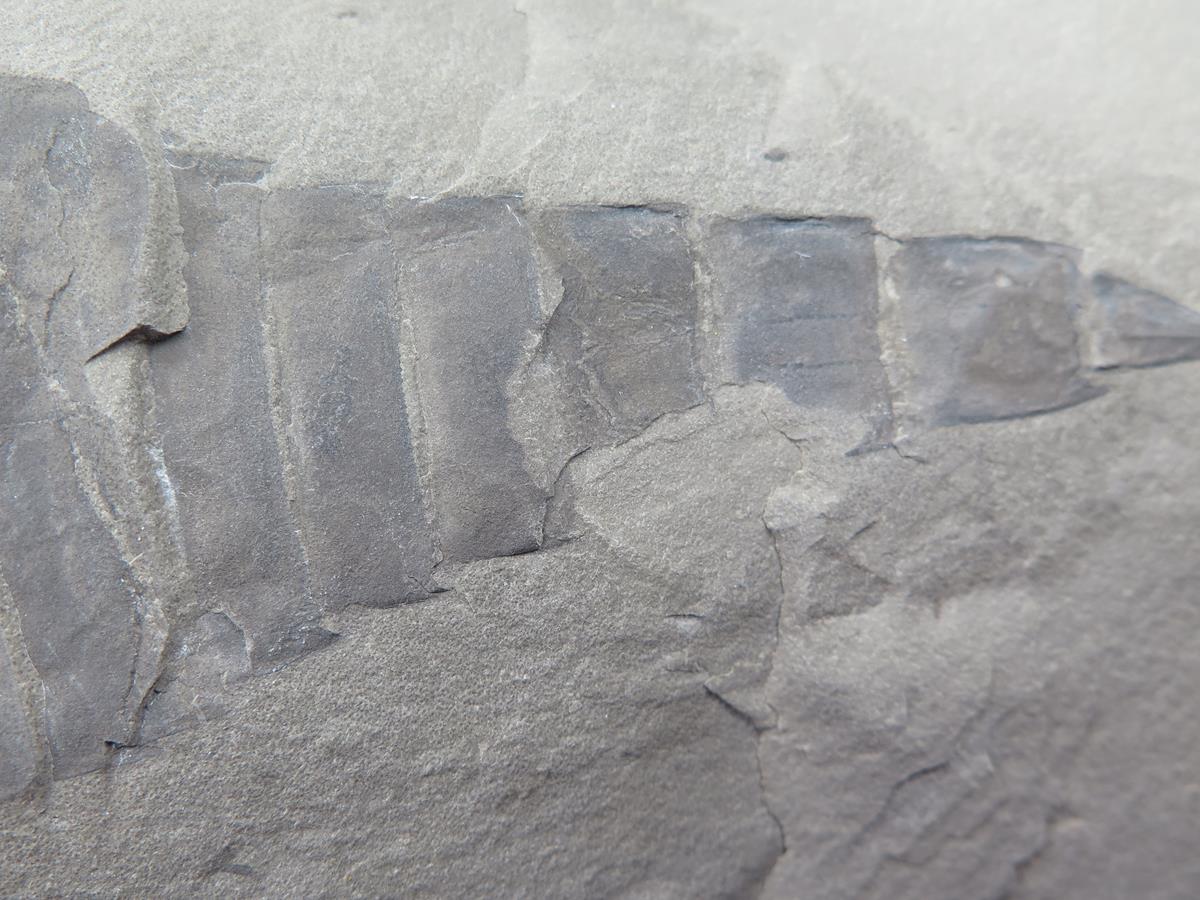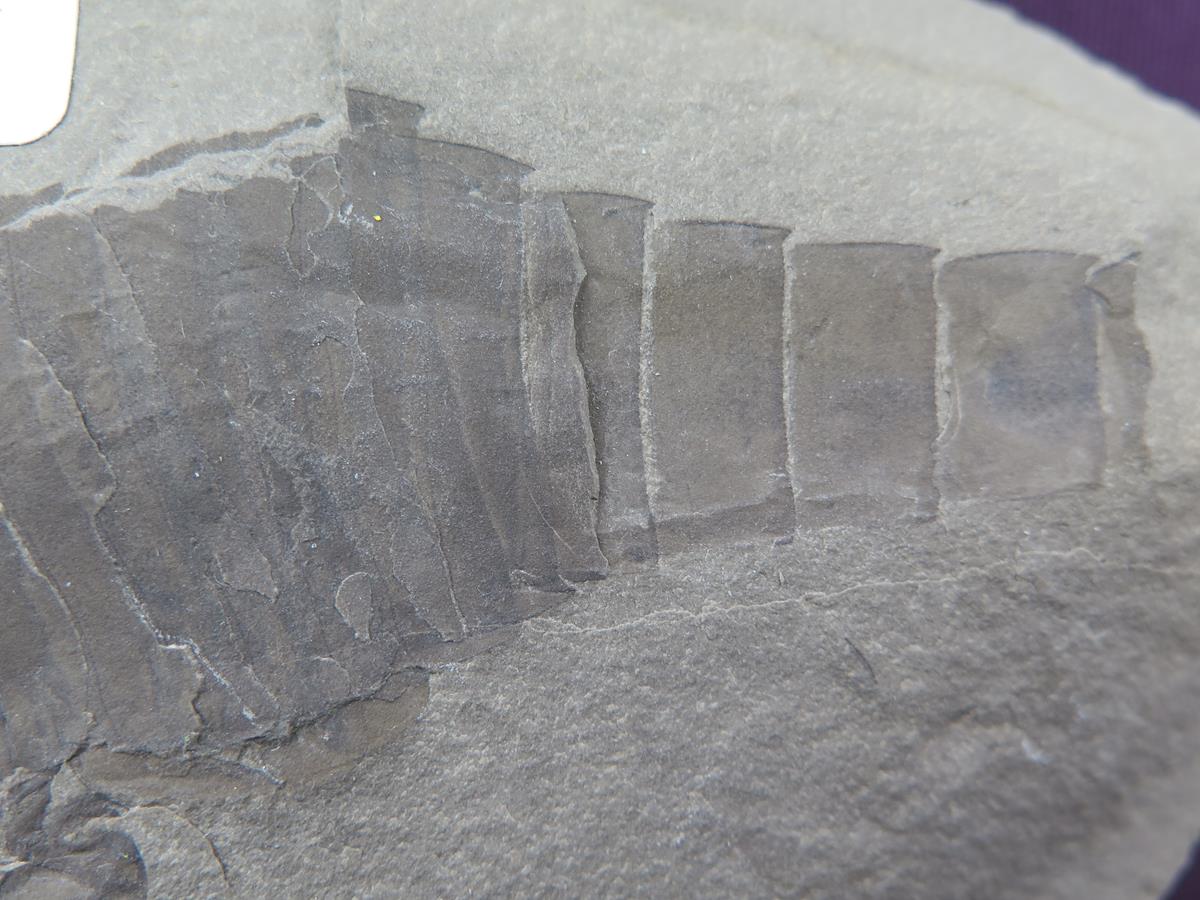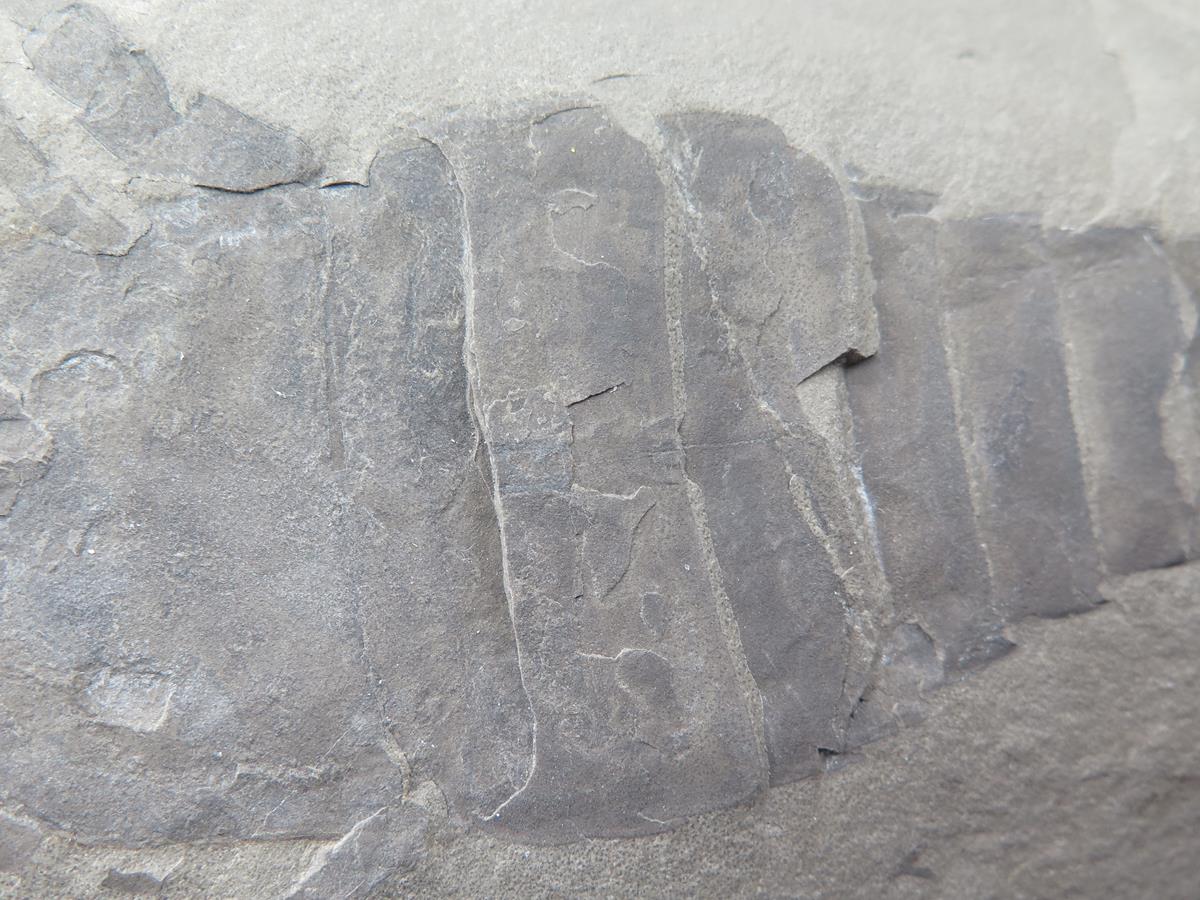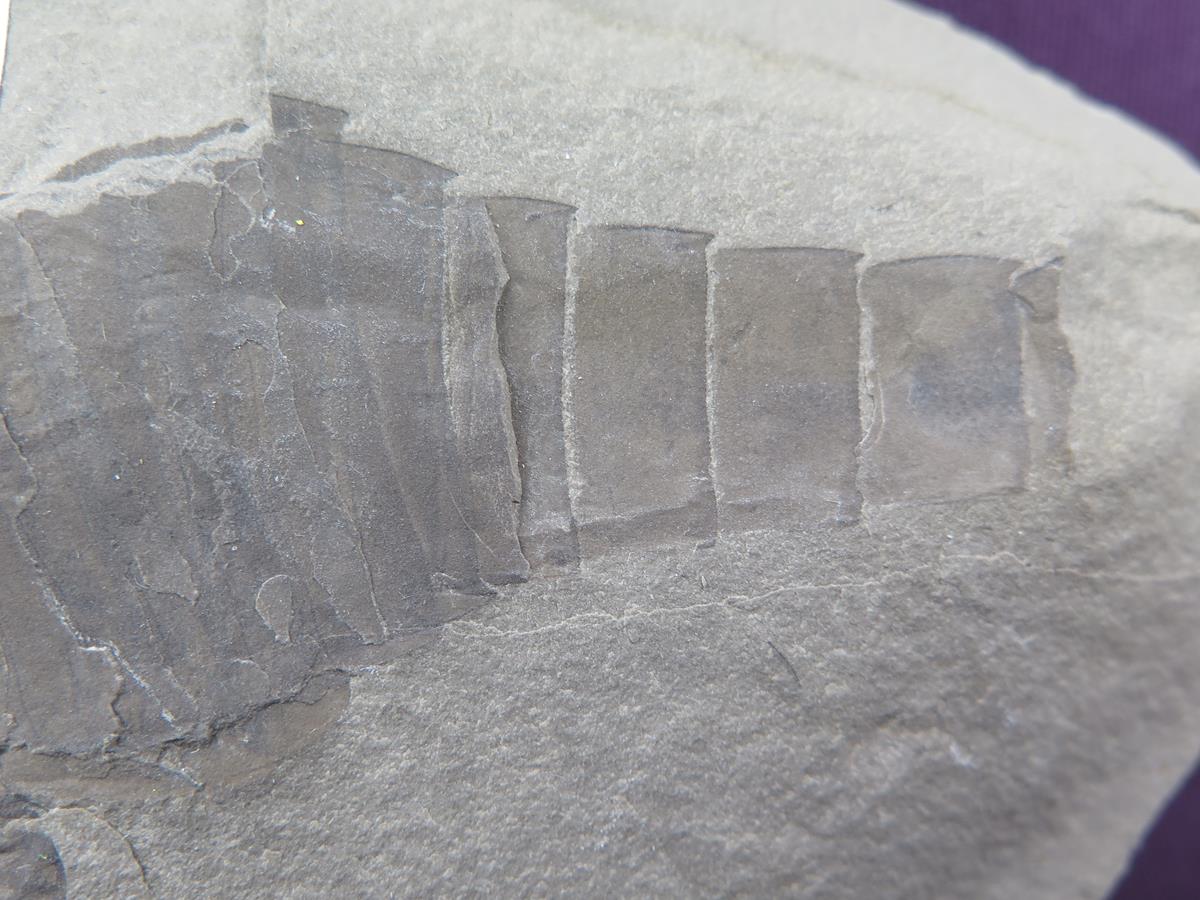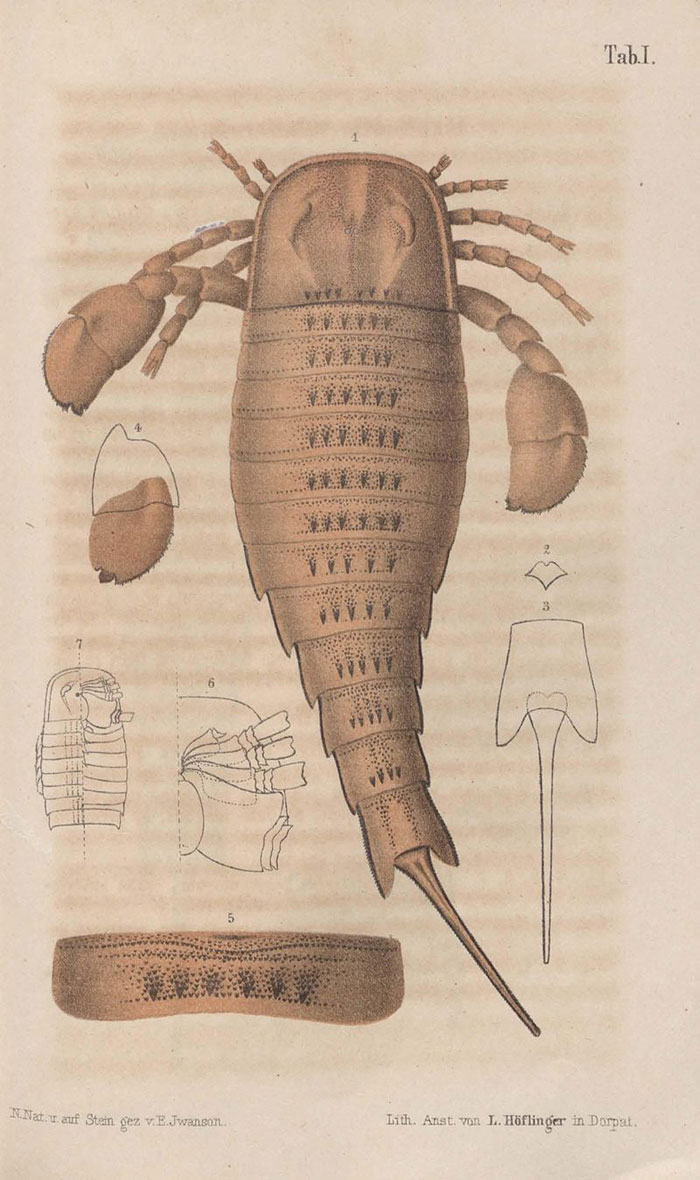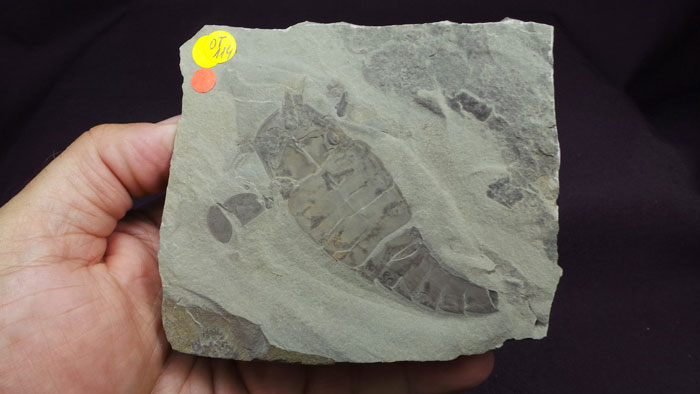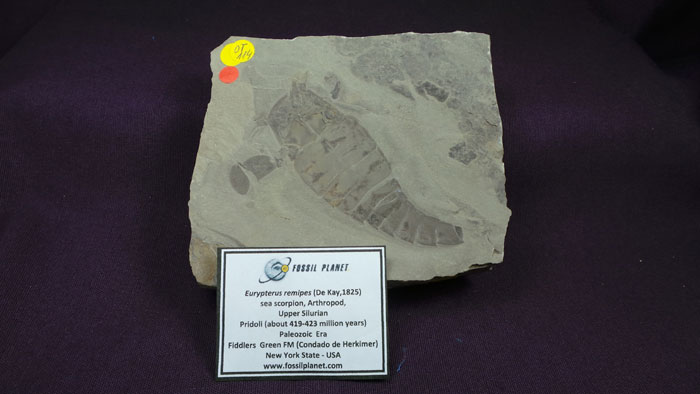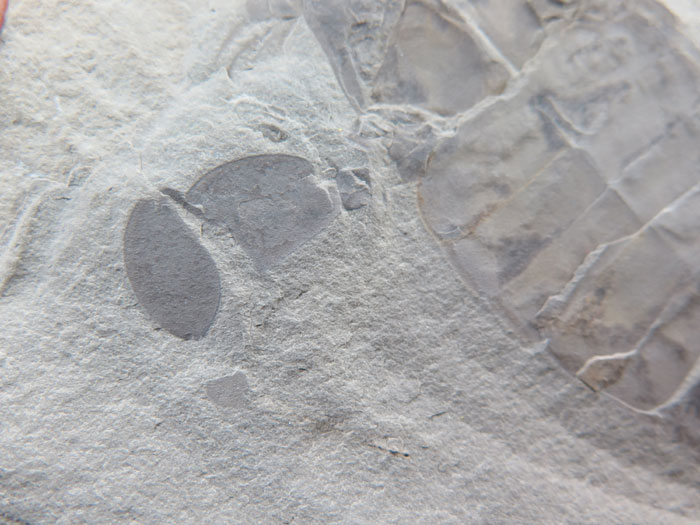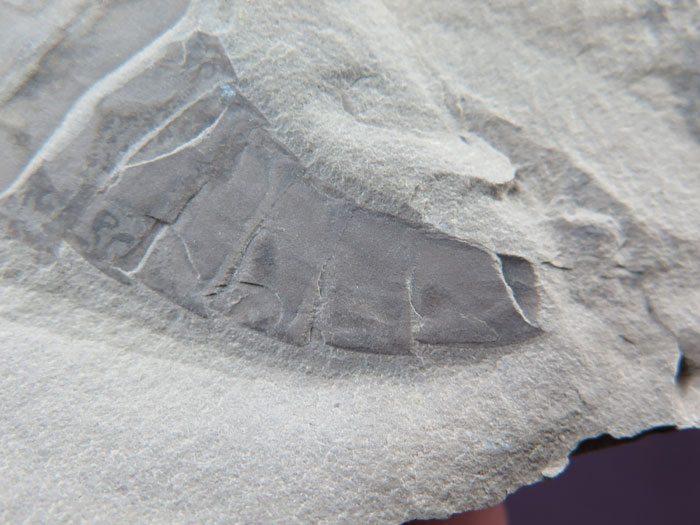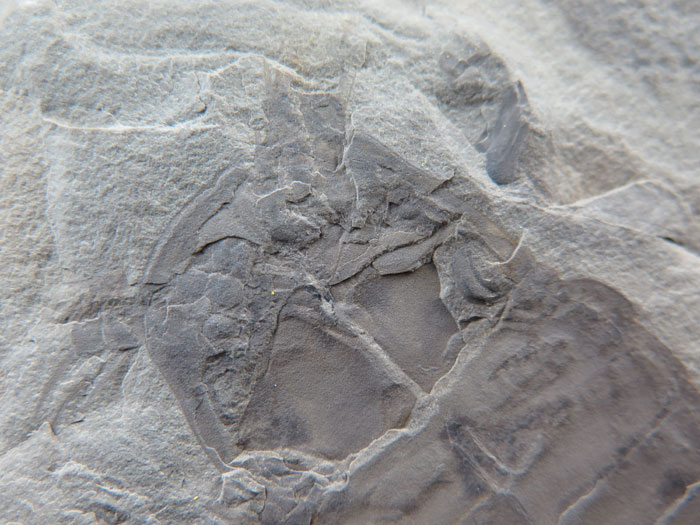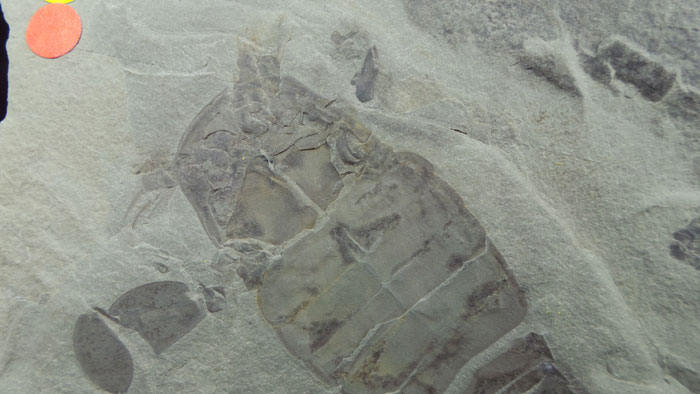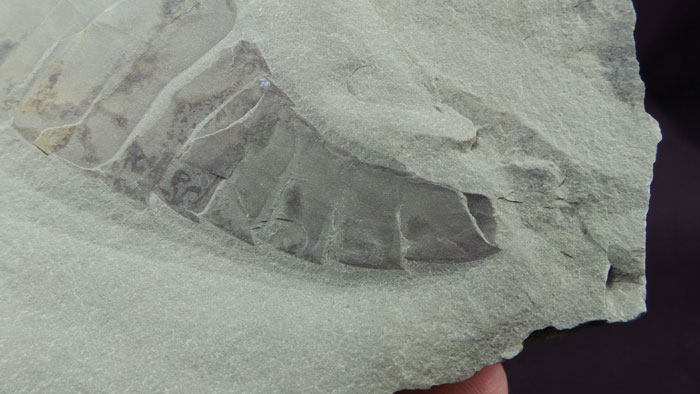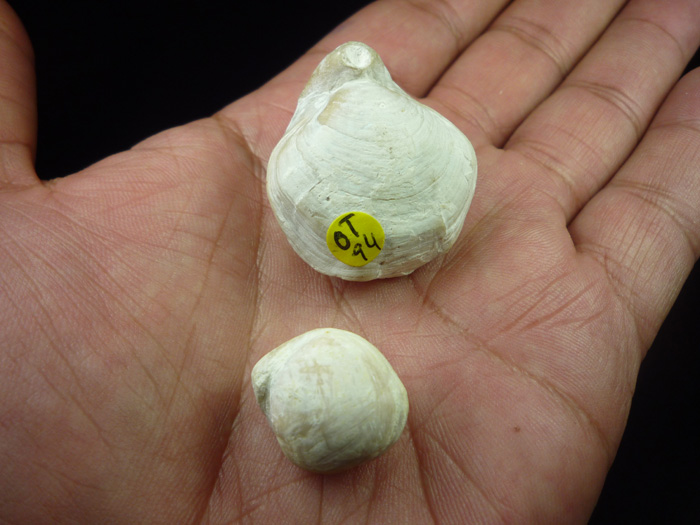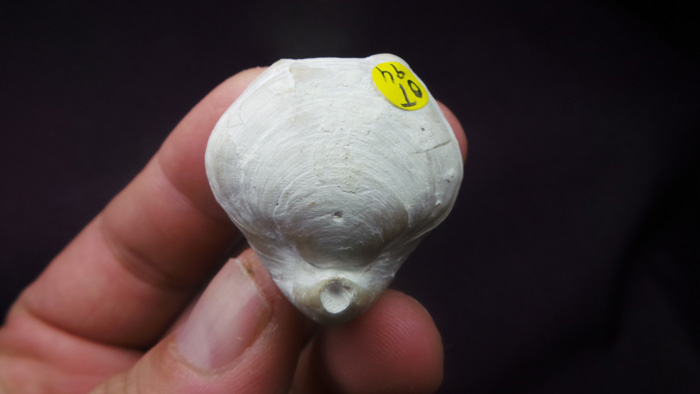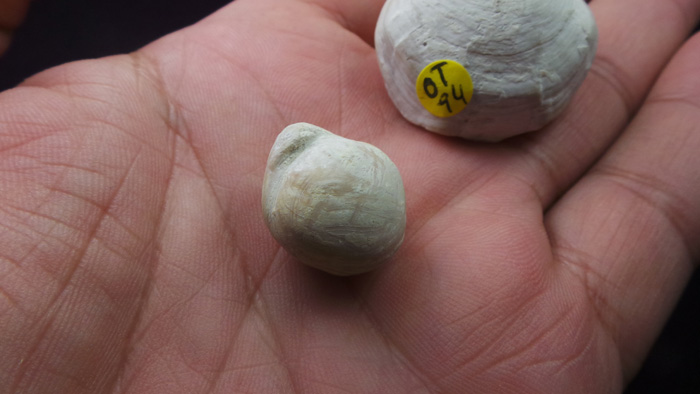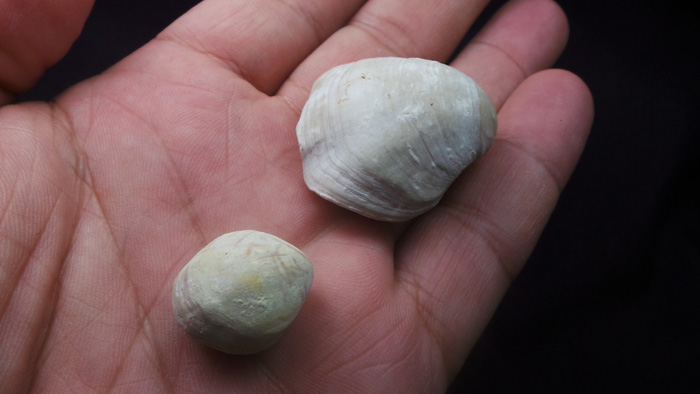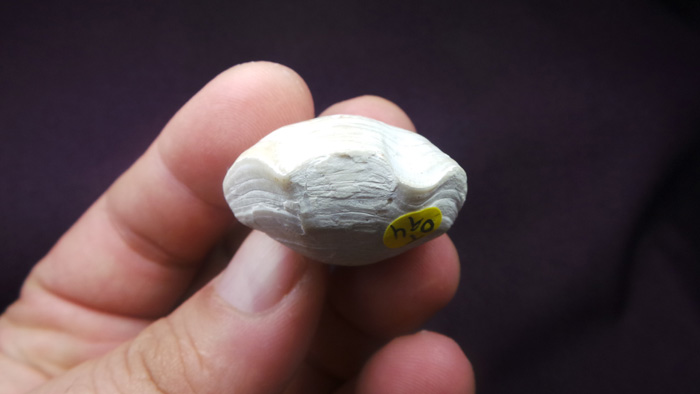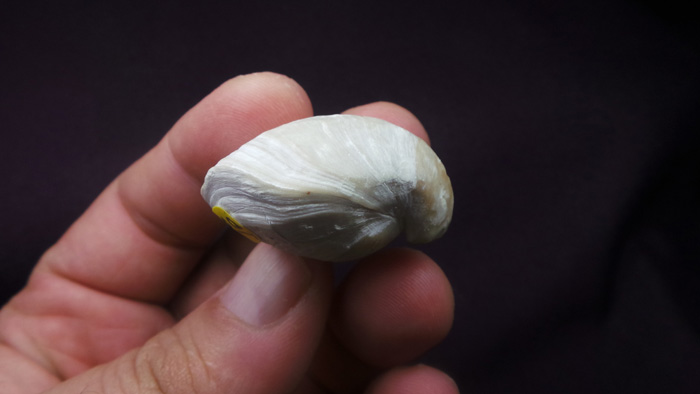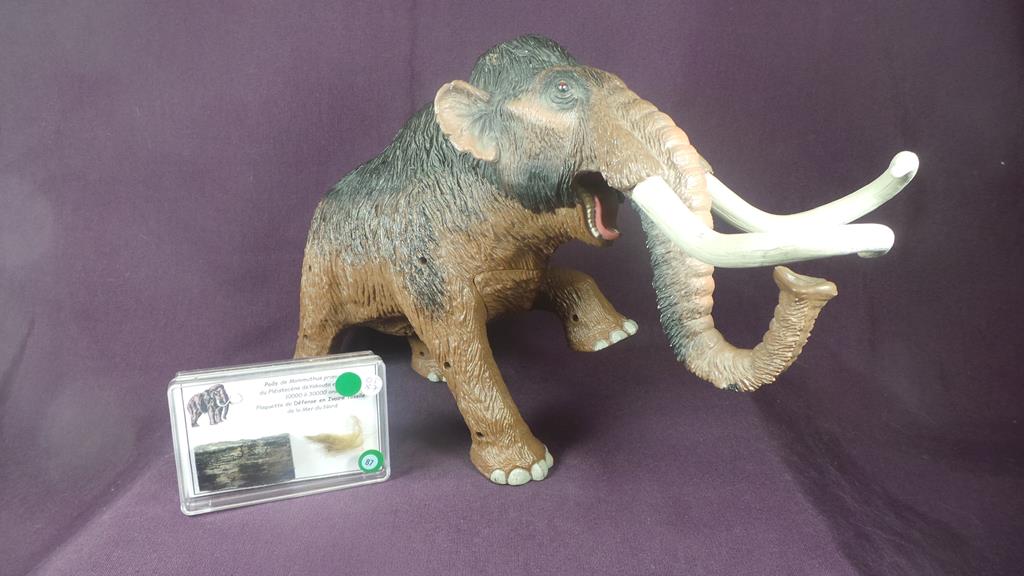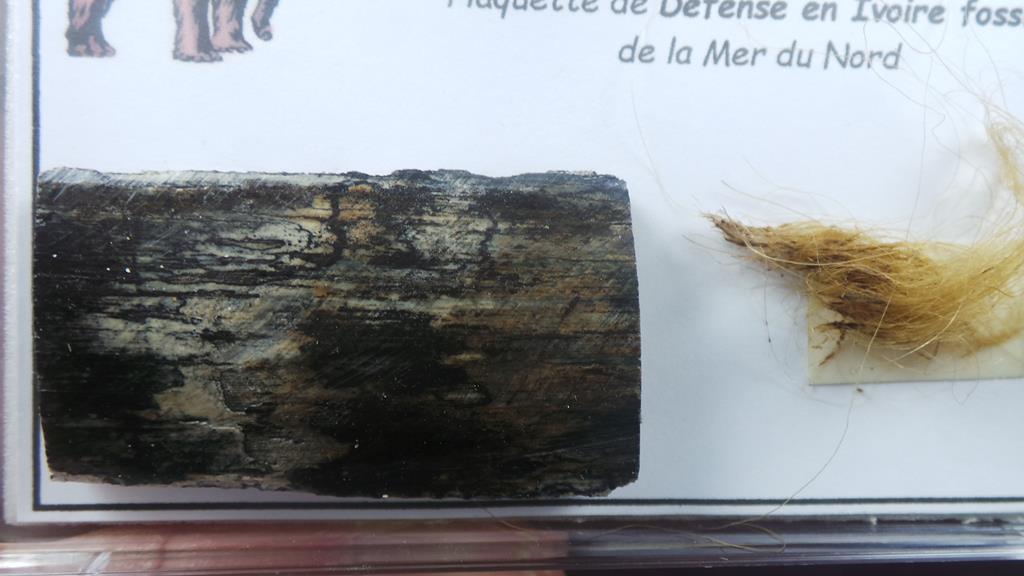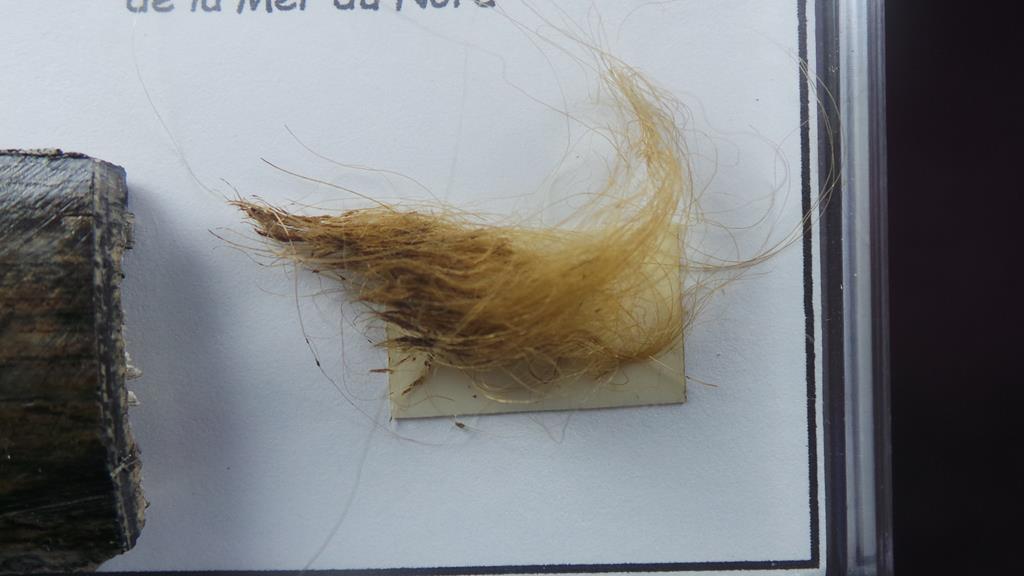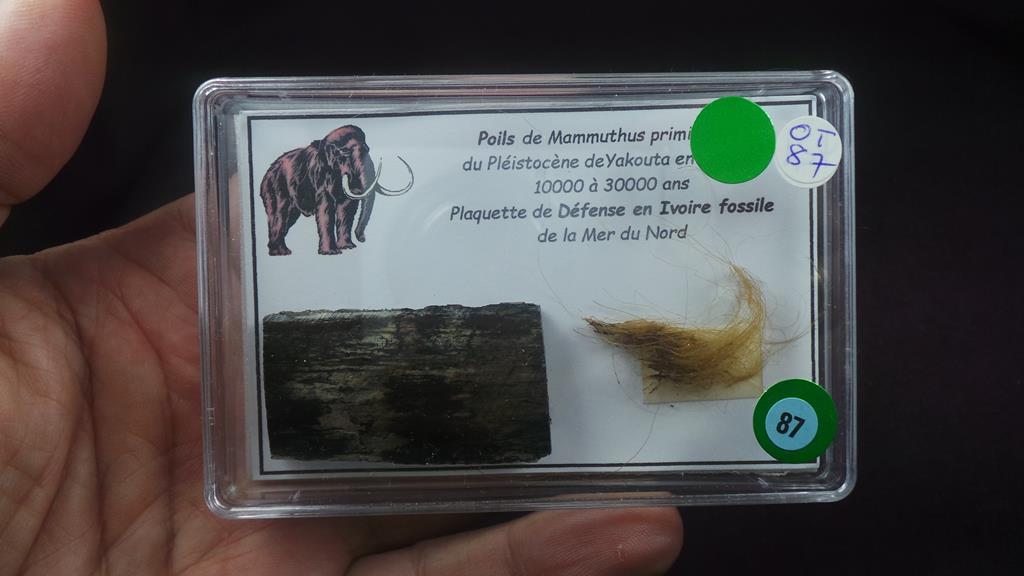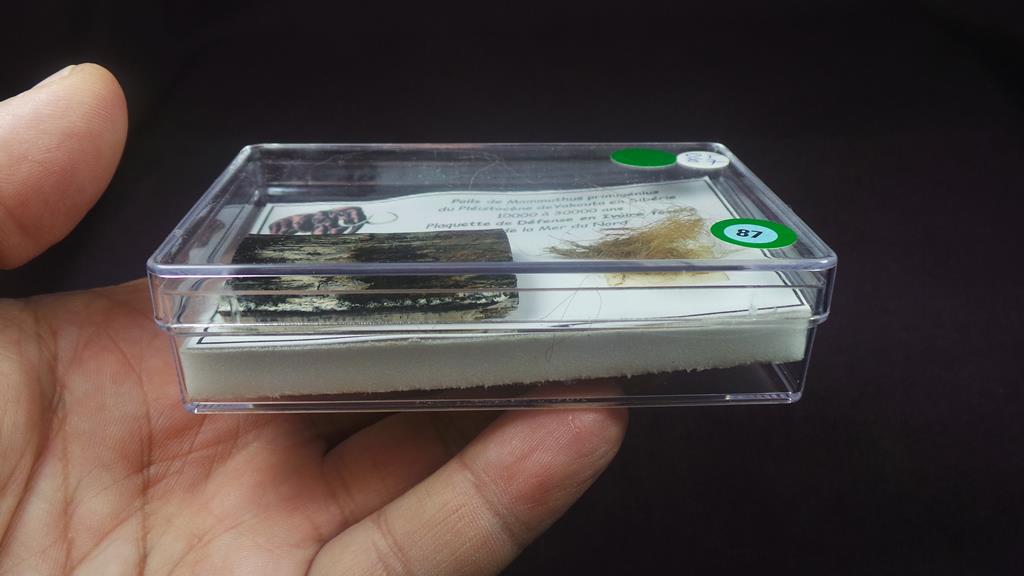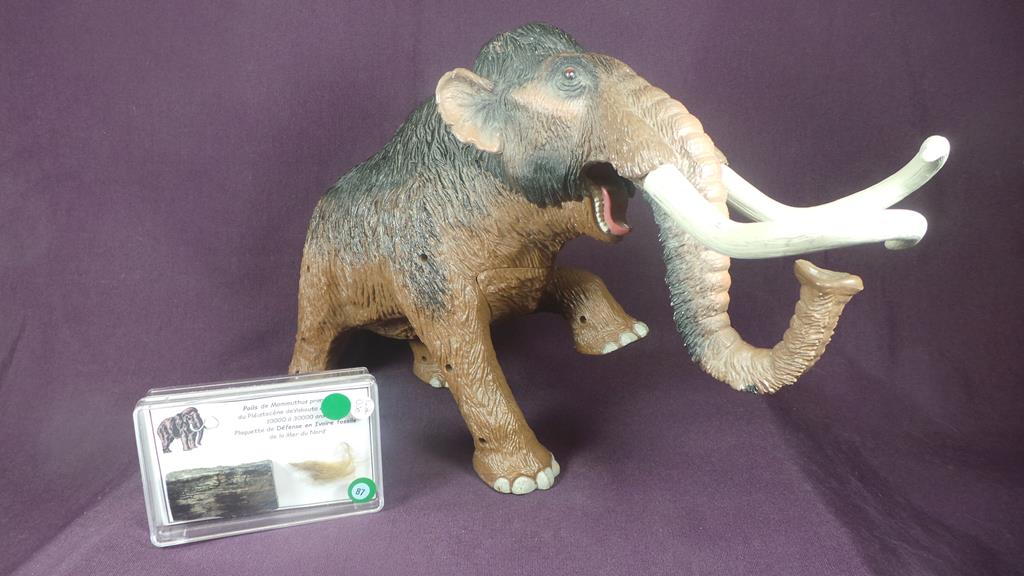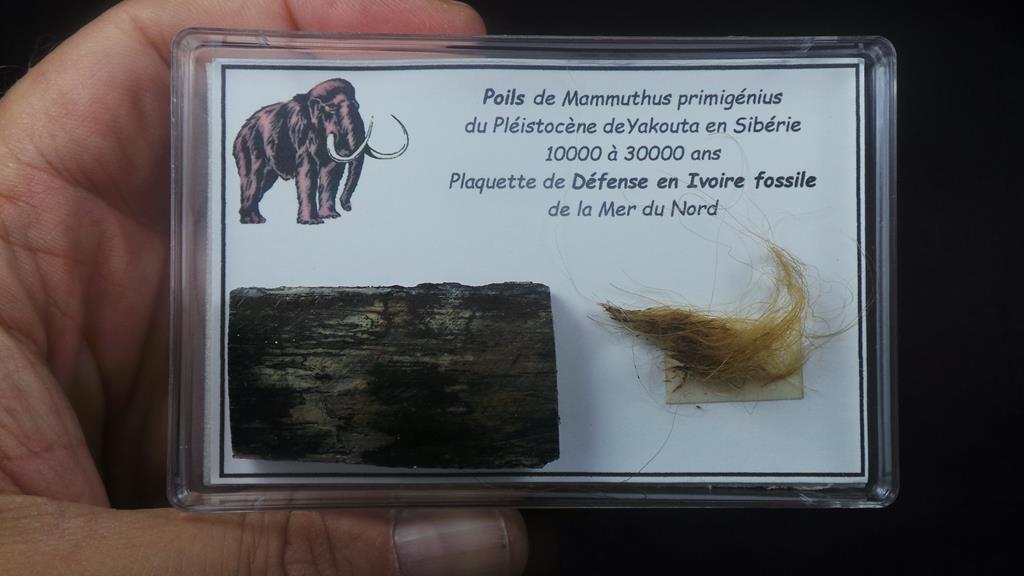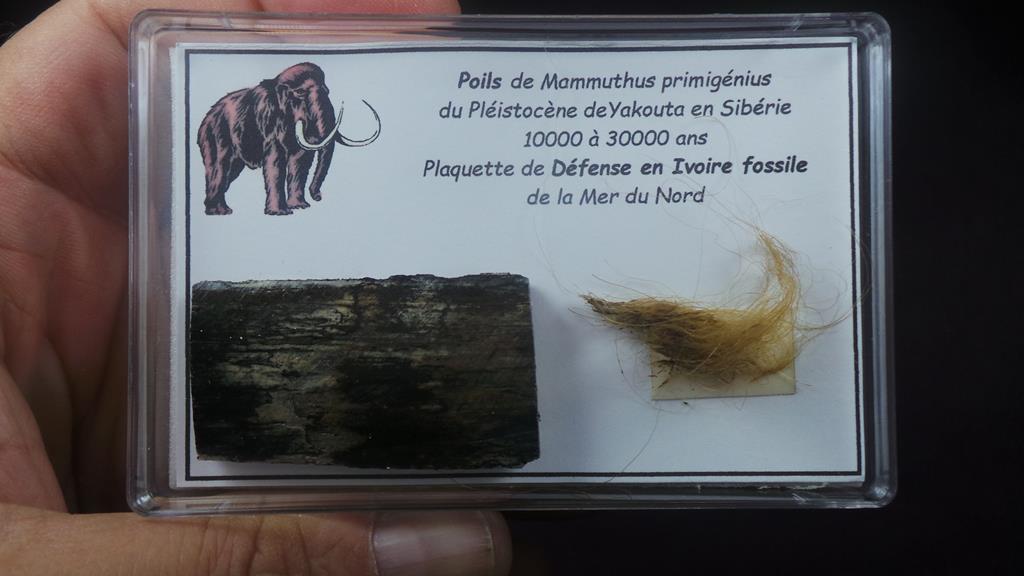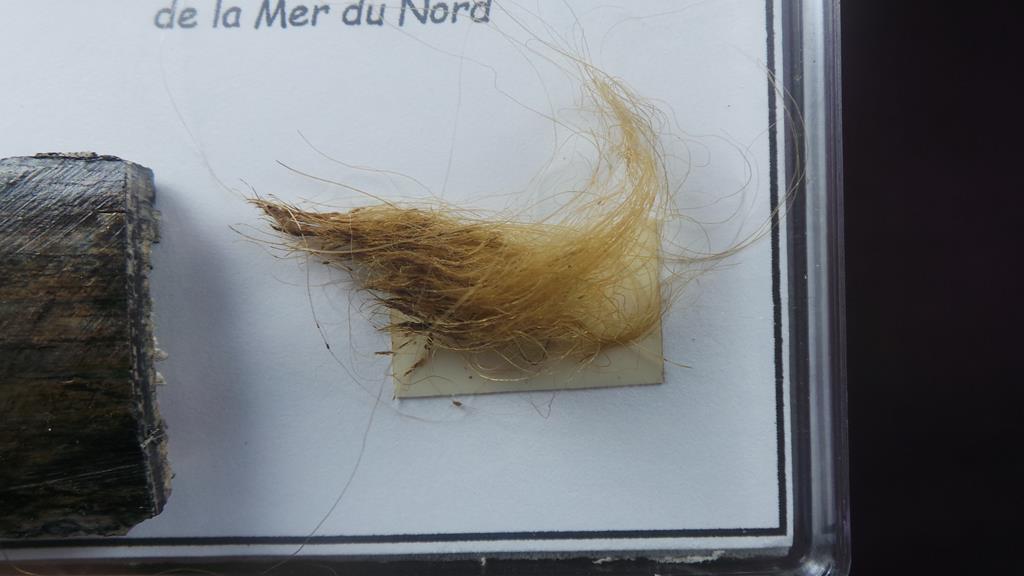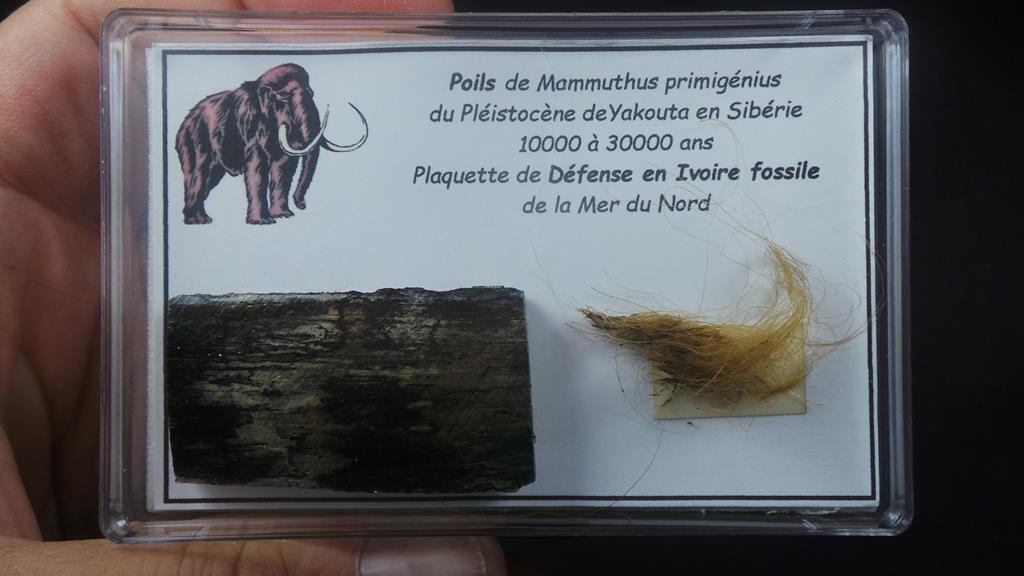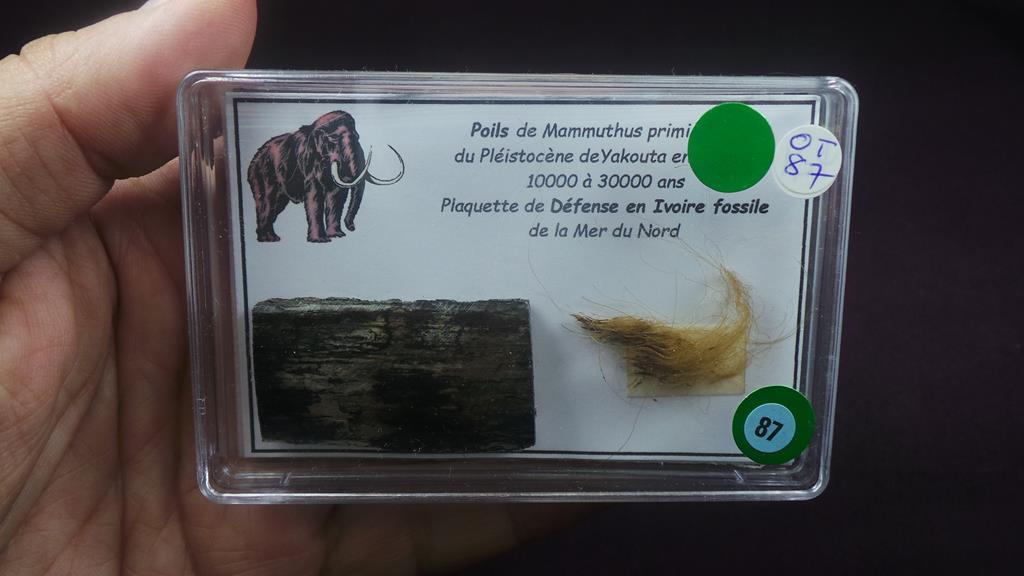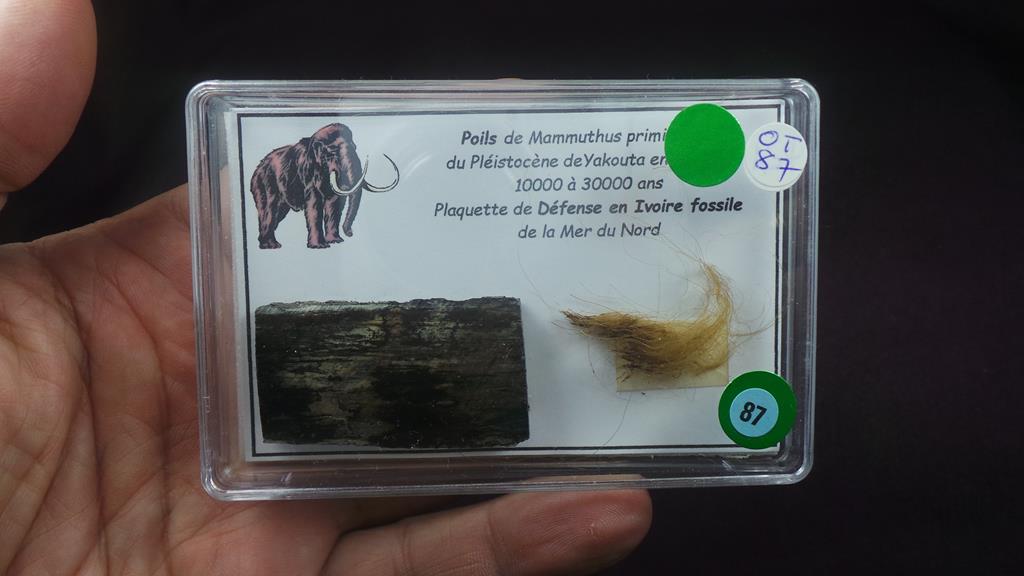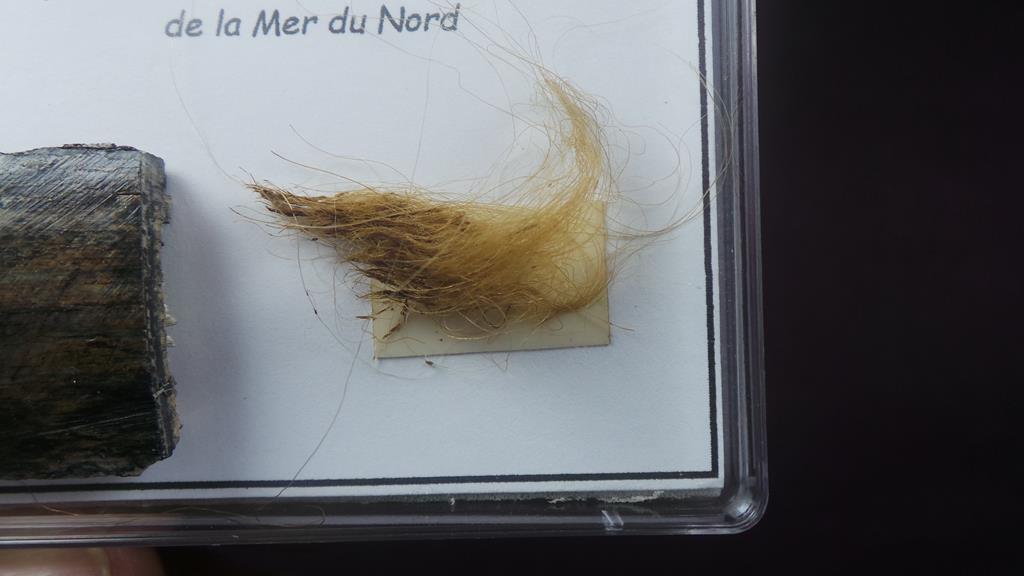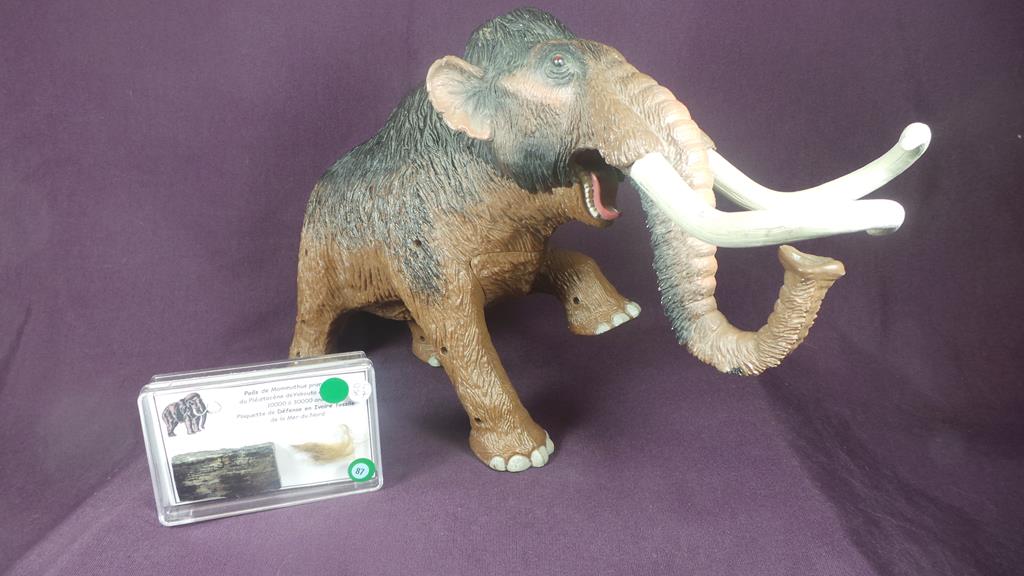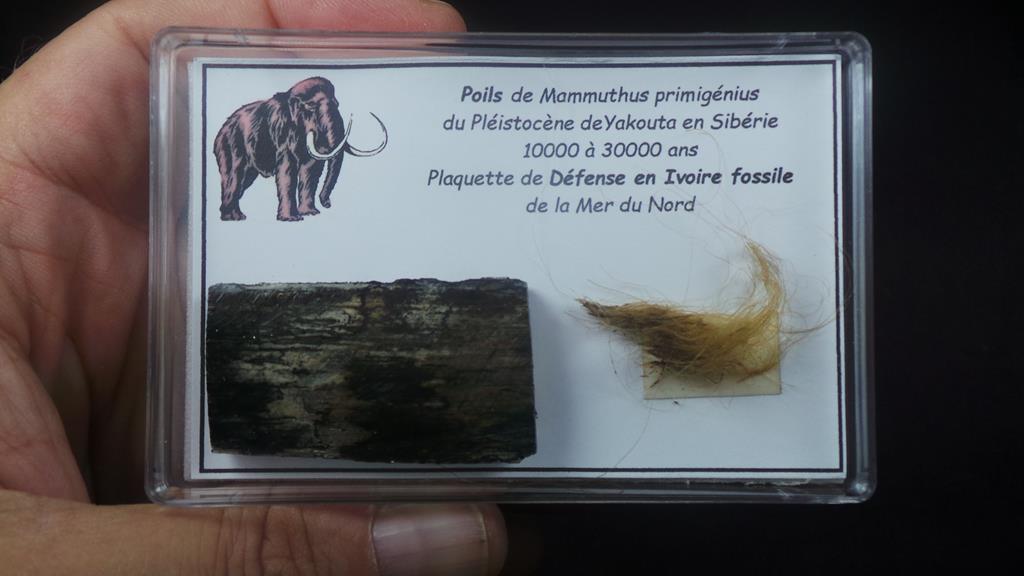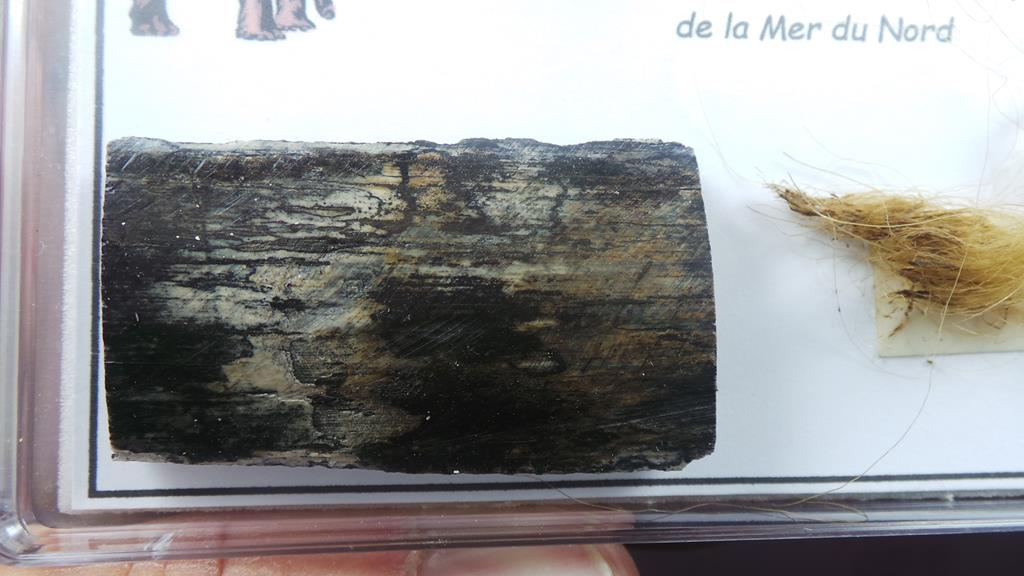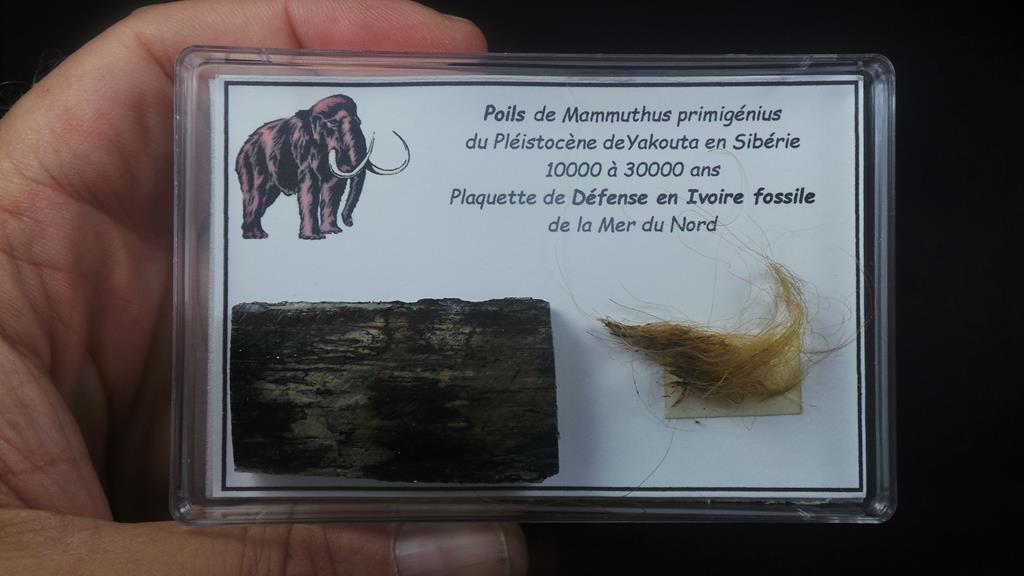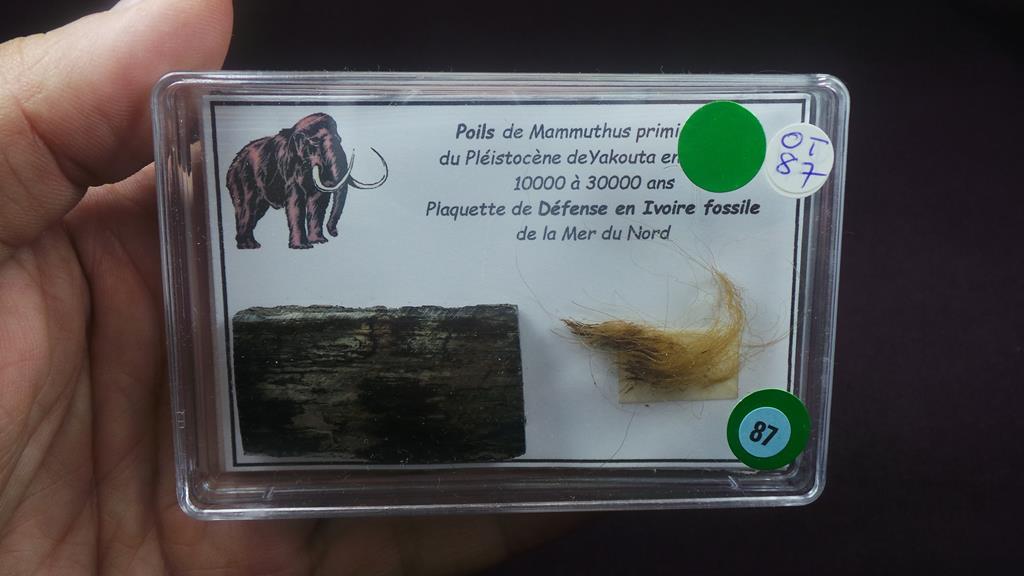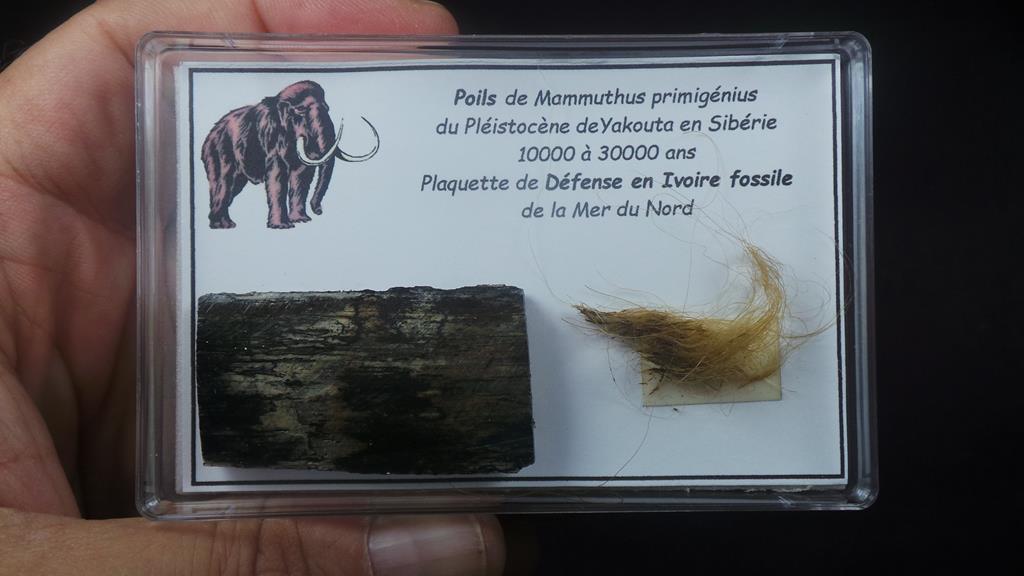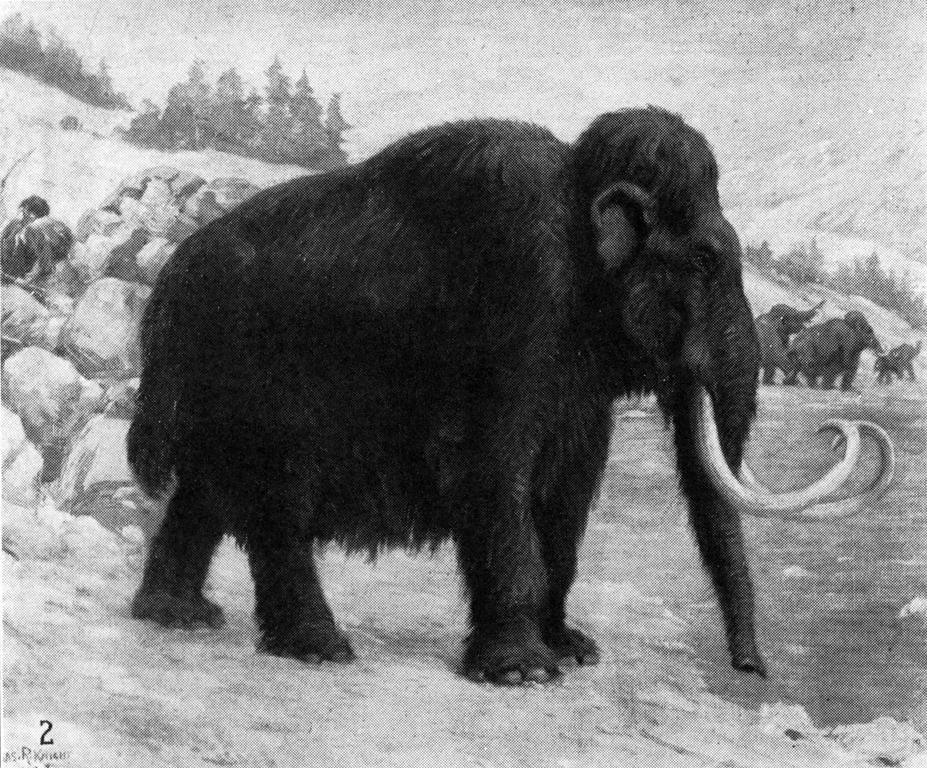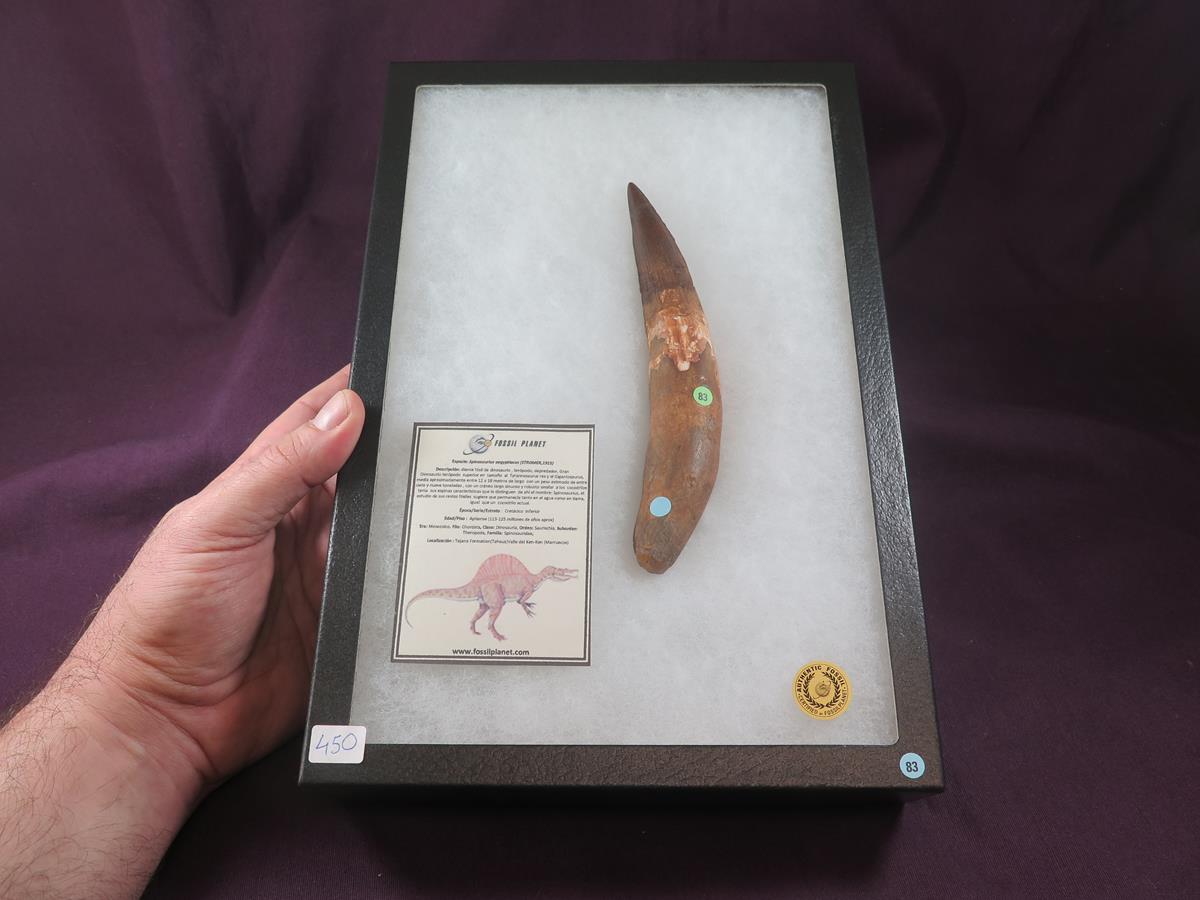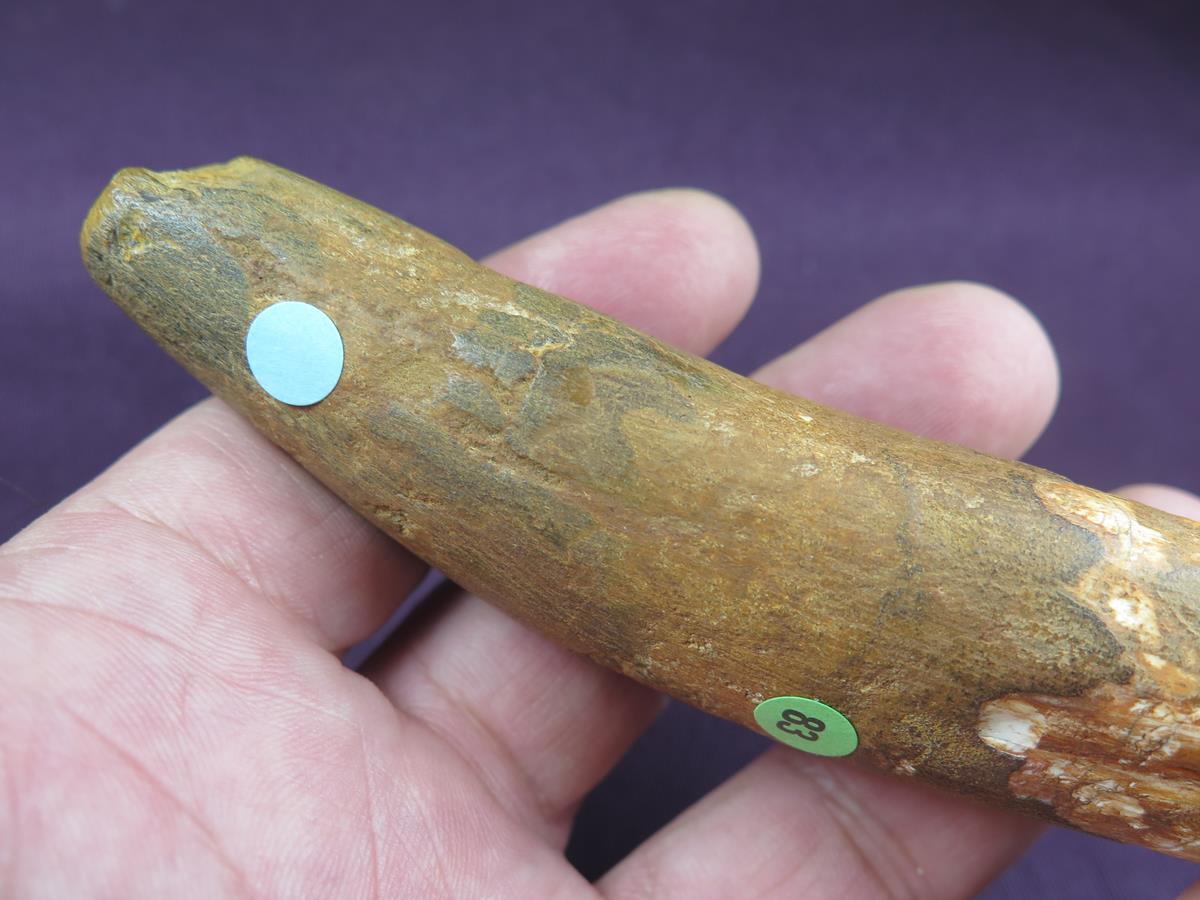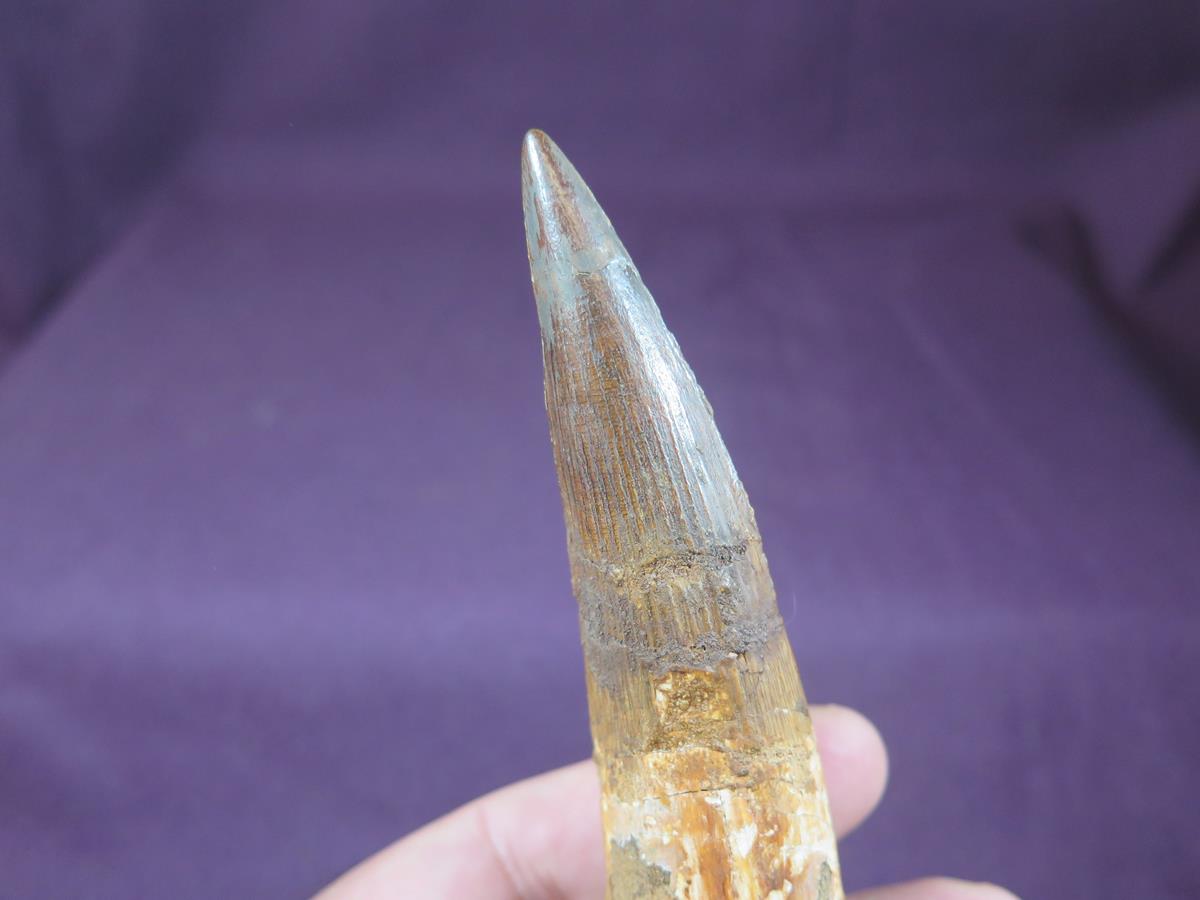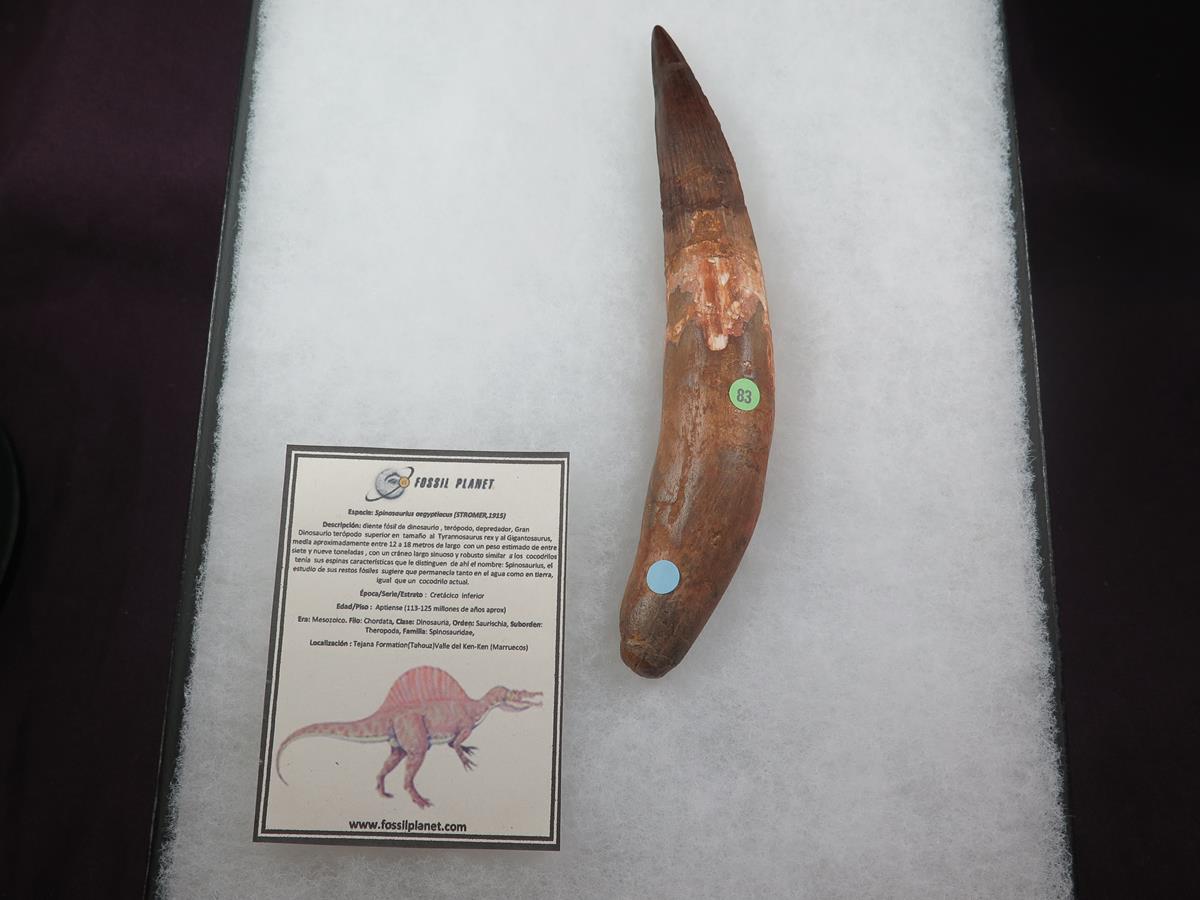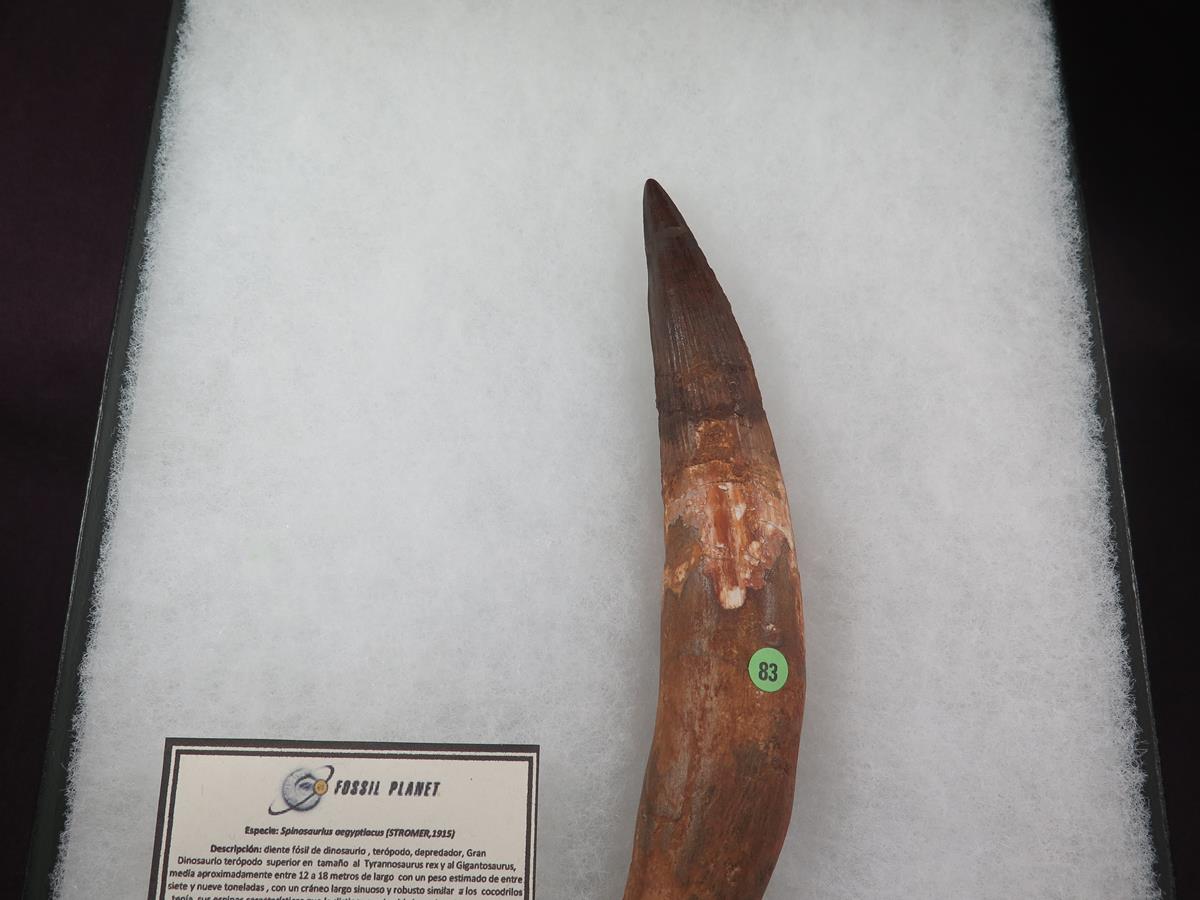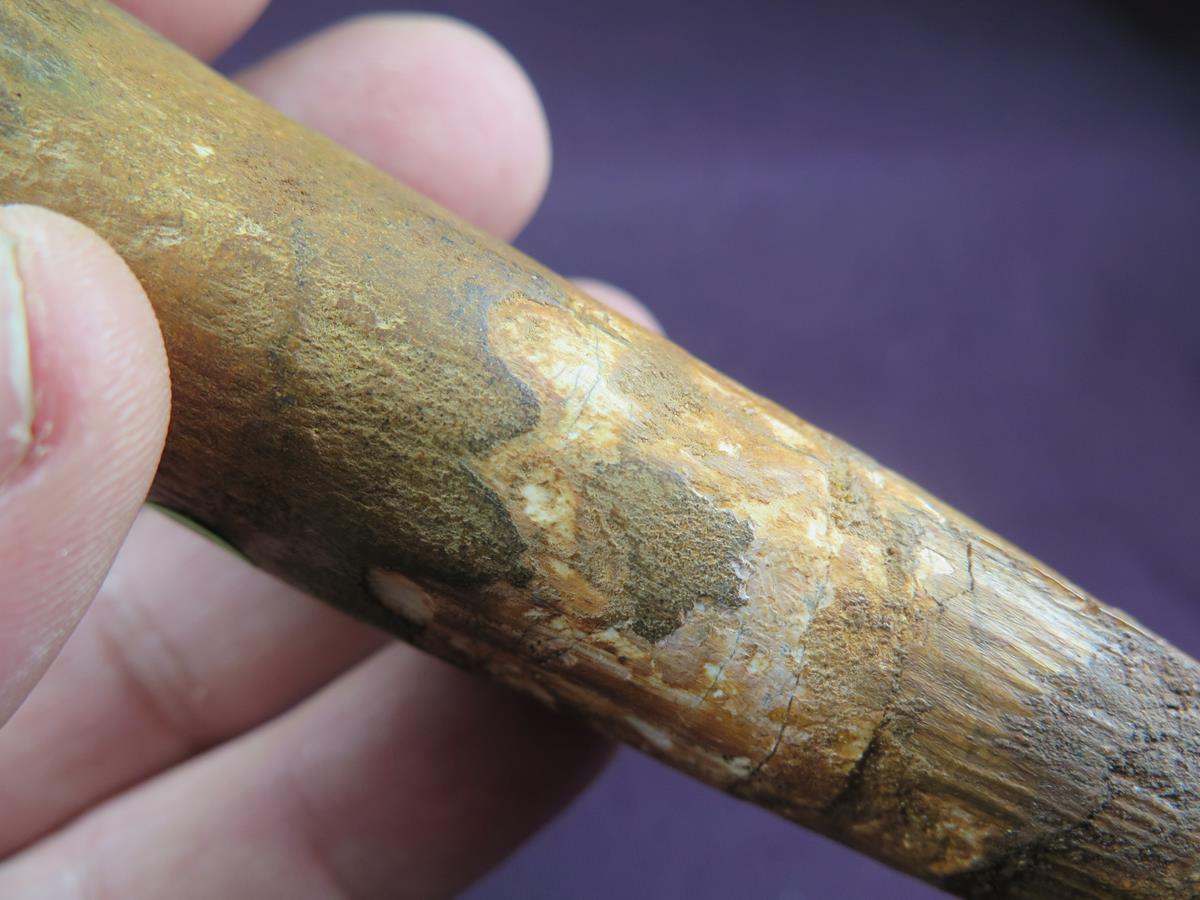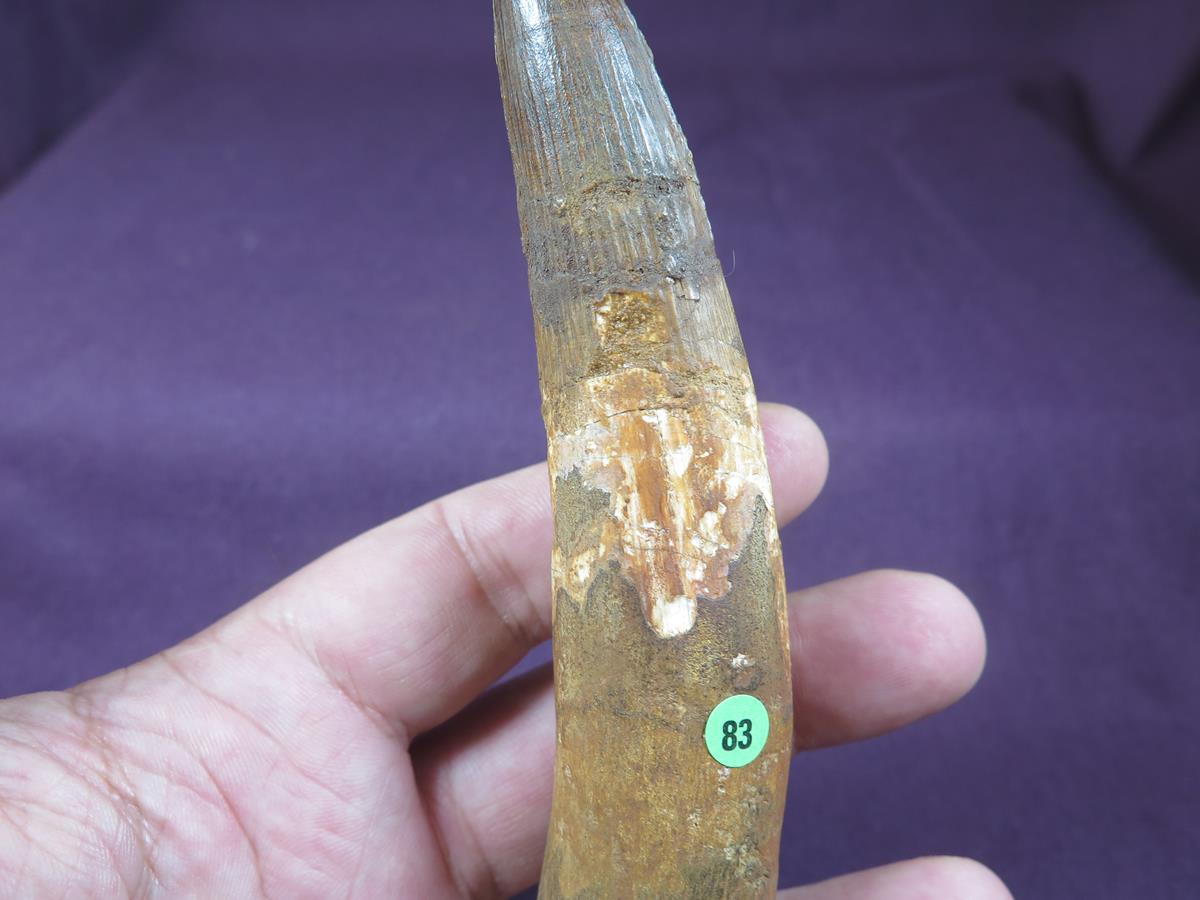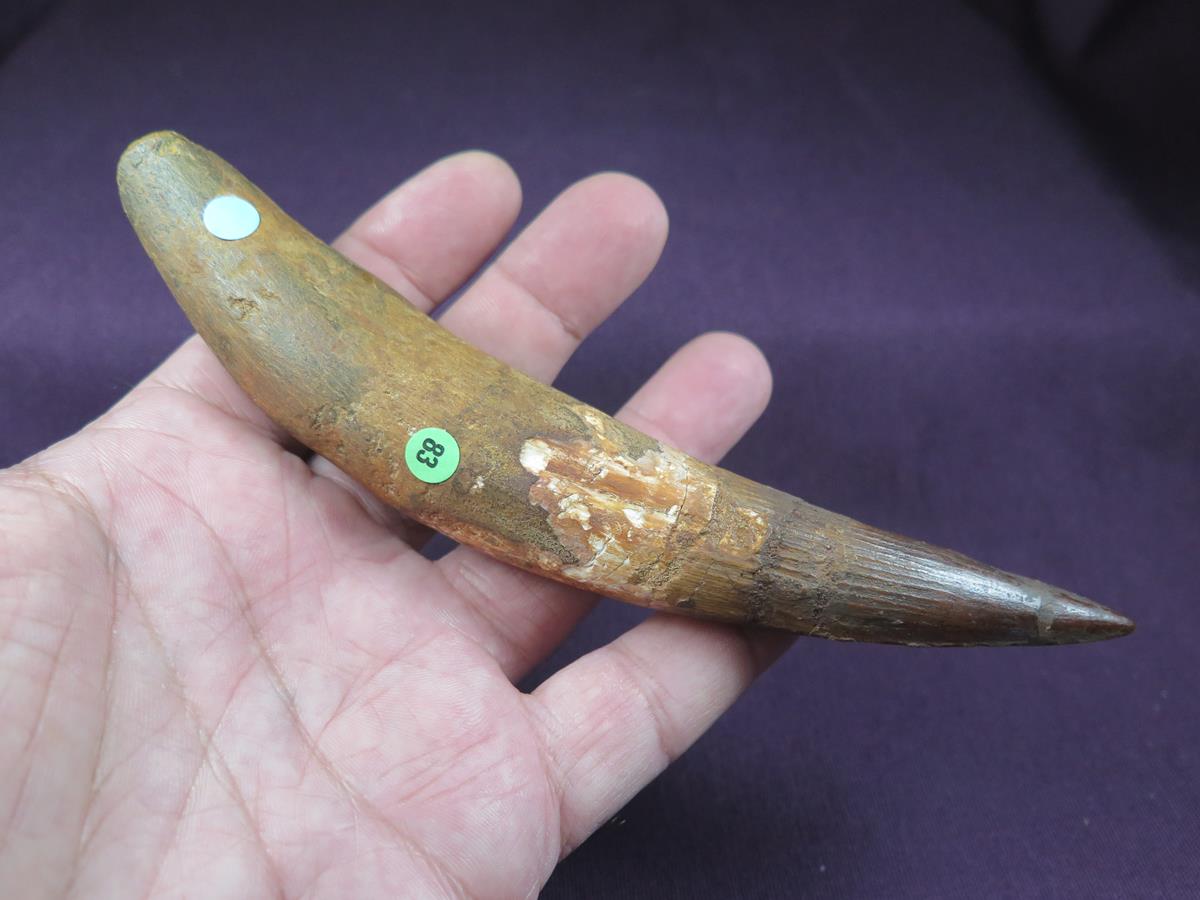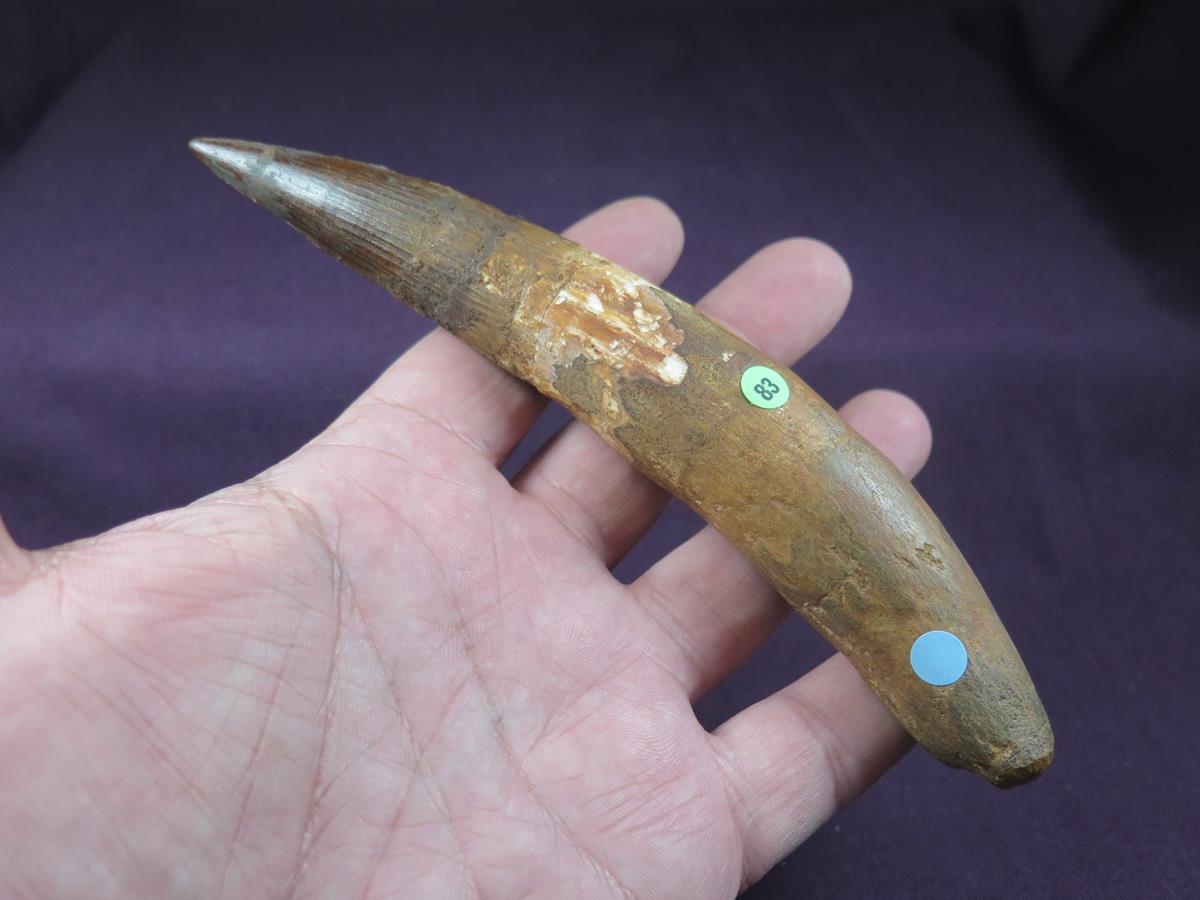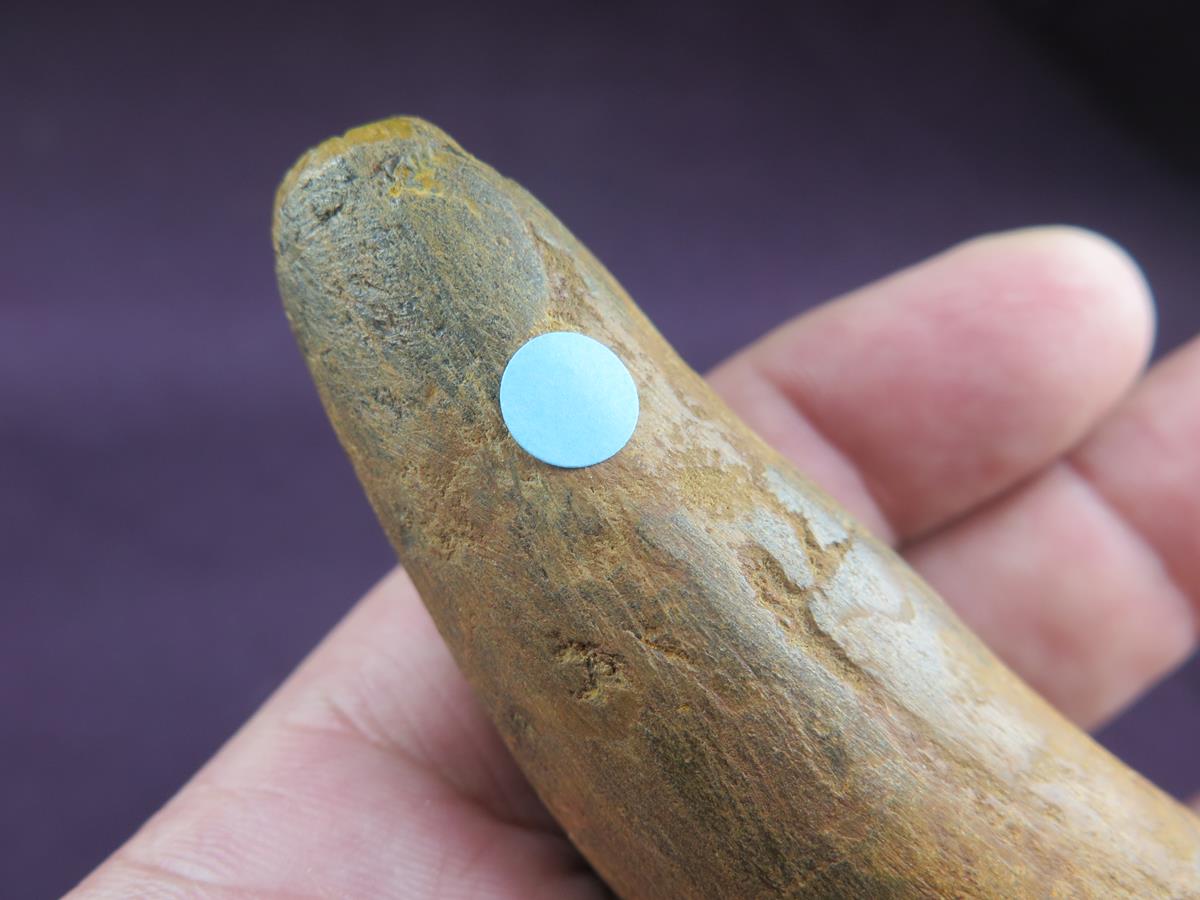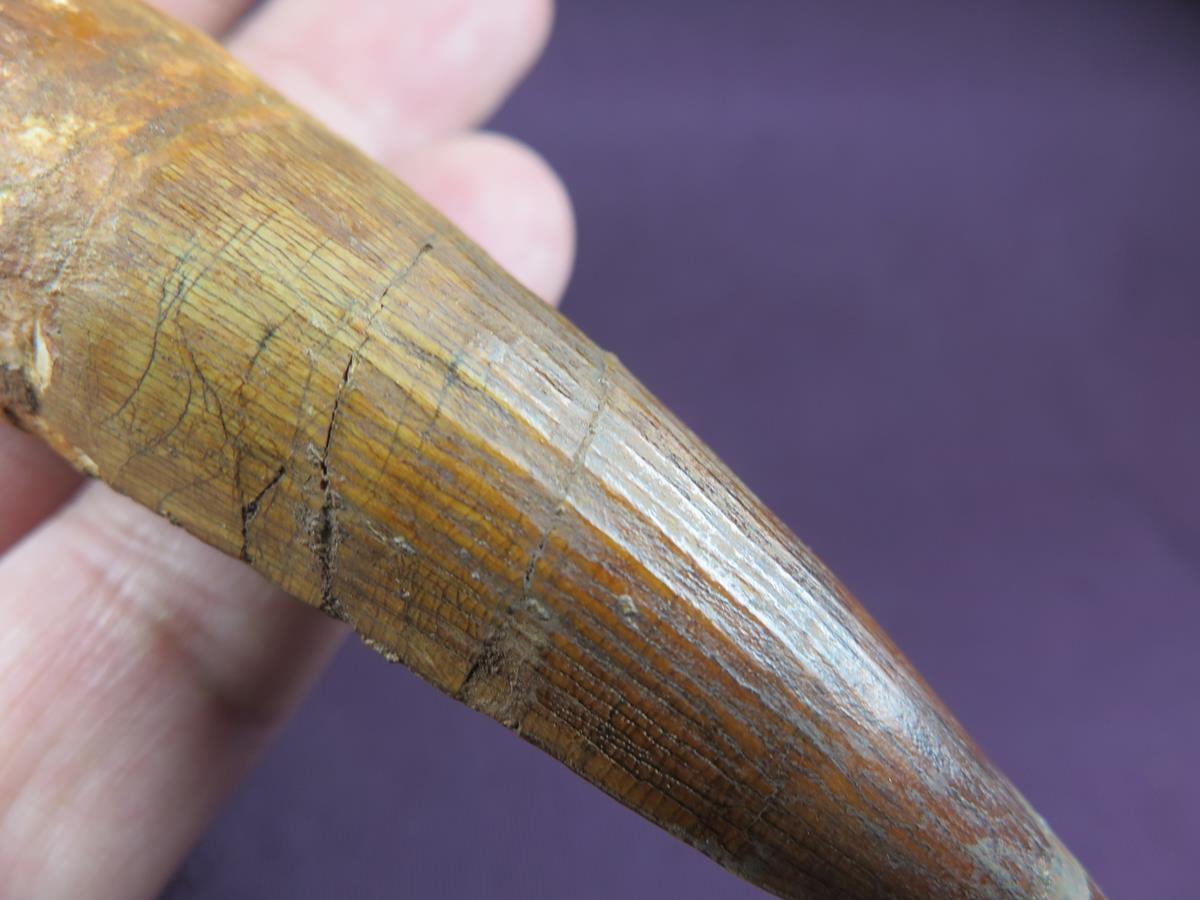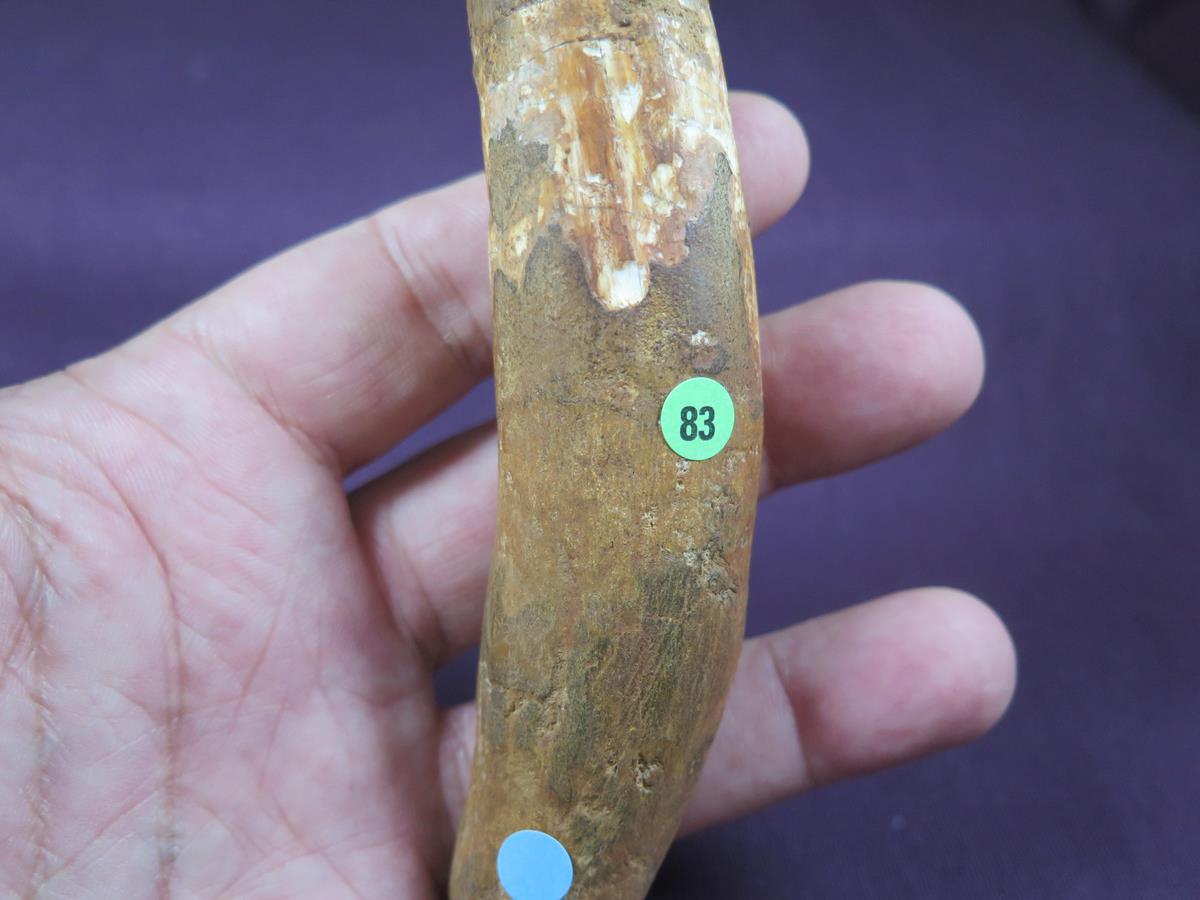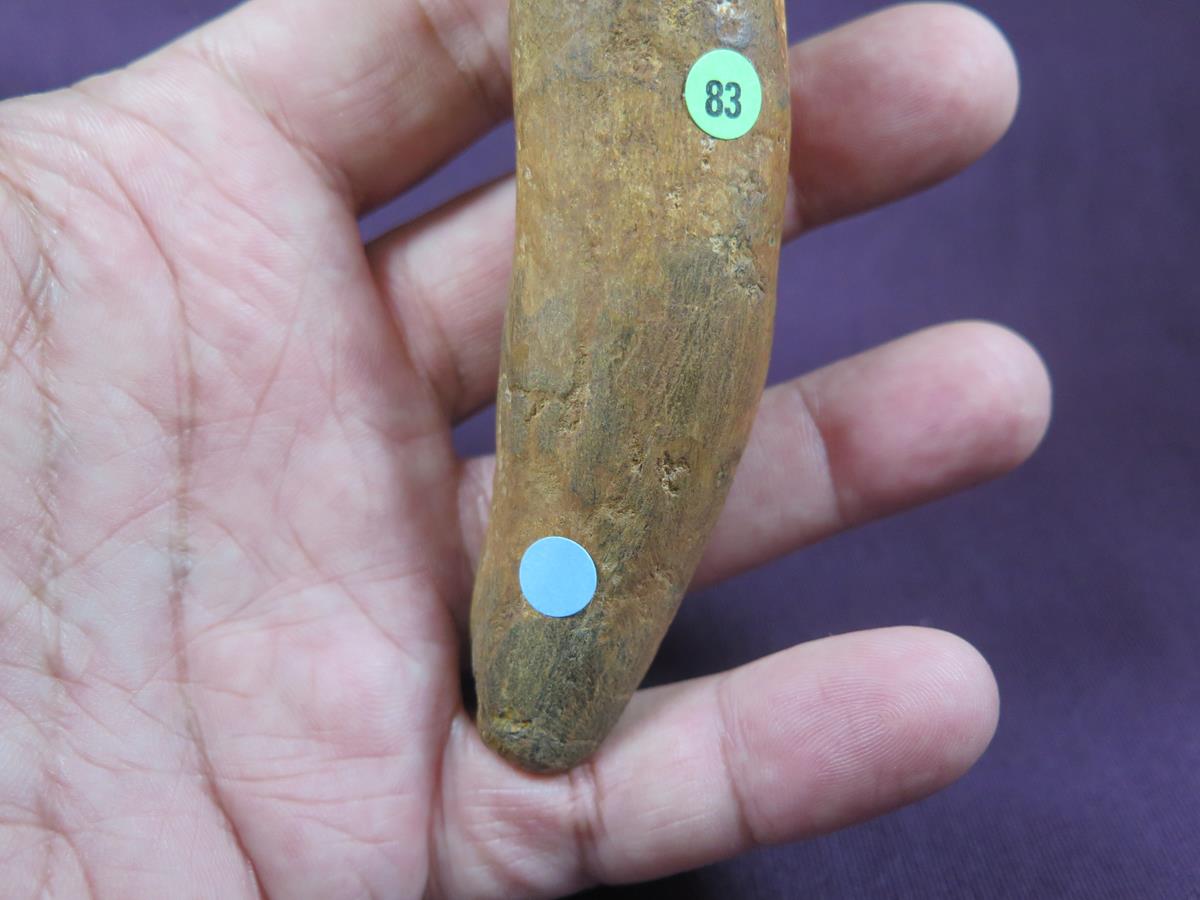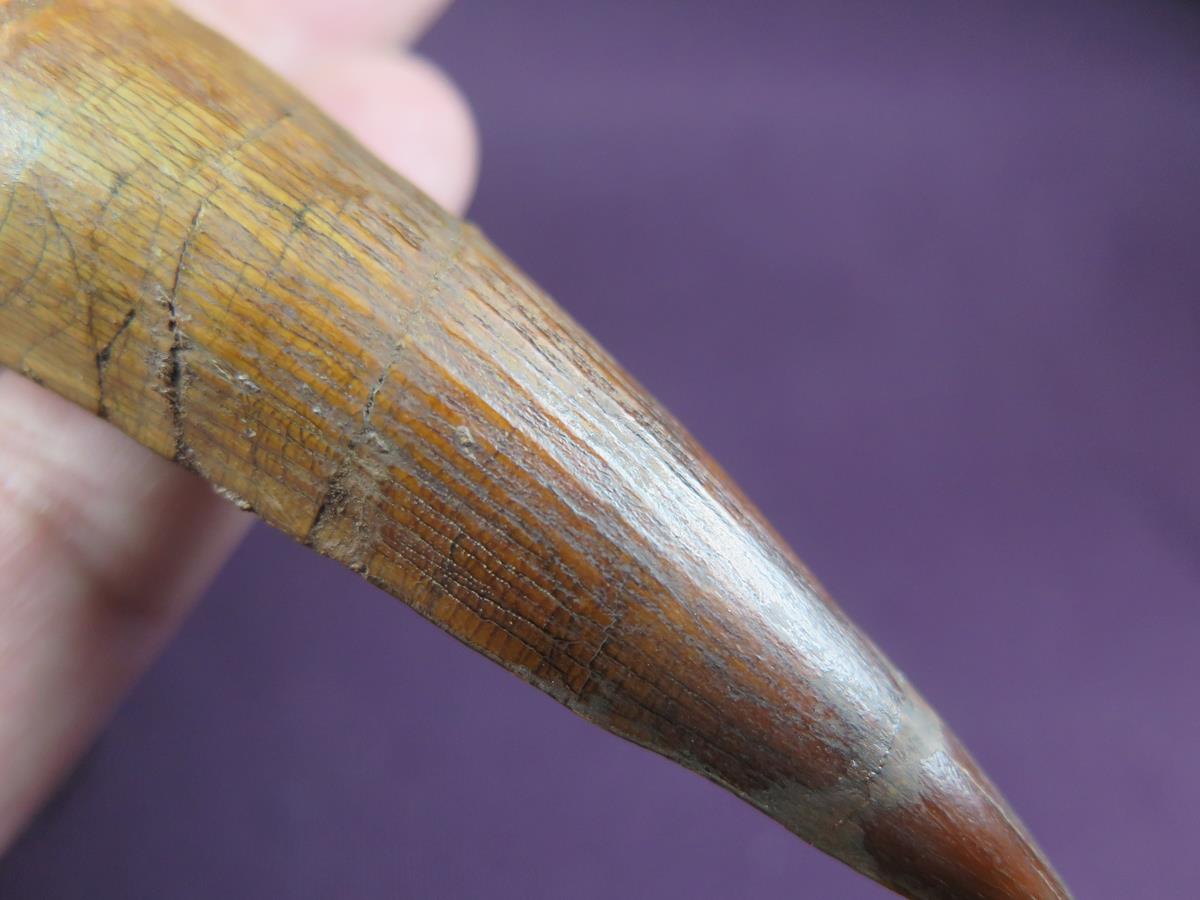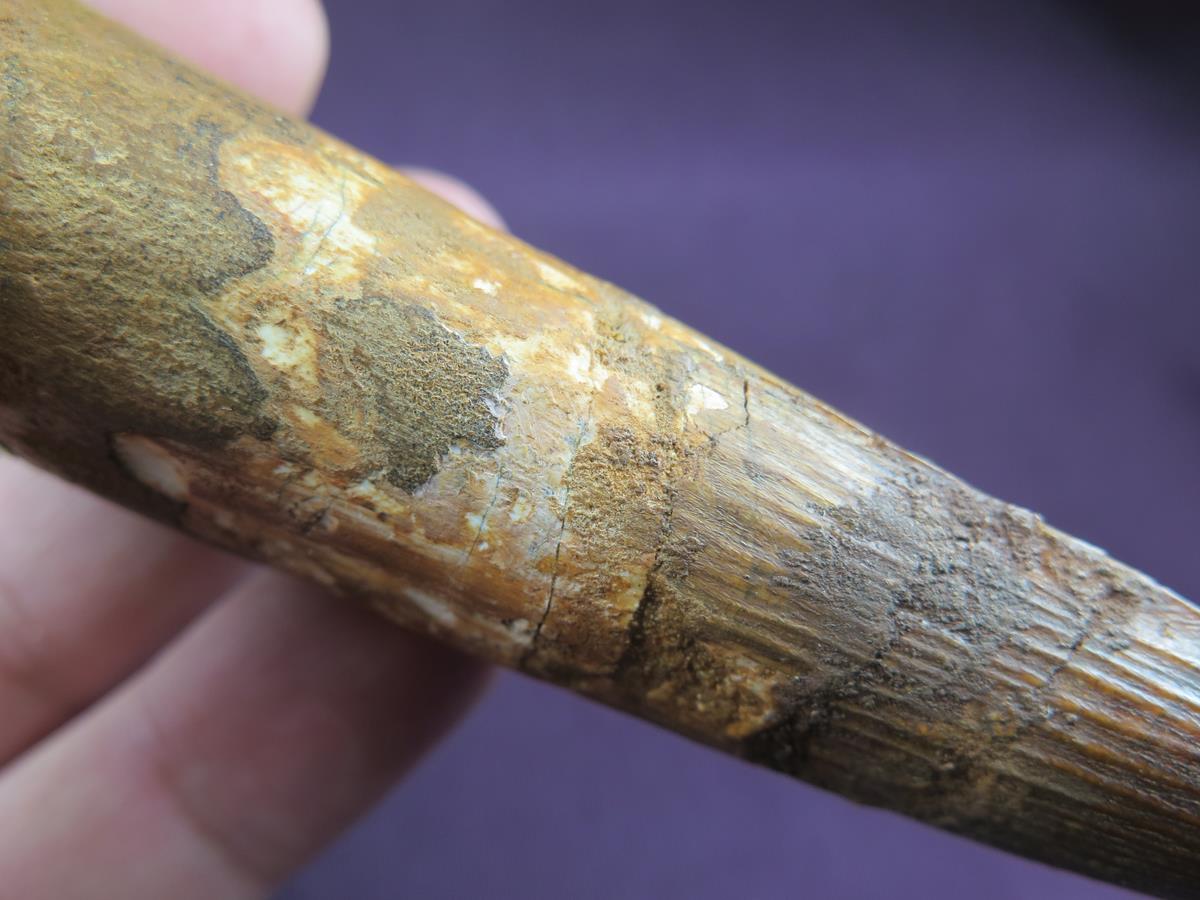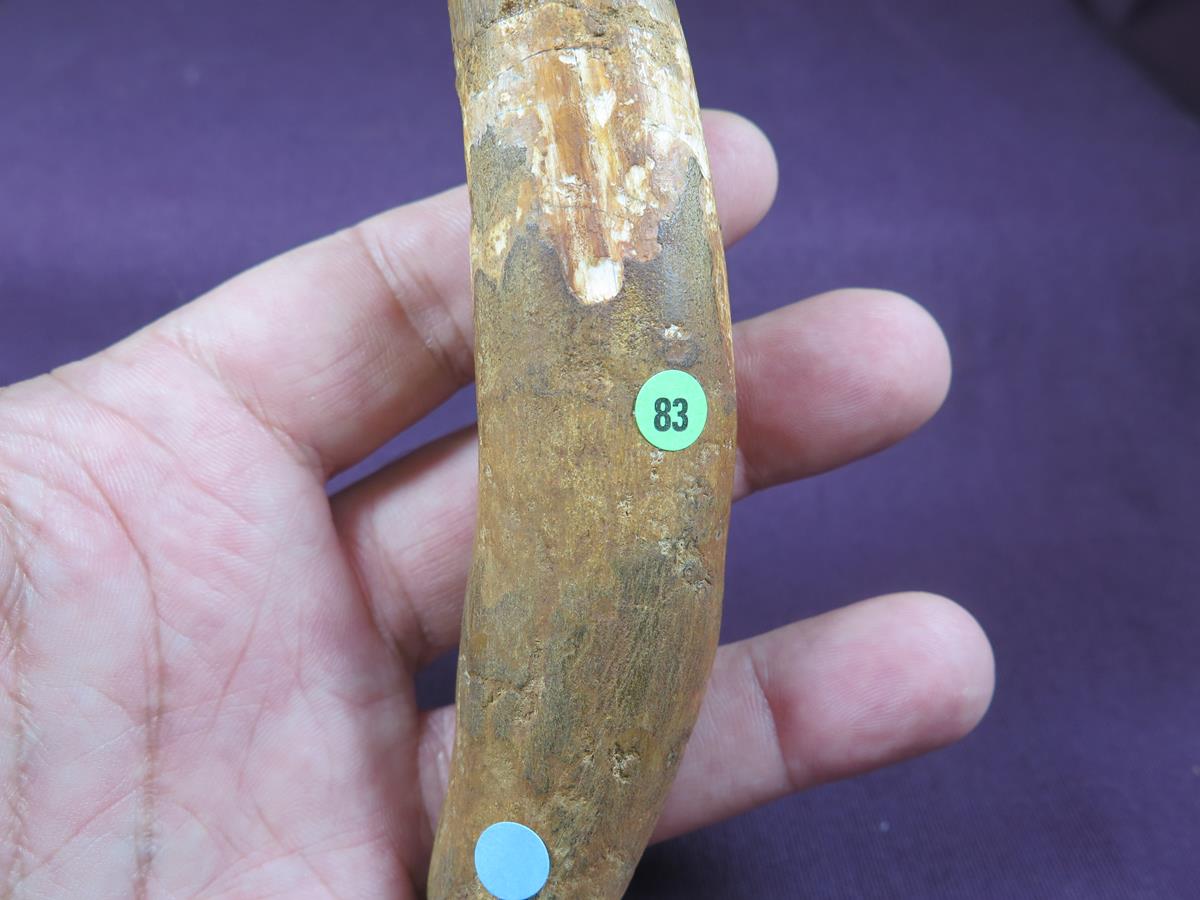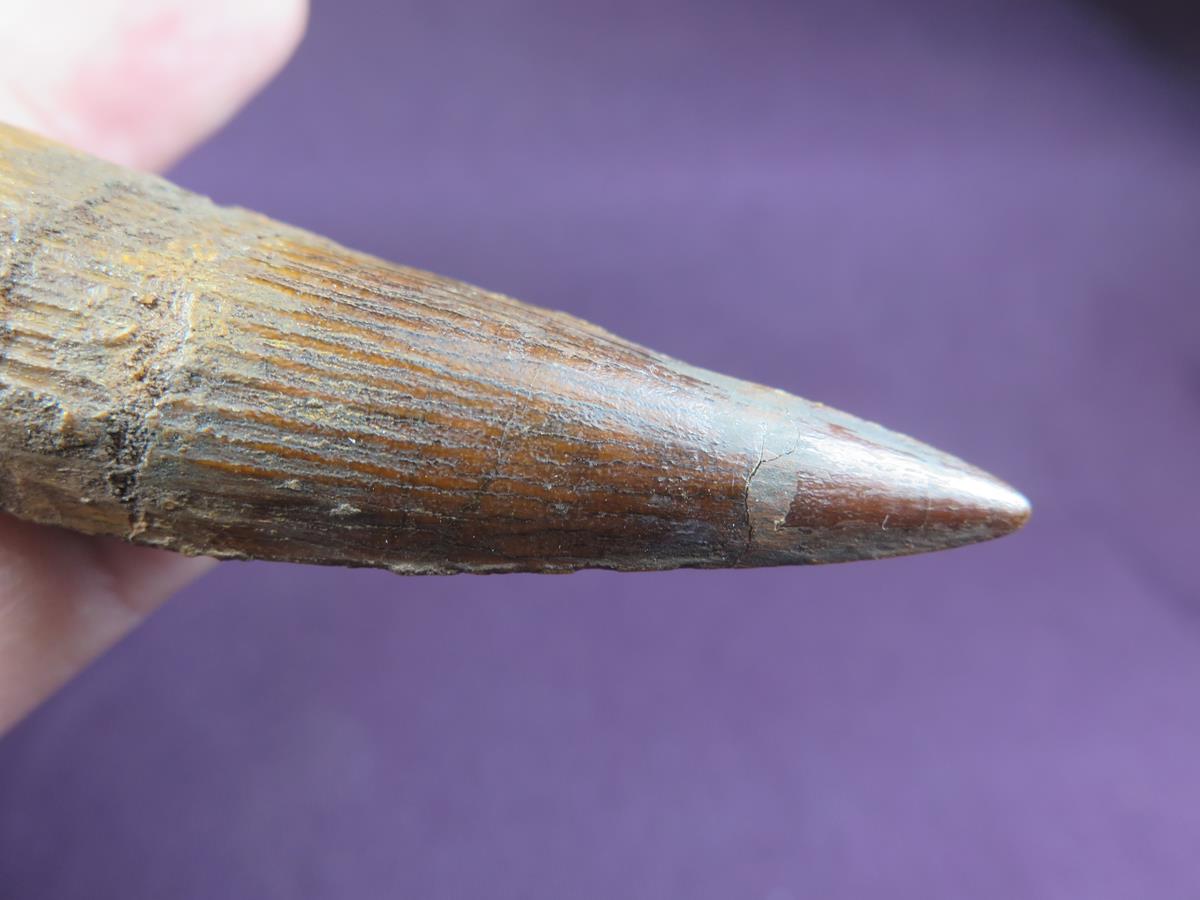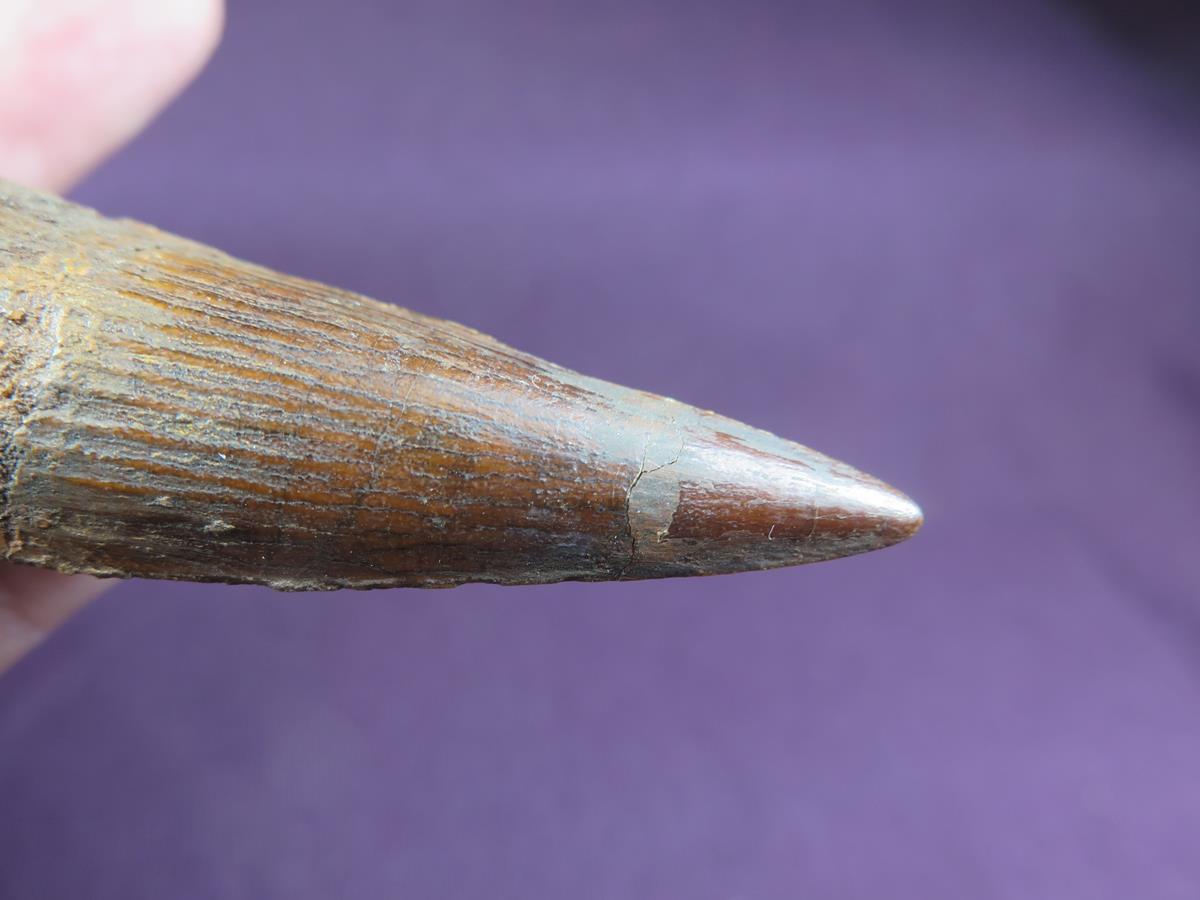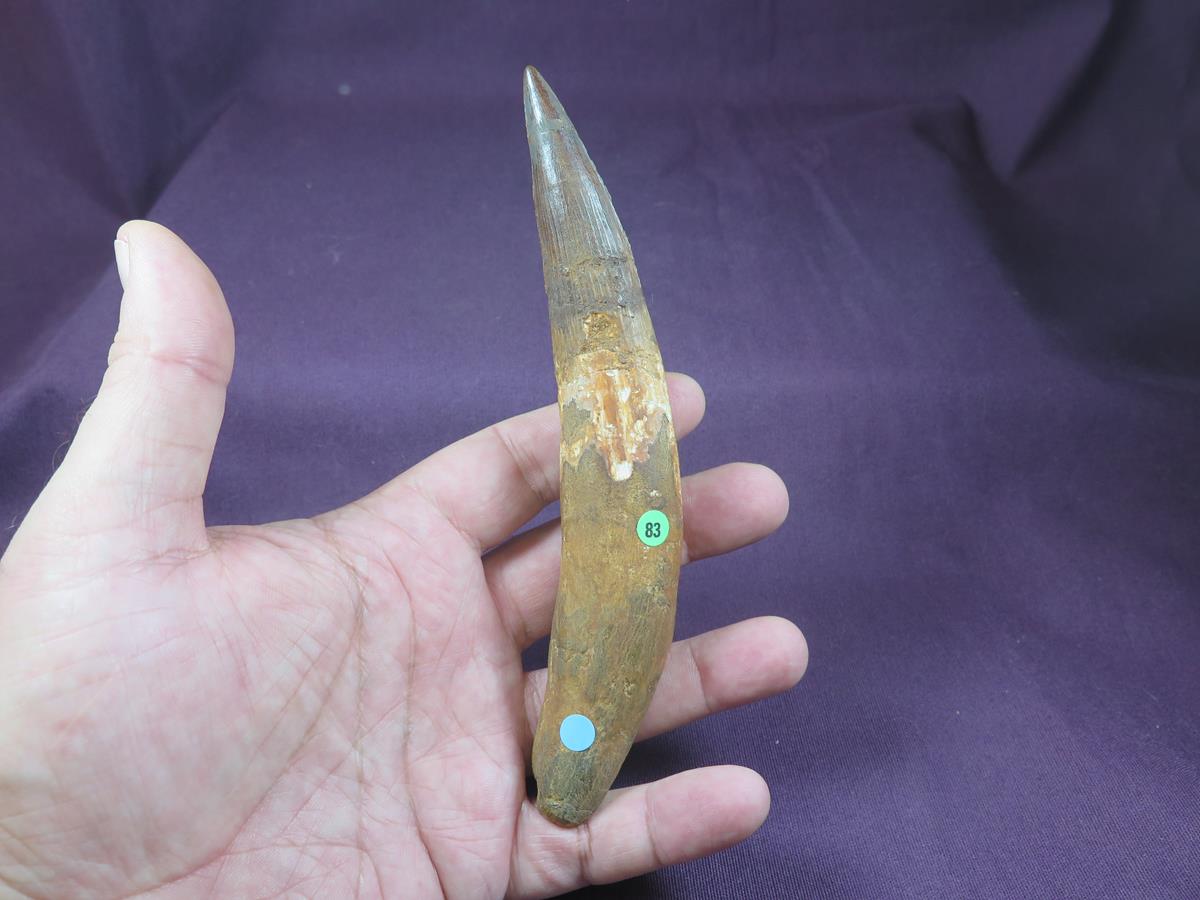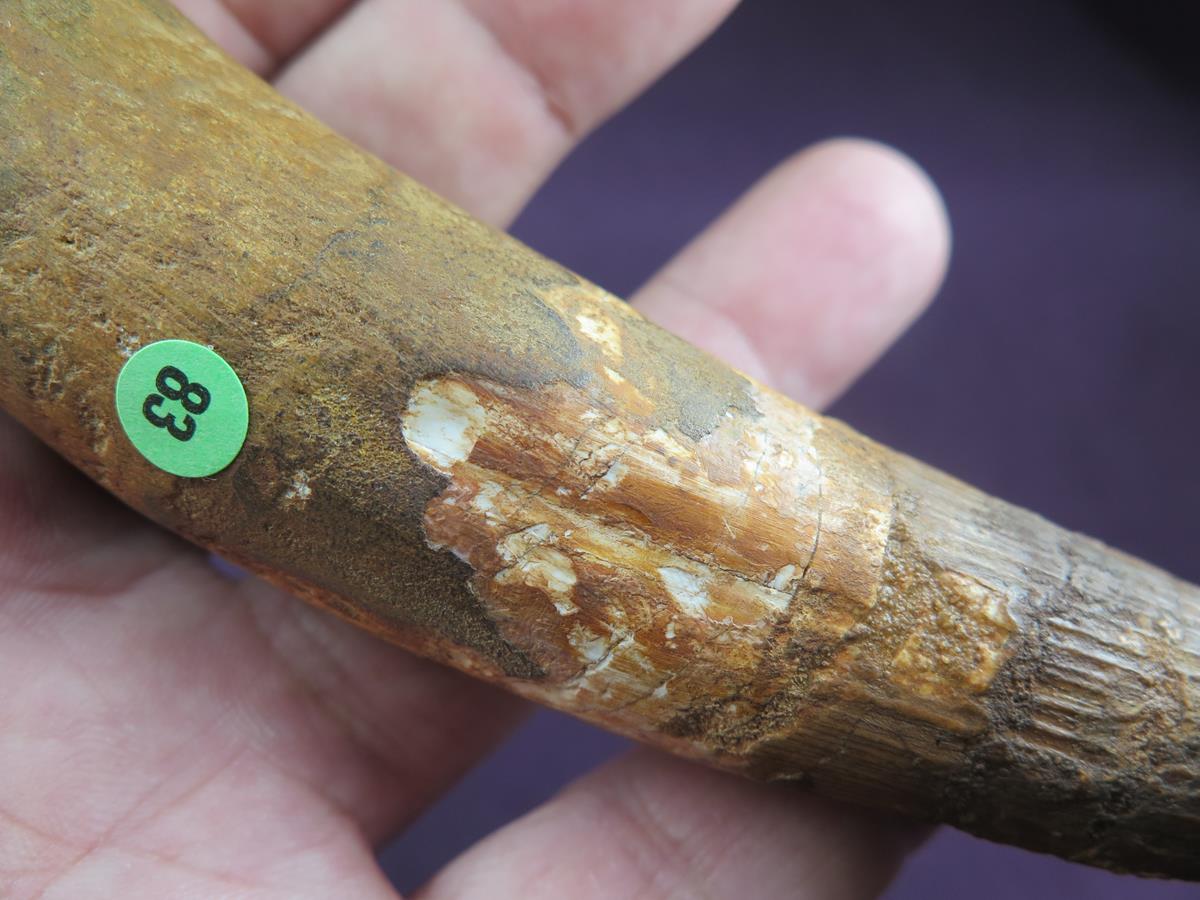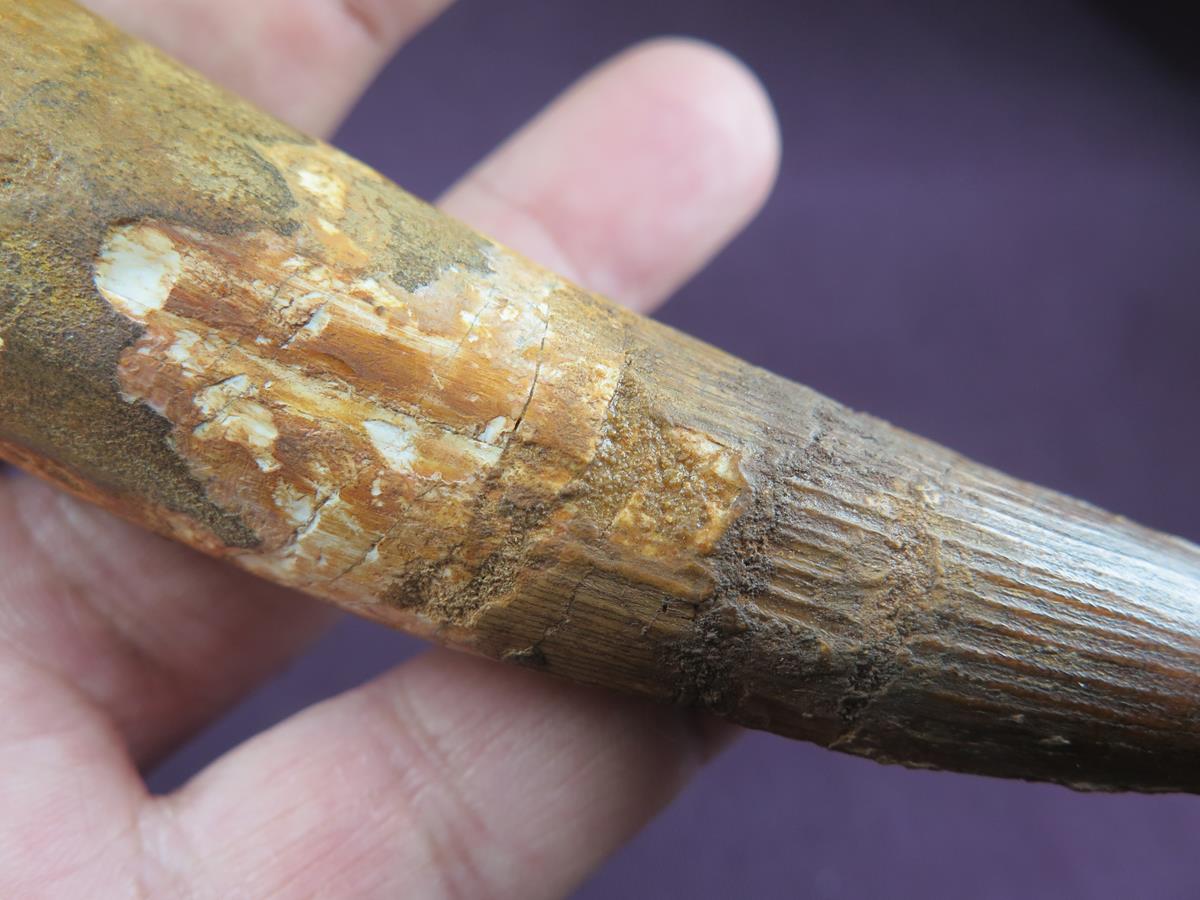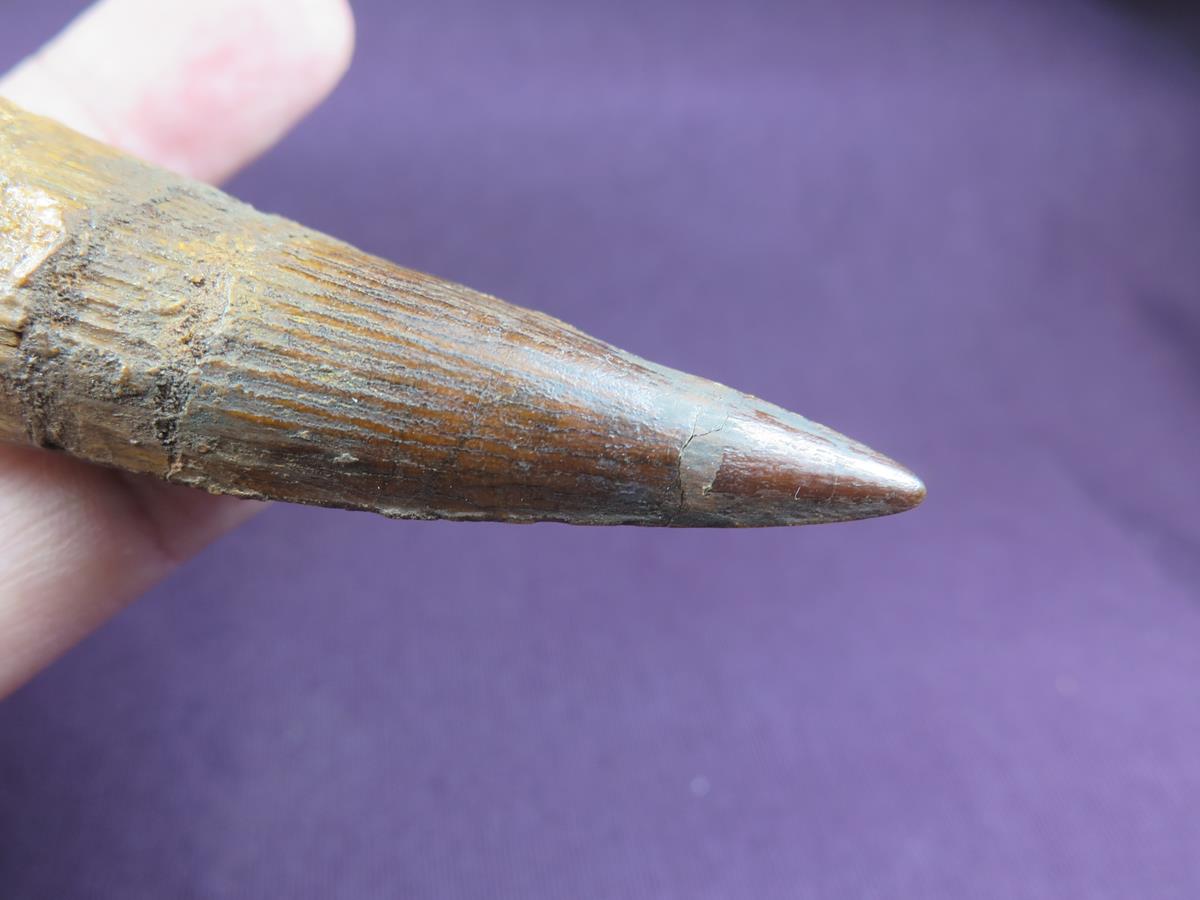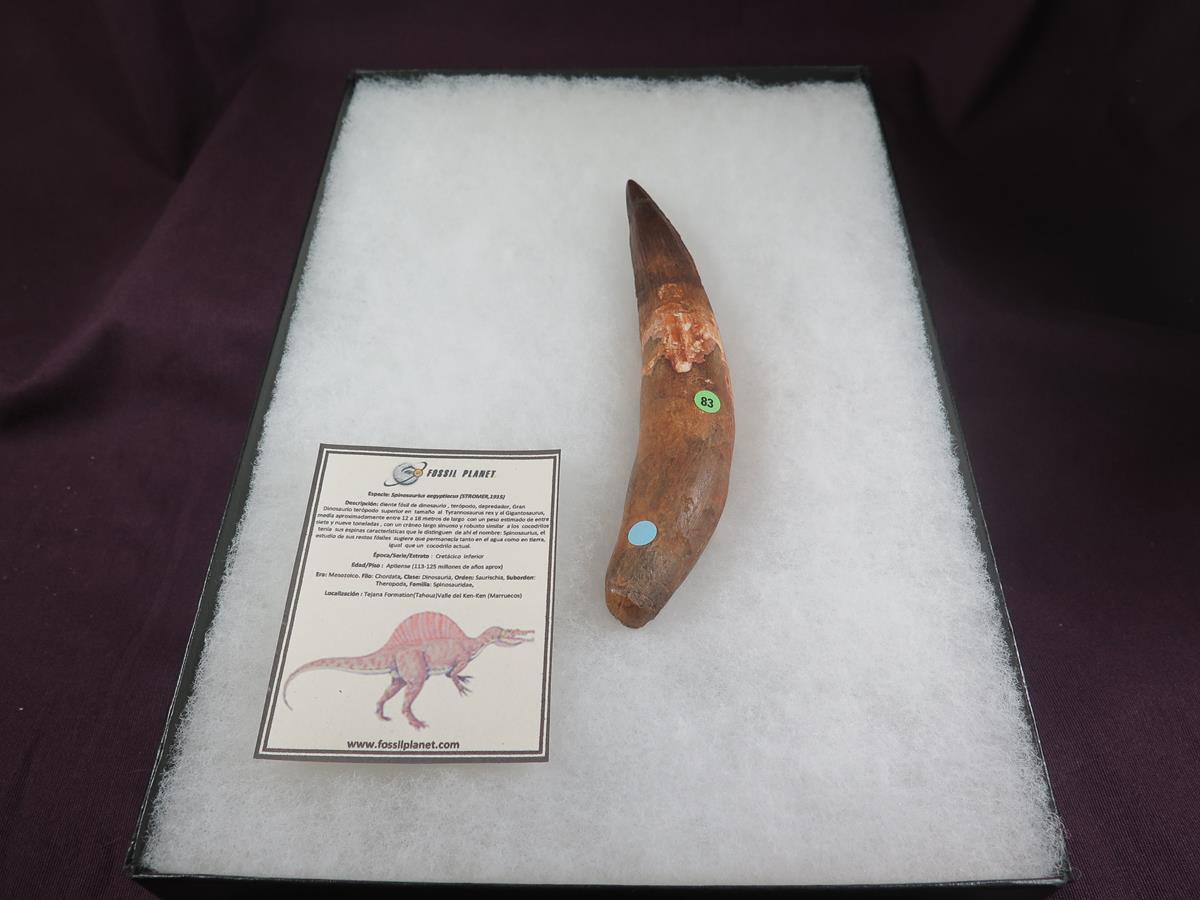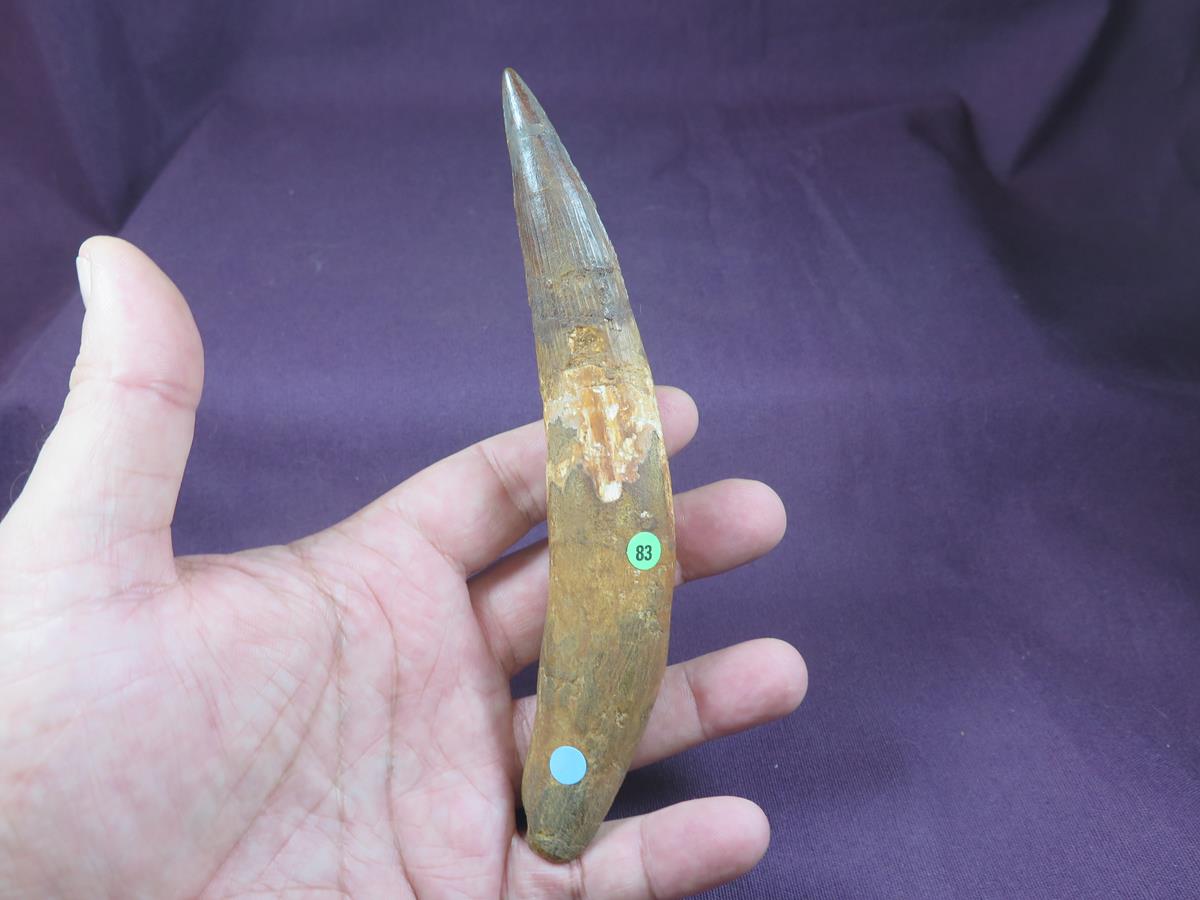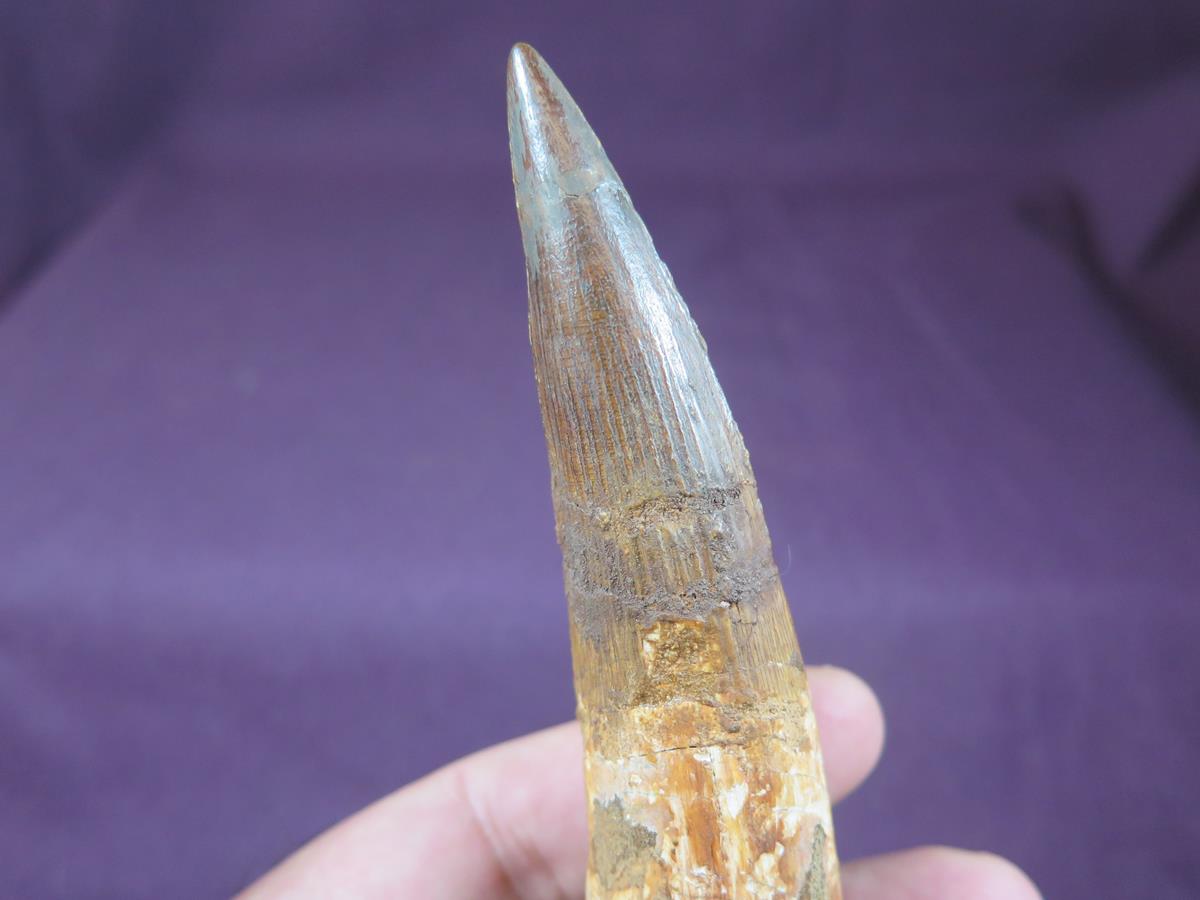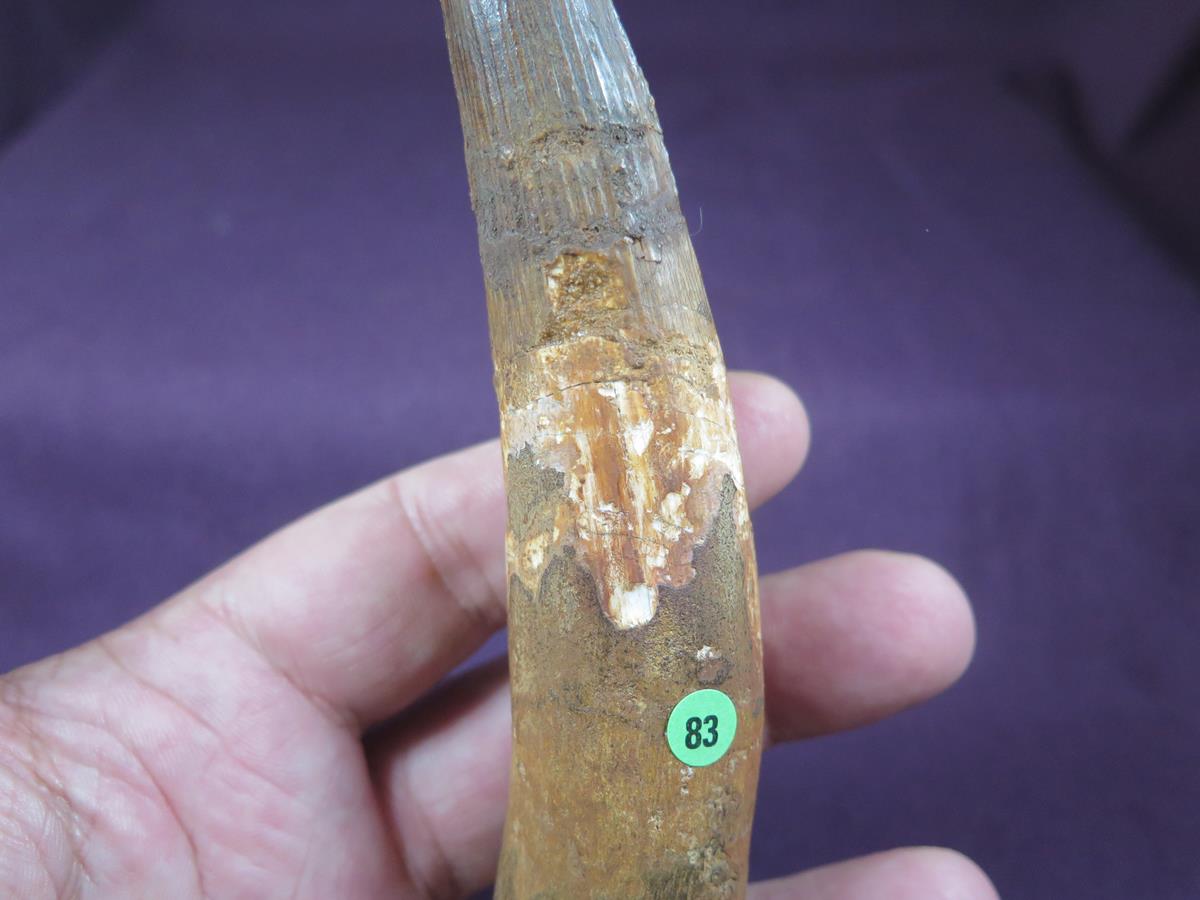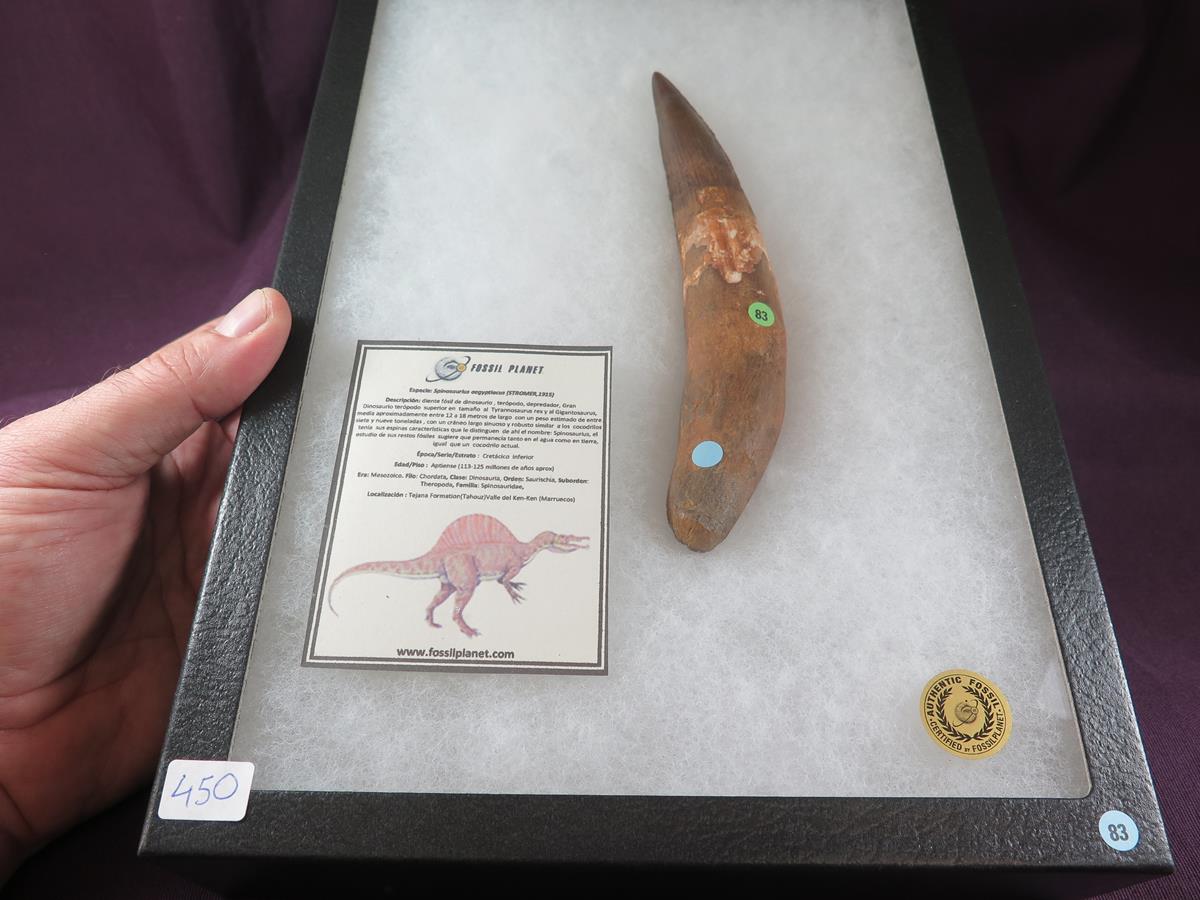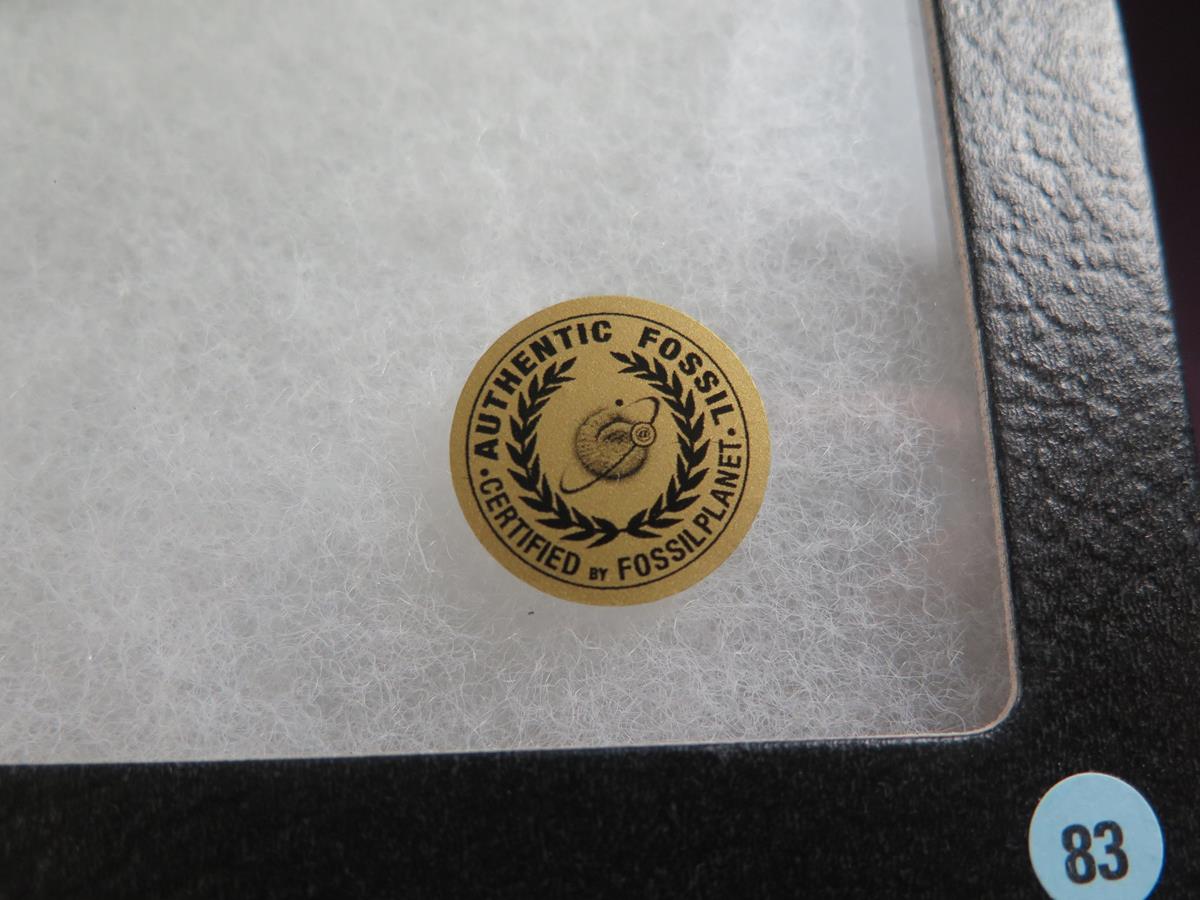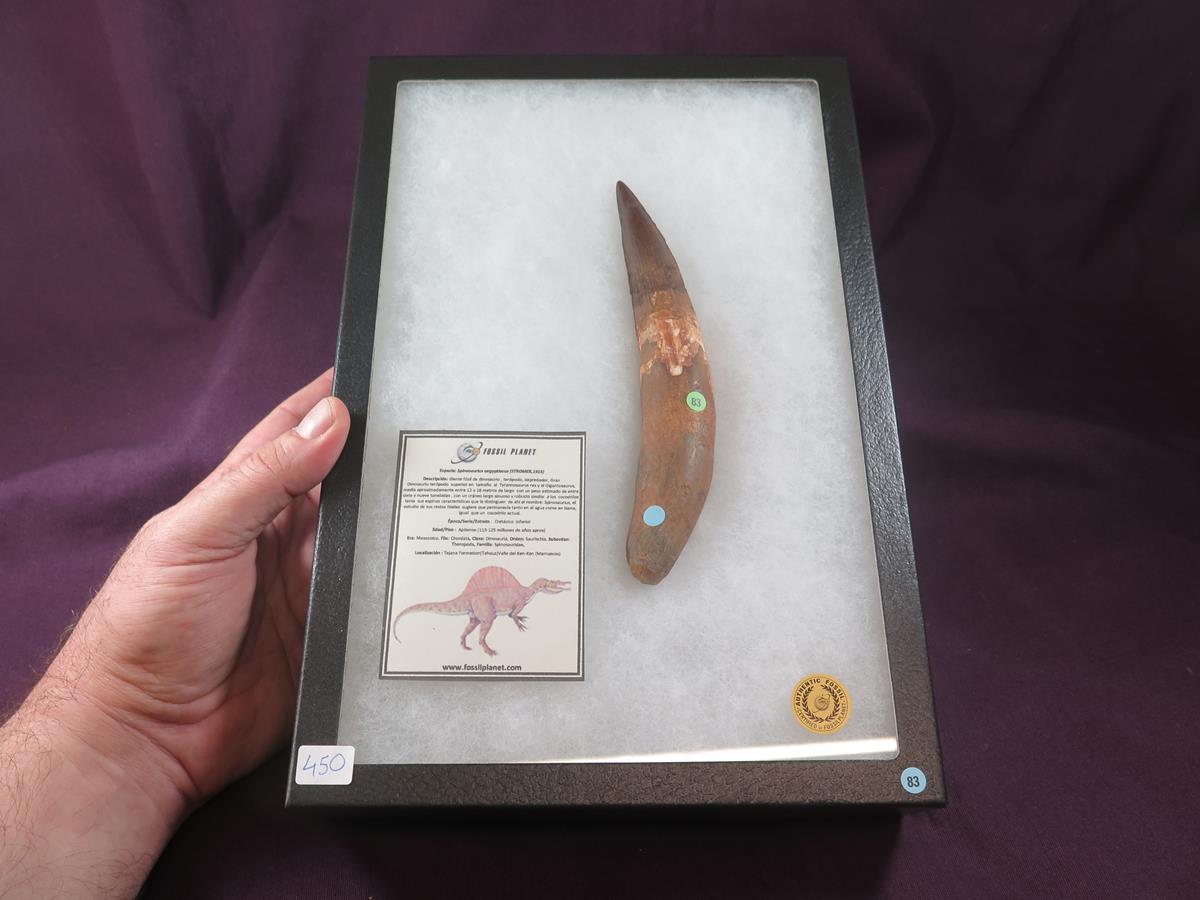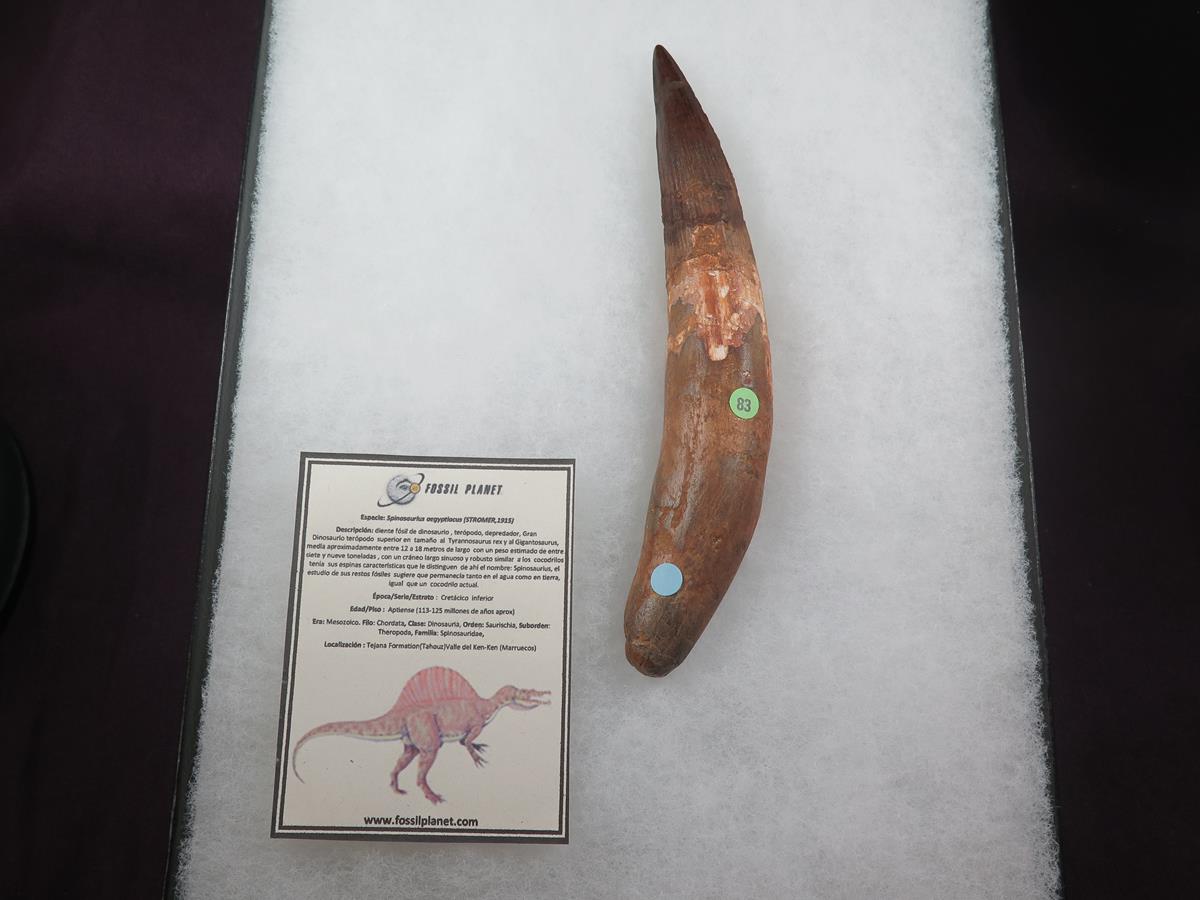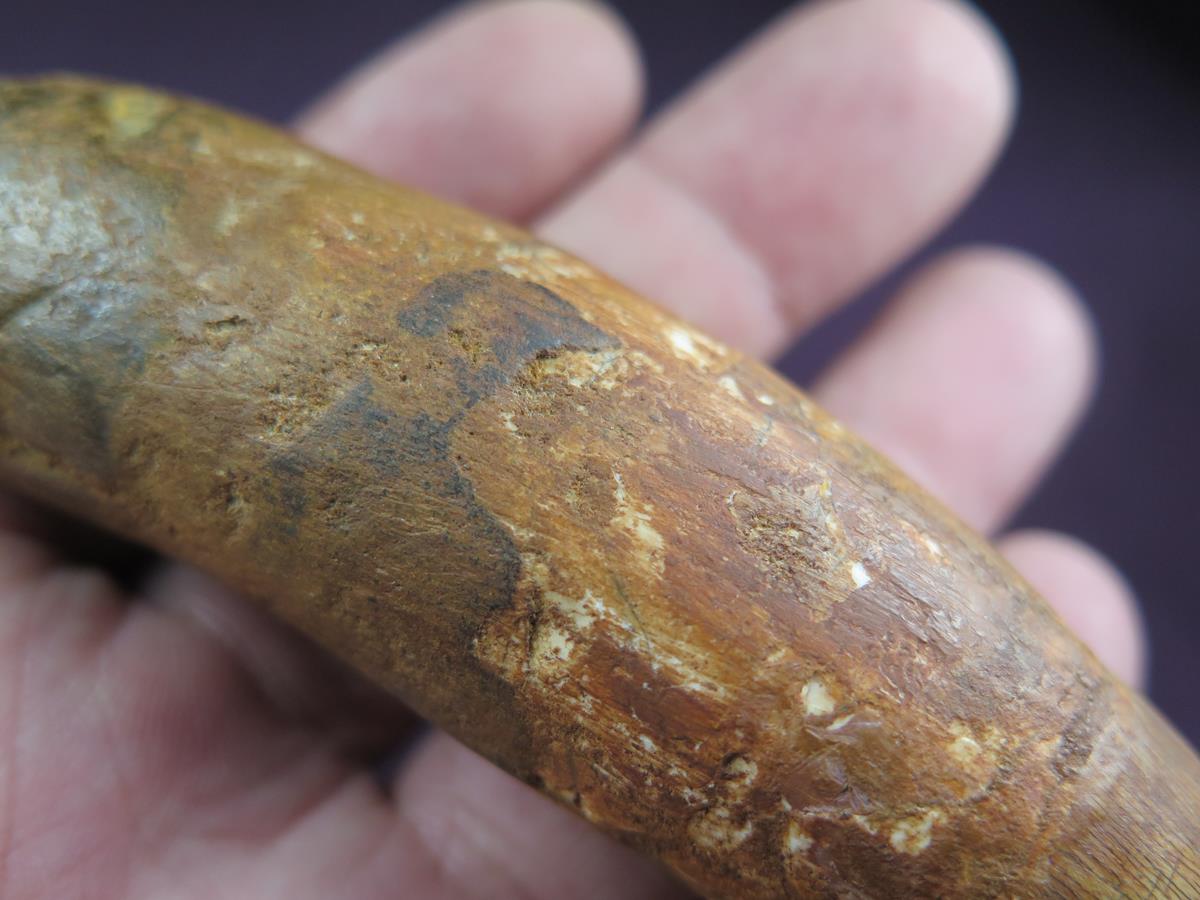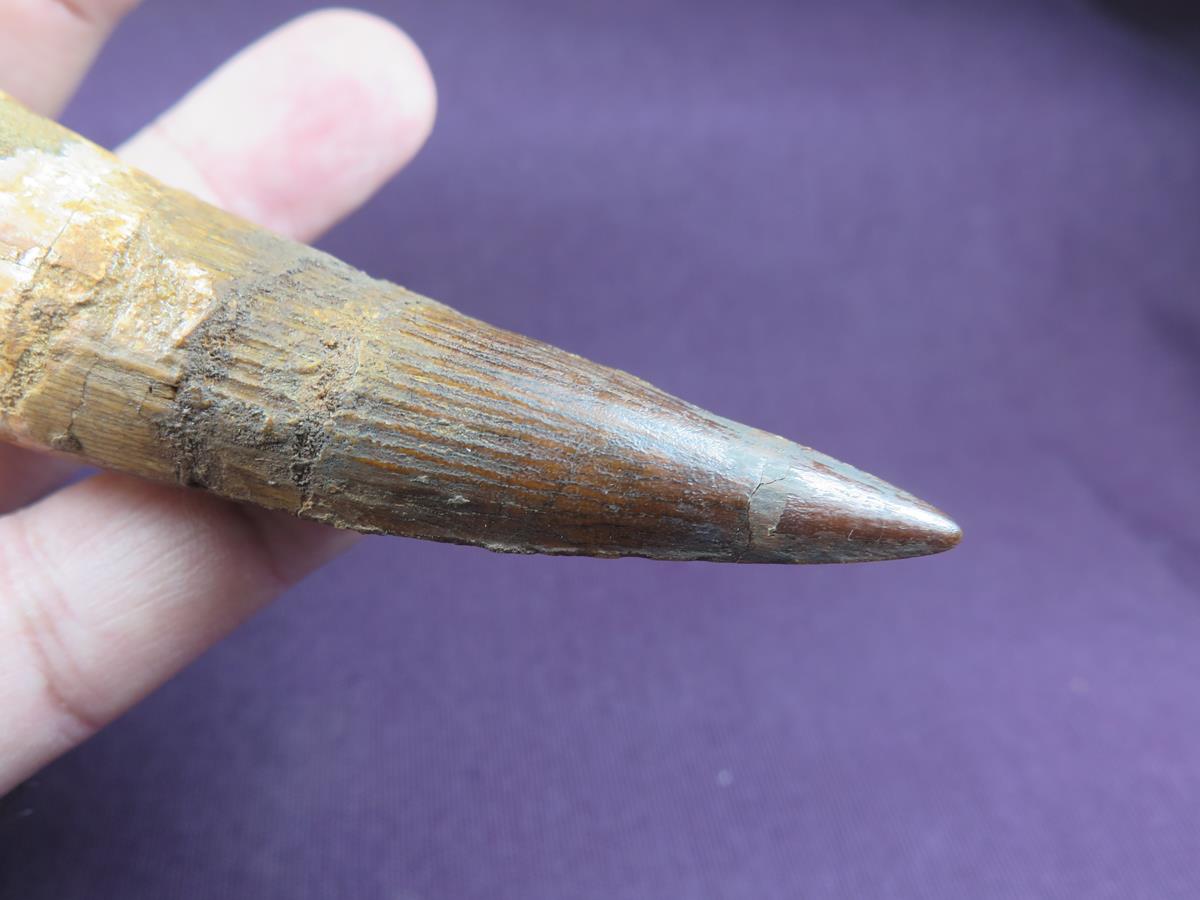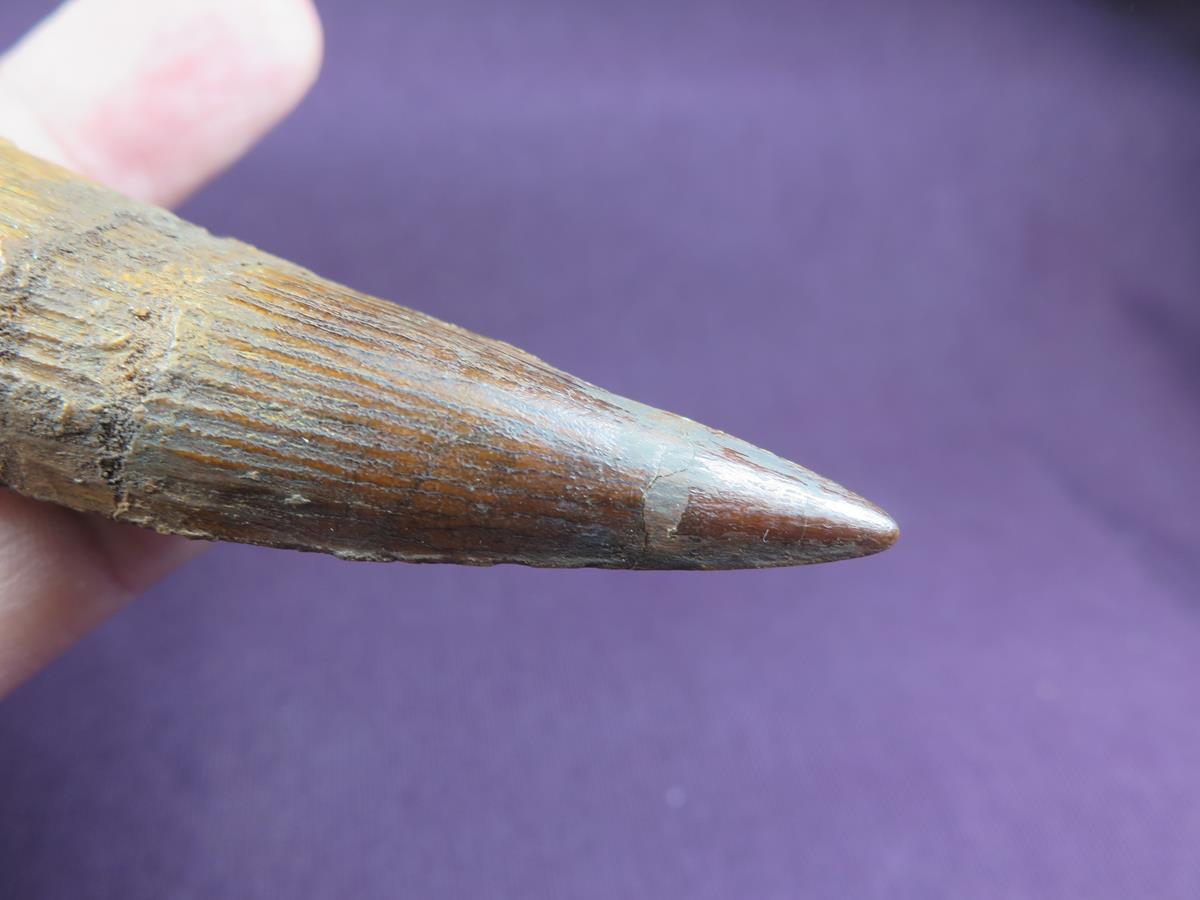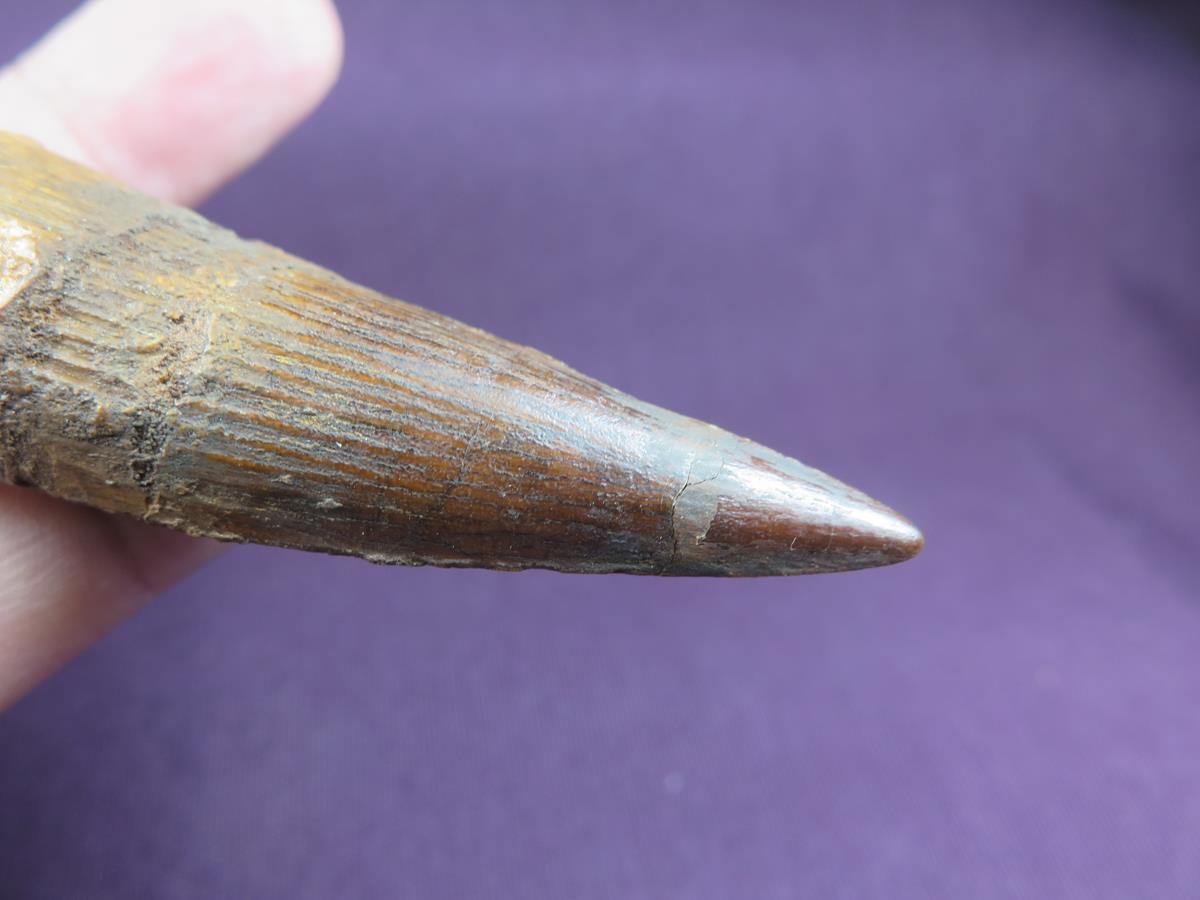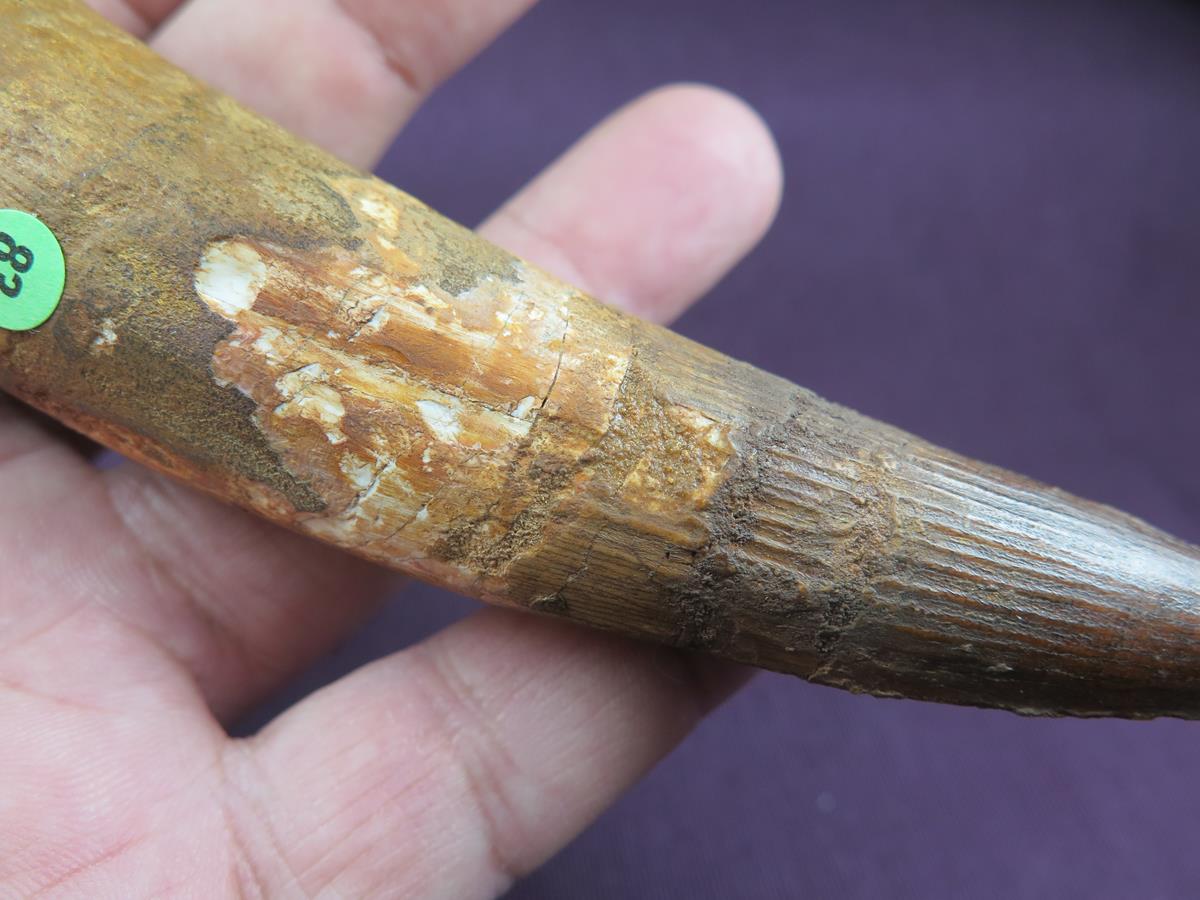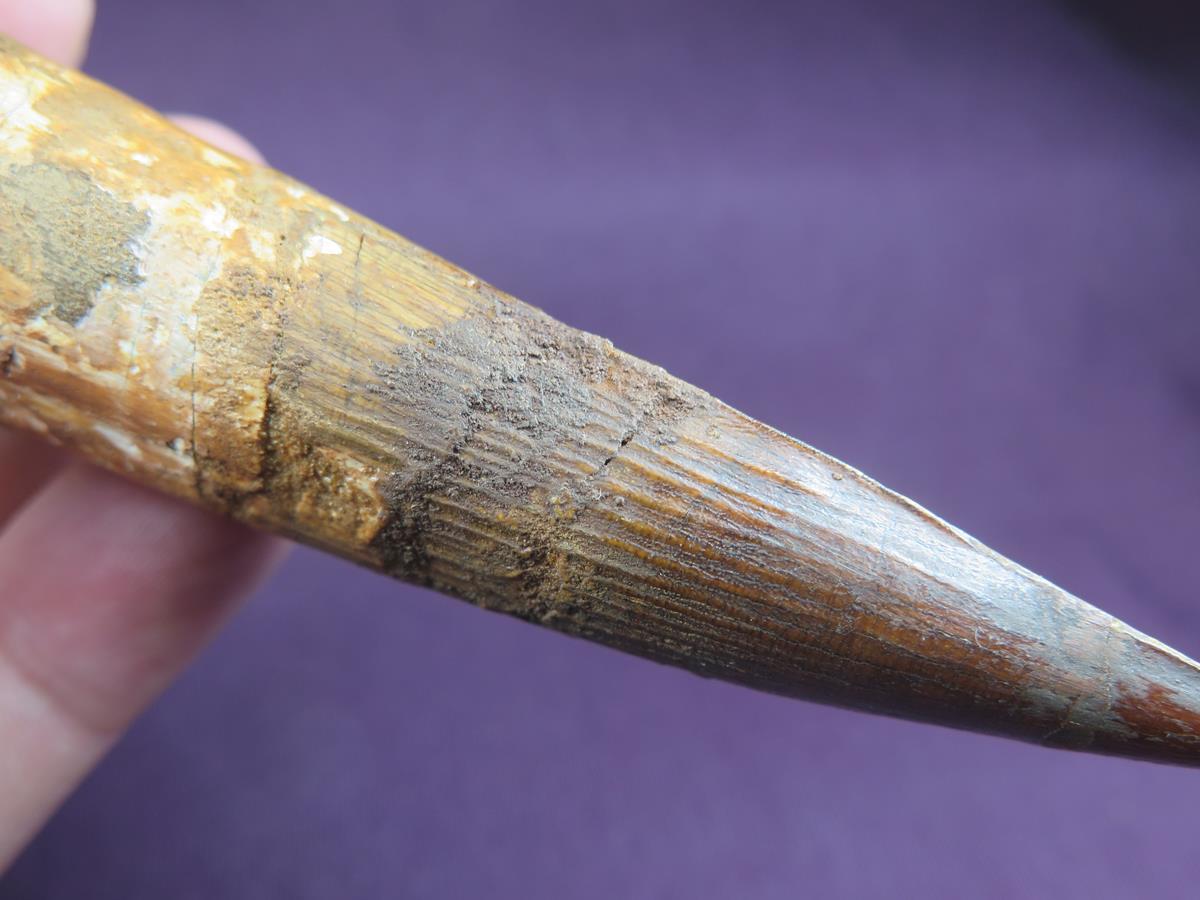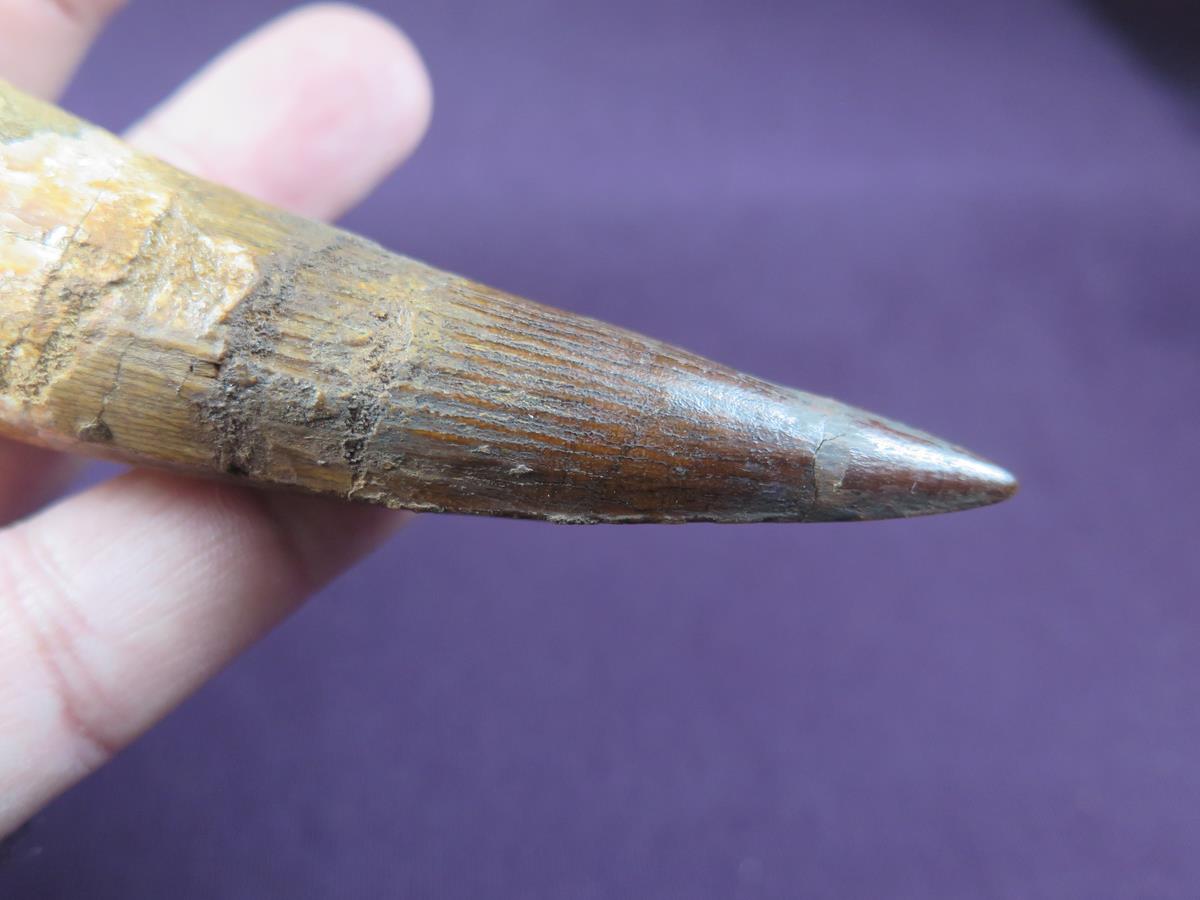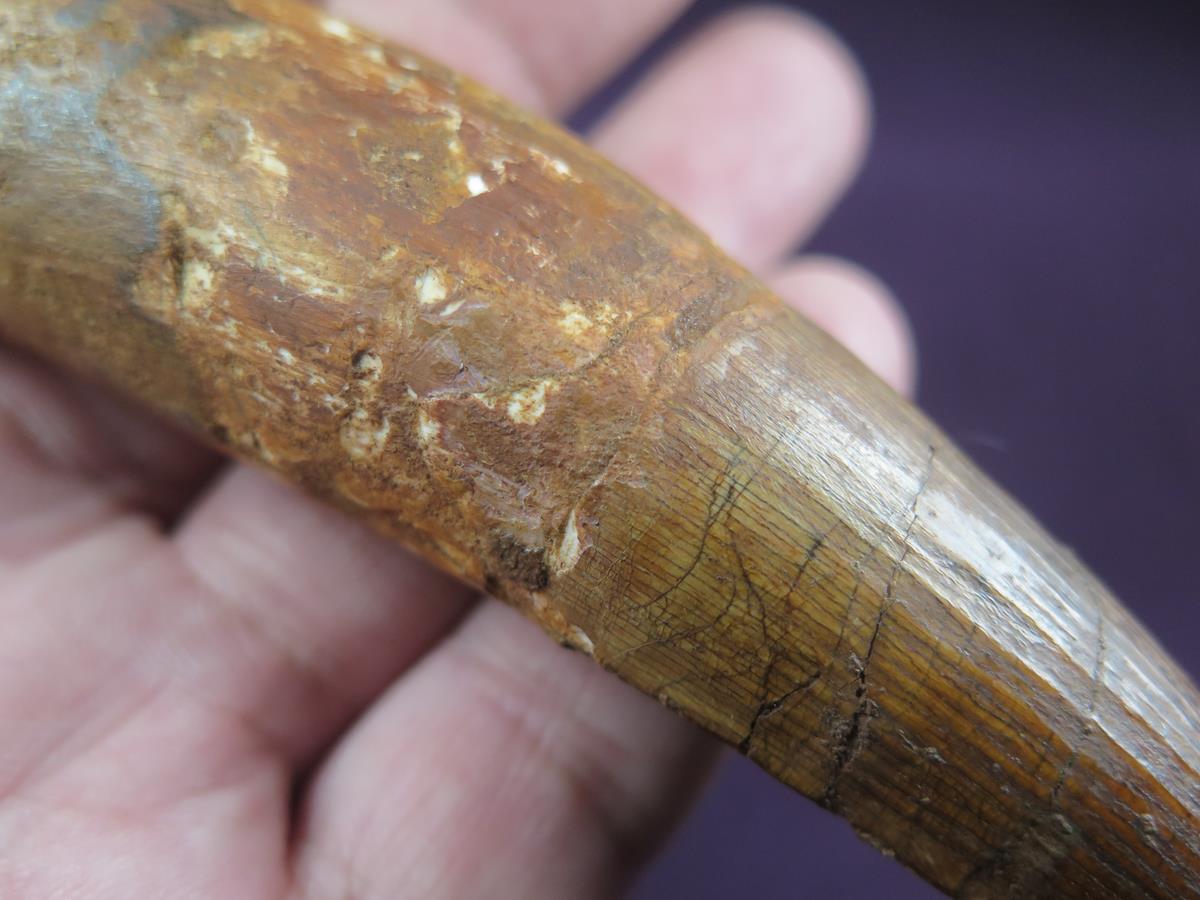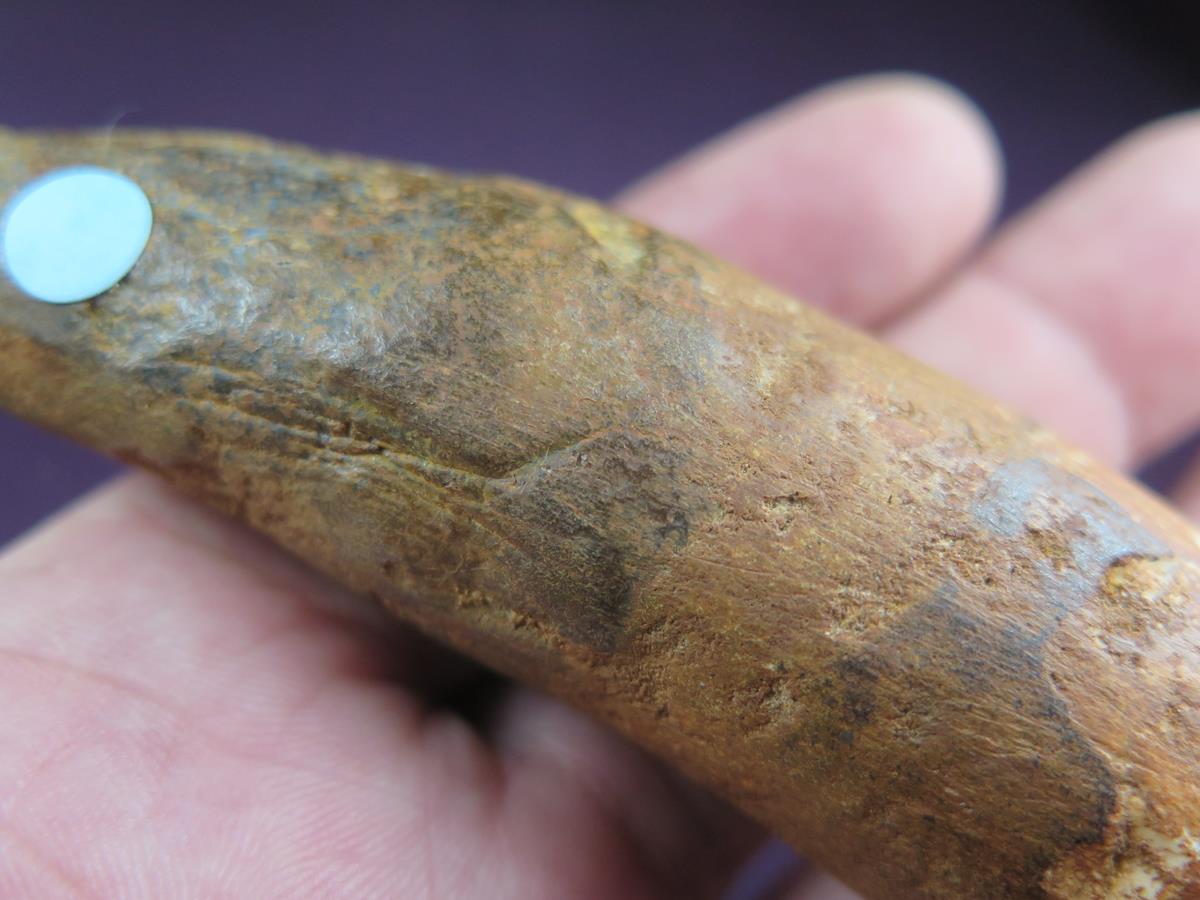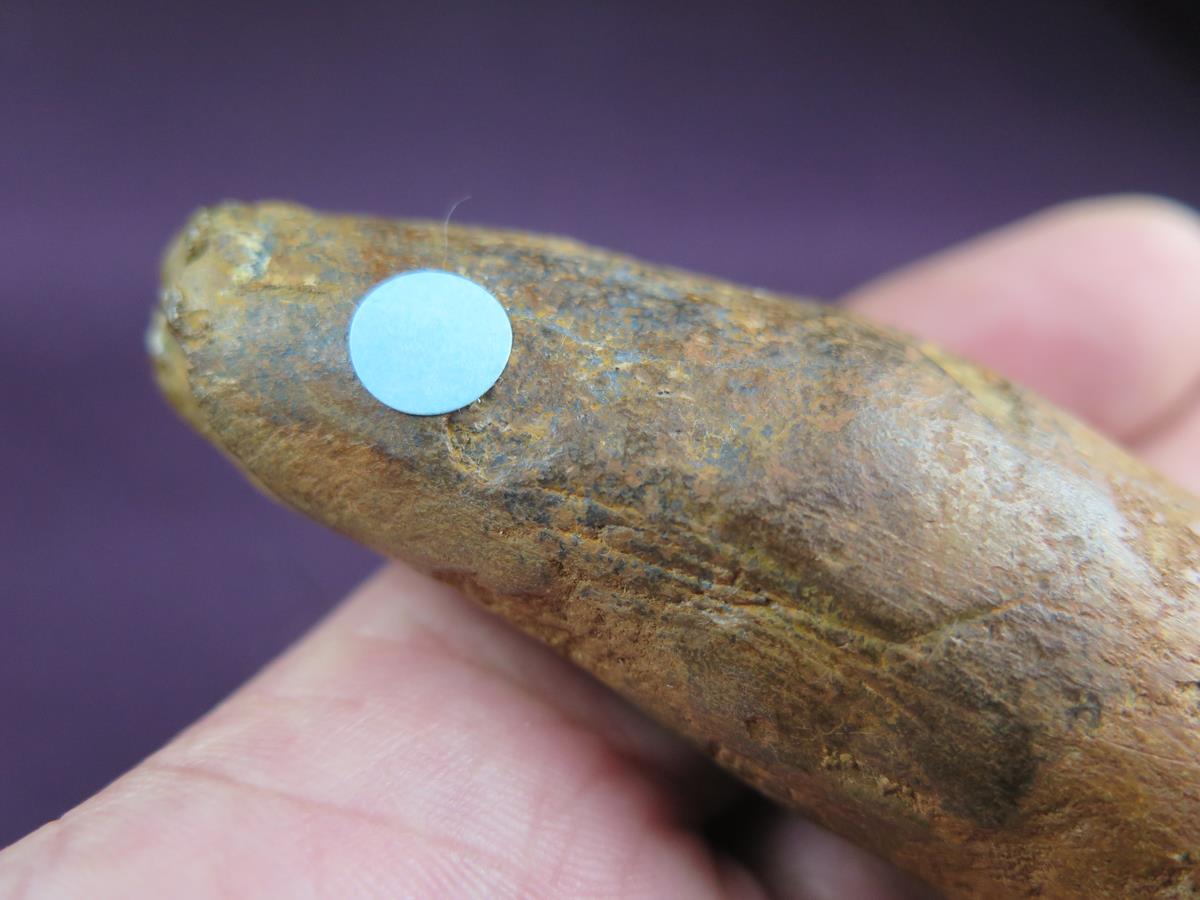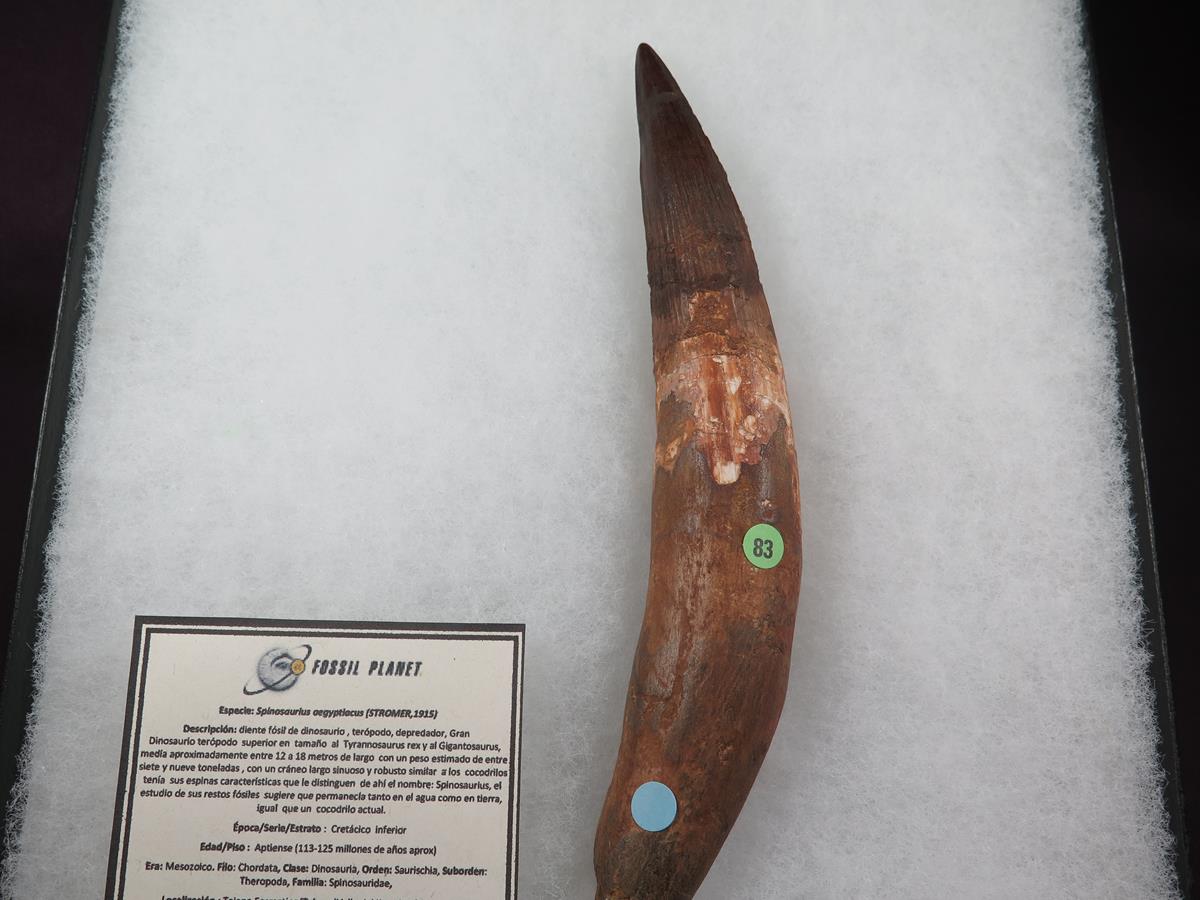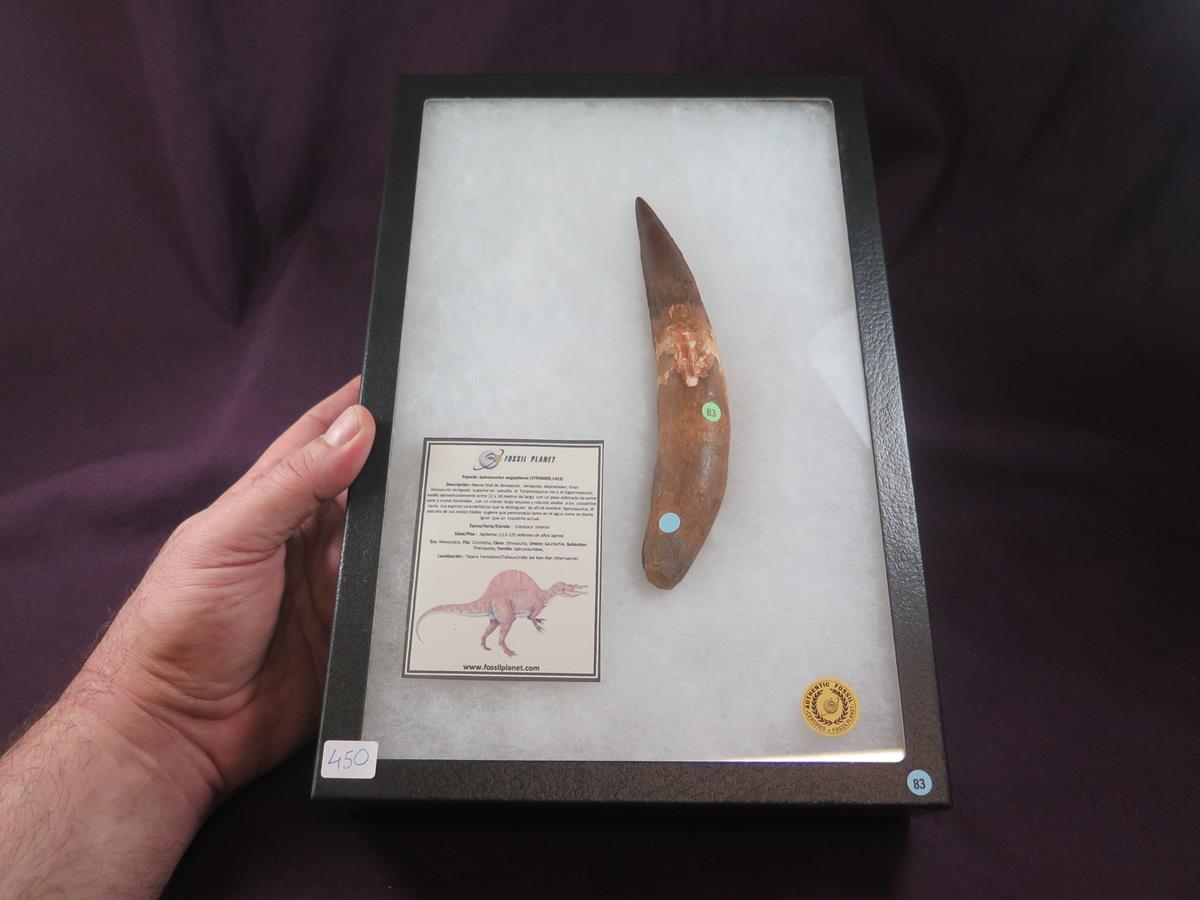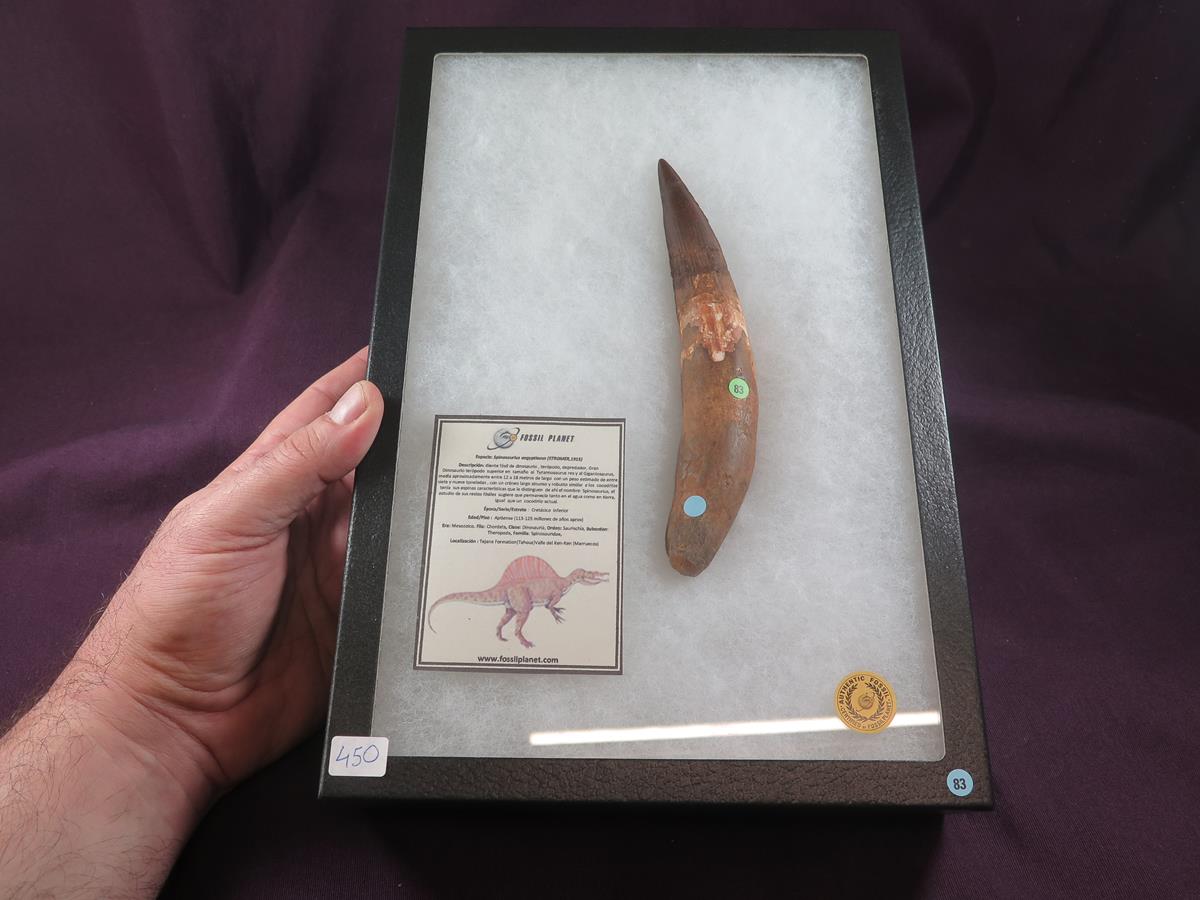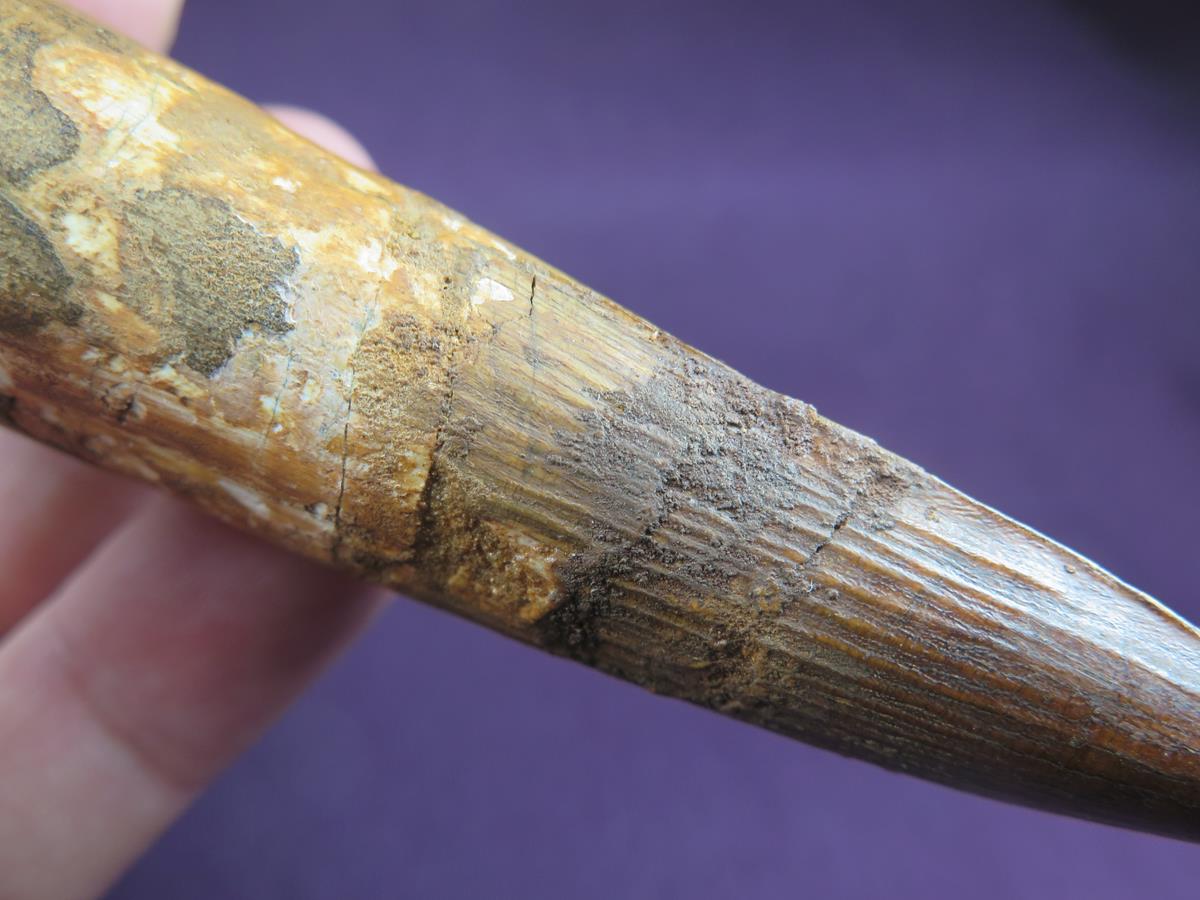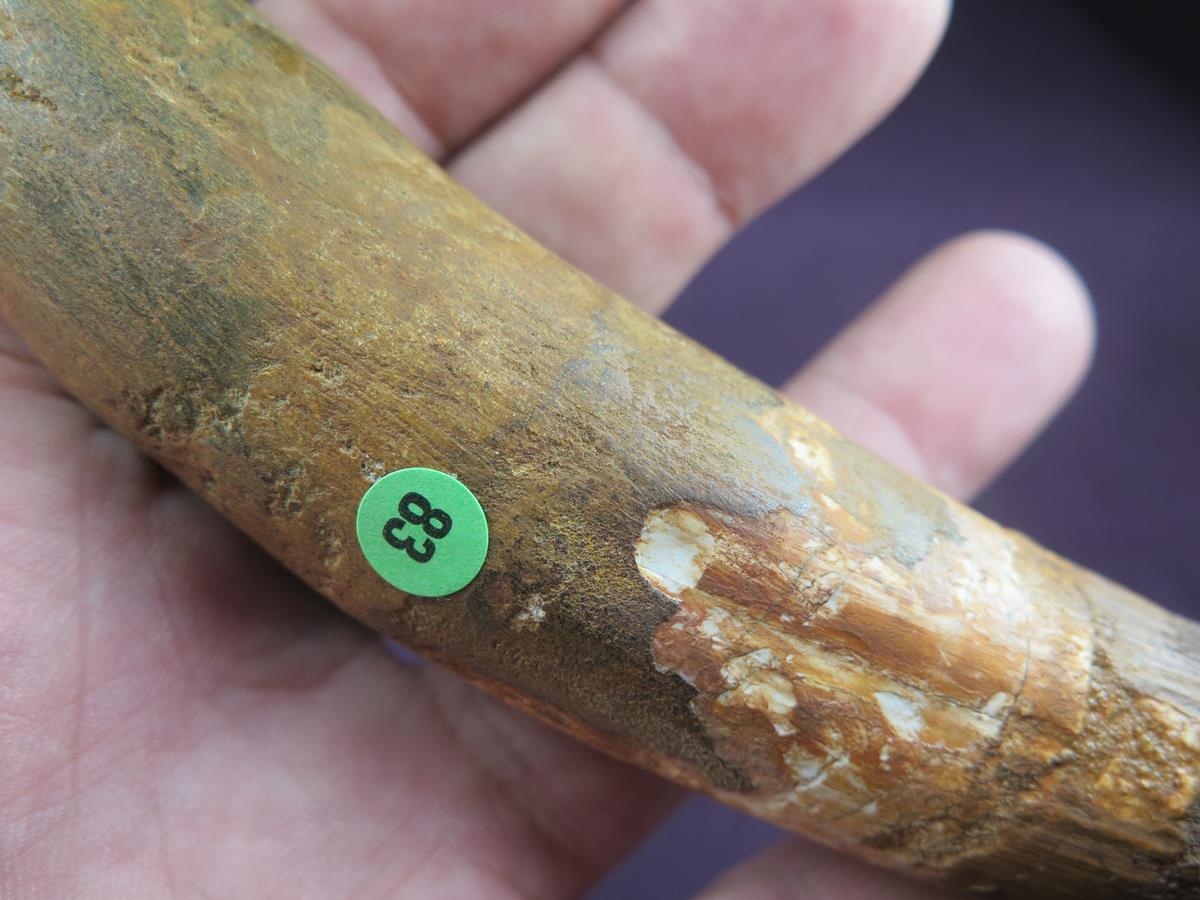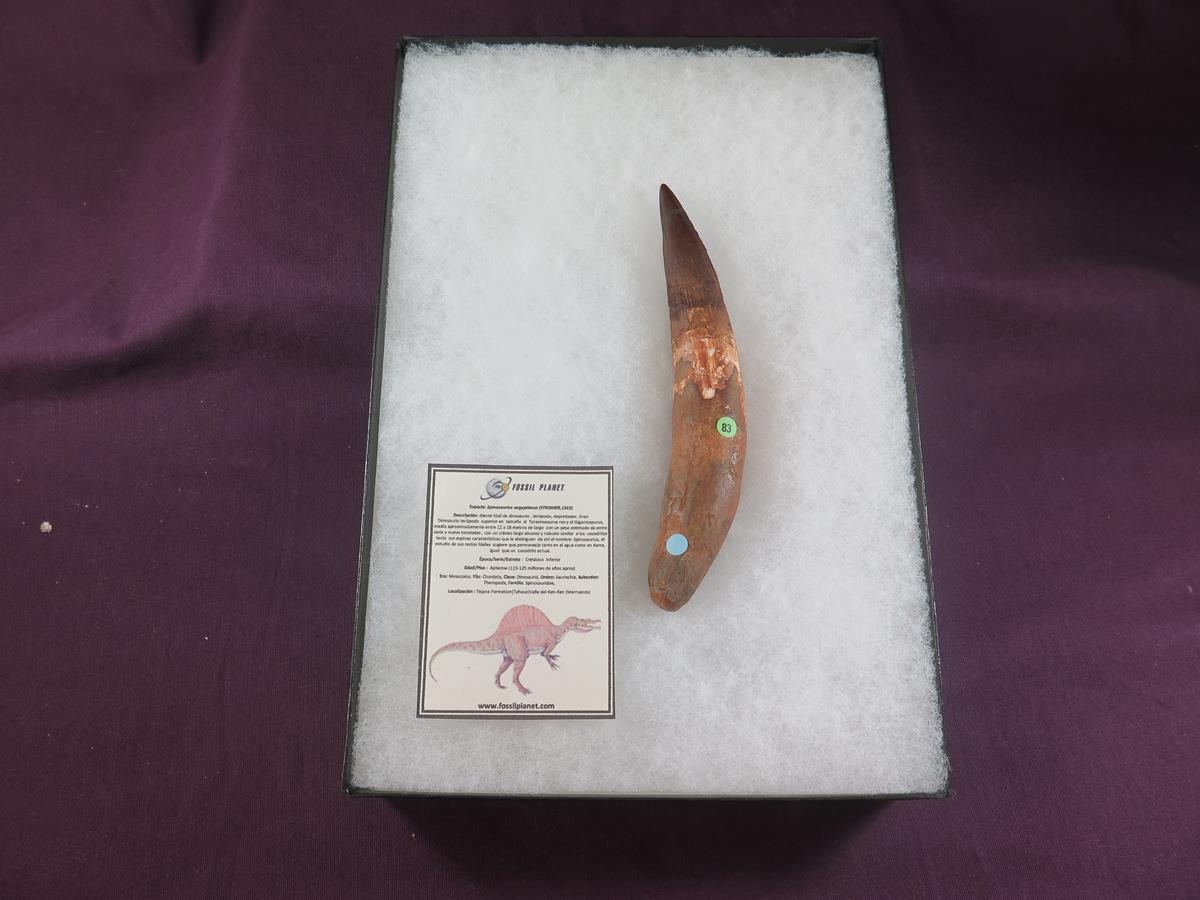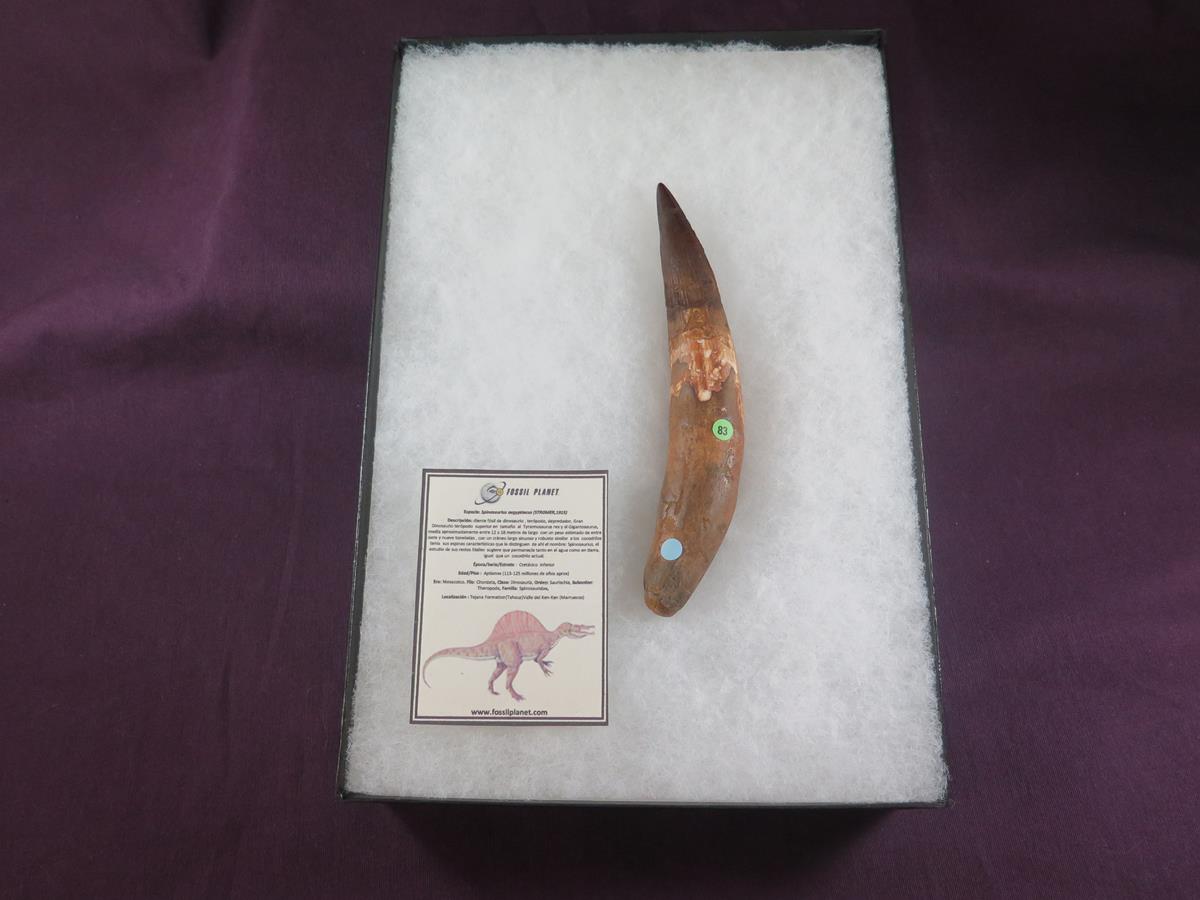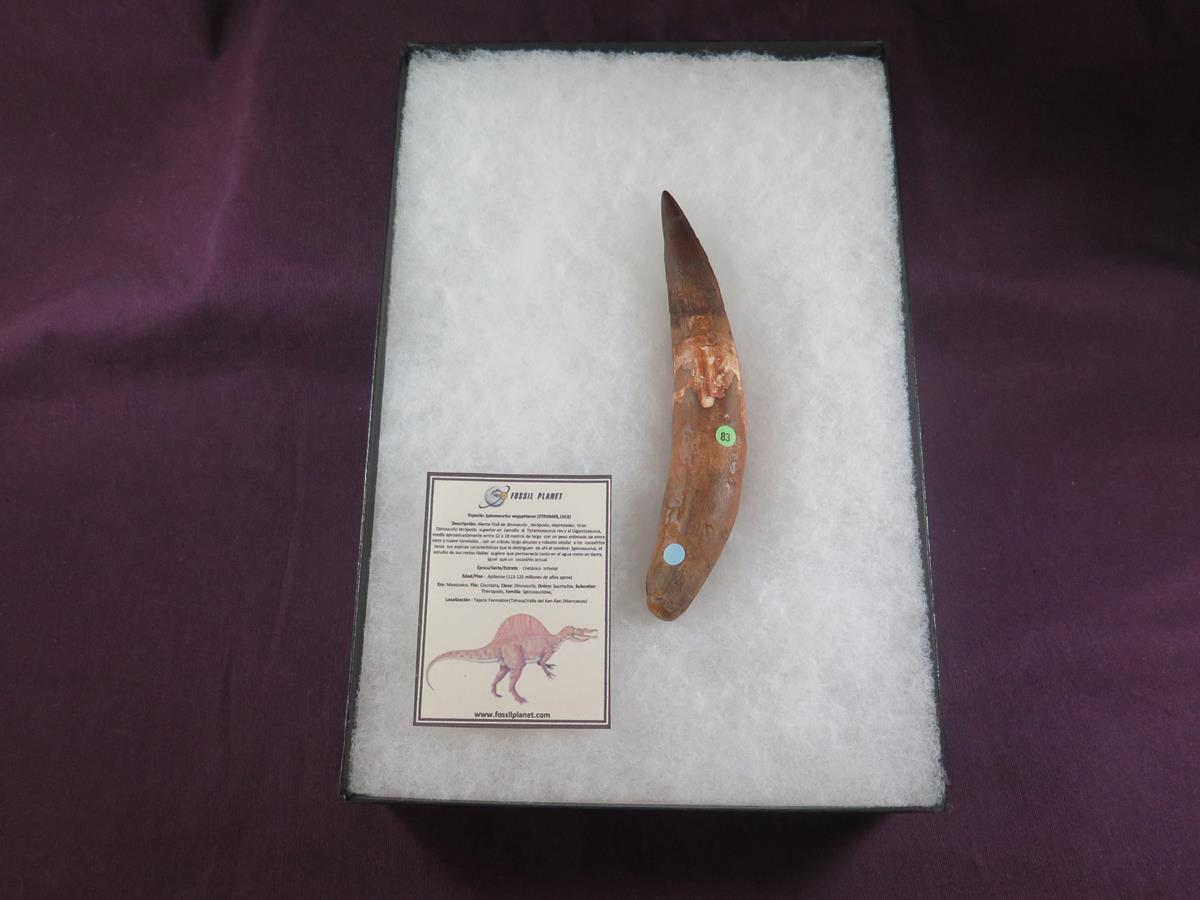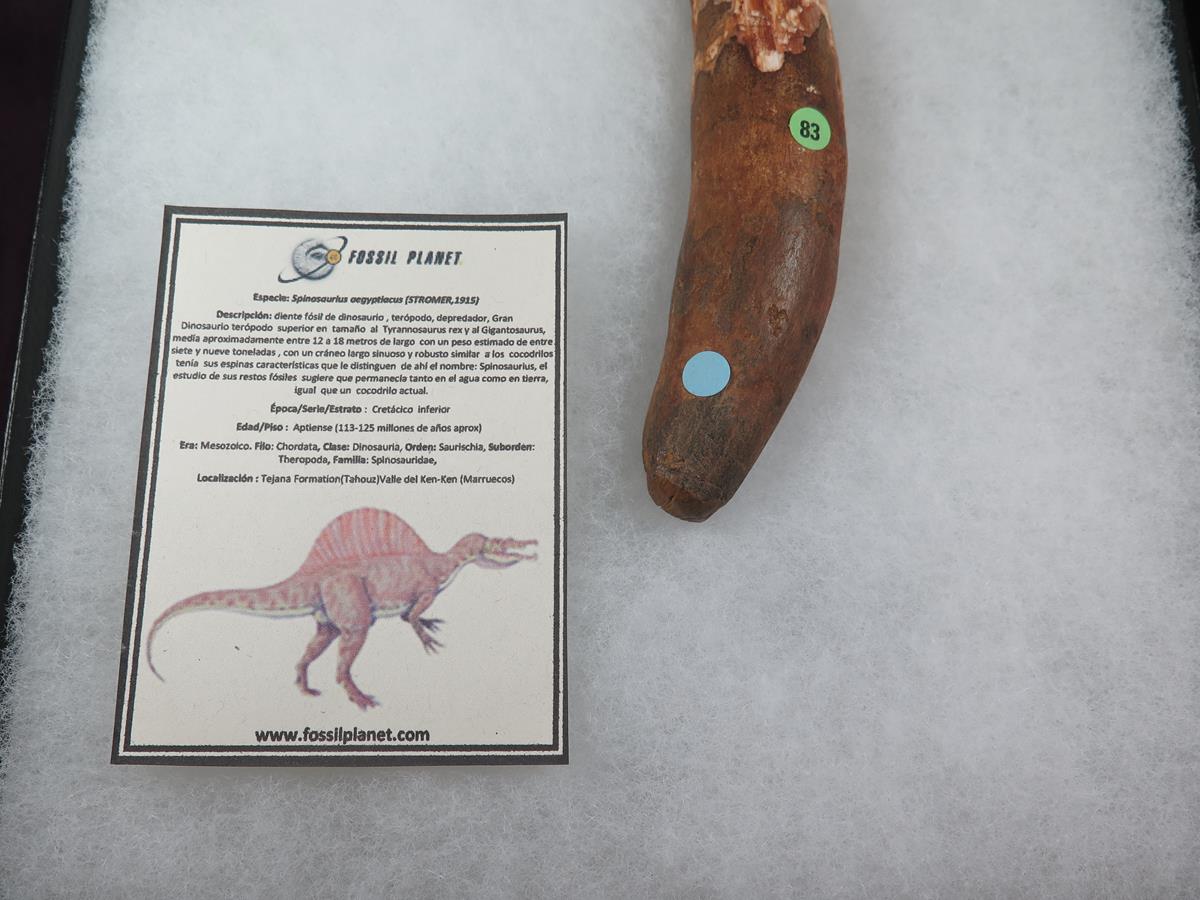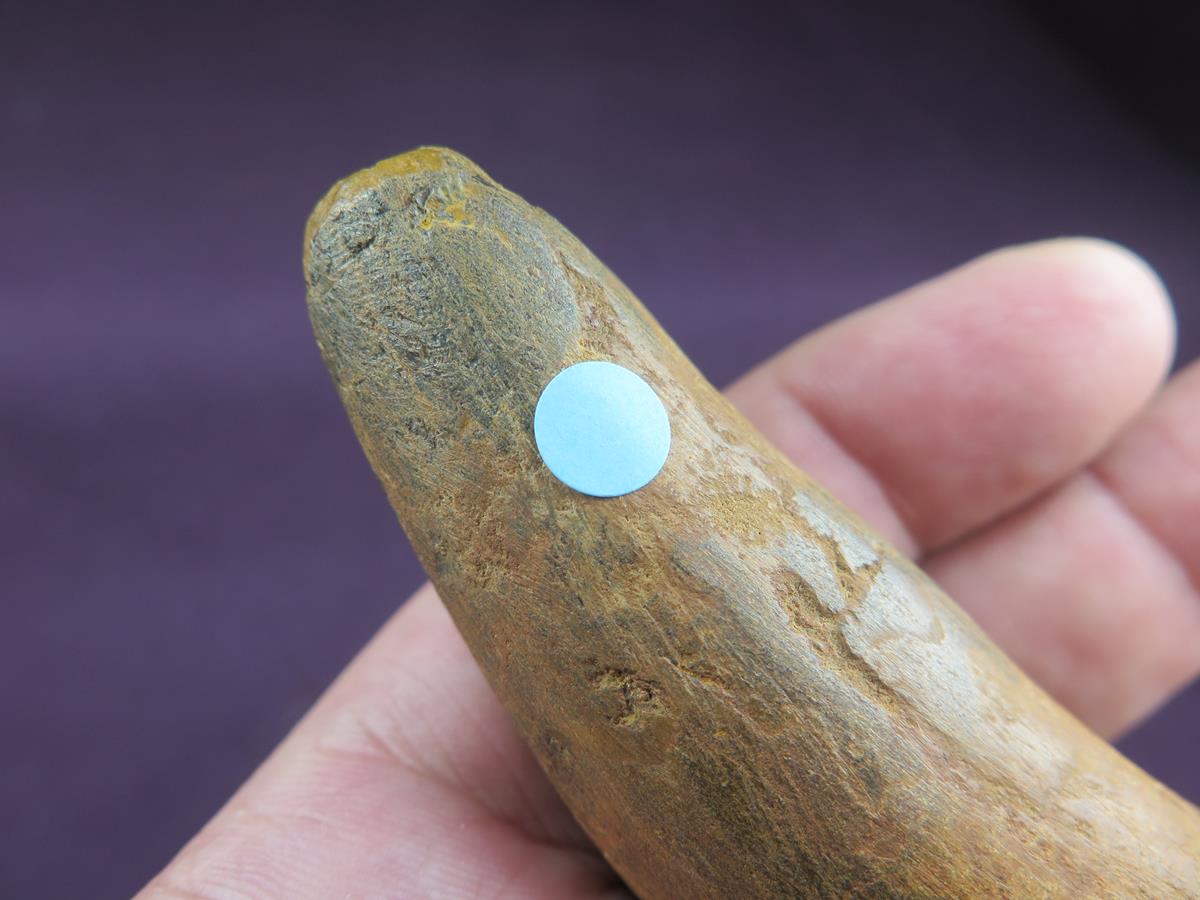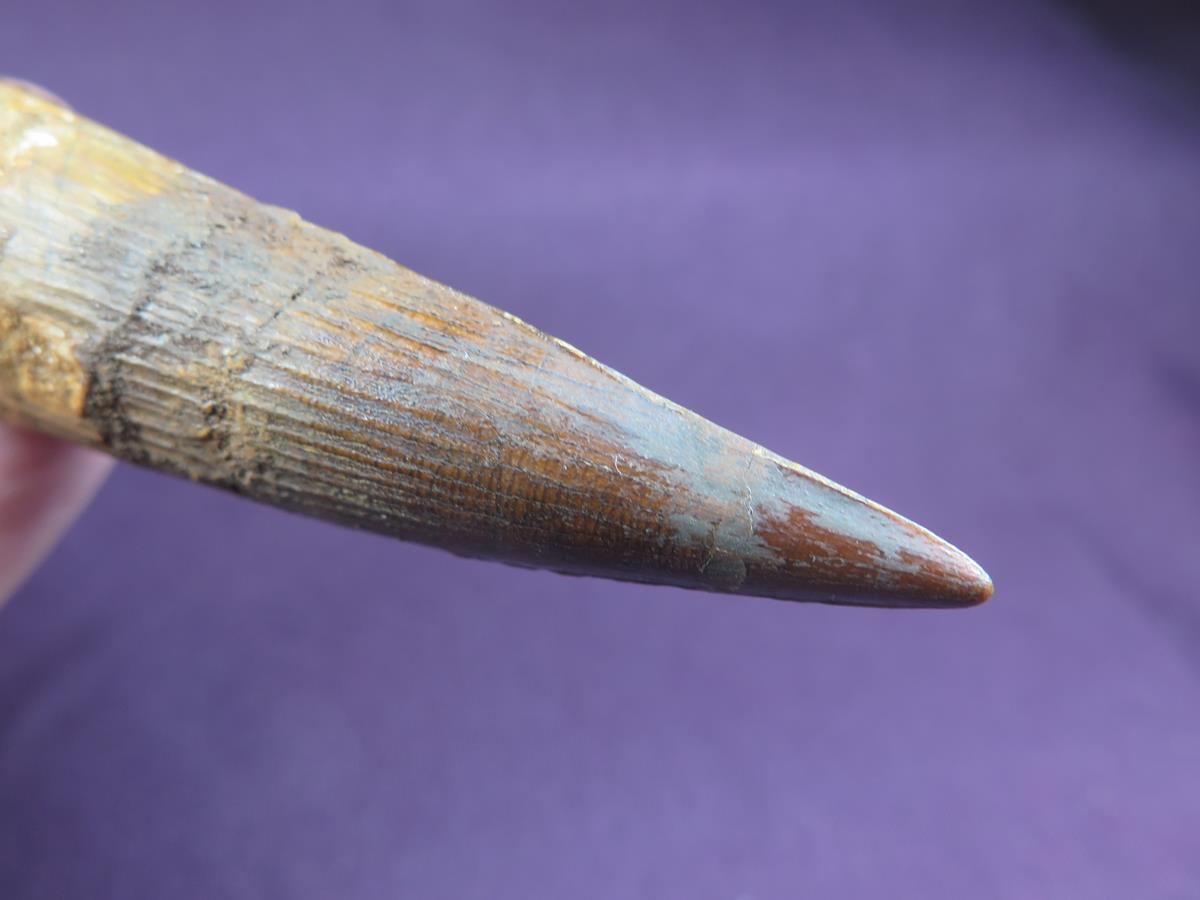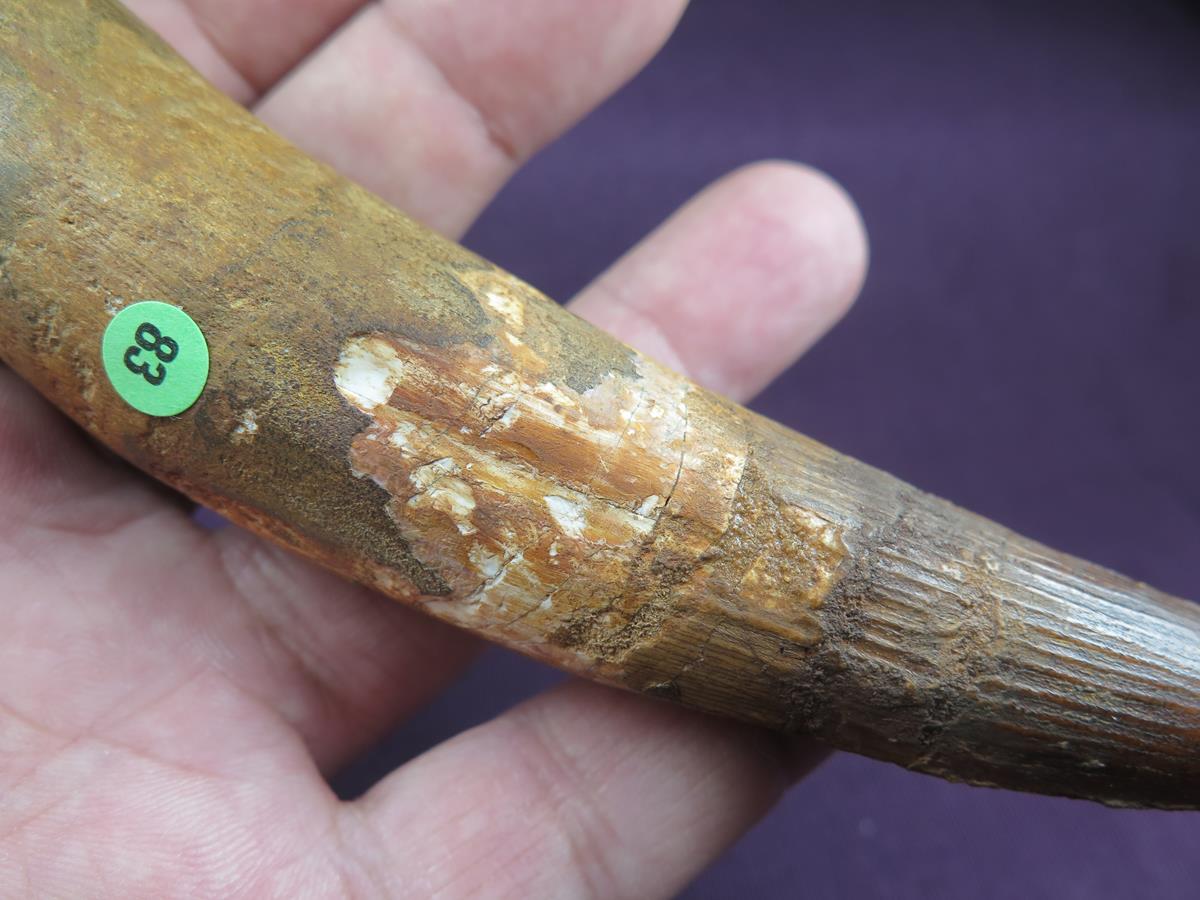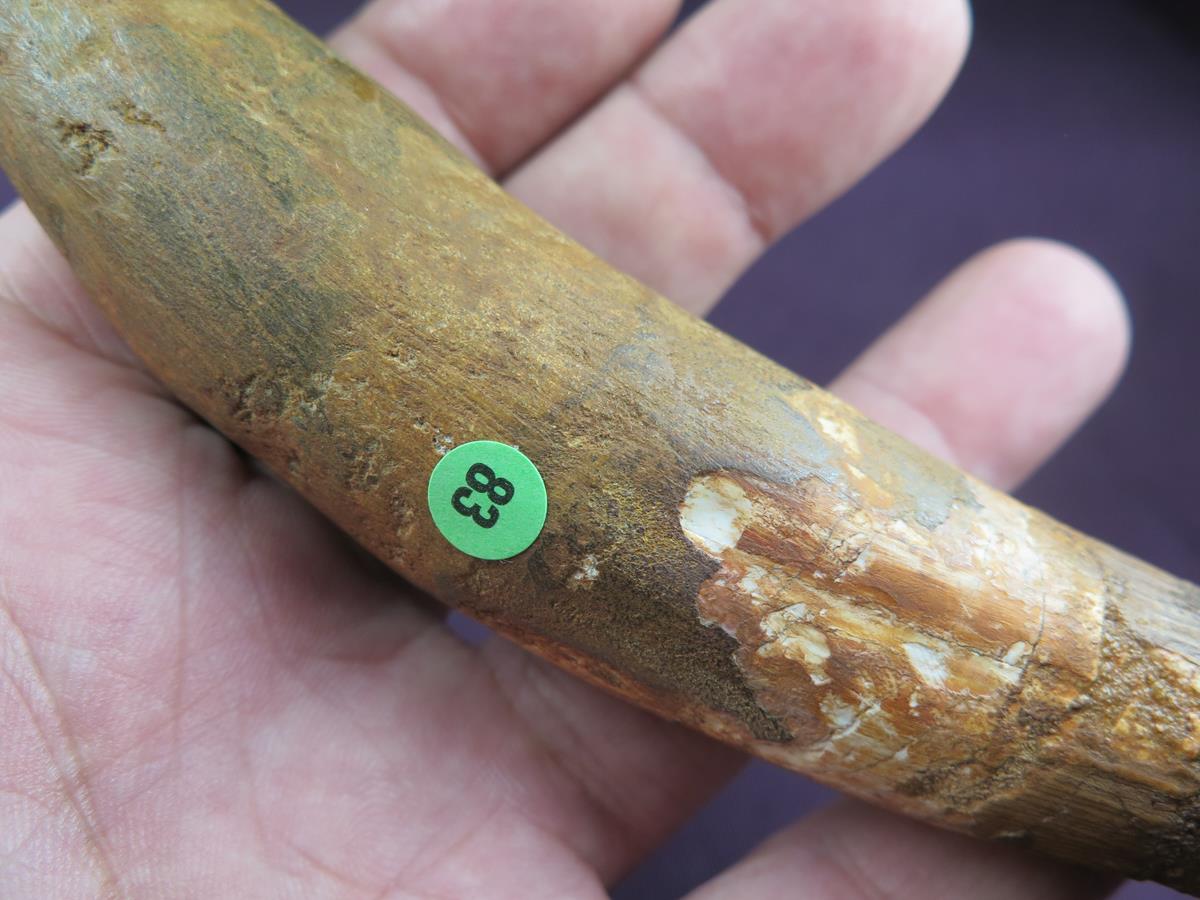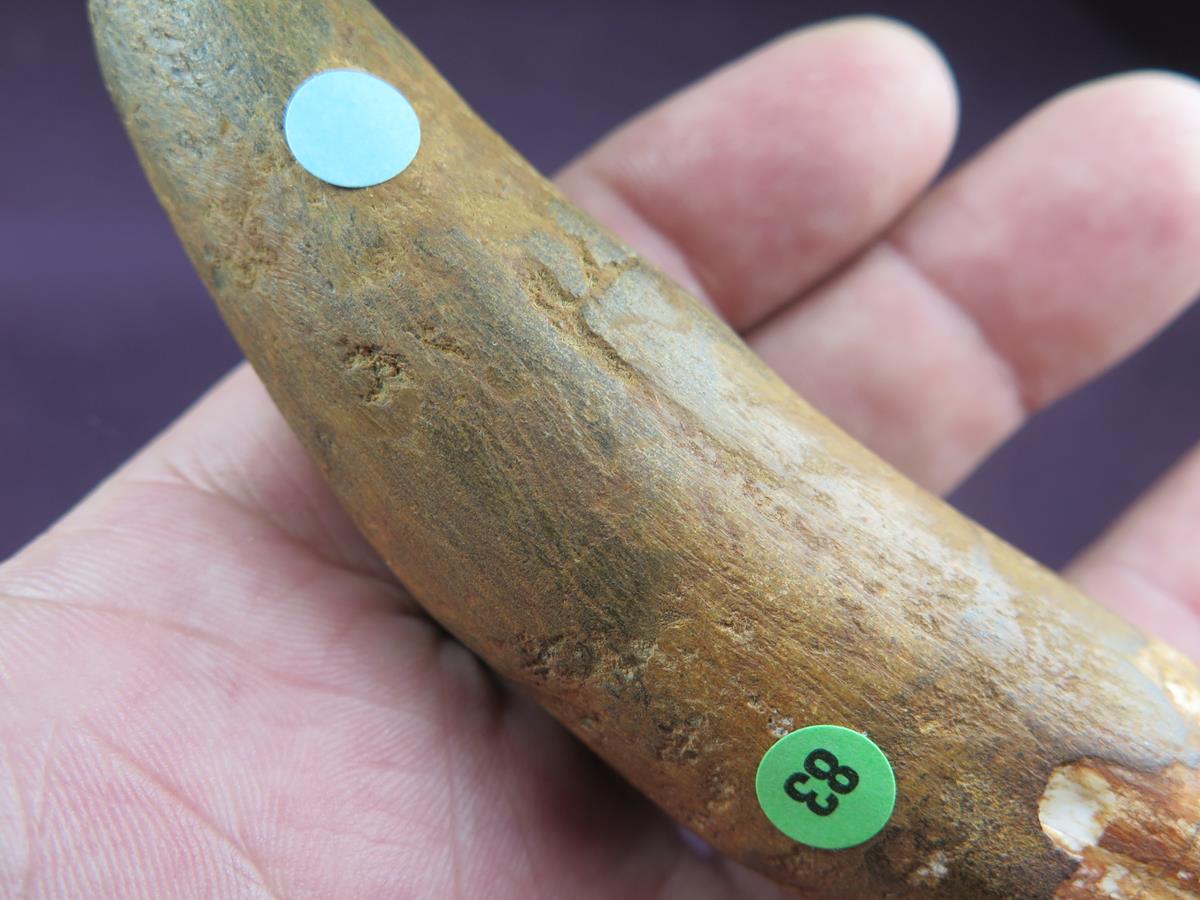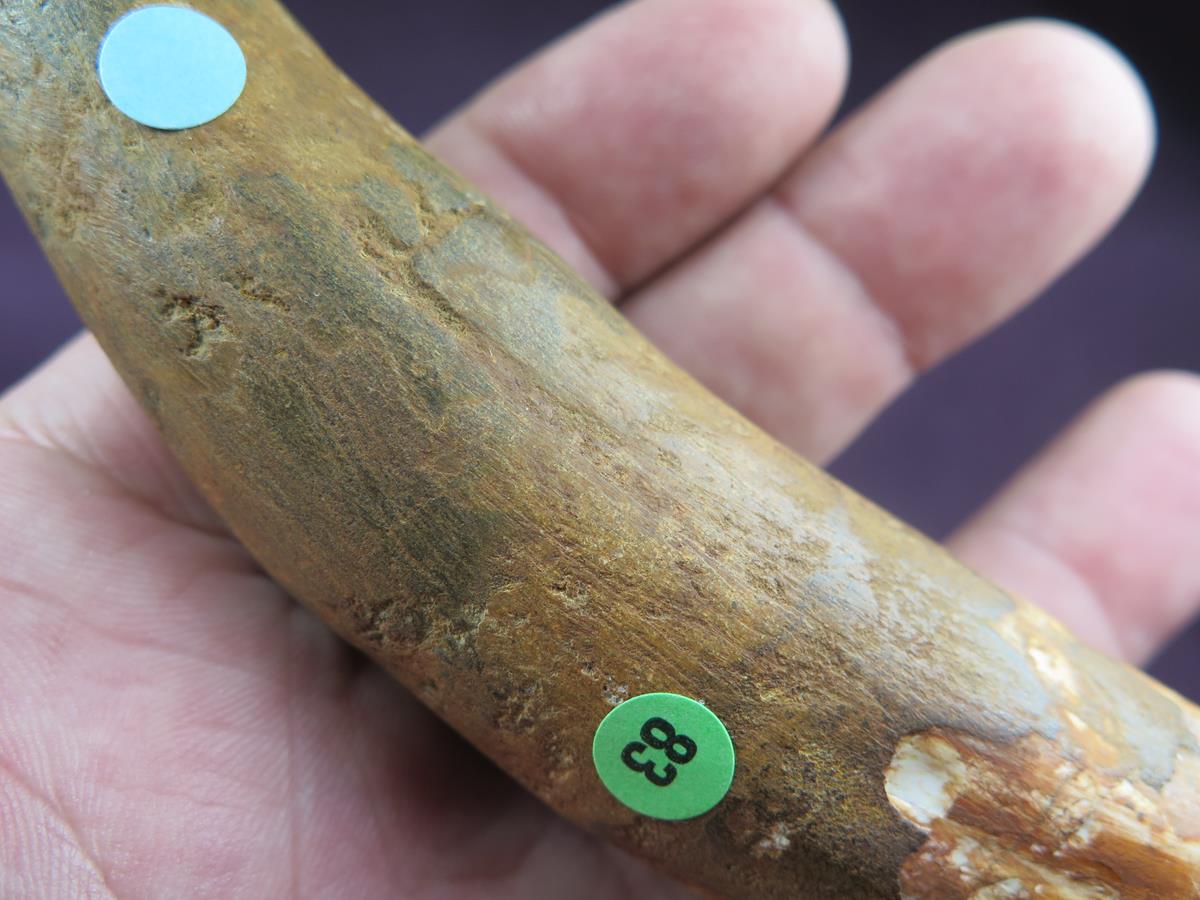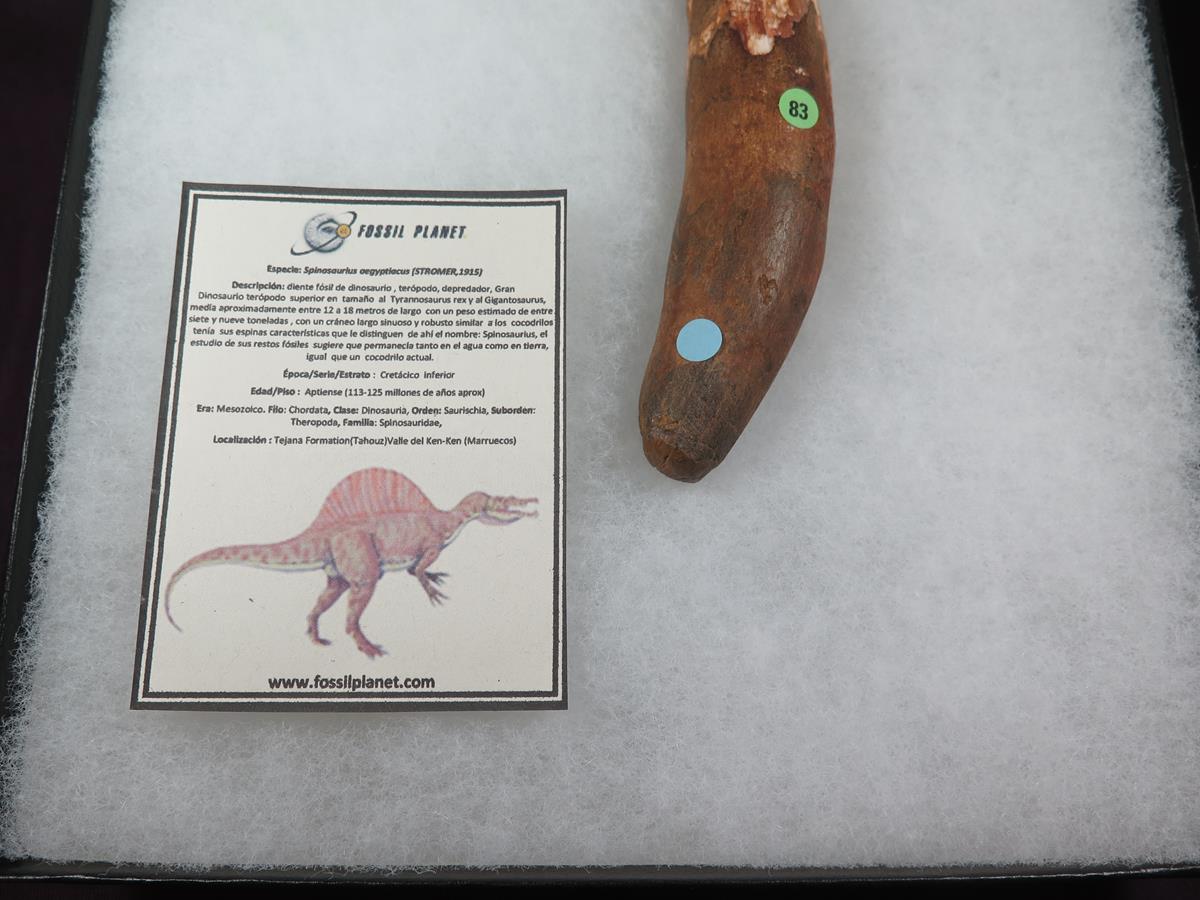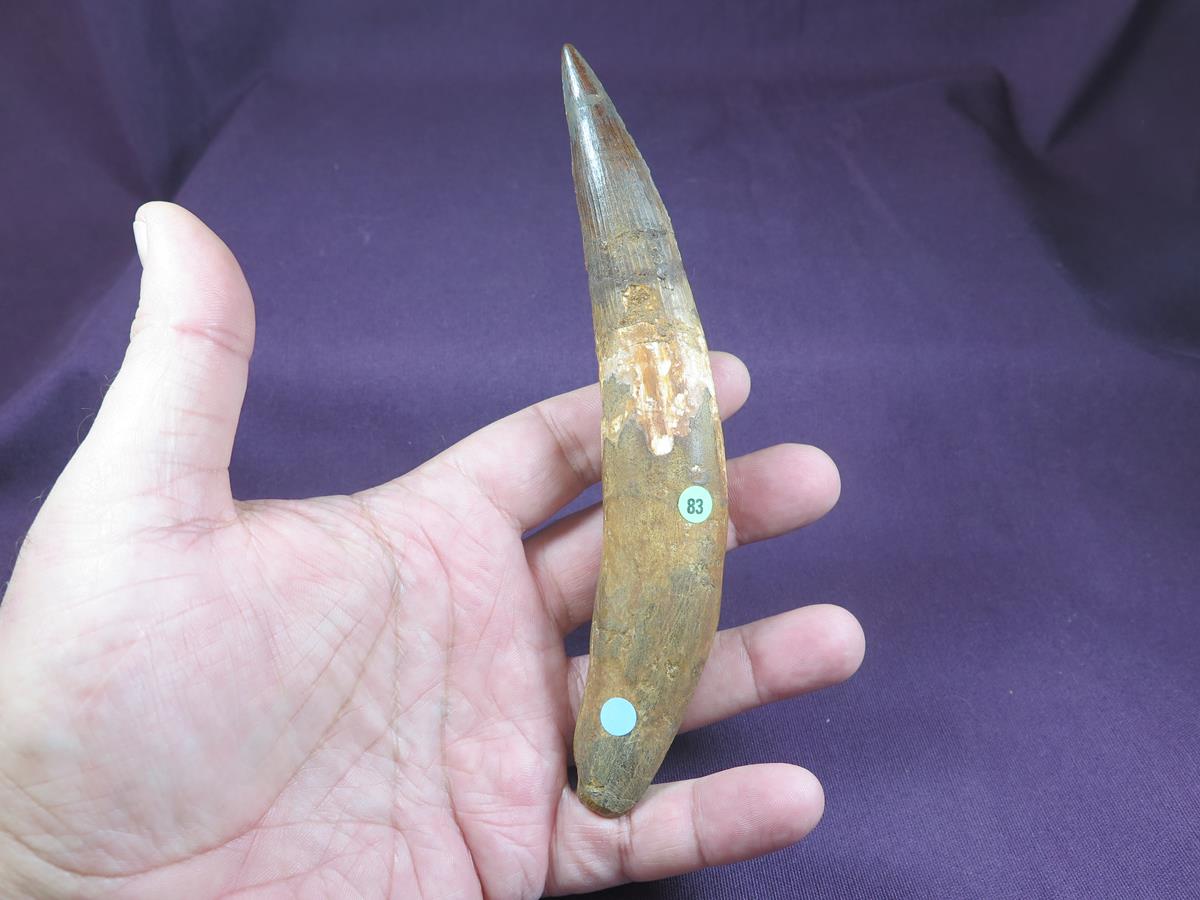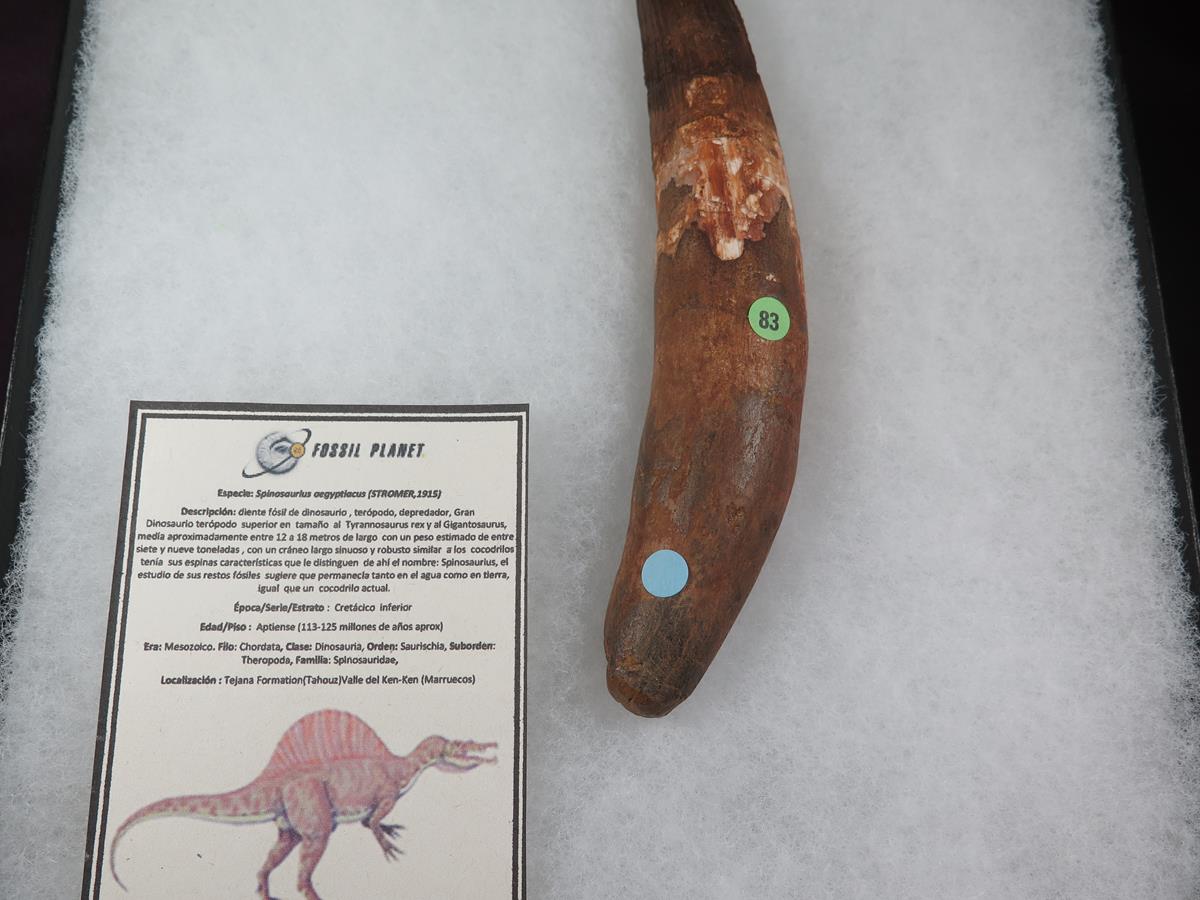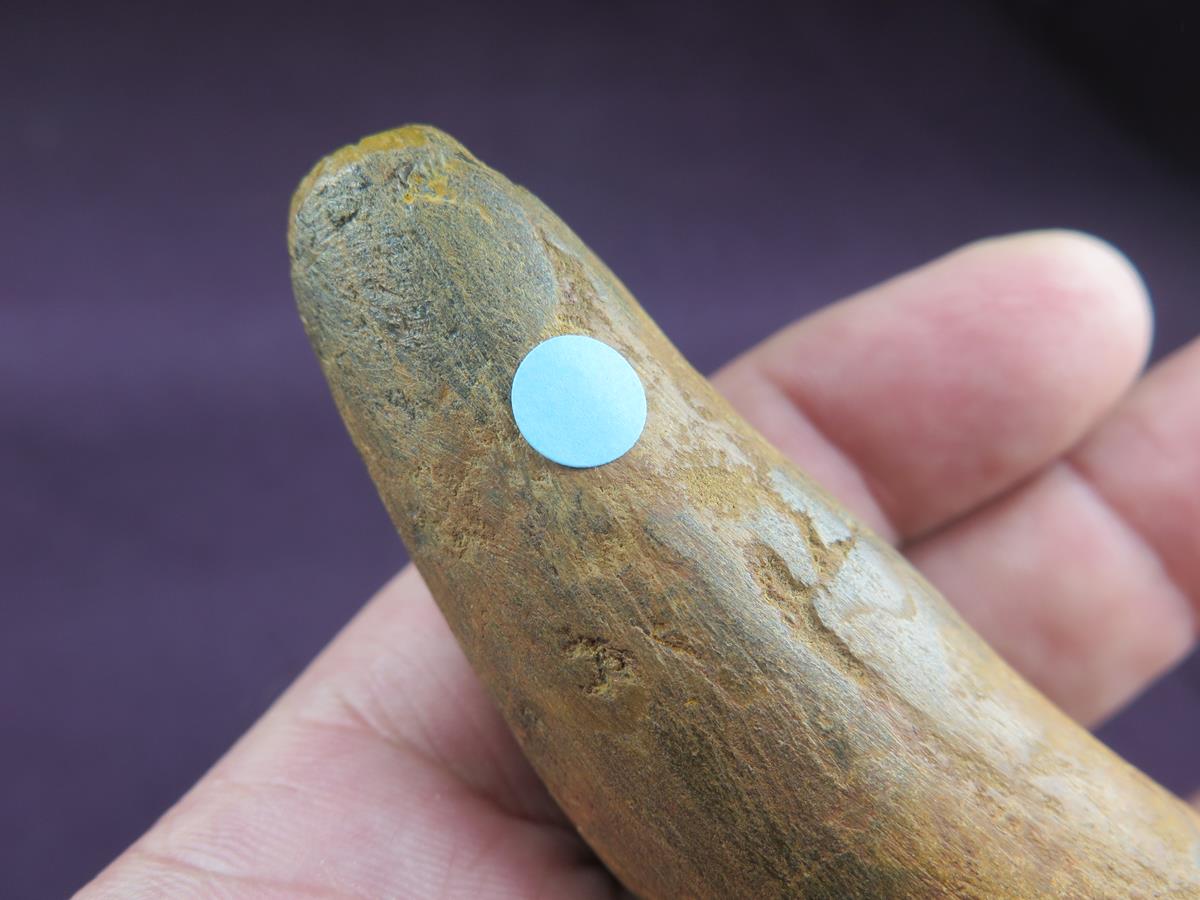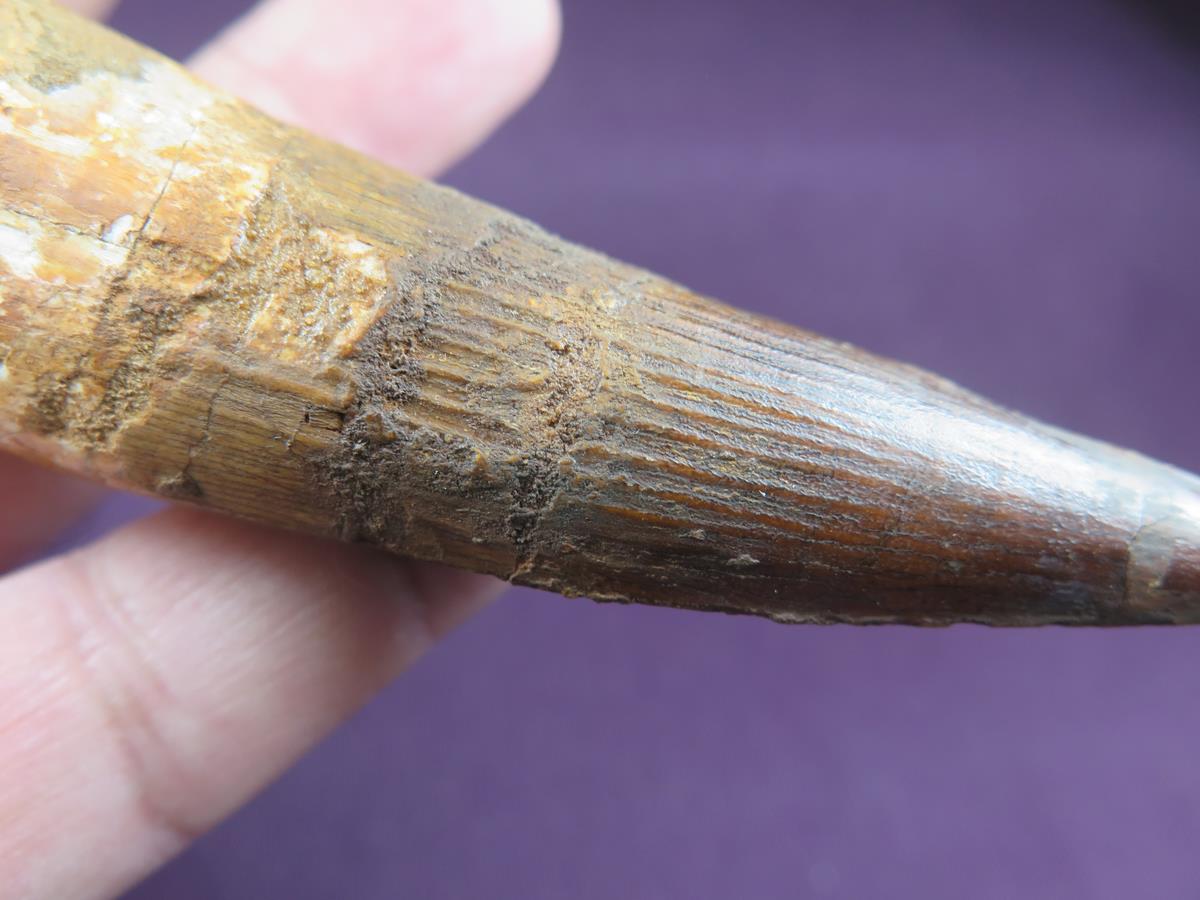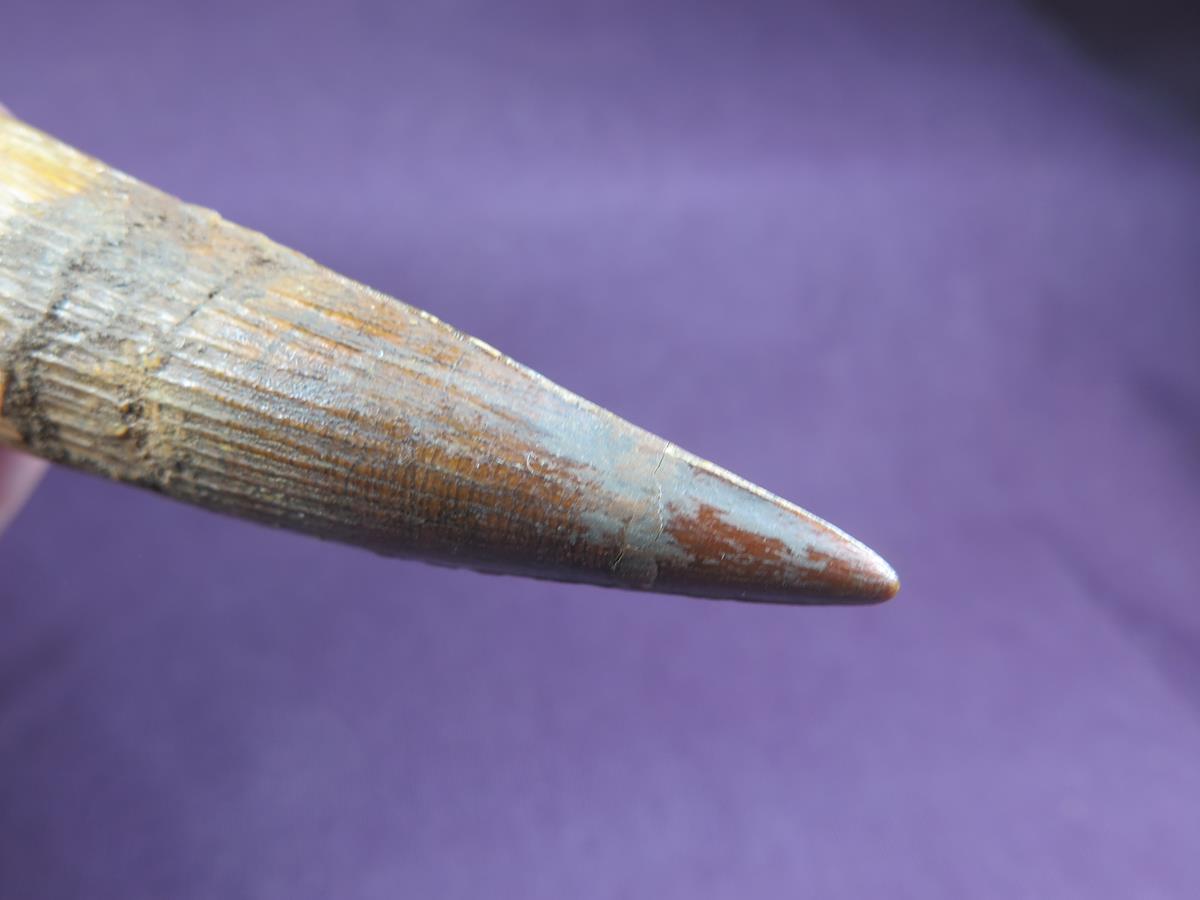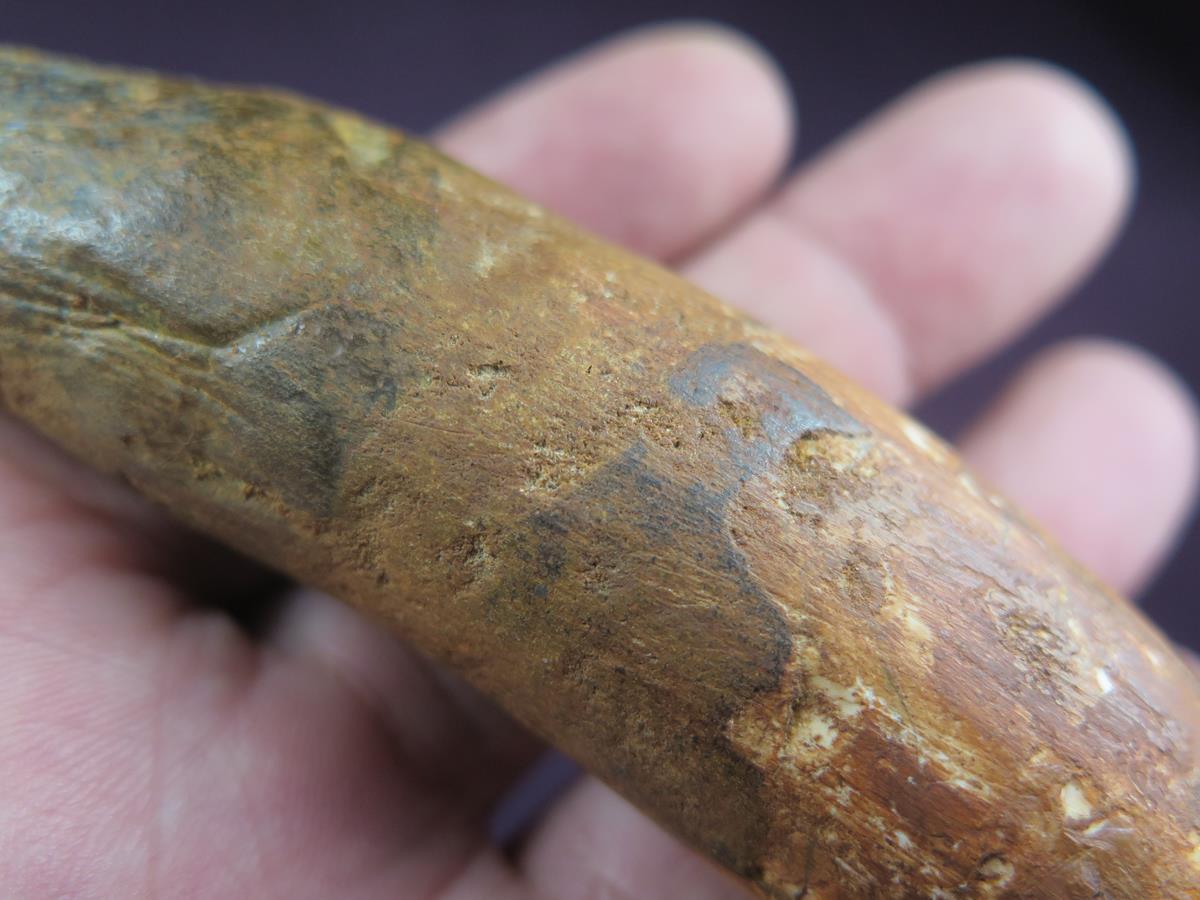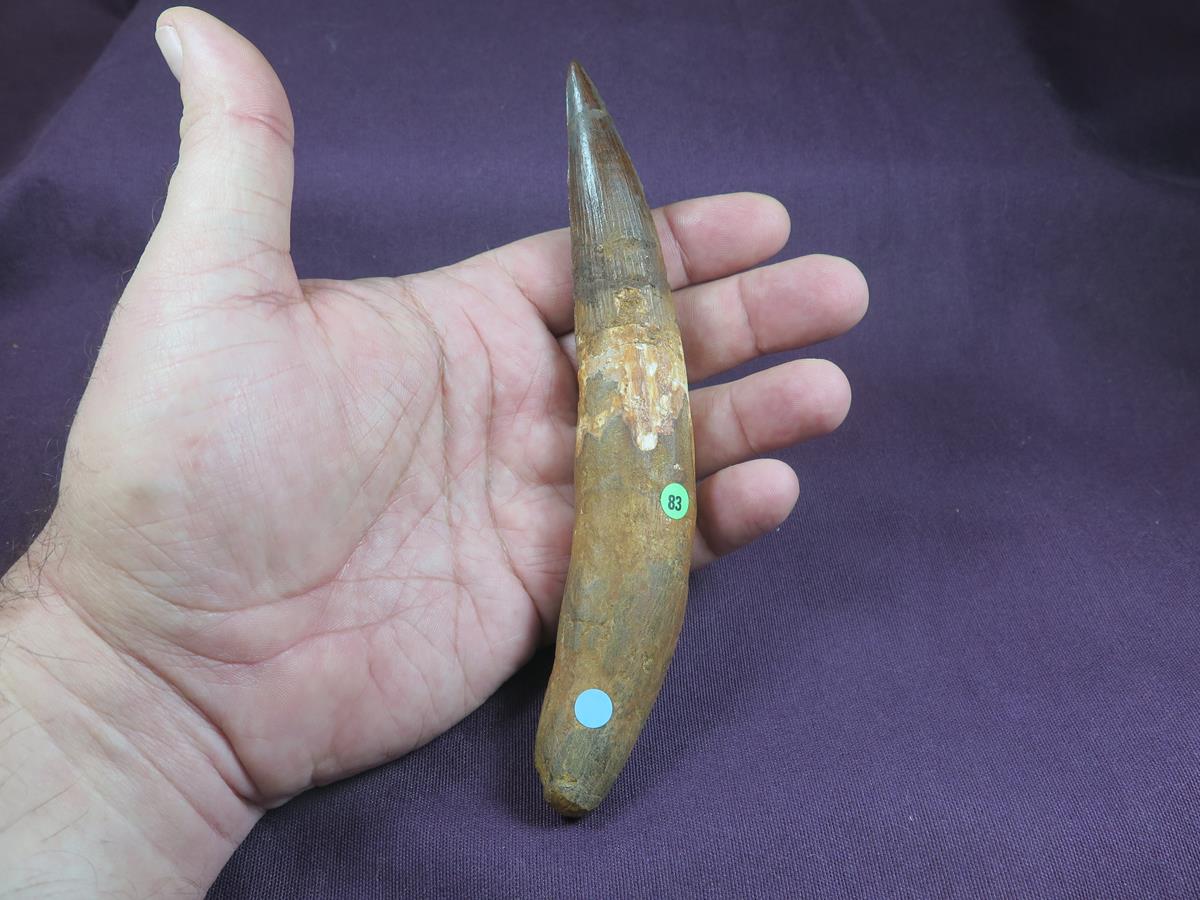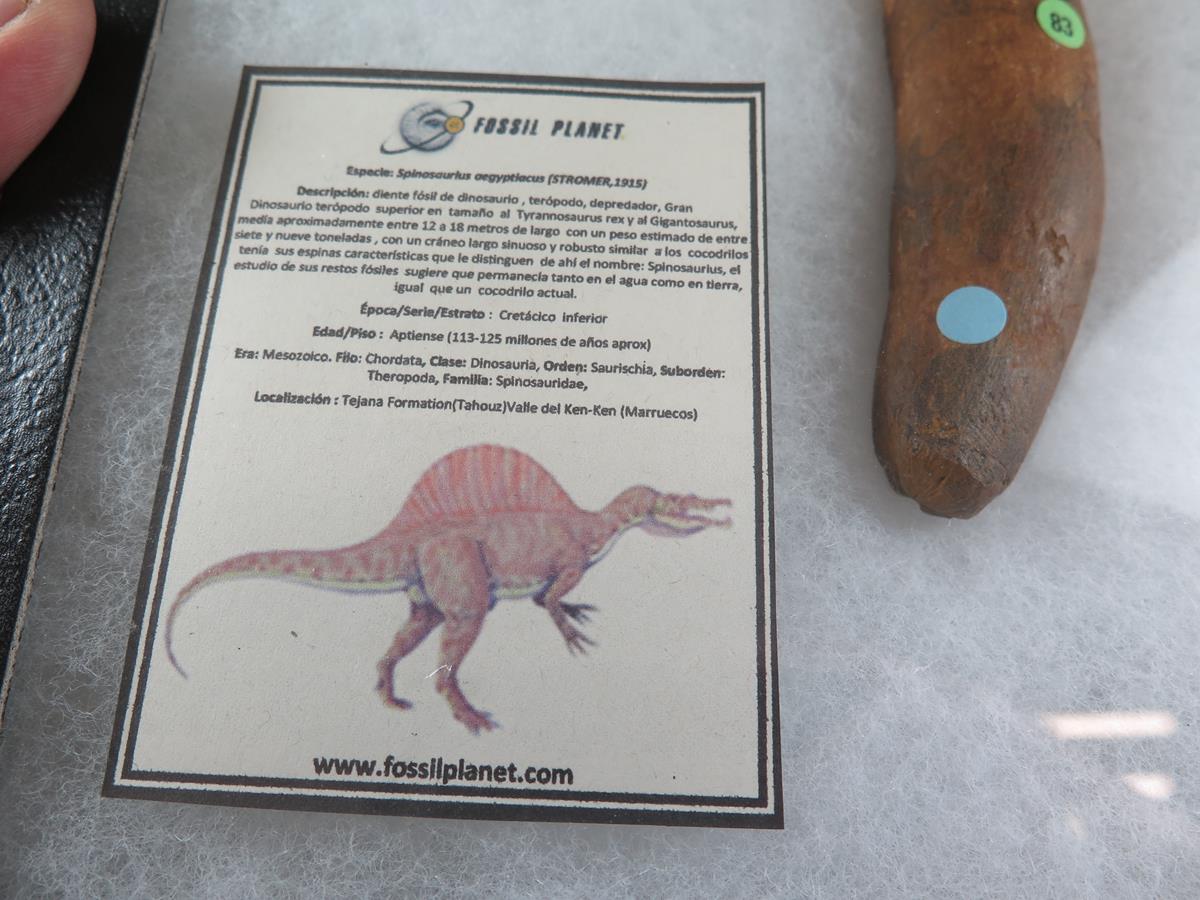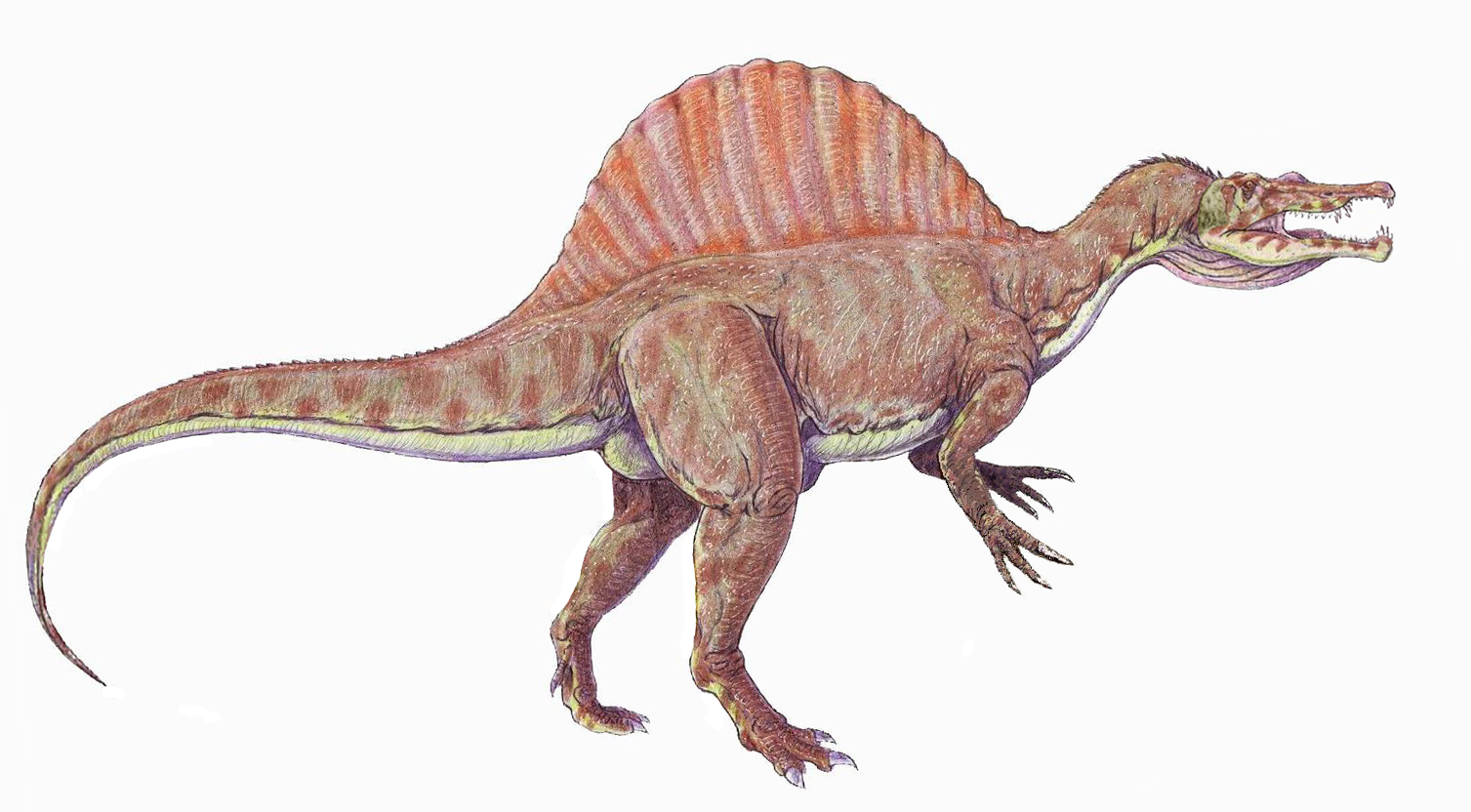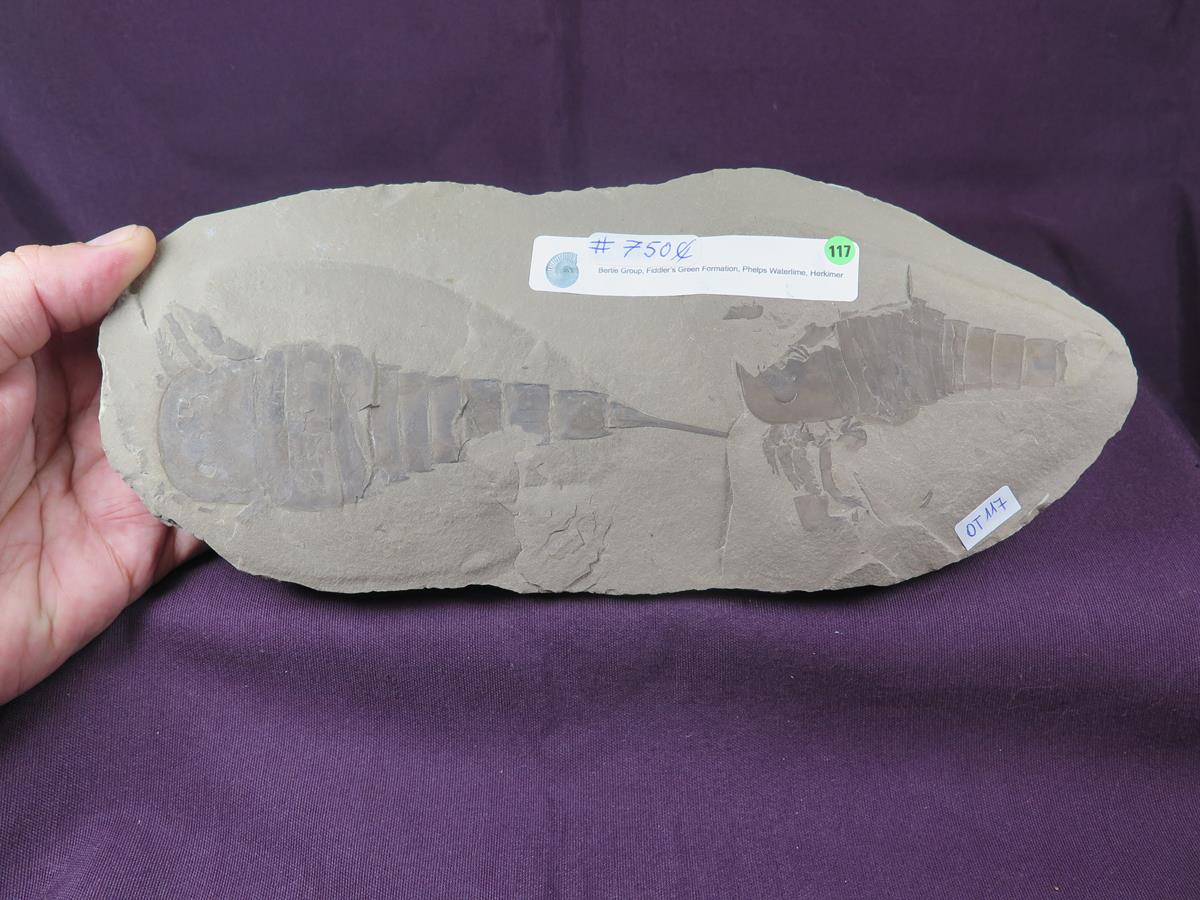
FOSSIL PLANET
Fossils for sale
Others
Other fossils according to their description:
Eurypterus remipes (De Kay,1825)
Eurypterus remipes (De Kay,1825)
Reference: OT117
Genus - Specie: Eurypterus remipes (De Kay,1825)
Description: sea scorpion, arthropod, carnivore
Period: Silurian
Epoch-Stage-Strata: Late Silurian
Era: Paleozoic
Age: Pridoli (about 419-423 million years)
Common name: primitive sea scorpion
Comments: The species designation of the state fossil "remipes" is from Latin meaning "oar" and "foot". The first fossil of Eurypterus was found by the fossil collector S. L. Mitchill in 1818.The euripteridos are part of the largest known arthropods that have existed in the fossil record have trapezoidal carapace and are extinct relatives of the crab. Although a sea scorpion is the Eurypterus remipes is not as common as other eurypterids found in the State of New York and this is the most interesting and scarce. During the Silurian (more than 400 million years ago), Eurypterus remipes lived their aquatic existence in marginal marine environments little deep and warm during the Paleozoic middle and later in the late Paleozoic mainly in lacustrine and fluvial environments. He crawled along the bottom and shallow areas of brackish sea that covered much of New York that stretches from Buffalo to Schenectady and South to Poughkeepsie, approximately along the New York Thruway. A cross between a Scorpion and a lobster-like "sea Scorpion" was the largest arthropod known size ranged from 13 to 23 cm long, but the largest individual discovered was 1.3 meters long. Eurypterus was an aquatic and terrestrial invertebrate which is also included in the diverse group of insects, lobsters, crayfish, centipedes, scorpions, spiders and mites. Eurypterids were not true Scorpions, although they share not only a deep similarity and evolutionary relationship with the Scorpions(both are members of the Phylum Arthropoda, Subphylum Chelicerata) and also share paleoecologies, since both are aquatic and lived together. Natural, extraordinary: two fossilized scorpions on the same plate , unrestored , no repair, no glue , no composite, authentic and genuine fossil , very well preserved, measures plate : 283 x 121 x 30 mm, measures scorpions : 150 x 52 mm and 93 x 36 mm, weight : 1.162 grams , from old collection, excellent quality, rare. It is delivered and sent with certificate of authenticity. Worldwide shipping.
Location: Bertie Group/Fiddlers Green FM(Phelps Waterline) ,Herkimer County.(New York State) - USA
Price: 750 E
Eurypterus remipes (De Kay,1825)
Reference: OT114
Genus - Specie: Eurypterus remipes (De Kay,1825)
Description: sea scorpion, arthropod, carnivore
Period: Silurian
Epoch-Stage-Strata: late Silurian
Era: Paleozoic
Age: Přídolí (419-423 million years ago)
Common name: sea scorpion, arthropod, carnivor
Comments: Notes: The designation of the species fossil "remipes" is Latin and means "oar" and "foot" .The Eurypterus first fossil was found by fossil collector SL Mitchill in 1818.Los eurypterids part of the largest arthropods known to have existed in the fossil record have trapezoidal shell and are extinct relatives crab .Although a sea scorpion the Eurypterus you remipes is not as common as other eurypterids found in the state of New York being the most interesting and scarce. During the Silurian (400 million years ago), Eurypterus Remipes lived its aquatic existence in shallow and warm marginal marine environments during the middle Paleozoic and later in the late Paleozoic mainly in lake and river environments. He crawled along the lower areas and brackish shallow sea that covered much of New York that extends from Buffalo to Schenectady and south to Poughkeepsie, approximately along the route New York Thruway.Con aspect a cross between a scorpion and a lobster the "sea scorpion" was the largest known arthropod size ranged from 13 to 23 cm long, but the biggest individual was discovered 1.3 meters largo.Eurypterus was a spineless aquatic and terrestrial which is also included in the diverse group of insects, lobsters, crabs, centipedes, scorpions, spiders and scorpions ácaros.Eurypterids were not true, although they share not only a profound similarity and evolutionary relationship with scorpions (both are members Arthropoda Phylum and Subphylum Chelicerata) and also share paleo ecologies as both they are aquatic and lived juntos.Fósil authentic and original, without restoration, or repoararión, unpainted, or composite, or masillla, magnificent conservation measures scorpion: 89 x 31 mms, plate measures 118 x 101 x 27 mm weight: 689 grams, from old collection, excellent quality, rare
Location: Fiddlers Green FM (Herkimer County) New York State - USA
Price: 400 E
Postepithyris cincta (COTTEAU,1857)
p> Reference: OT94
Genus - Specie: Postepithyris cincta (COTTEAU,1857)
Description: fossil brachiopod
Period: Jurassic
Epoch-Stage-Strata: Jurassic
Era: Mesozoic
Age: Upper Oxfordian ( Bimammatun zone) approx 157 million years
Common name: fossil brachiopod
Comments: completely natural, complete specimens , preserved the outer - shell mold original, without restoration or repair, or painting, or composite measures : excellent 37 x 34 x 20 and 19 x 11 x 14 mm , very good preservation , quality
Location: Bourges (Cher) France
Price: 19 E
Mammuthus primigenius (Blumenbach,1799)(BURNETT,1830)
Mammuthus primigenius (Blumenbach,1799)(BURNETT,1830)
Reference: OT87
Genus - Specie: Mammuthus primigenius(Blumenbach,1799)(BURNETT,1830)
Description: vertebrate, mammal
Period: Cuaternary
Epoch-Stage-Strata: Pleistocene
Era: Cenozoic
Age: Middle Pleistocene –Early Holocene(about 12.000-30.000 years)
Common name: “woolly mammoth”
Comments: Phylum: Chordata, Class: Mammalia, Order: Proboscidea, Family: Elephantidae. Extint. The Siberian Mammoth also called woolly is one of the most recognizable and most characteristic extinct mammals of the great animals of the Quaternary period. Thanks to the samples and fossil remains excellently preserved in the form of bones and teeth that have remained in the mummies found in the permafrost, we can reconstruct their structure and anatomy with high reliability. Compared to modern elephants, the woolly mammoth had shorter legs and its entire body (shoulders, hips and side flanks) was covered by a thick coat with a dense layer of hair, the tail also had a thick and stiff hair brush . It should be noted that unlike elephants, the huge tusks of the Mammoth had a peculiar curved spiral reaching in the case of large males up to four meters. The lifestyle and social structure of the mammoths were apparently similar to what can be seen today in today's elephants. The Siberian Mammoth could measure four to six meters (with spiral fangs) with a height of three and a half meters and weigh up to eight thousand kilograms of weight. Genuine and authentic fossil , hair and tusk fragment-defense plate in ivory of Mamut, very well preserved , measures box : 103 x 70 mm , total weight : 33 grams , excellent quality , very well preserved and conservation. Image courtesy of: Charles R. Knight (1874–1953). The toy is not for sale. It is delivered and shipped with a certificate of authenticity. Worldwhide Shipping.
Location: Yakouta(Siberia),North Sea
Price: 45 E
Spinosaurus aegyptiacus(STROMER,1915)
Spinosaurus aegyptiacus(STROMER,1915)
Spinosaurus aegyptiacus (STROMER,1915)
Reference: OT83
Genus - Specie: Spinosaurus aegyptiacus(STROMER,1915)
Description: fossil tooth of carnivorous dinosaur, theropod, predator
Period: Cretaceous
Epoch-Stage-Strata: Lower Cretaceous
Era: Mesozoic
Age: Aptian(about 113-125 million years)
Common name: thorn lizard
Comments: Extinct genus. The Spinosaurus was a gigantic carnivorous theropod considered a great predator, had a length of 12.6-18 meters (41-59 feet) with an estimated weight between 7 and 20.9 tons. It was one of the largest known carnivorous dinosaurs, possibly larger than the Giganotosaurus and the Tyrannosaurus. The distinctive spines and characteristics of the Spinosaurus, were long extensions of the vertebrae, and grew until they reached a minimum of 1.65 meters and probably had a skin that connected them, forming a candle. Complete teeth, prepared by professionals in the fields of origin, free of matrix , well preserved specimen , with minimal restoration(restored in the middle part of the tooth), original and authentic fossil, no fake, preparation by professionals in the quarry of origin in Morocco, extraordinary , extra-large size, giant, measures tooth : 181 x 39 mm, weight: 123 grams , nice brown color, selected and chosen from among many specimens, presented in display box made of hard cardboard and glass , measures display box: 320 x 22O x 63 mm , fine quality. It is delivered and shipped with authenticity certificate. Worldwhide shipping.
Location: Tejana Formation(Tahouz) Ken-Ken (Morocco)
Price: 450 E
2018 FOSSIL PLANET ©
